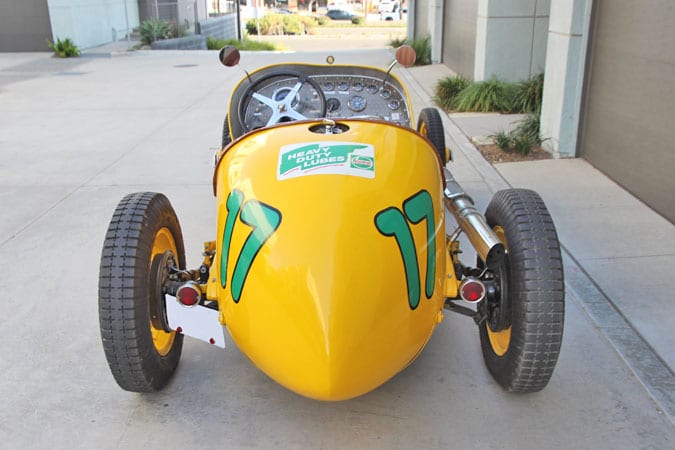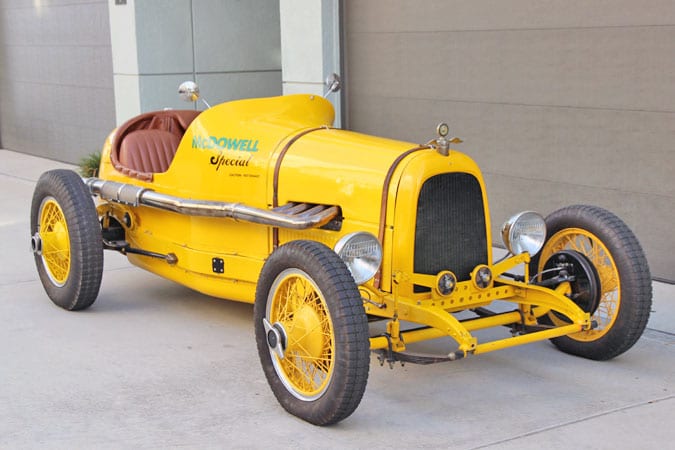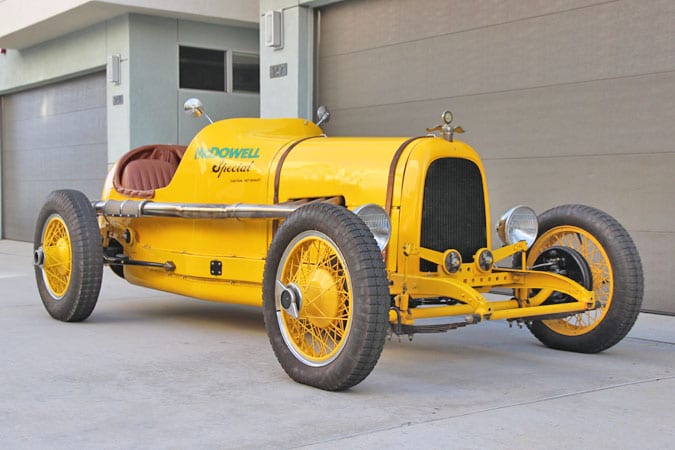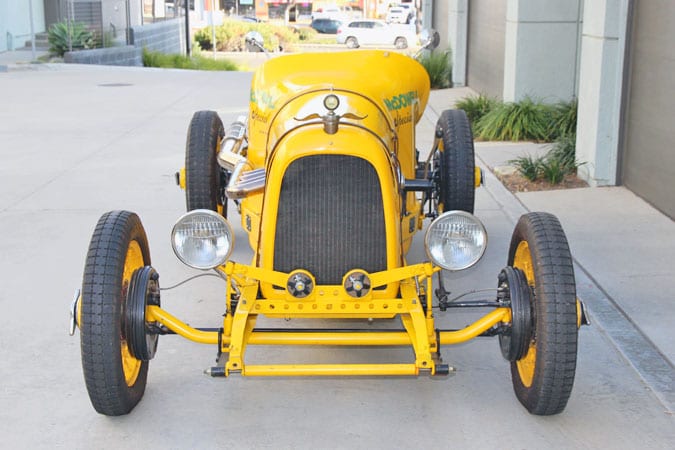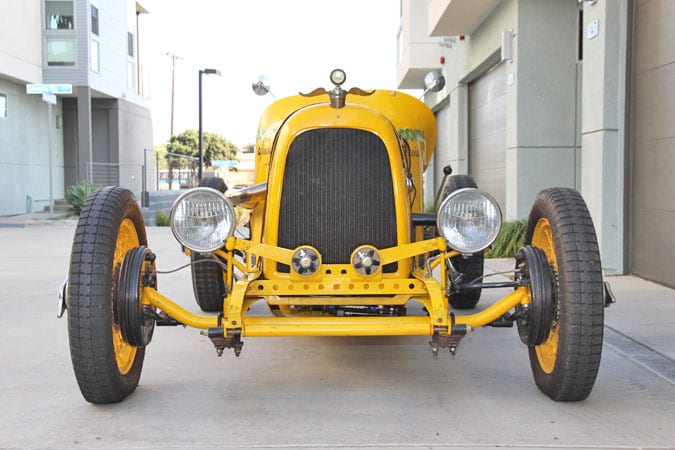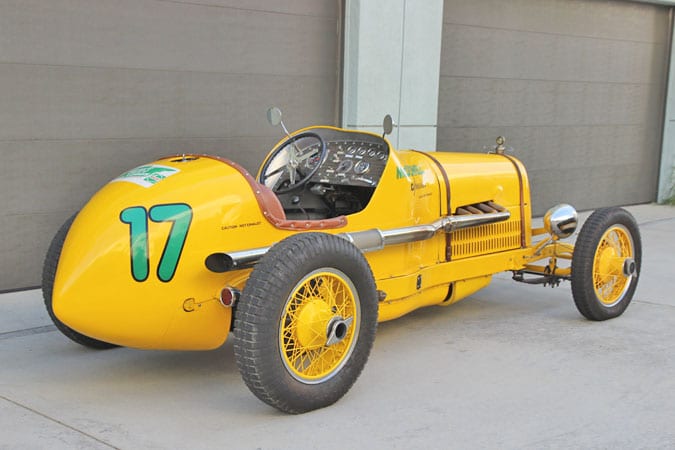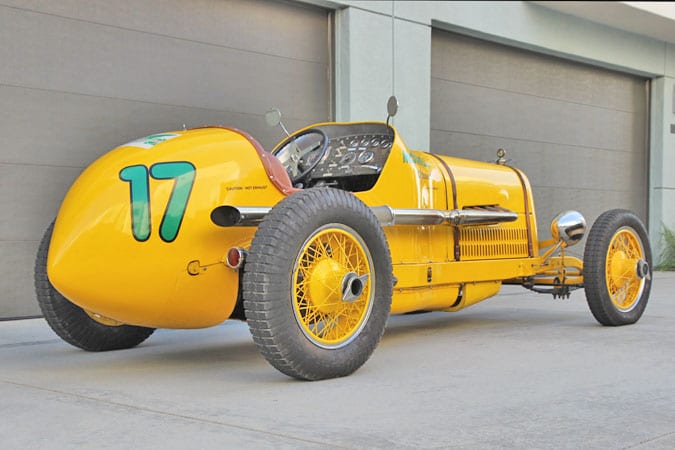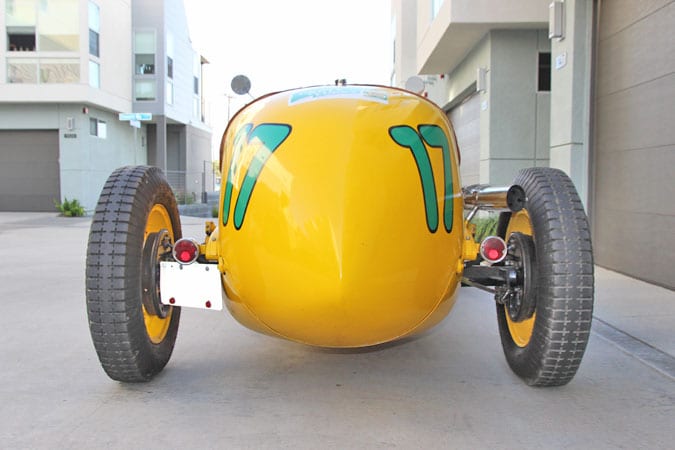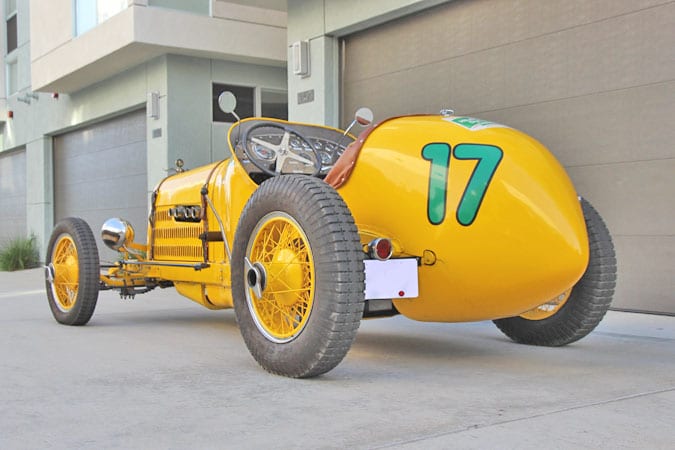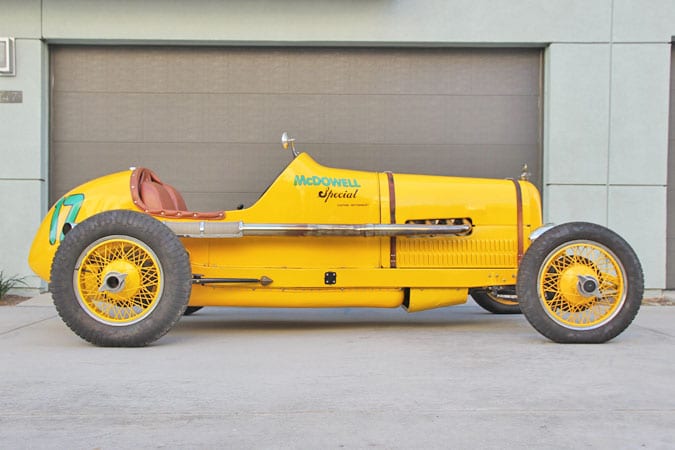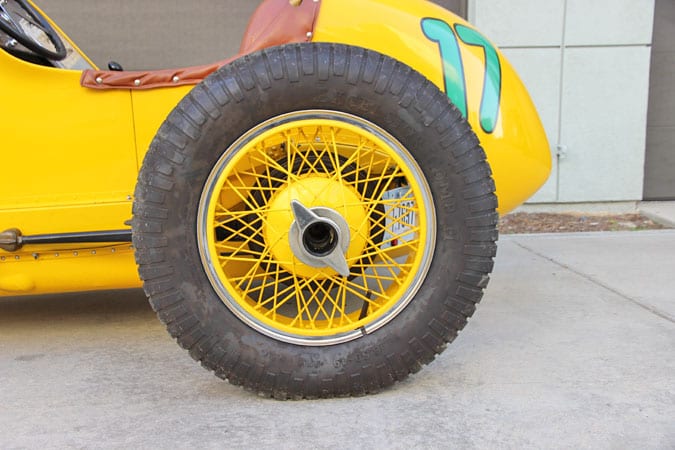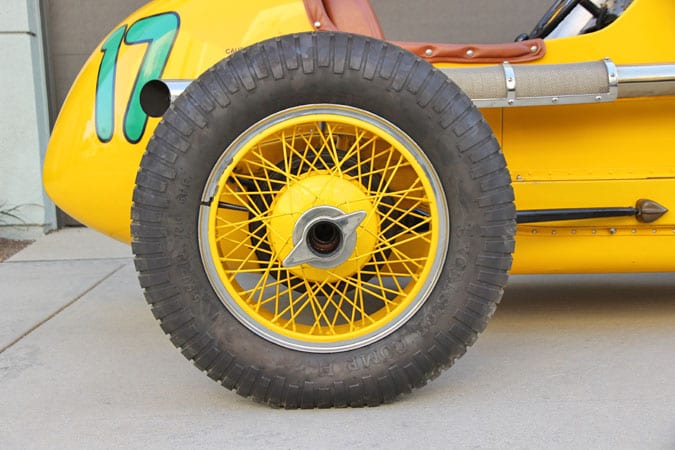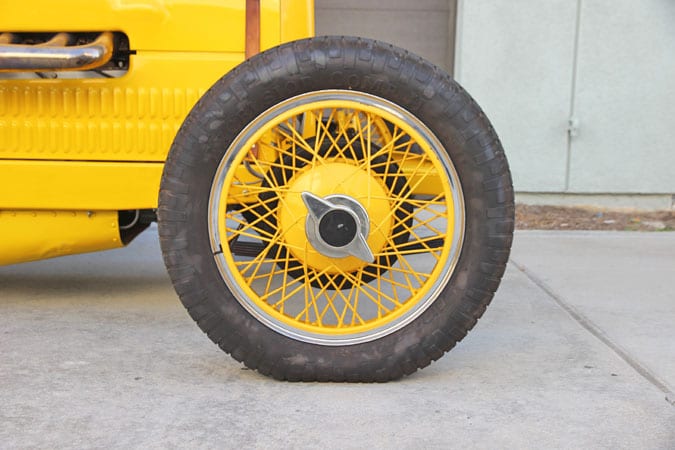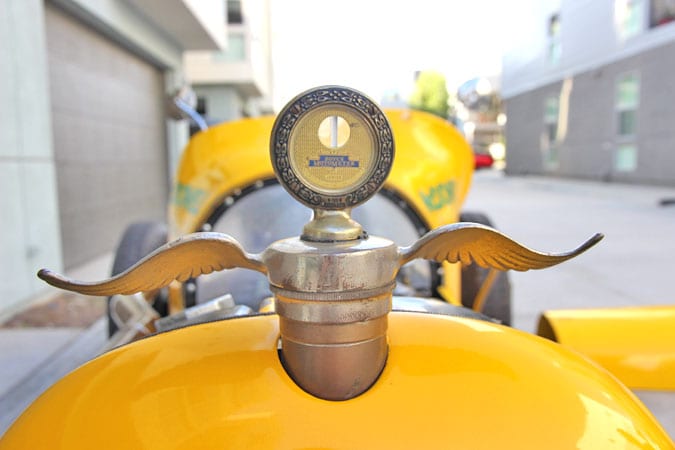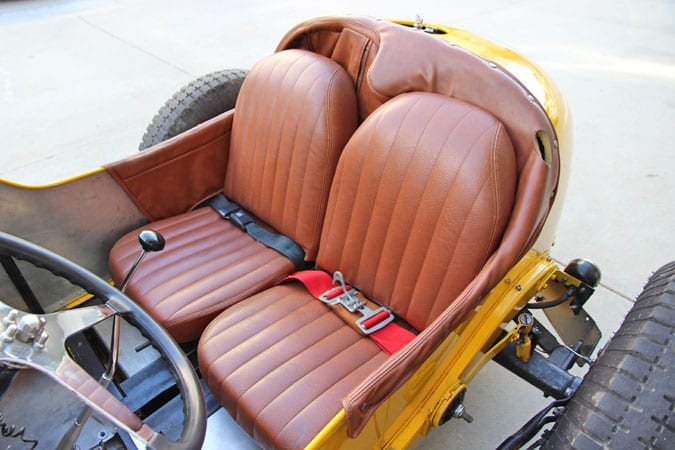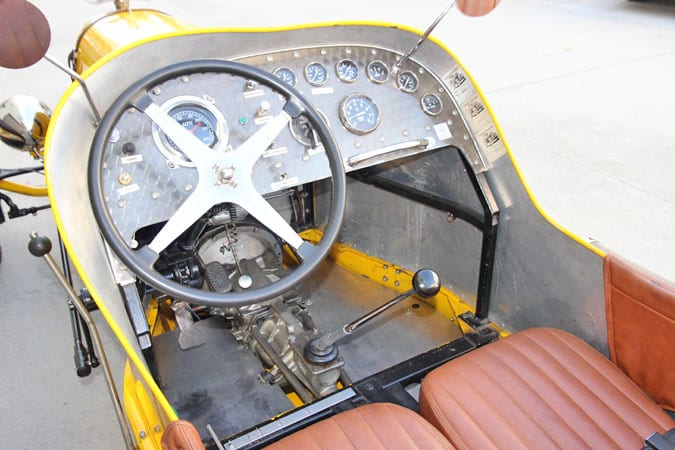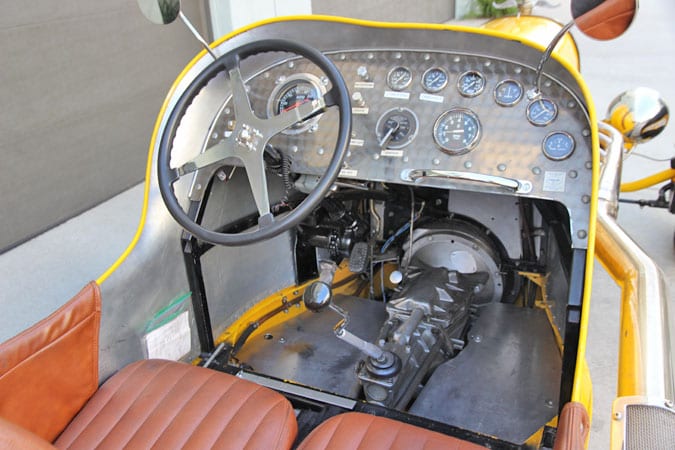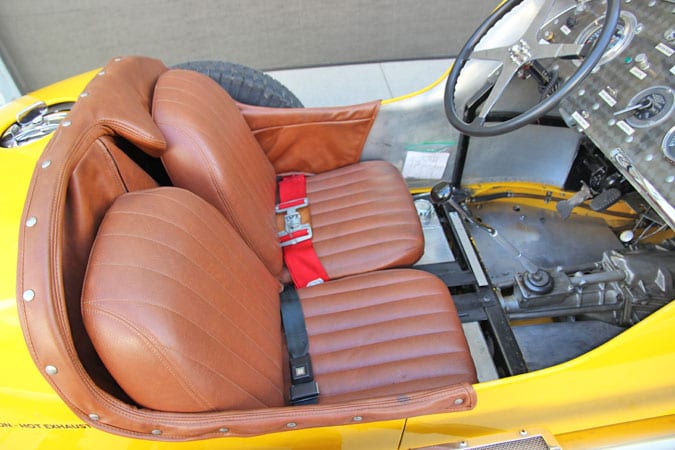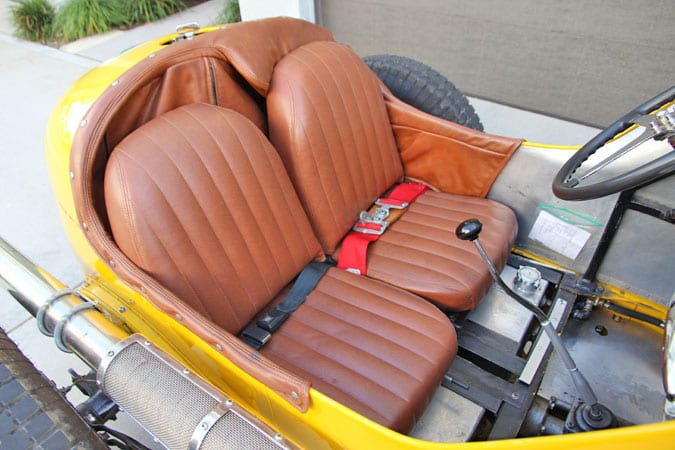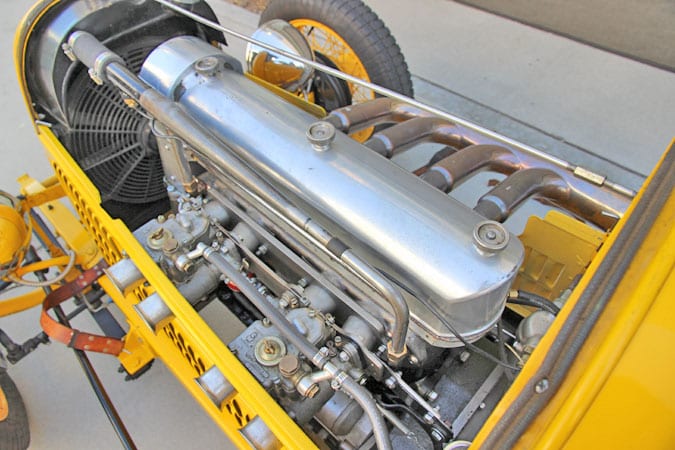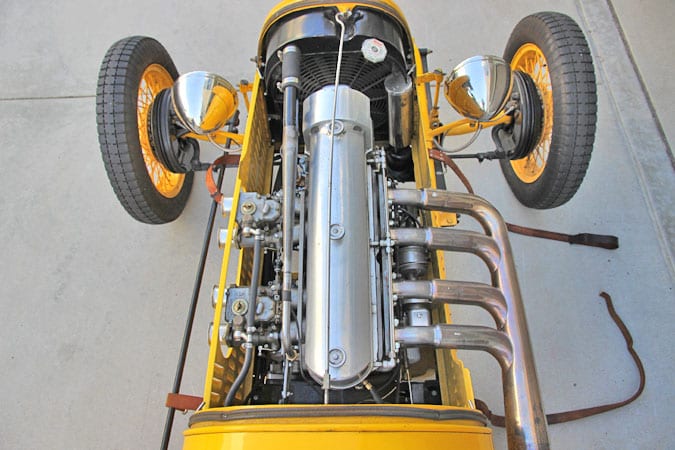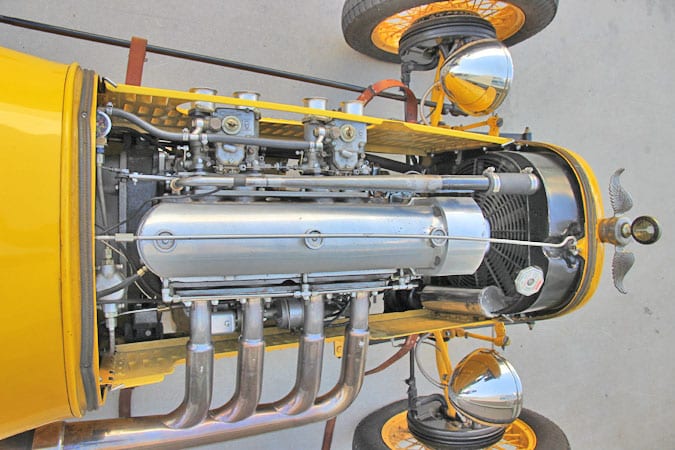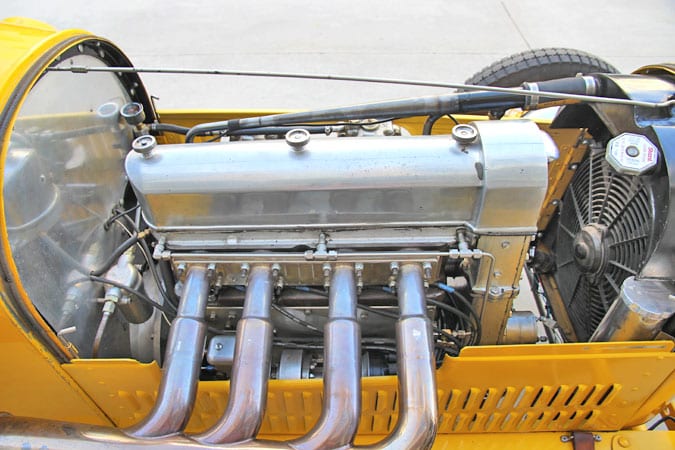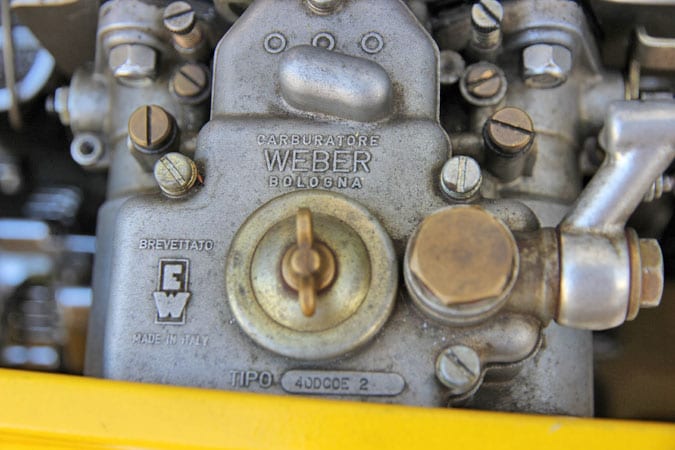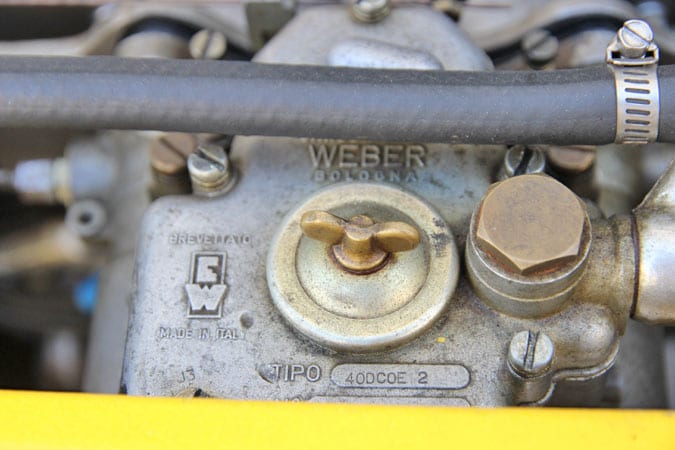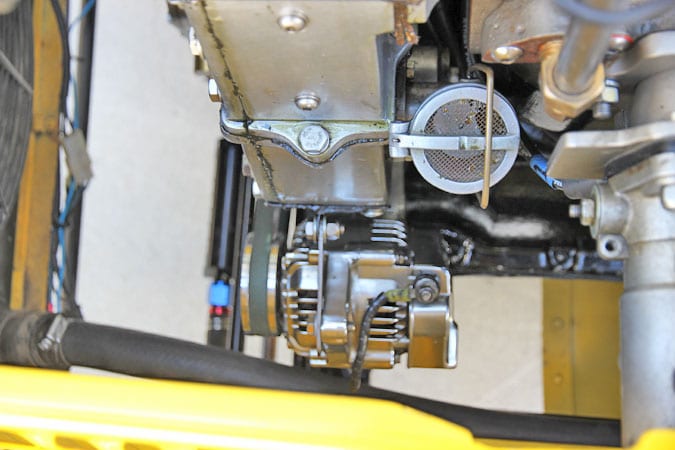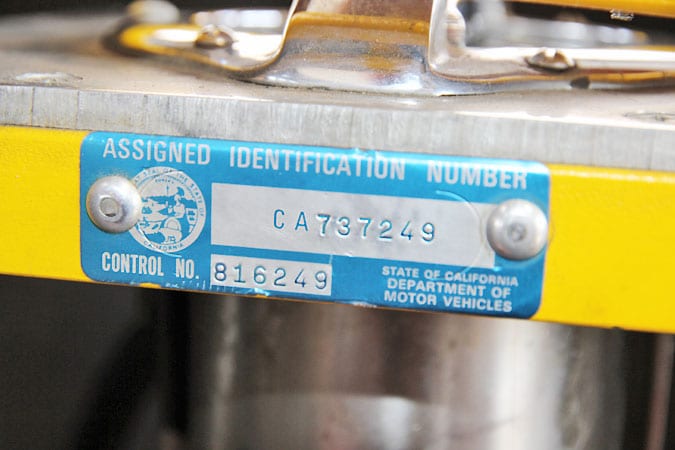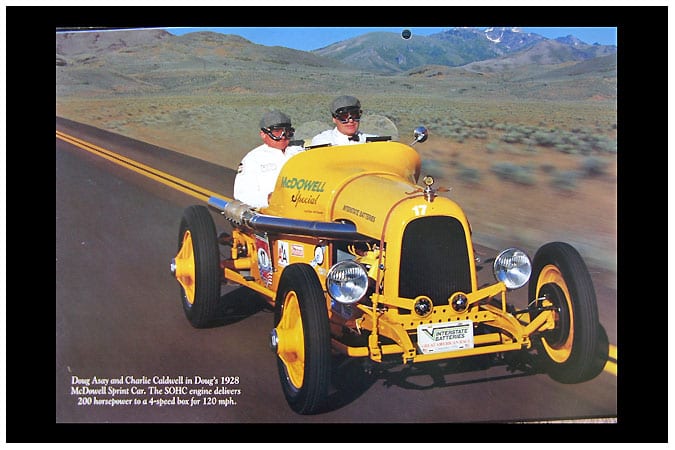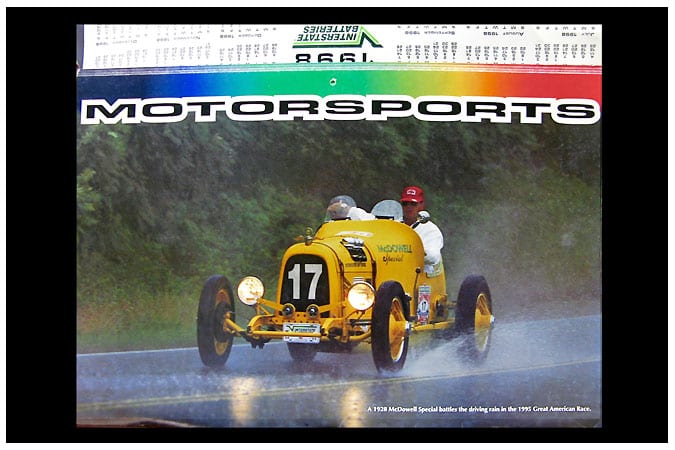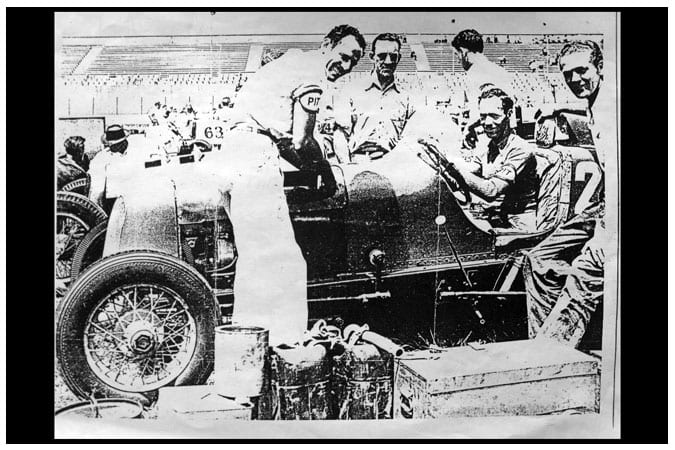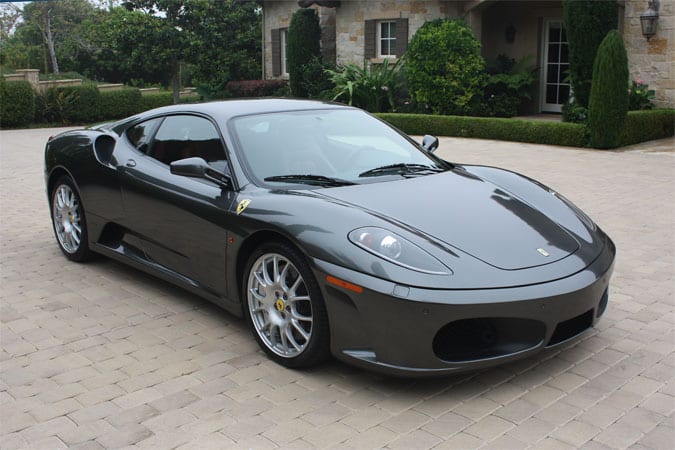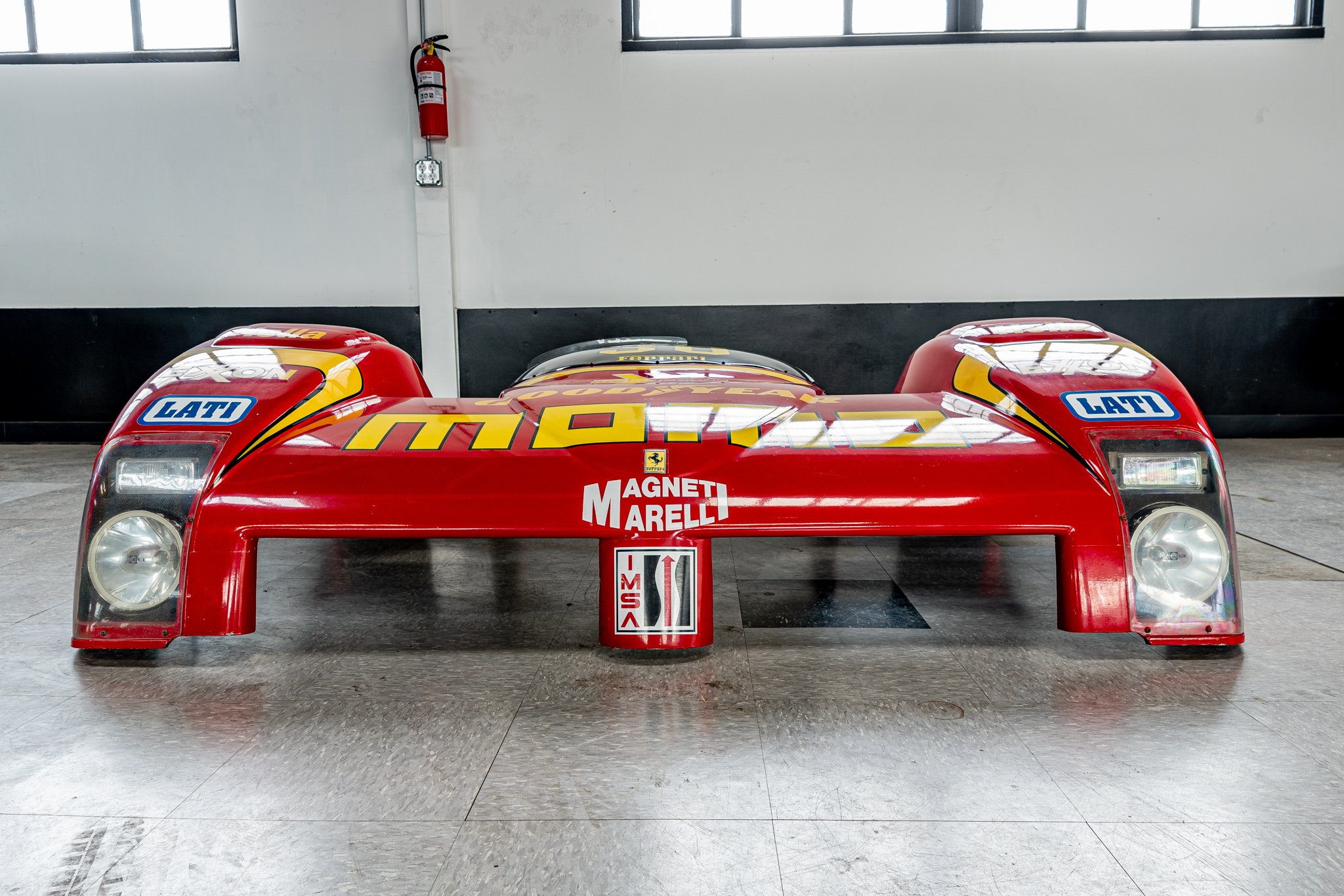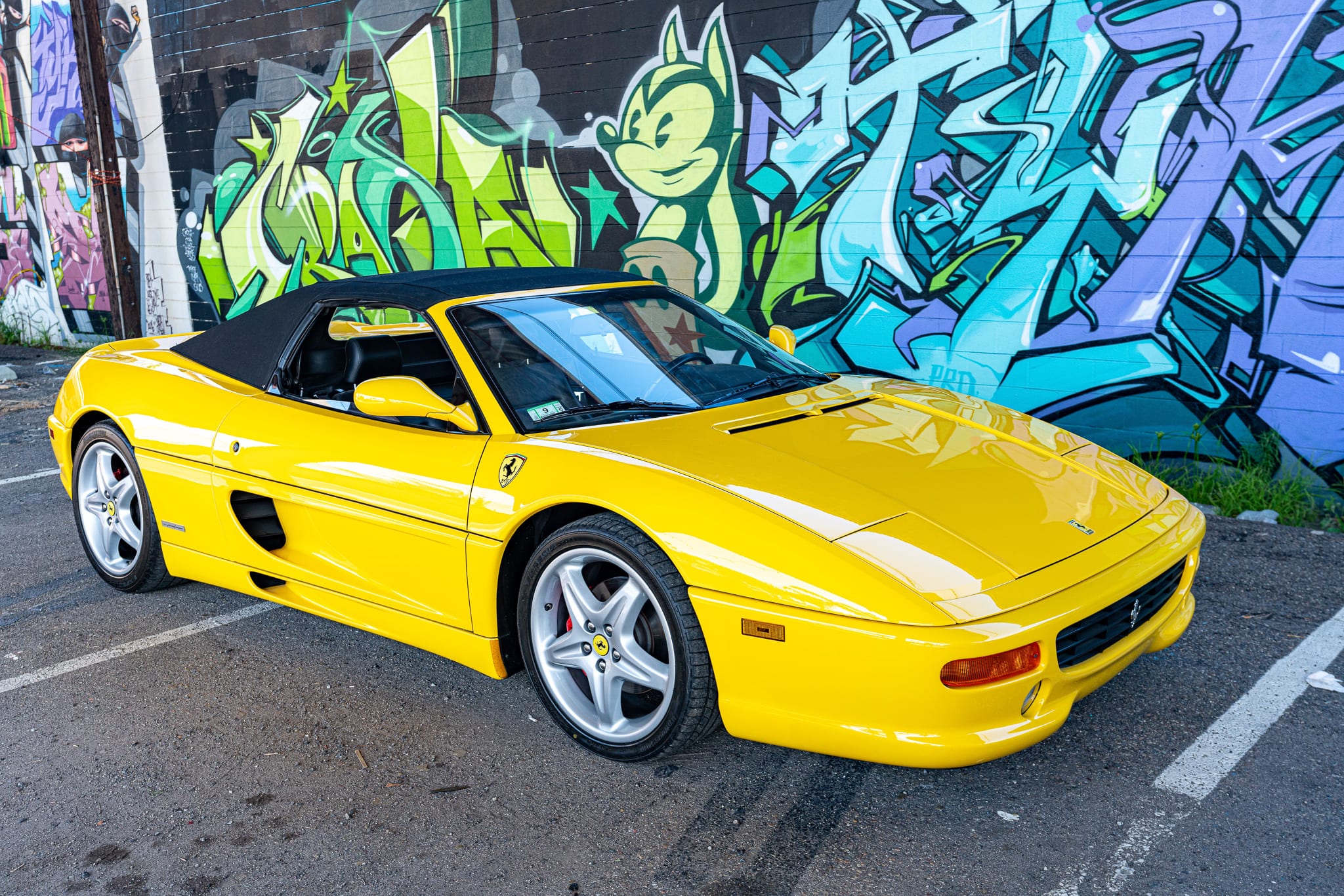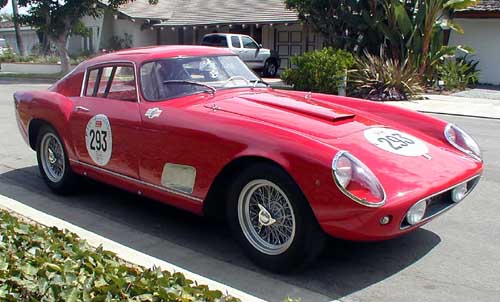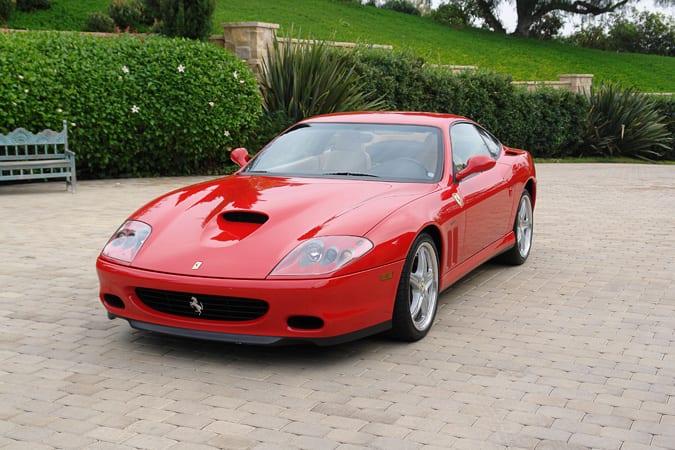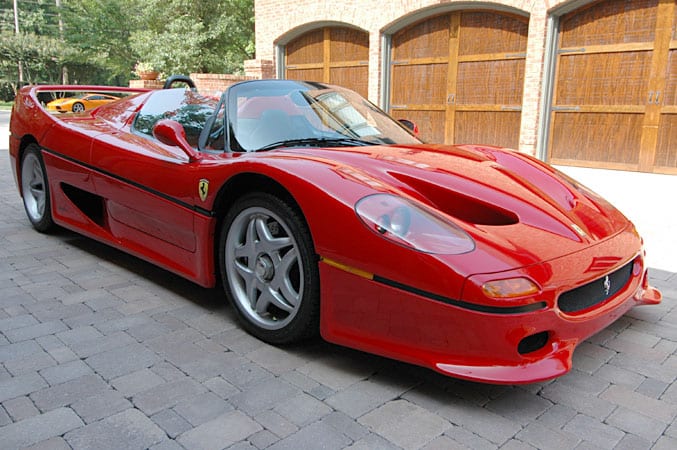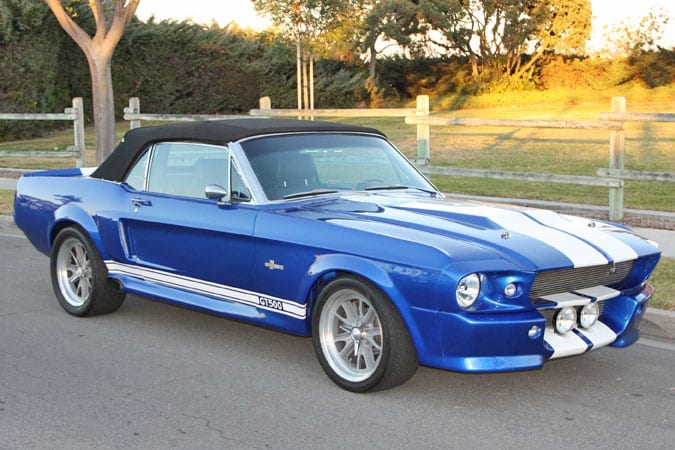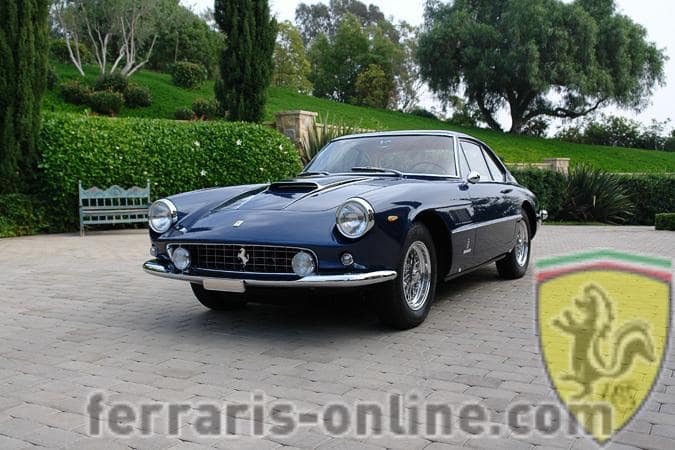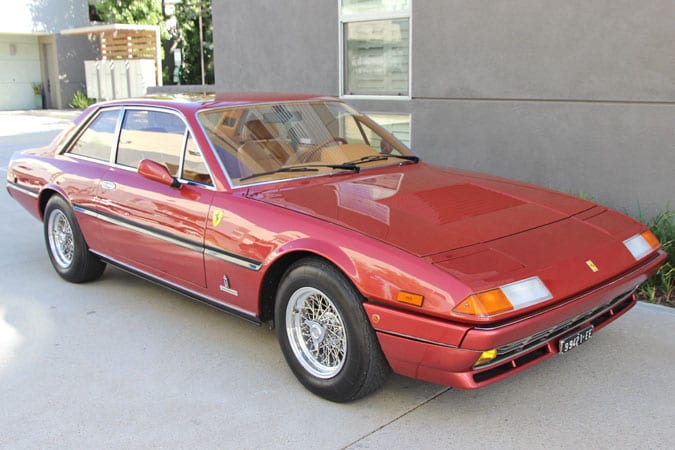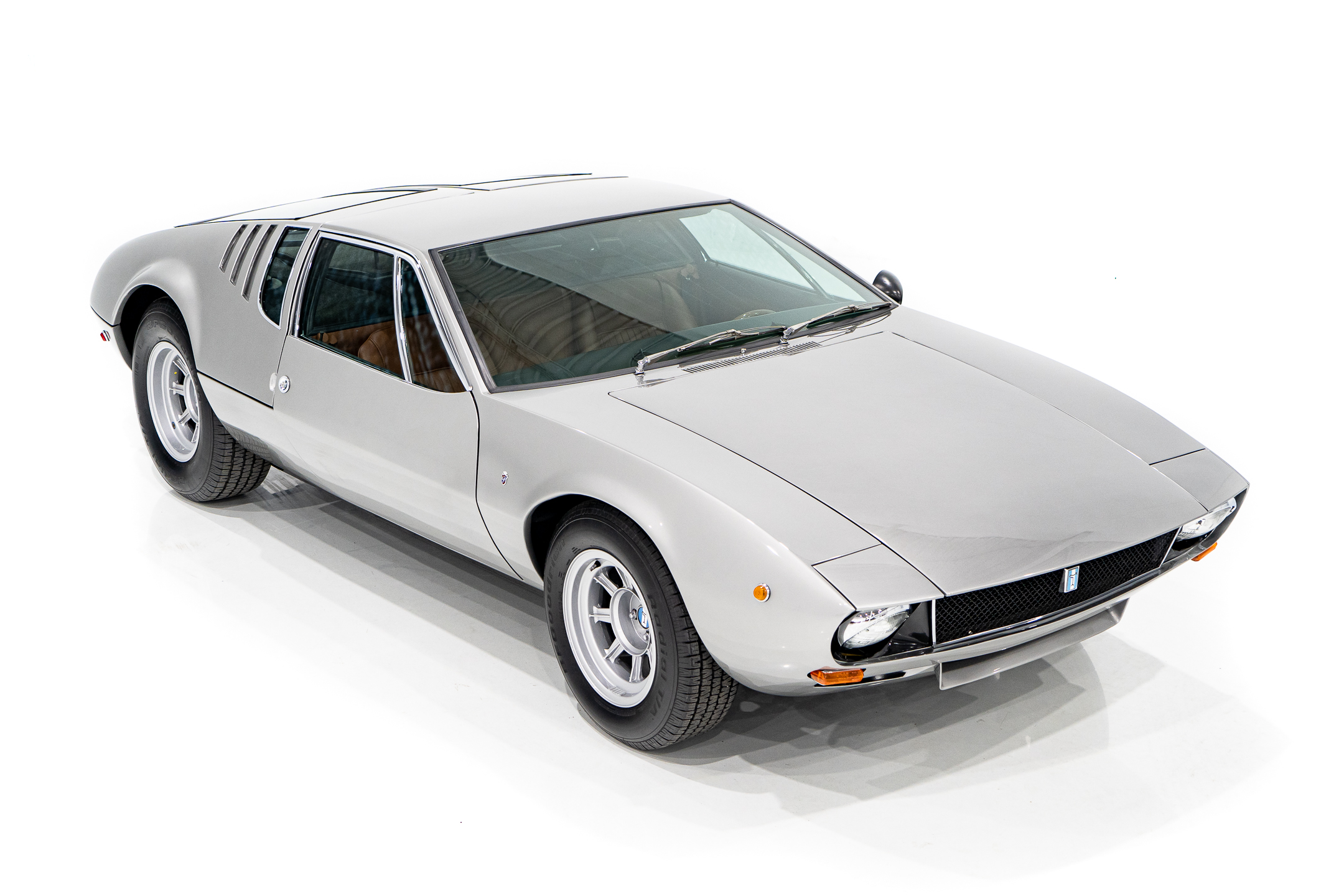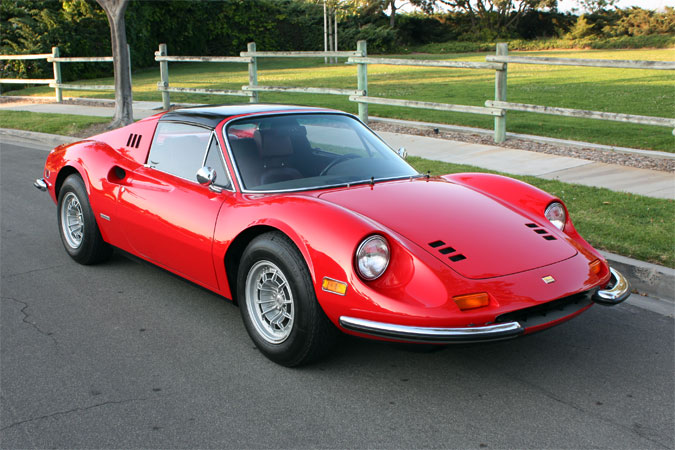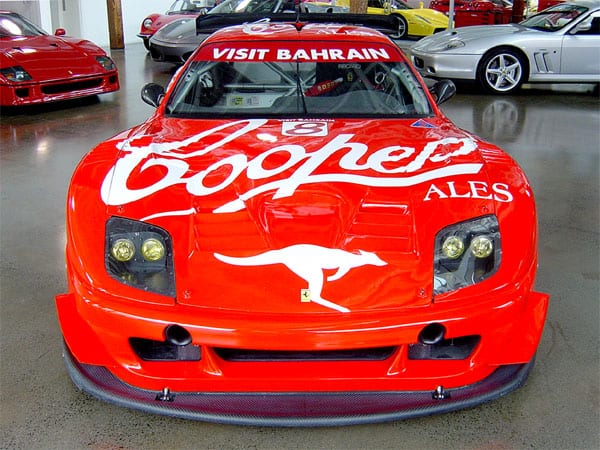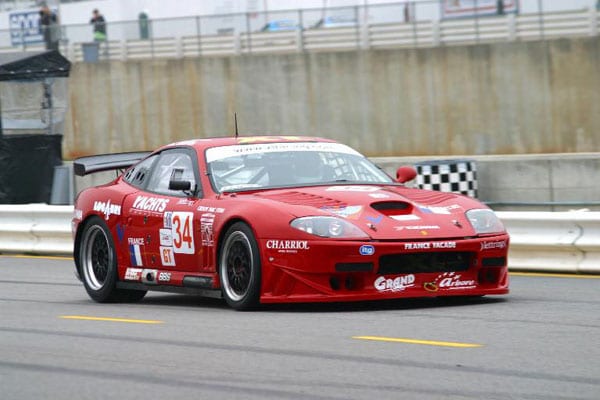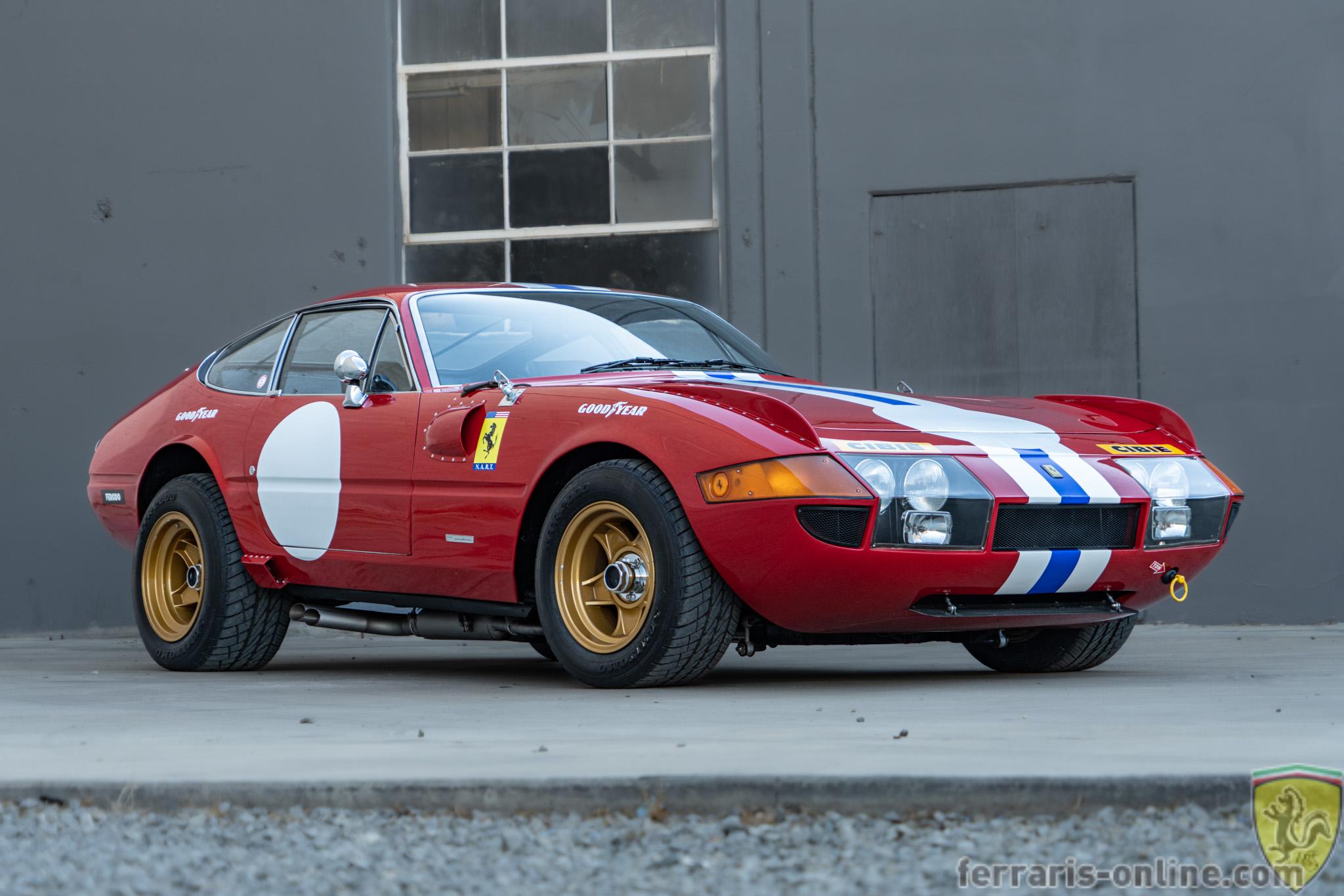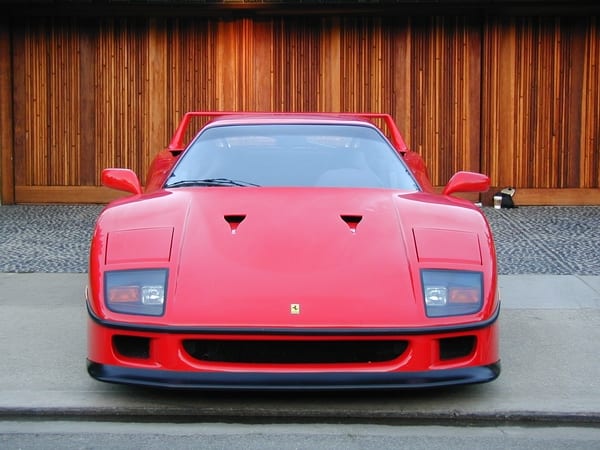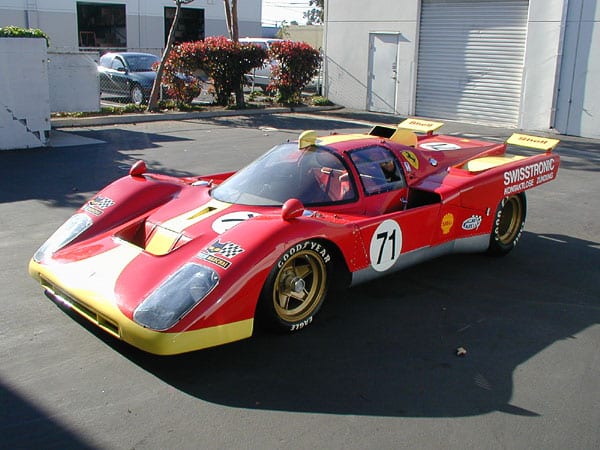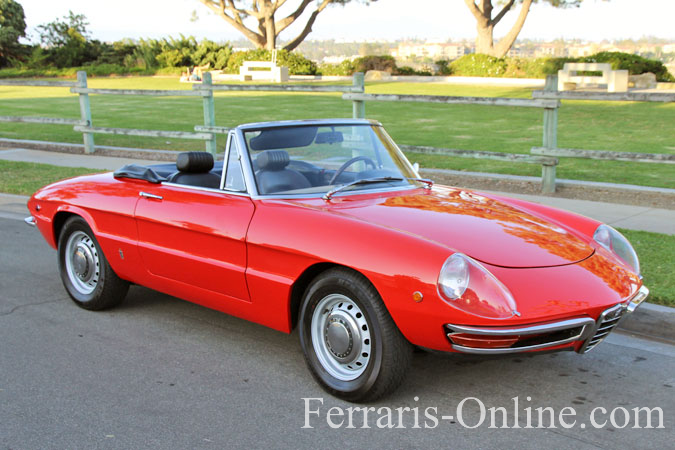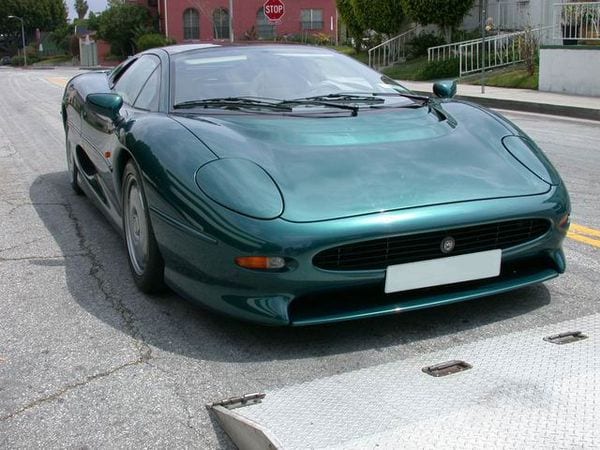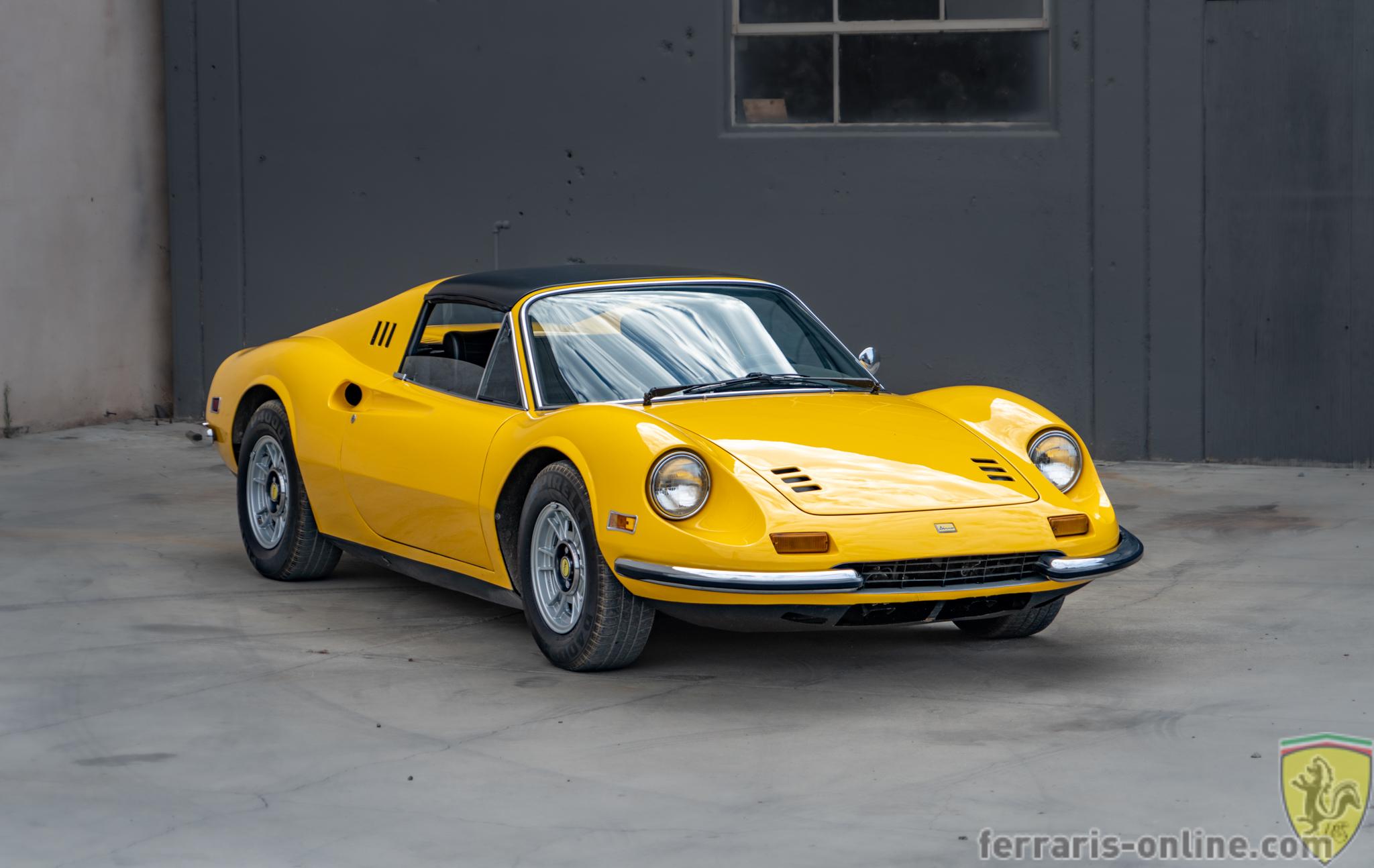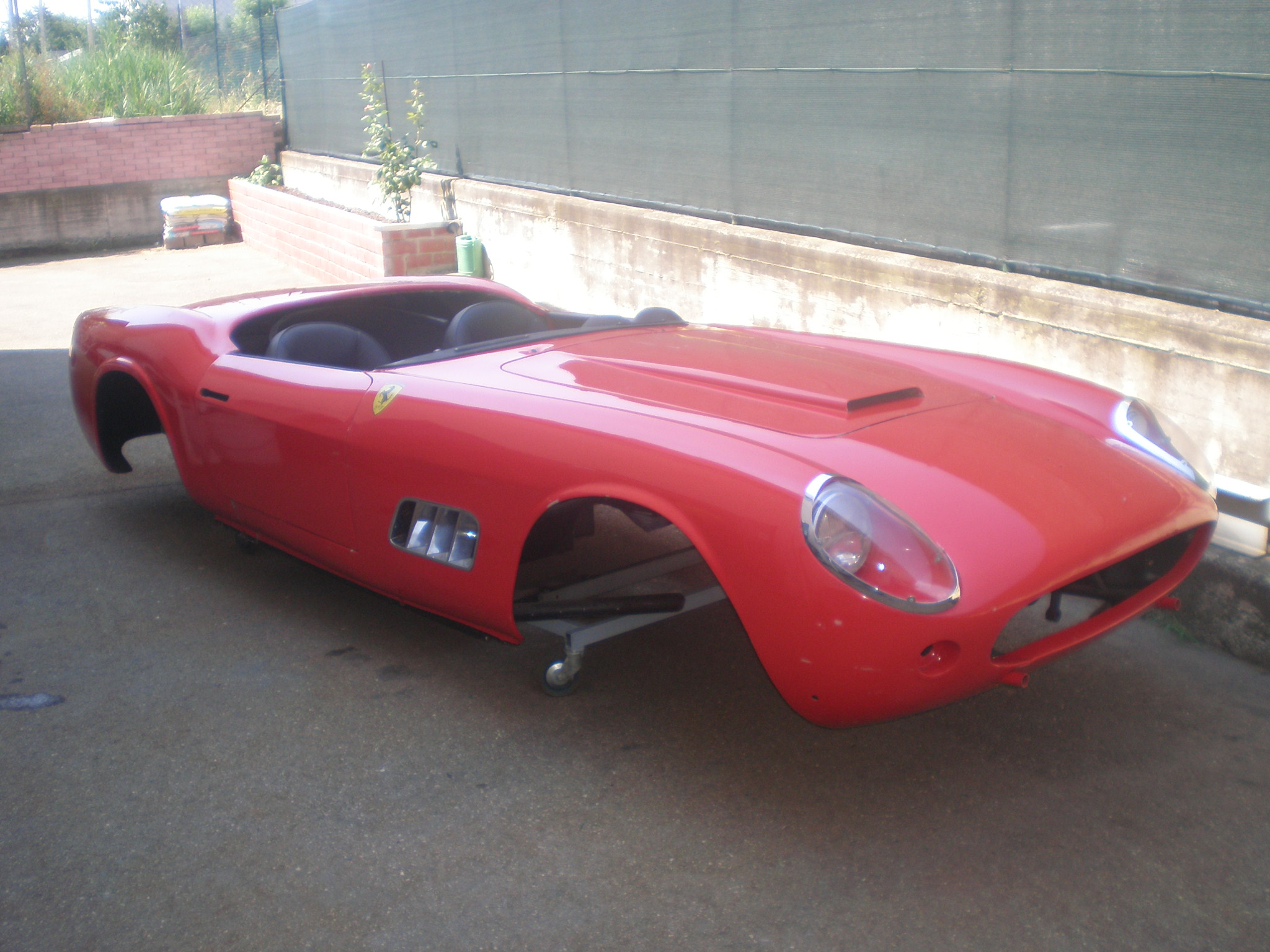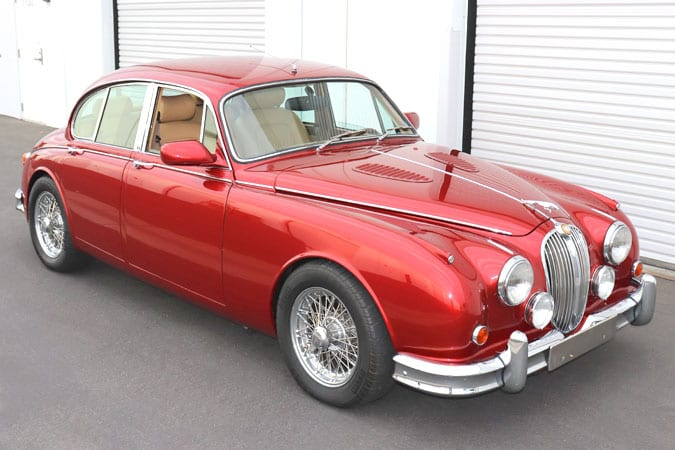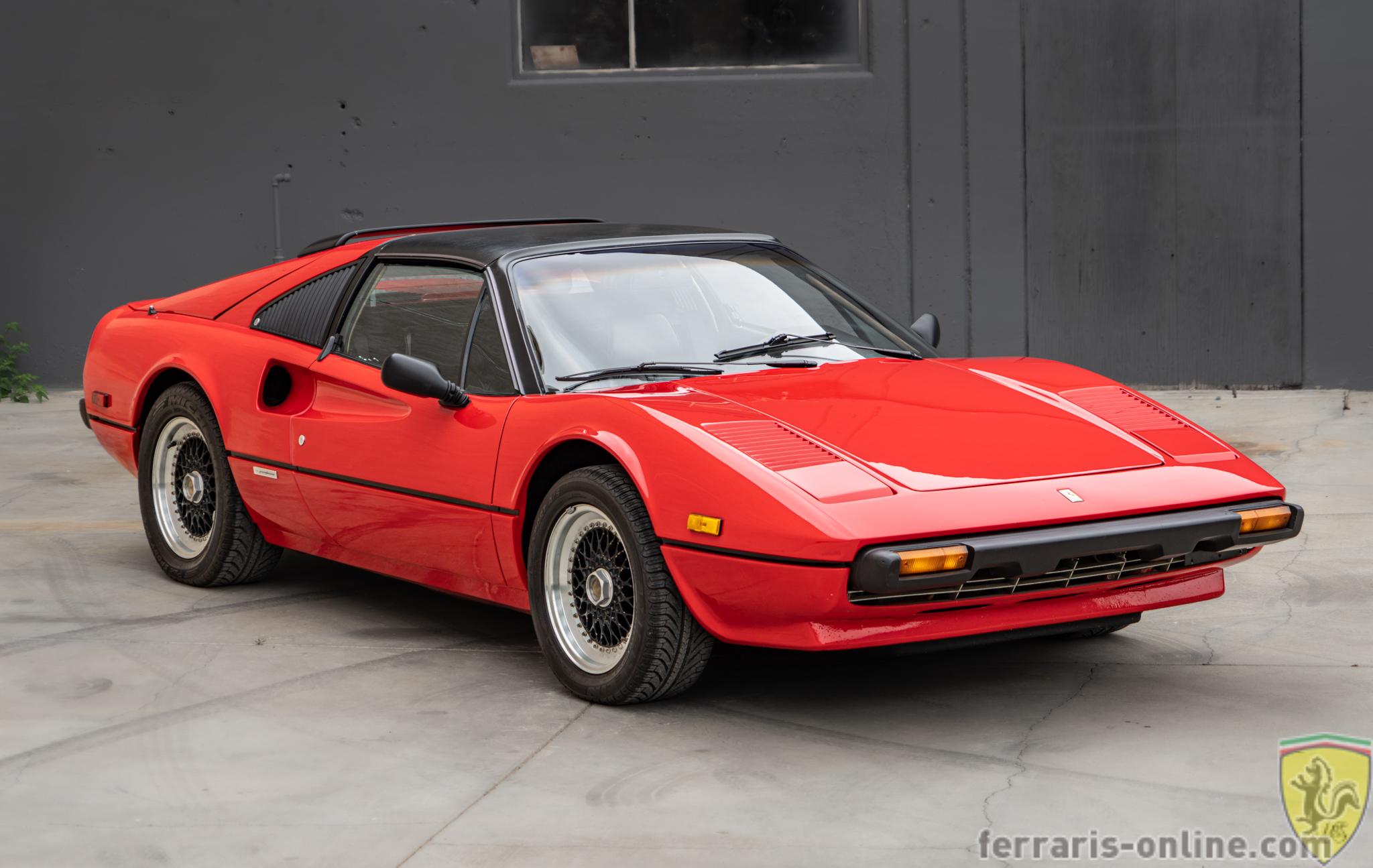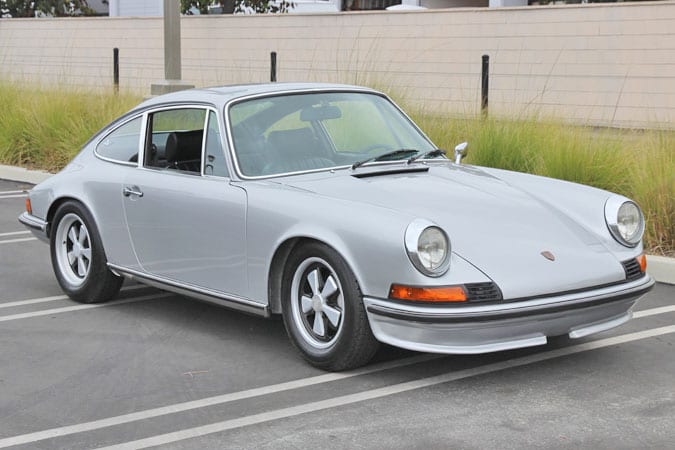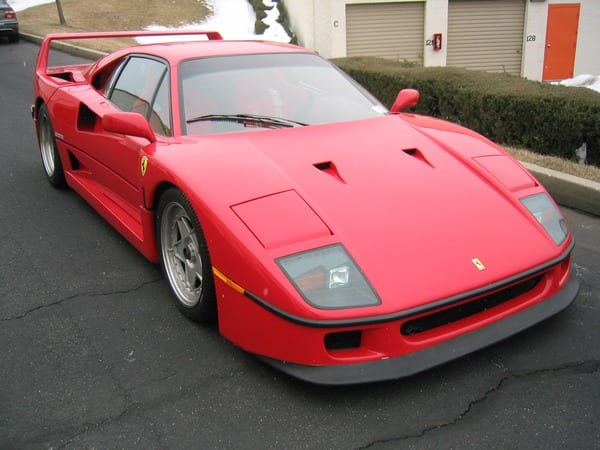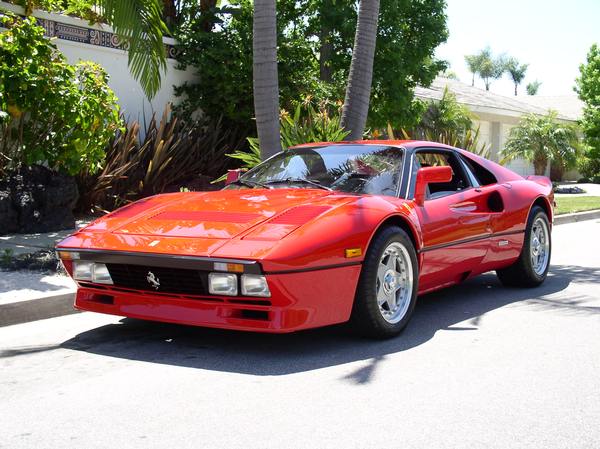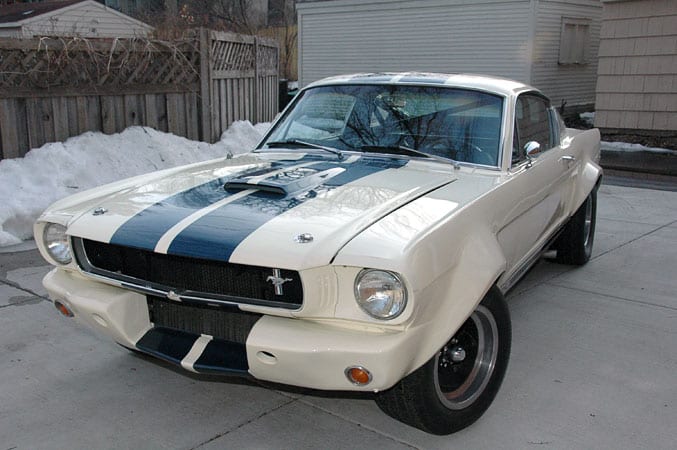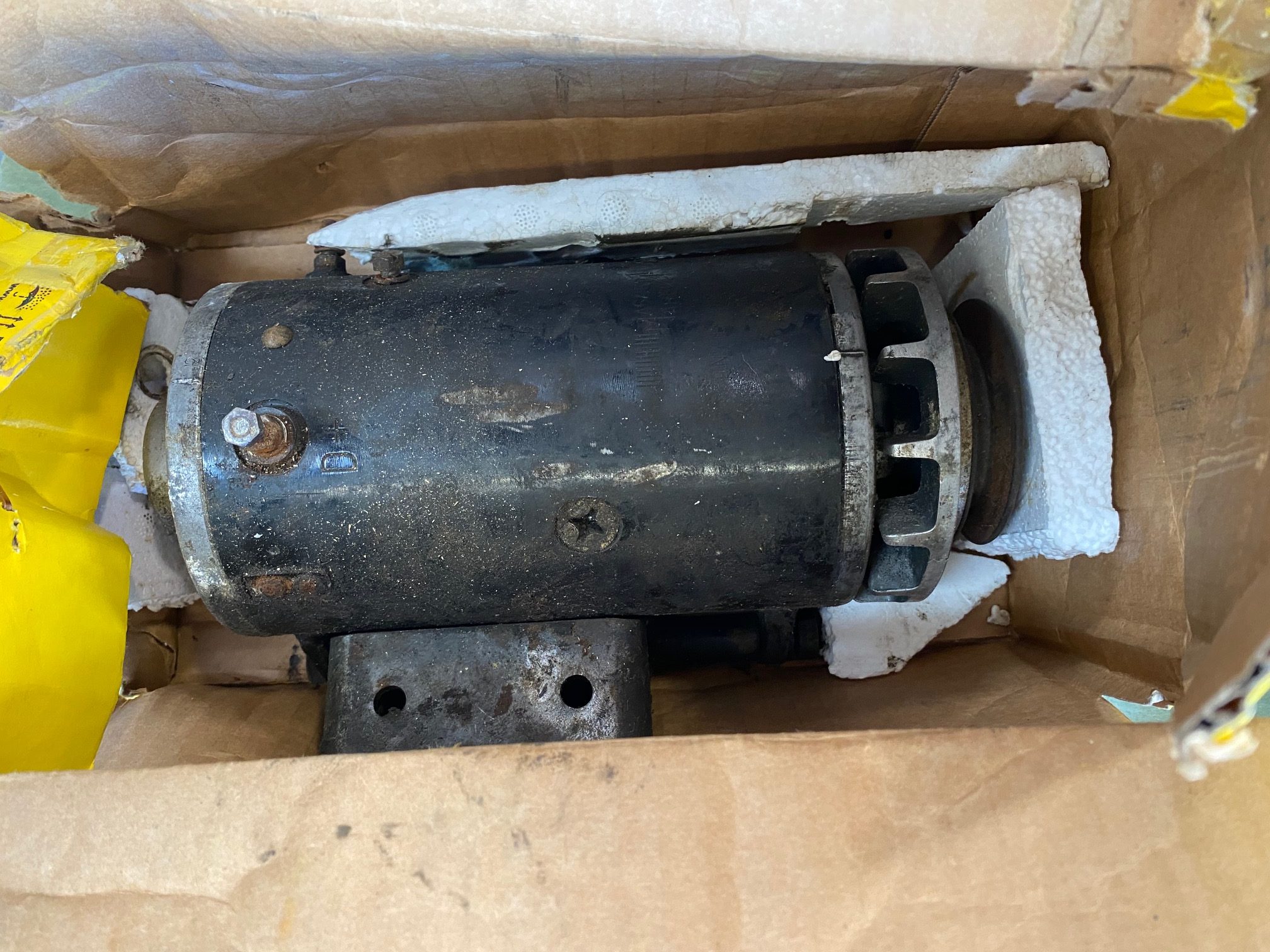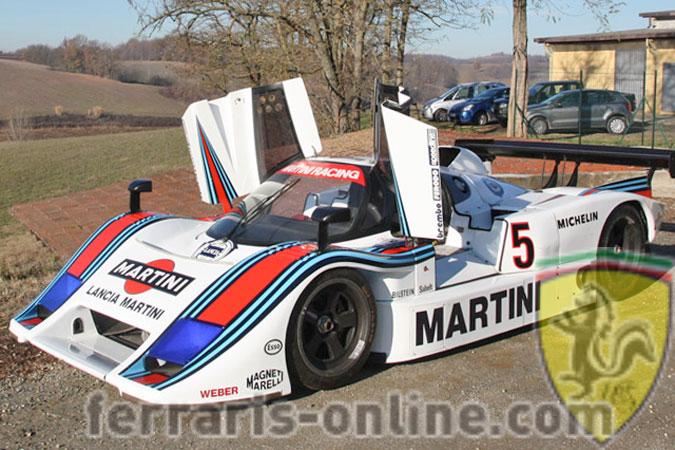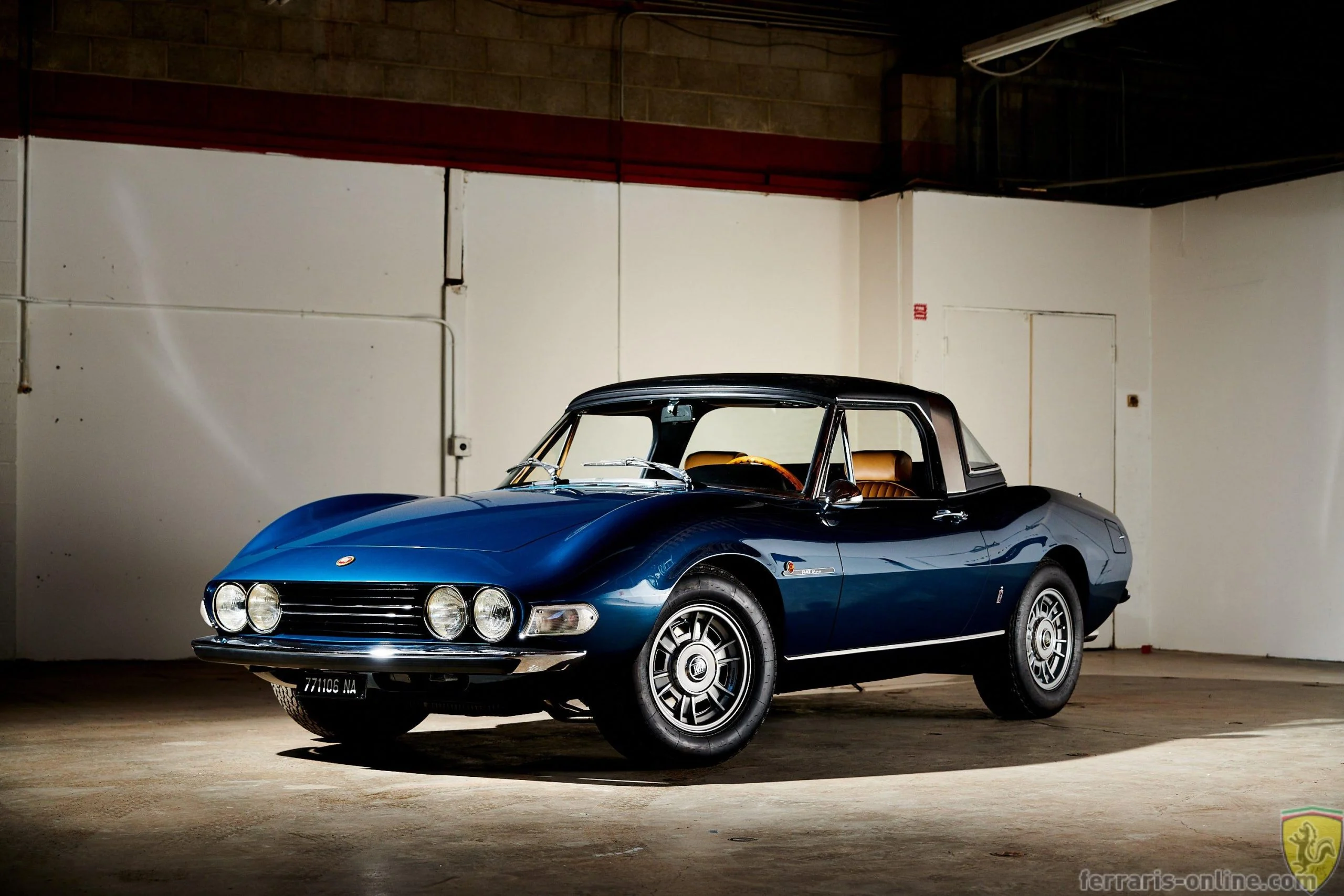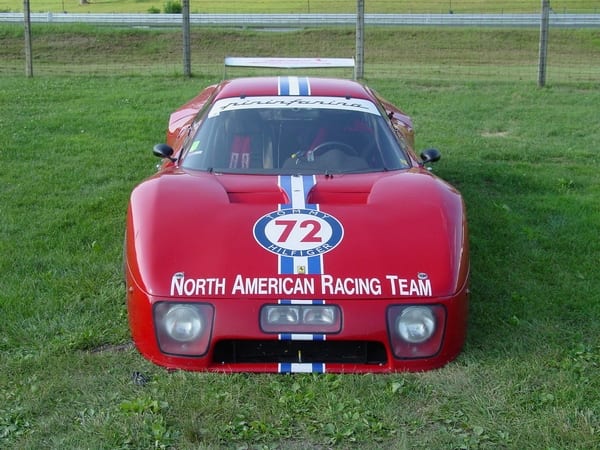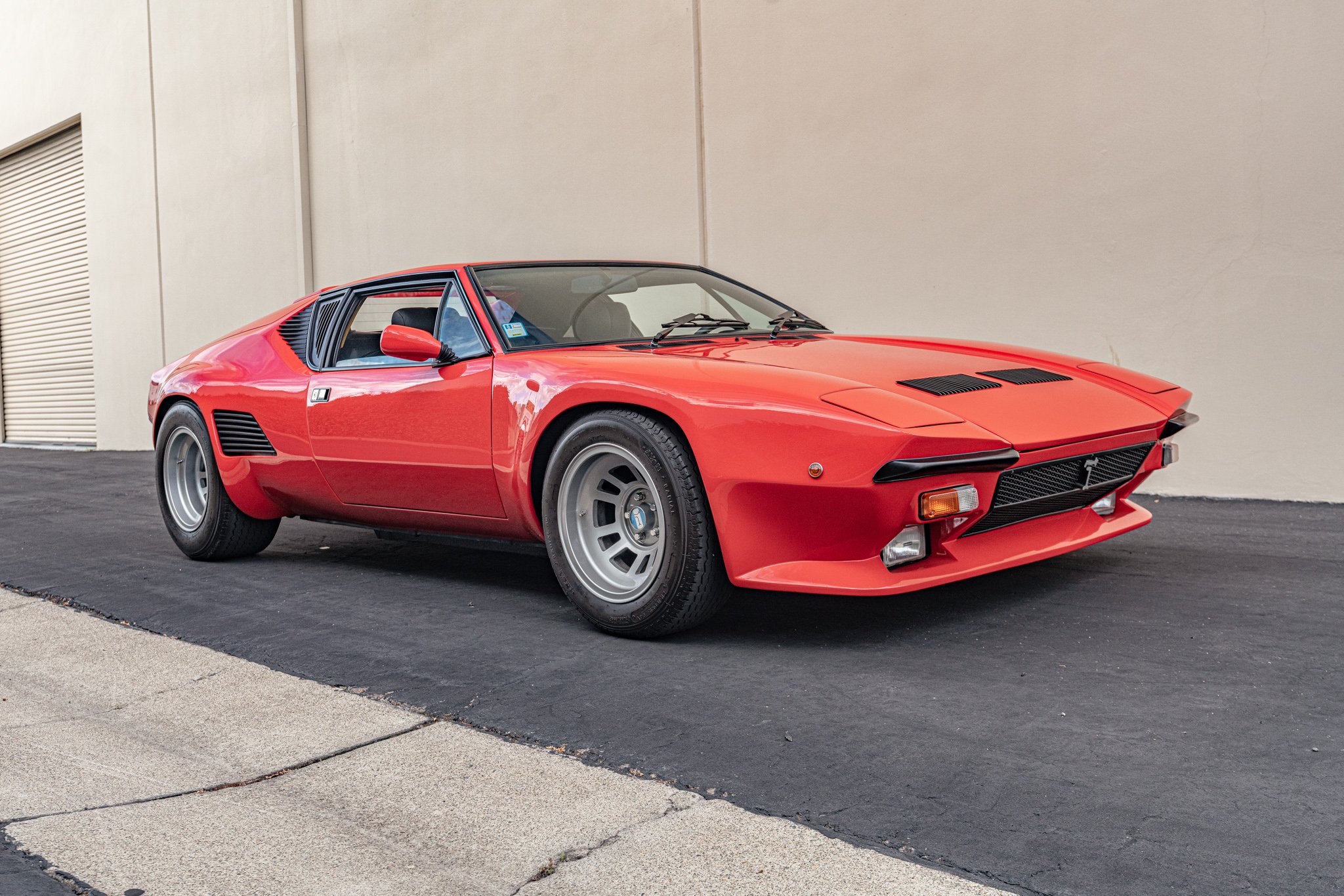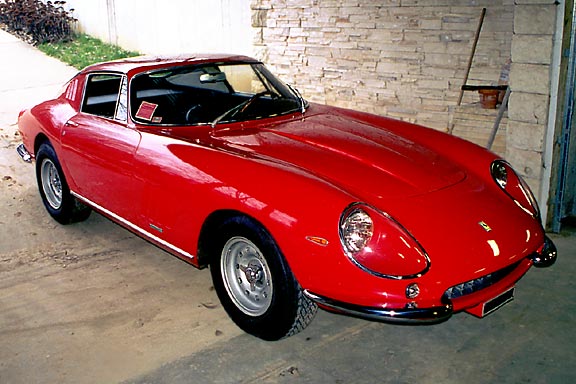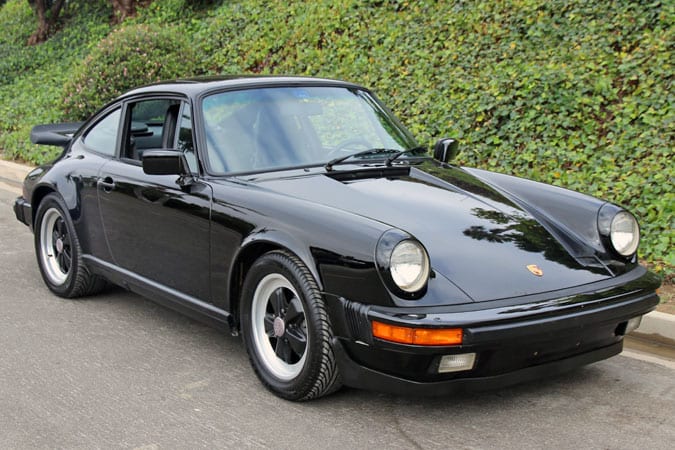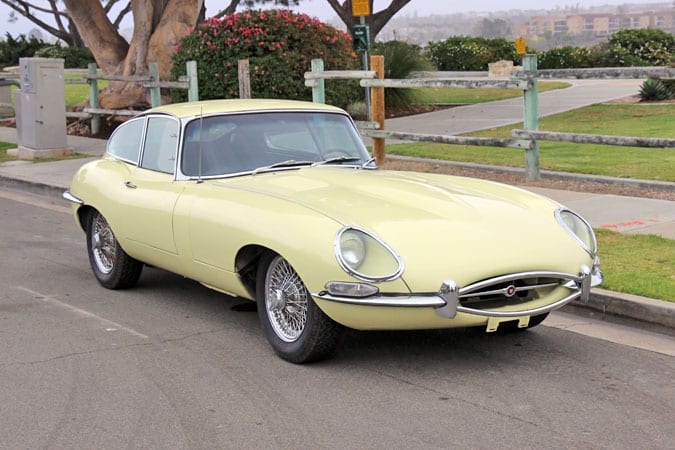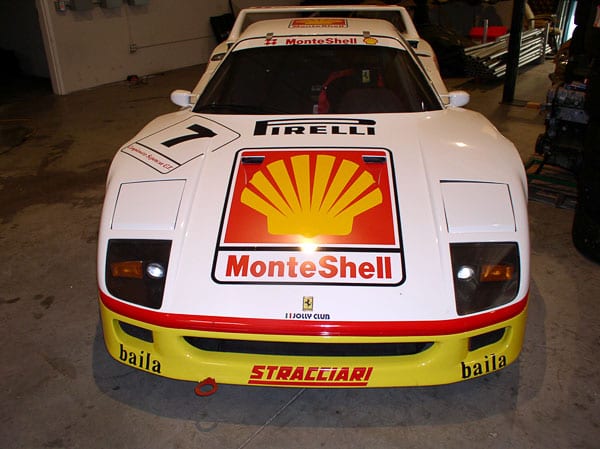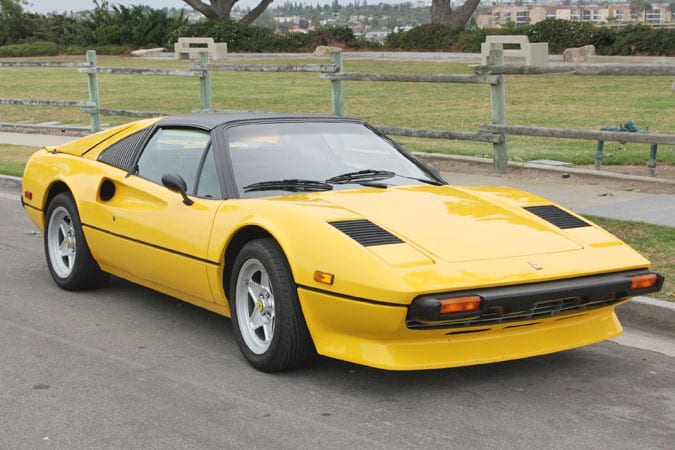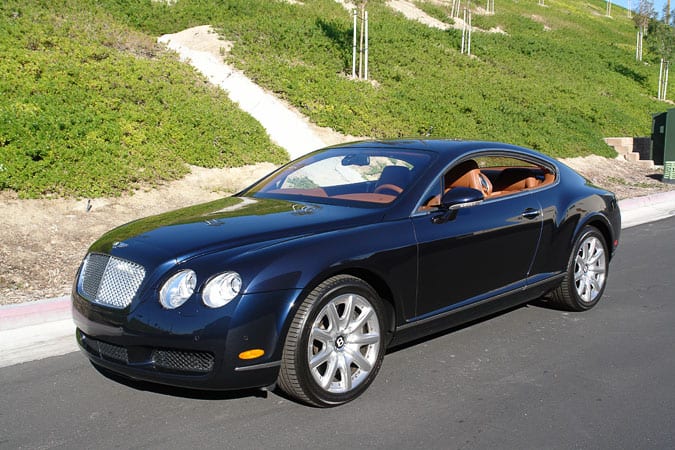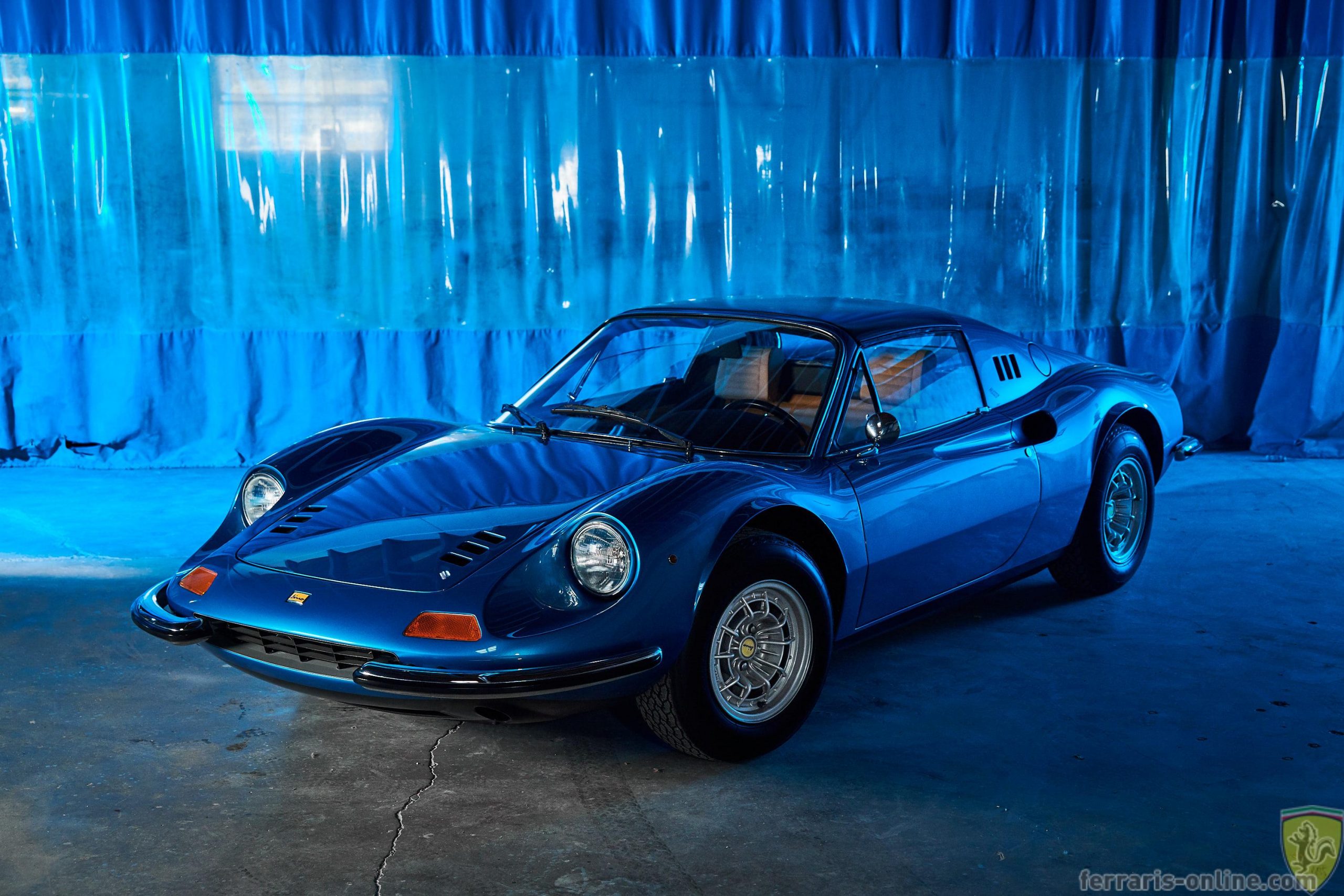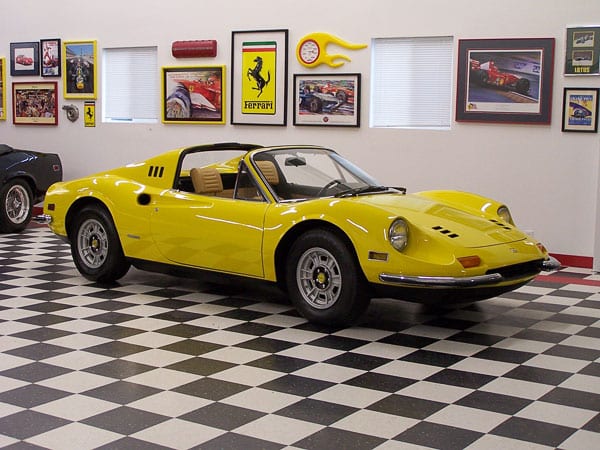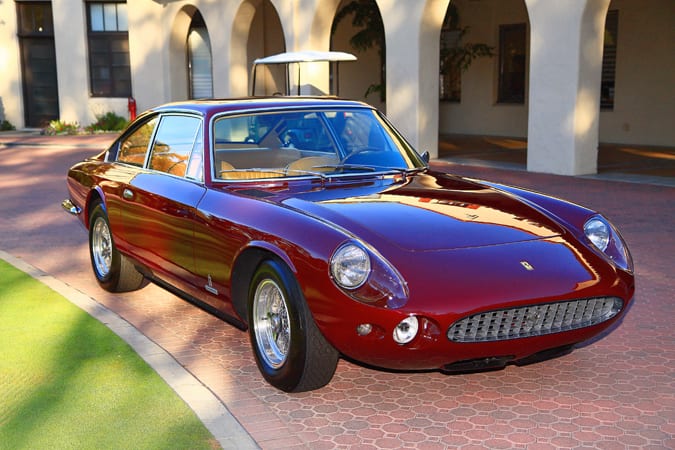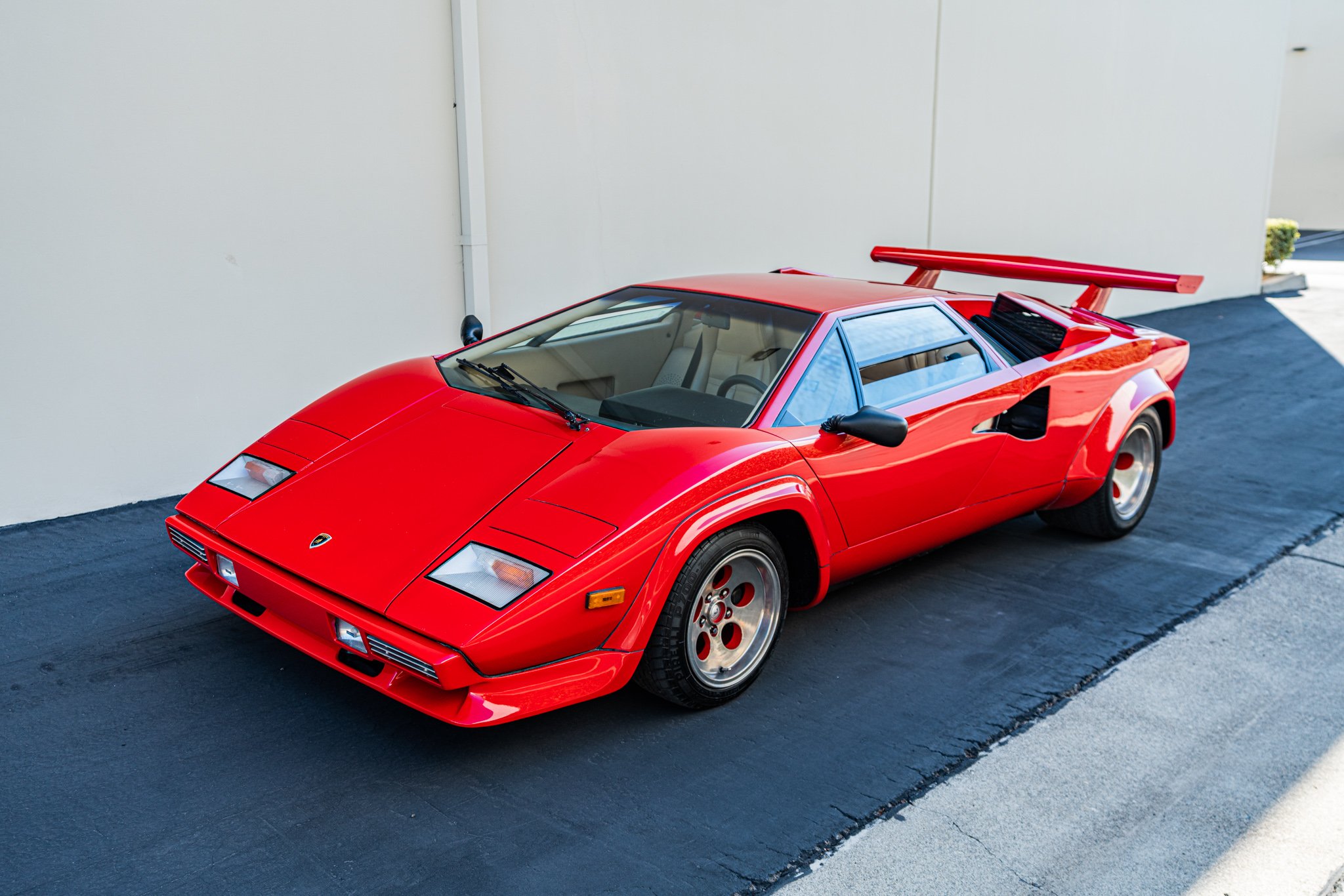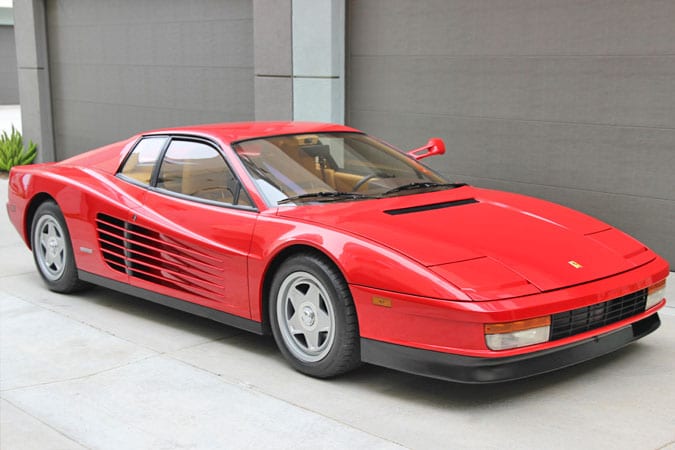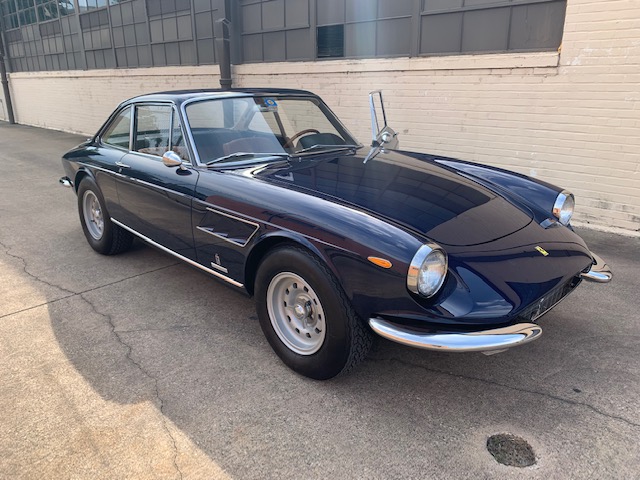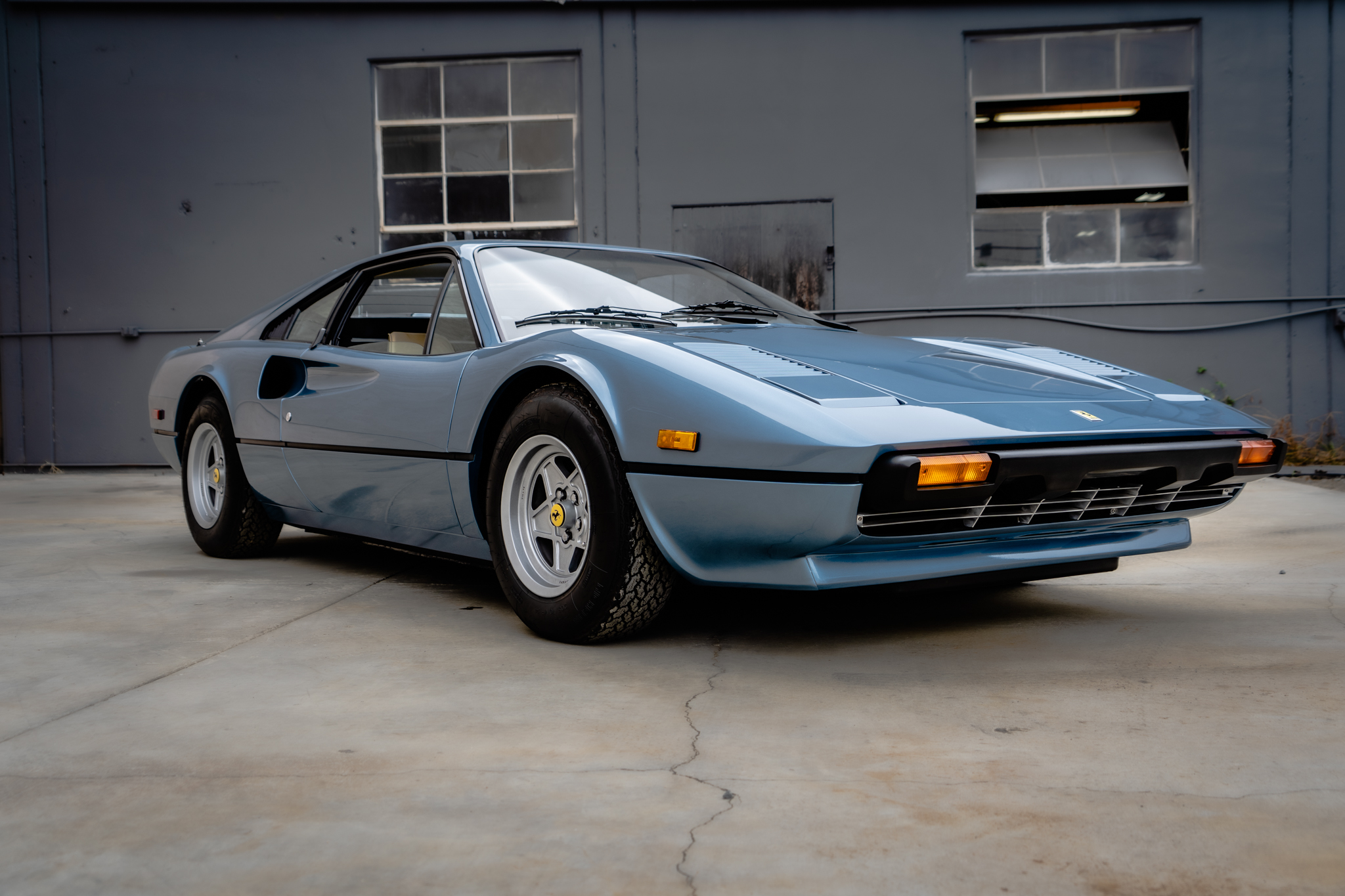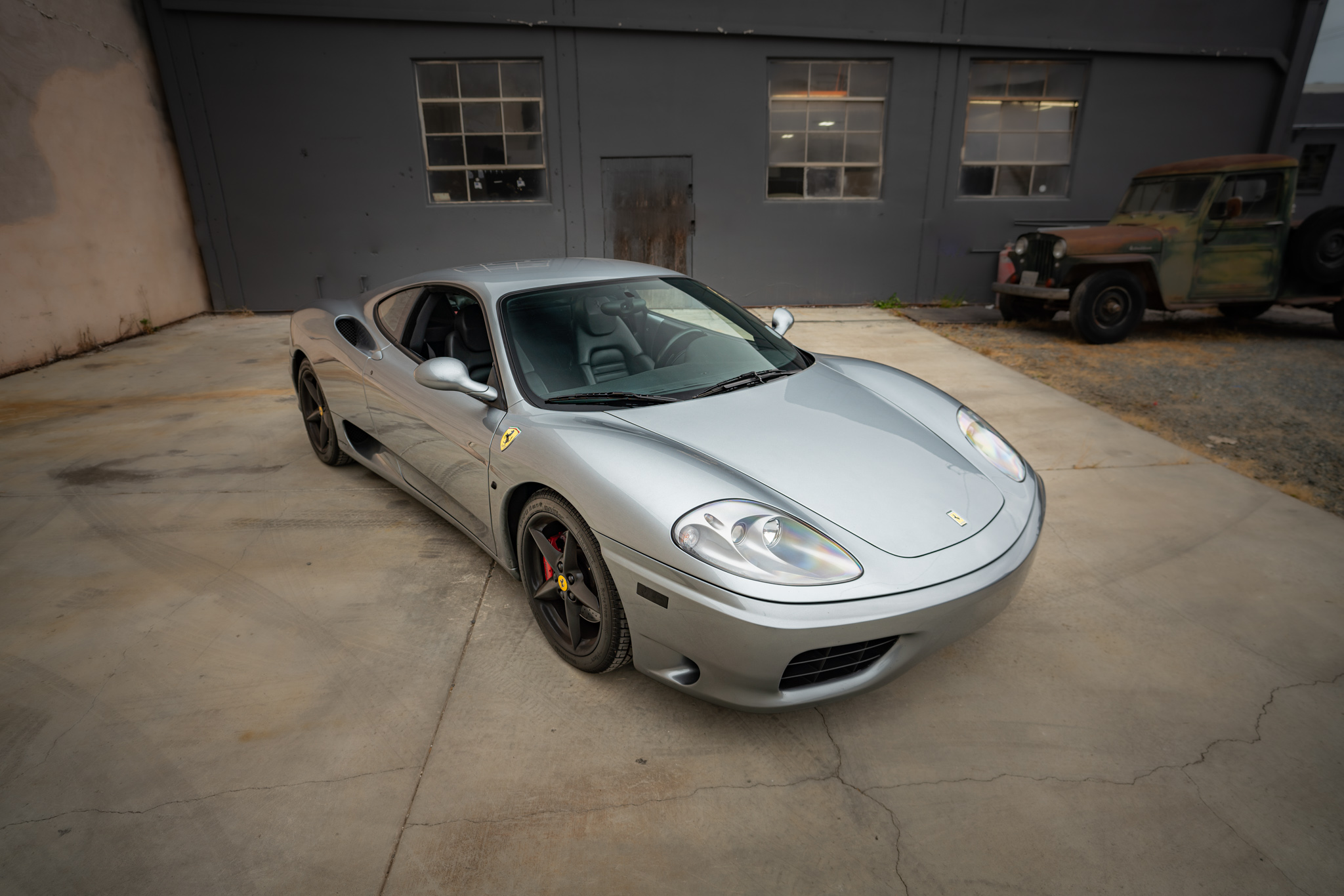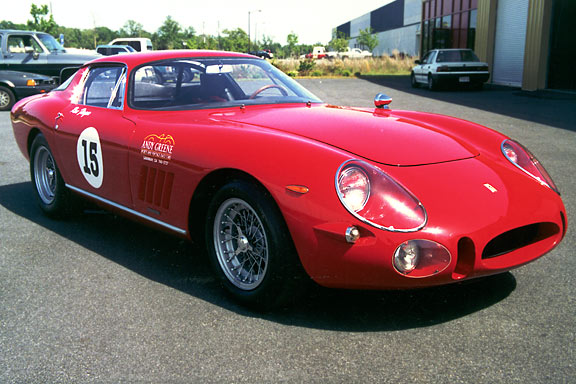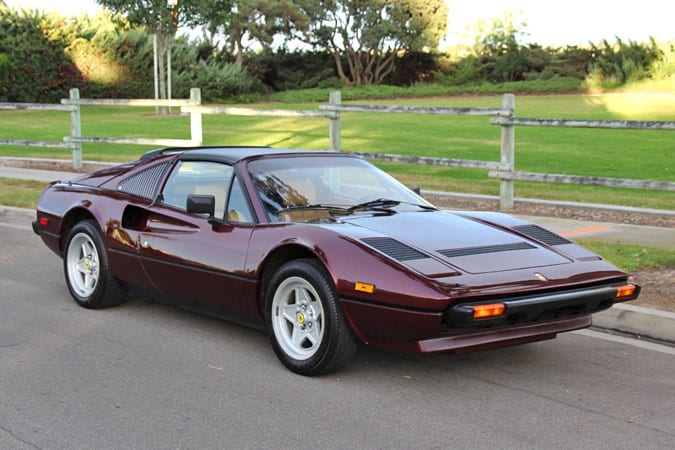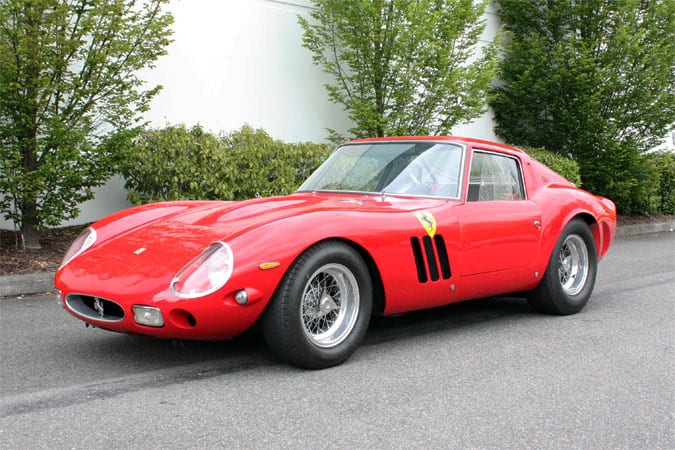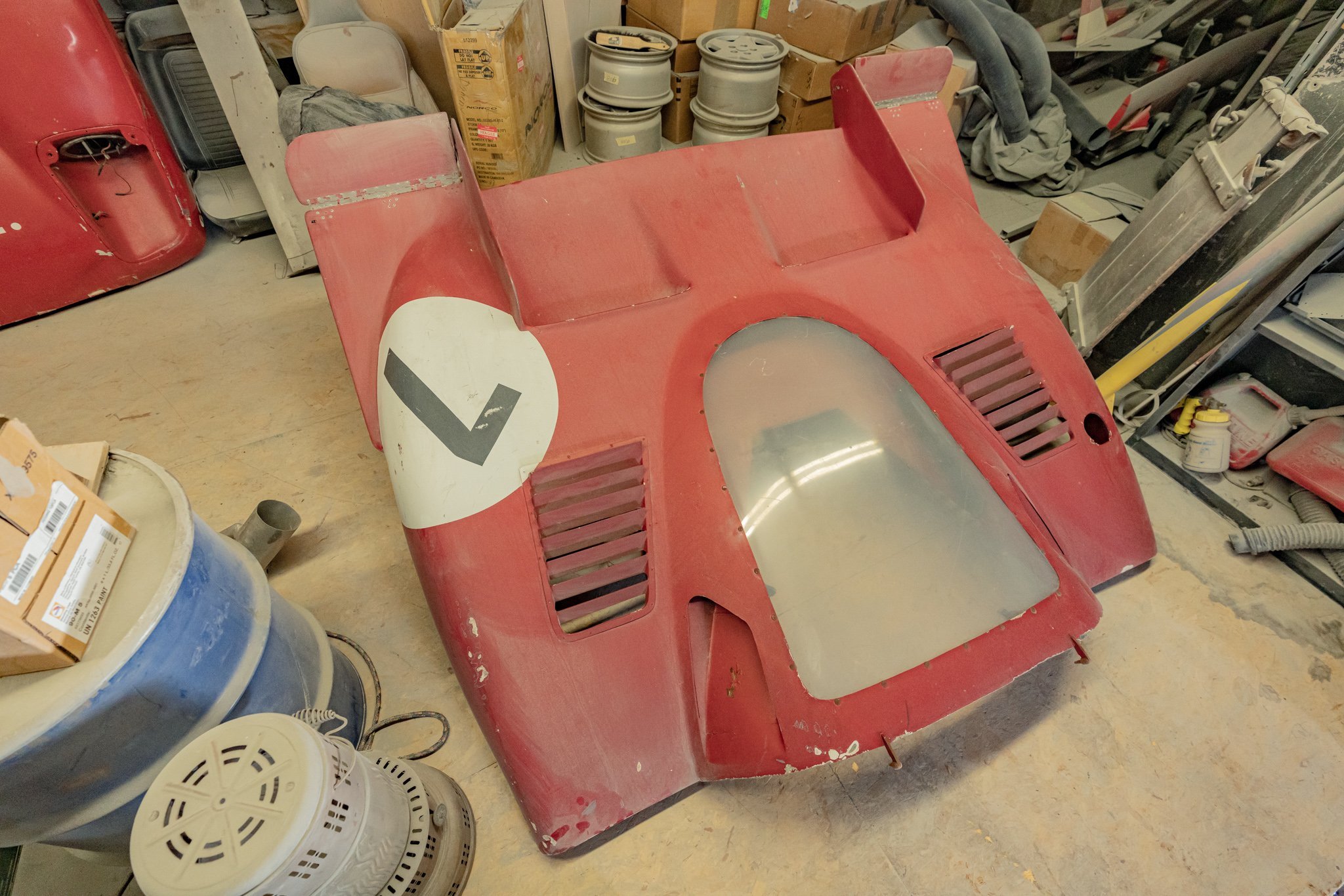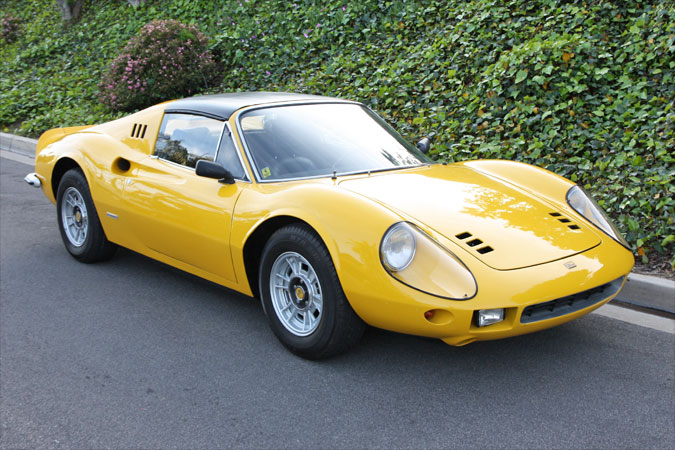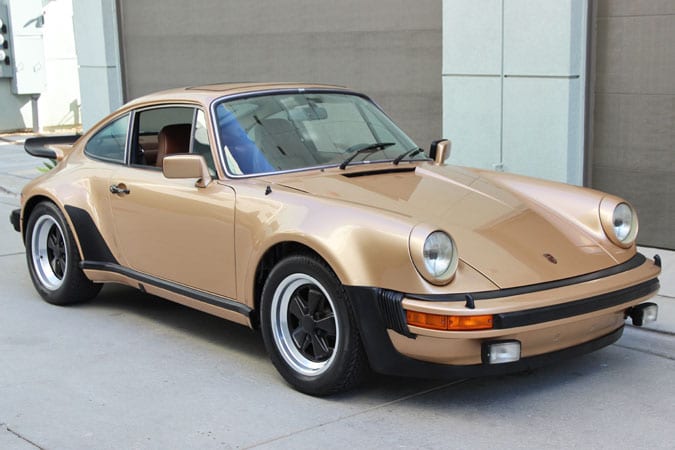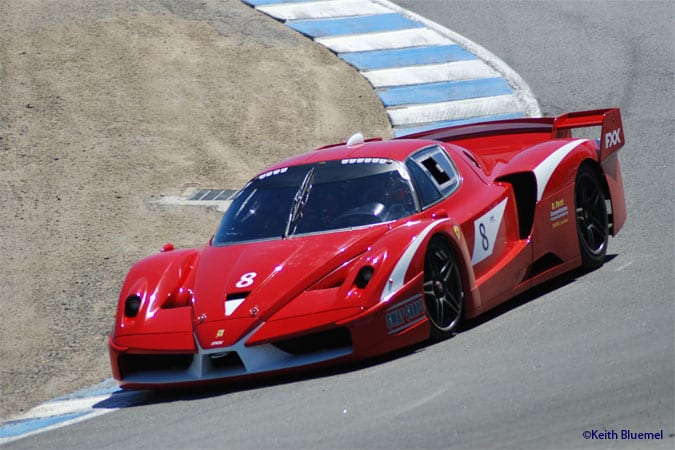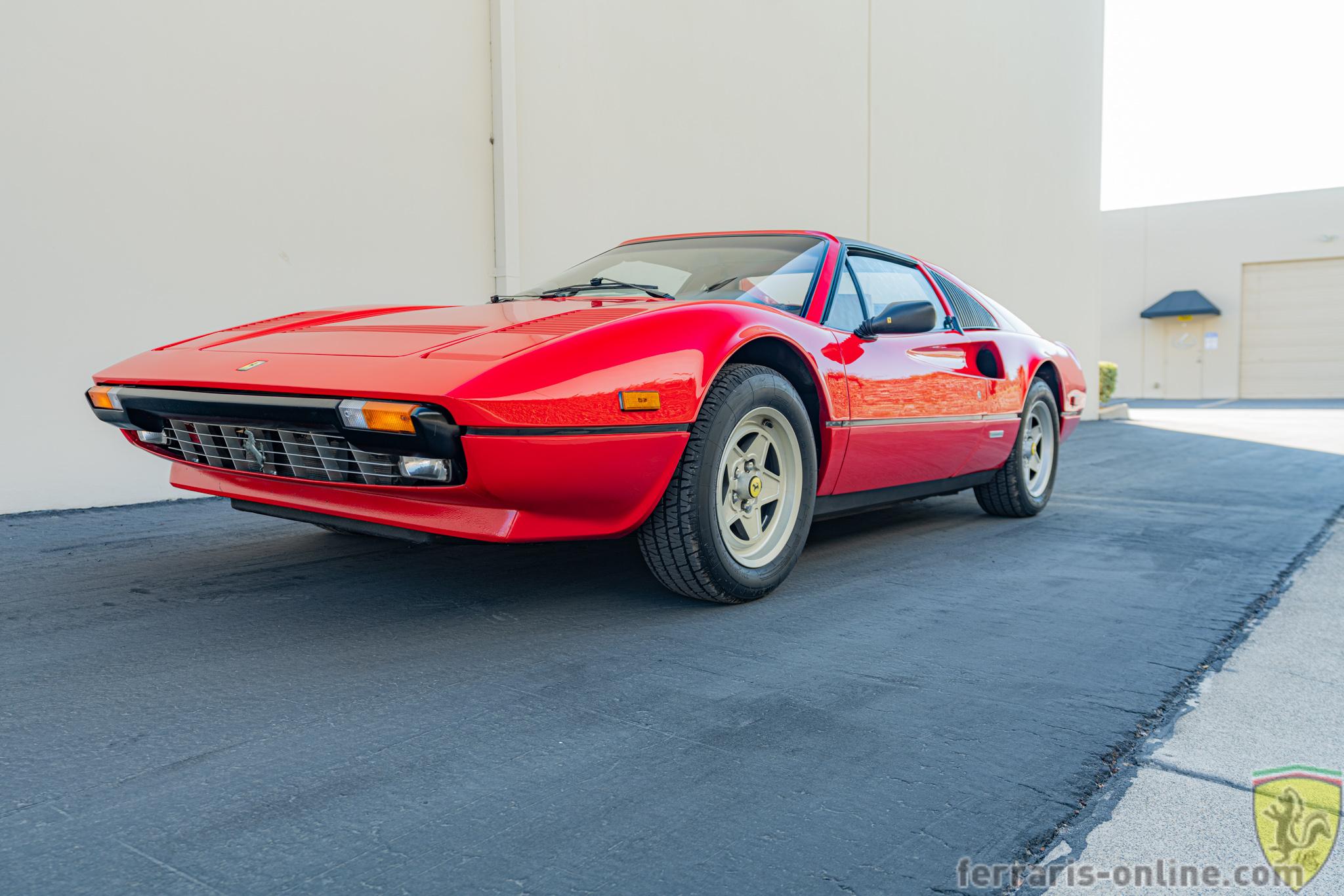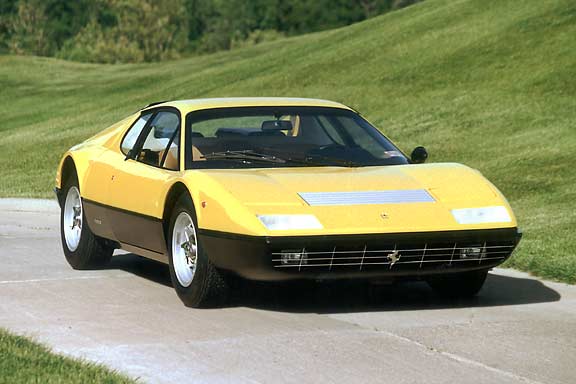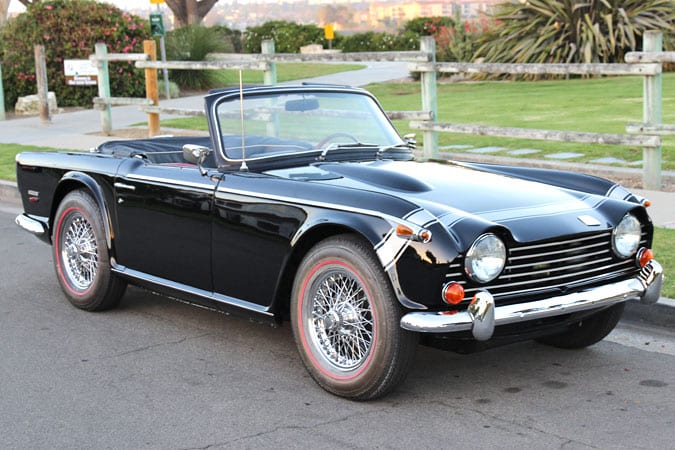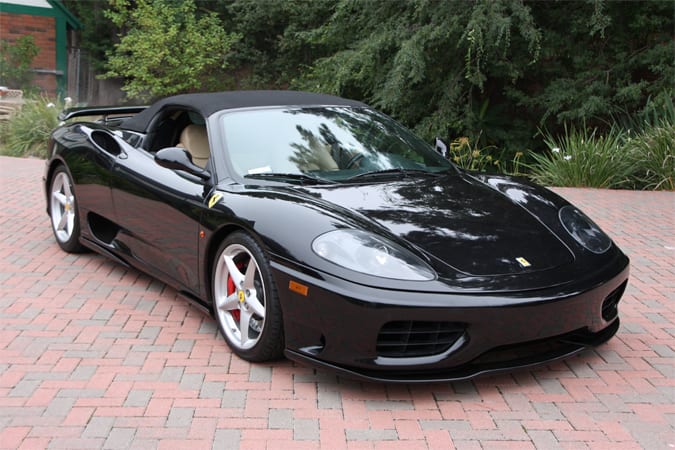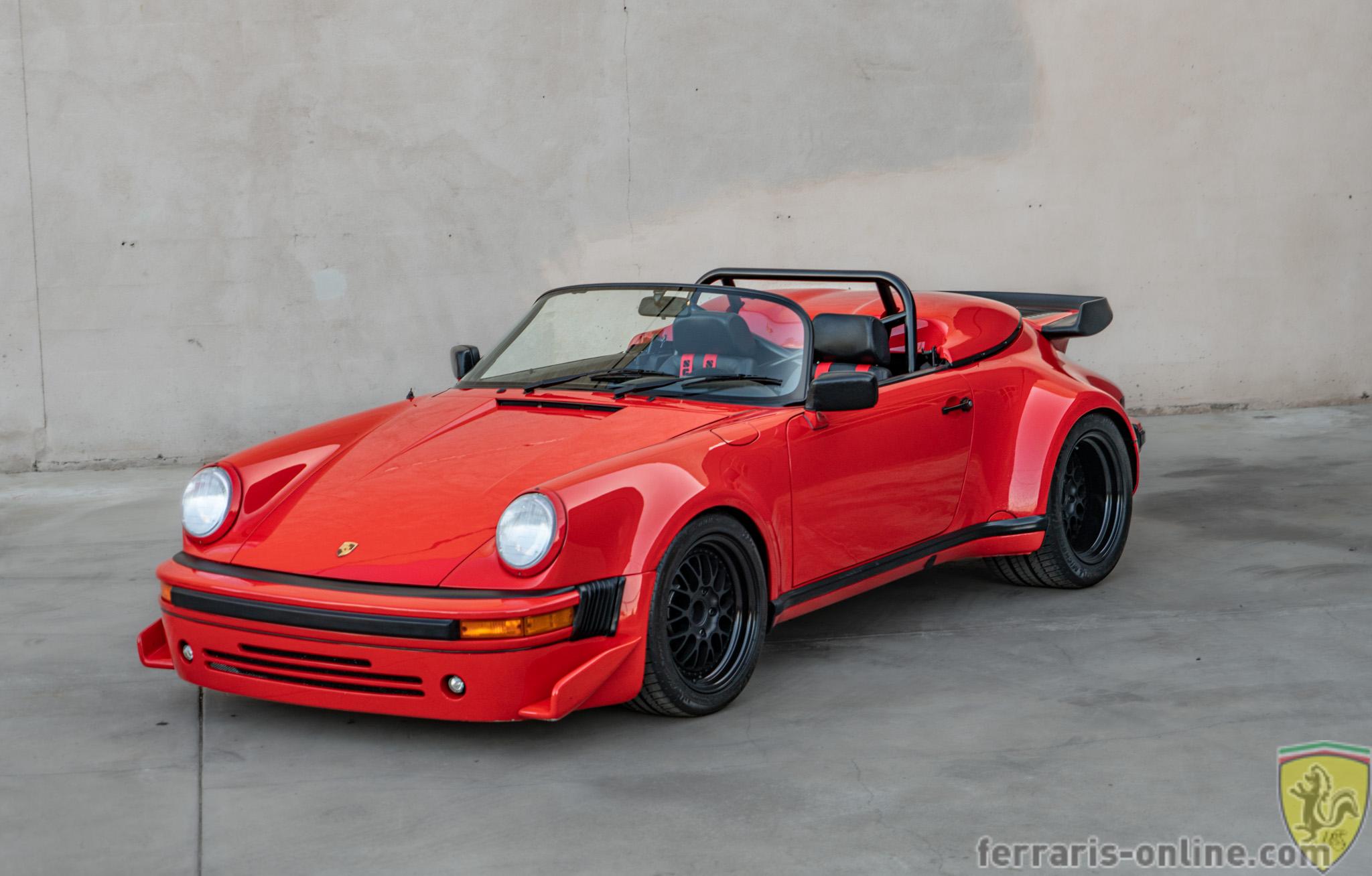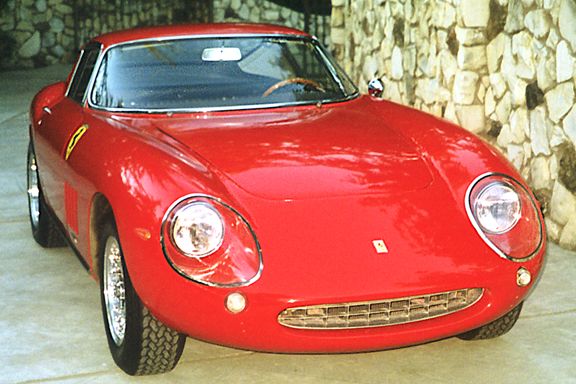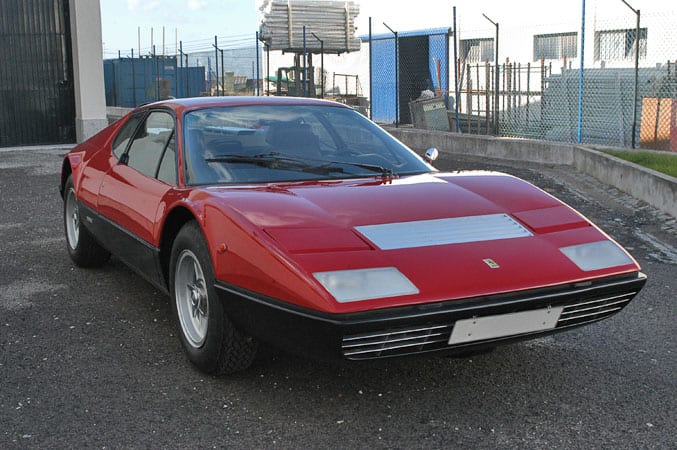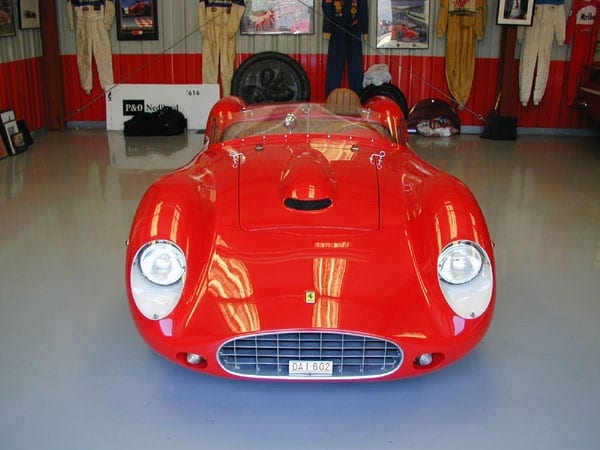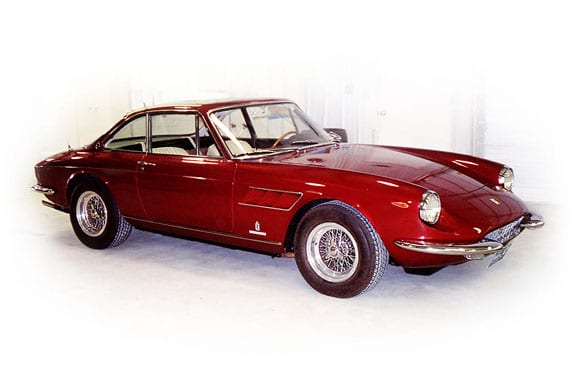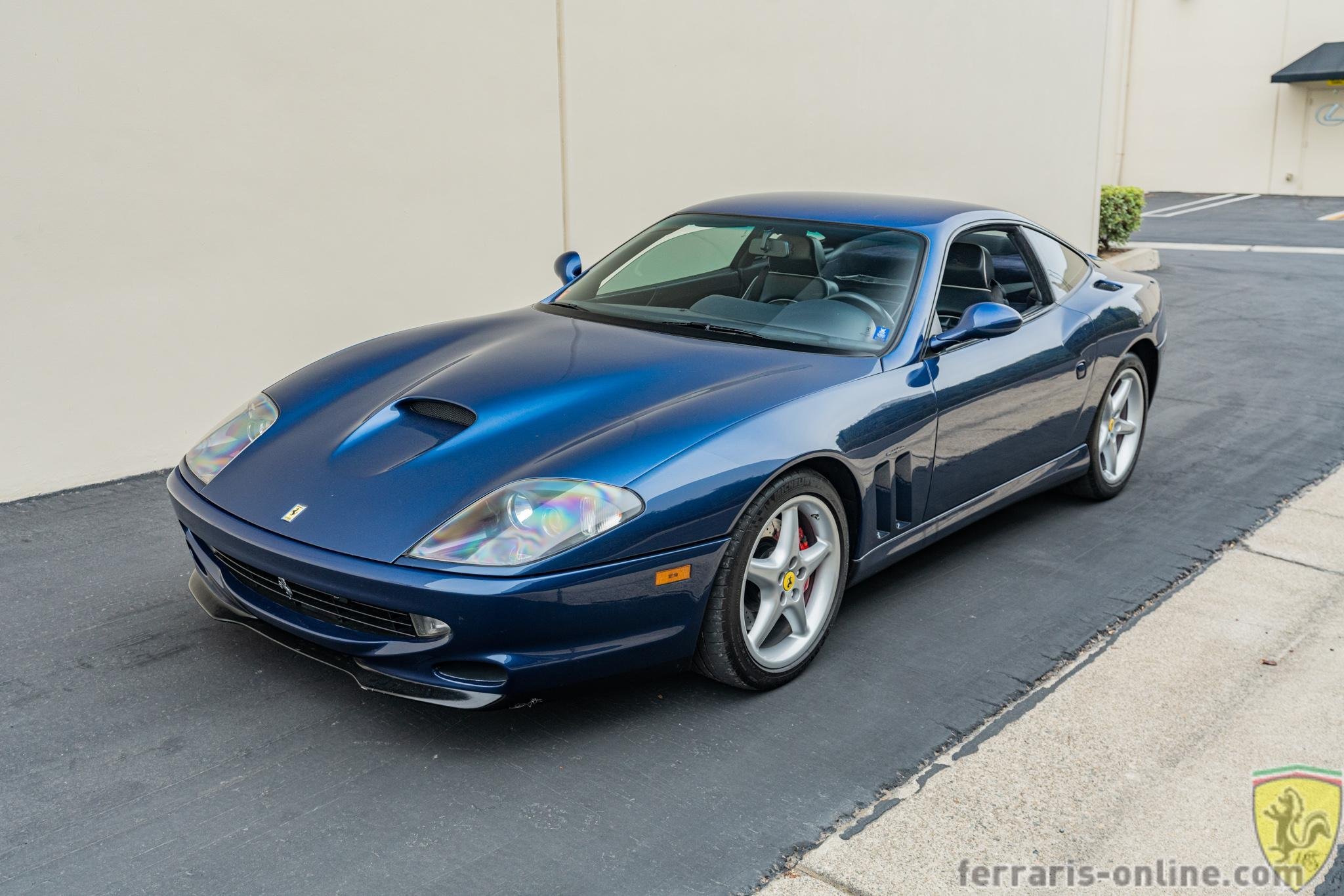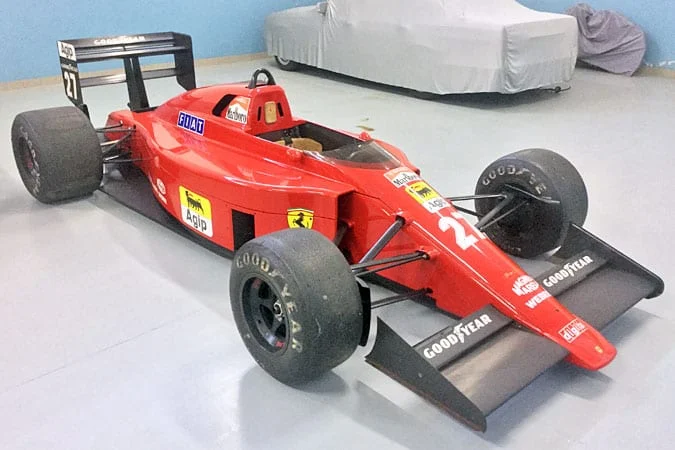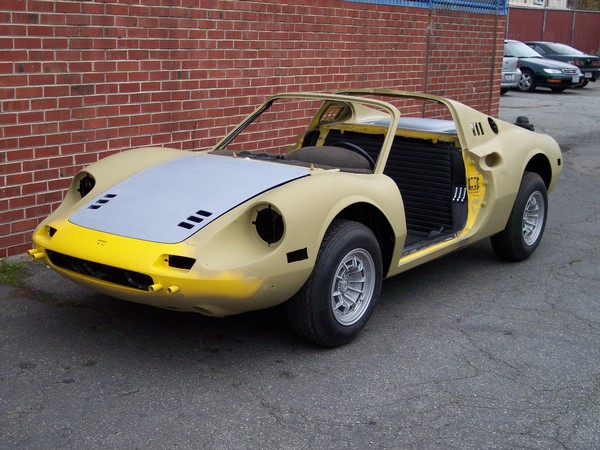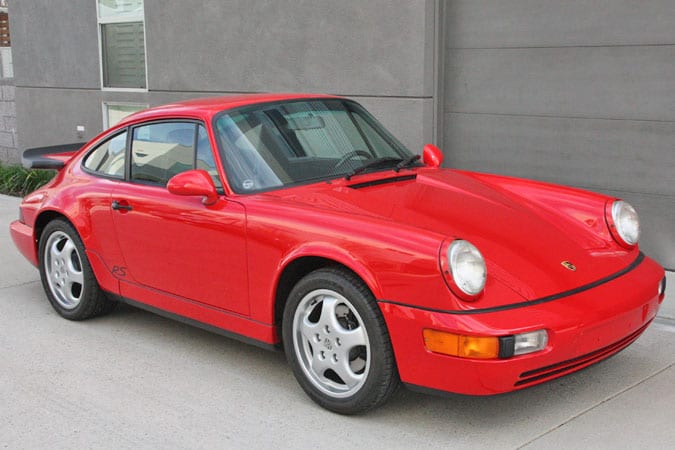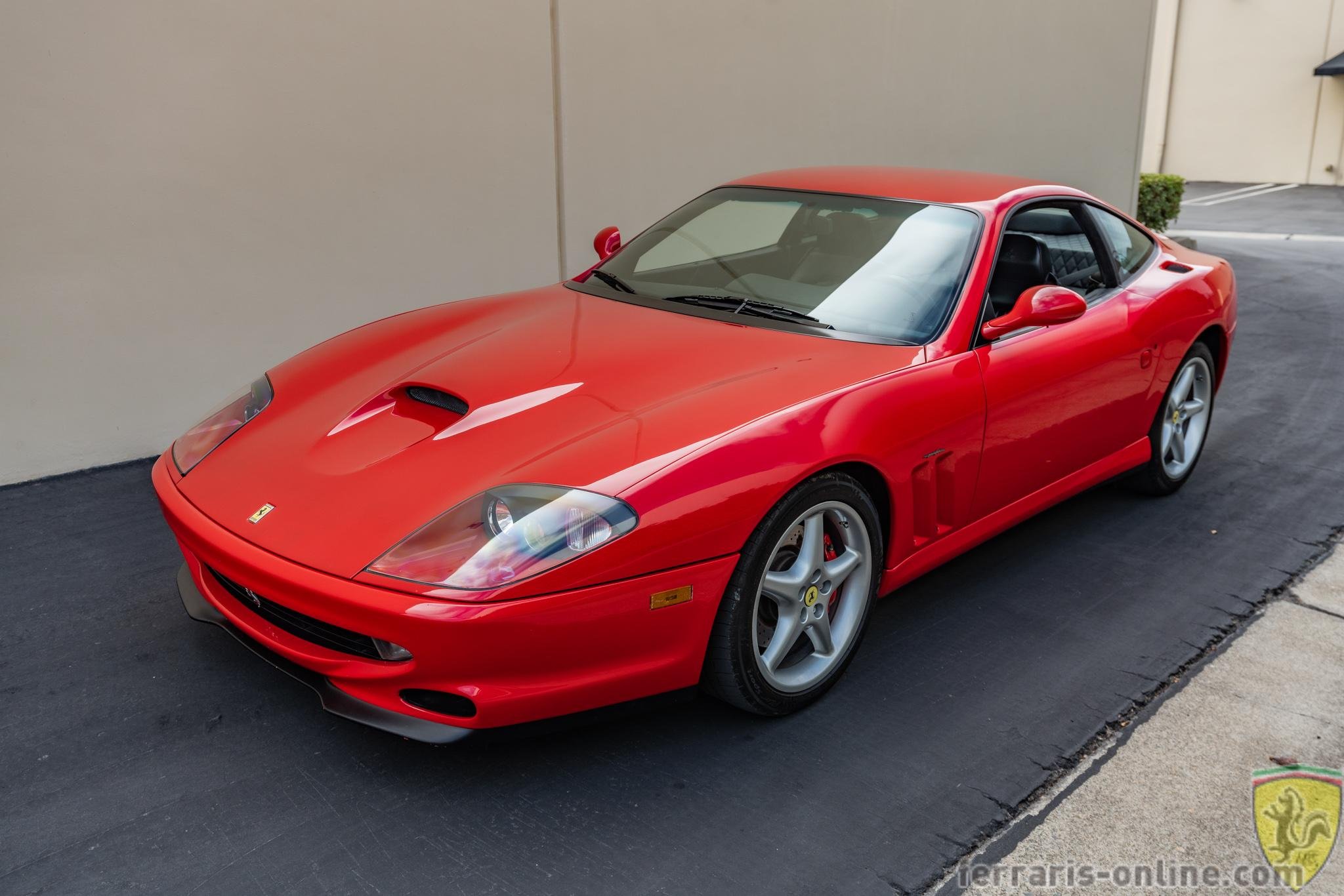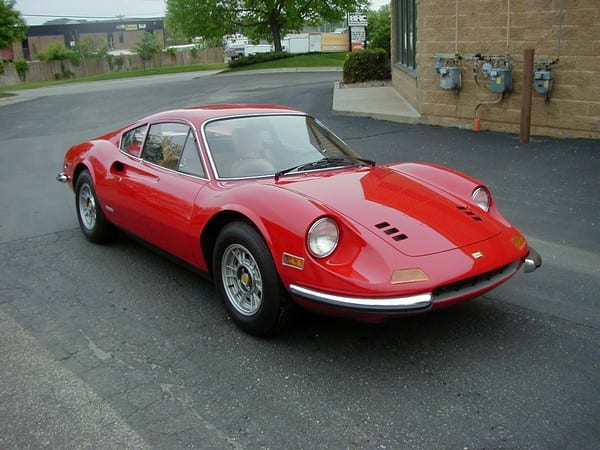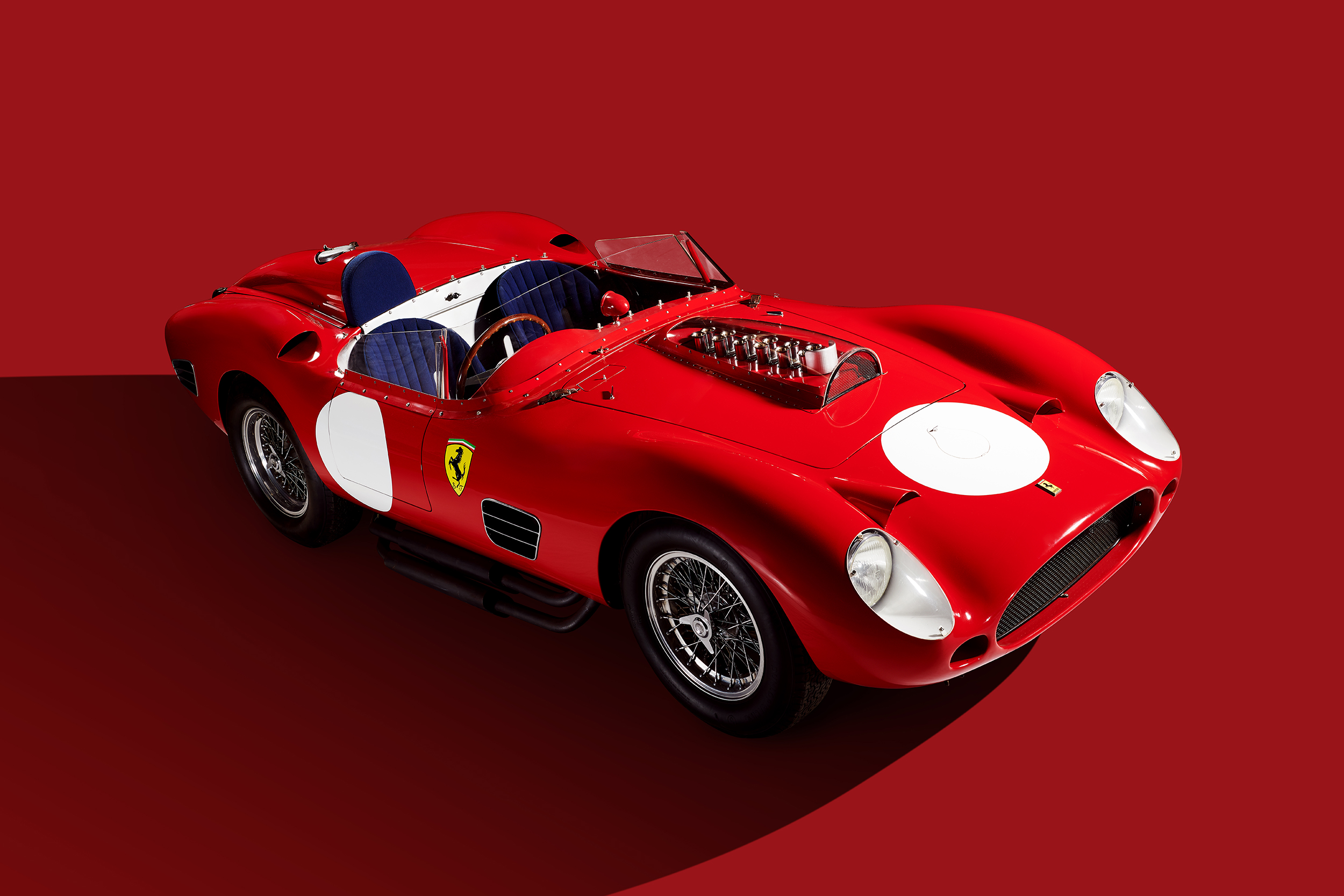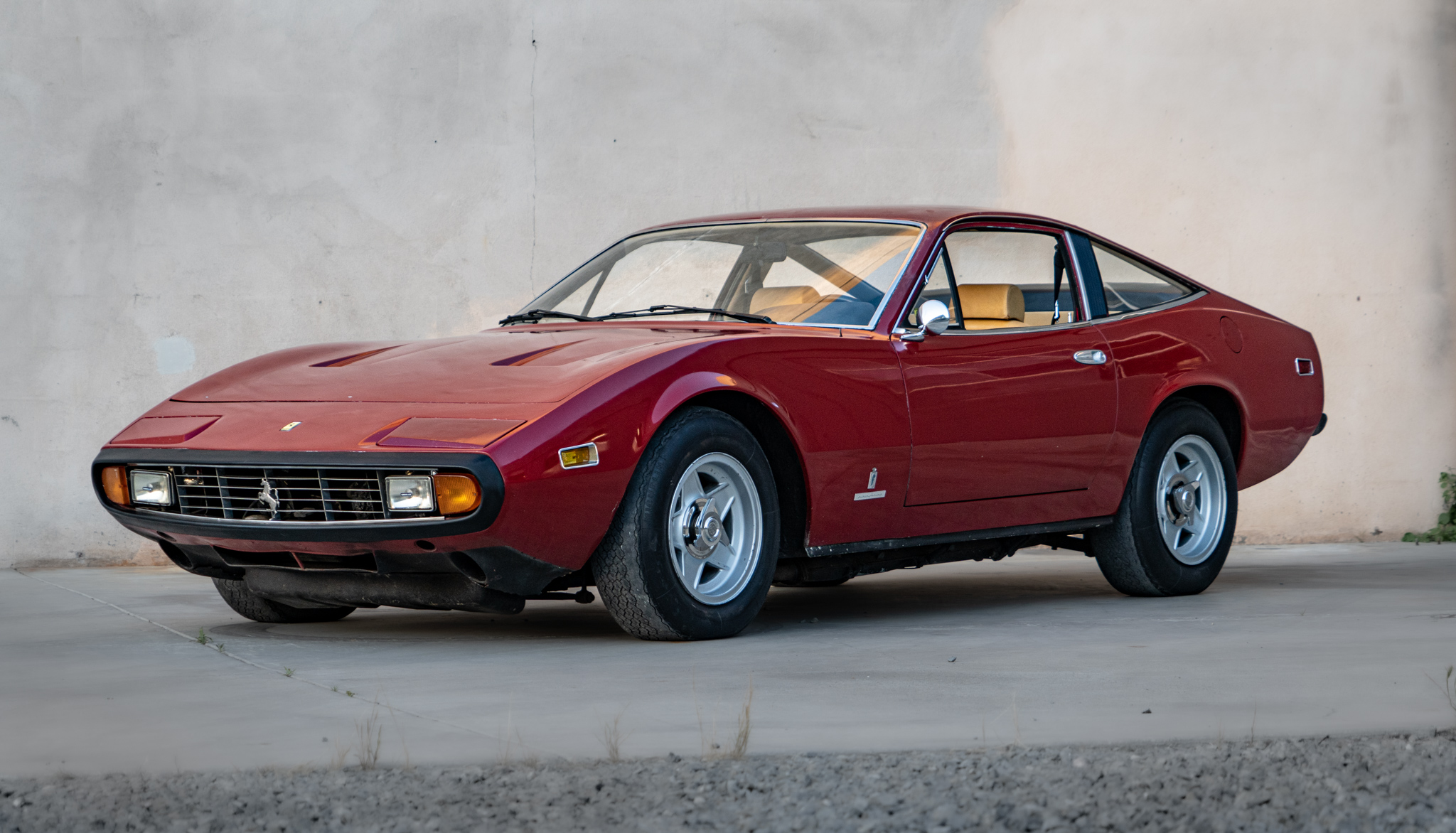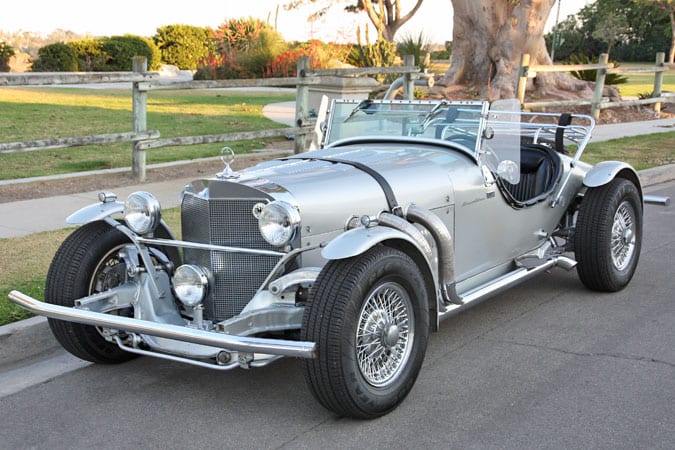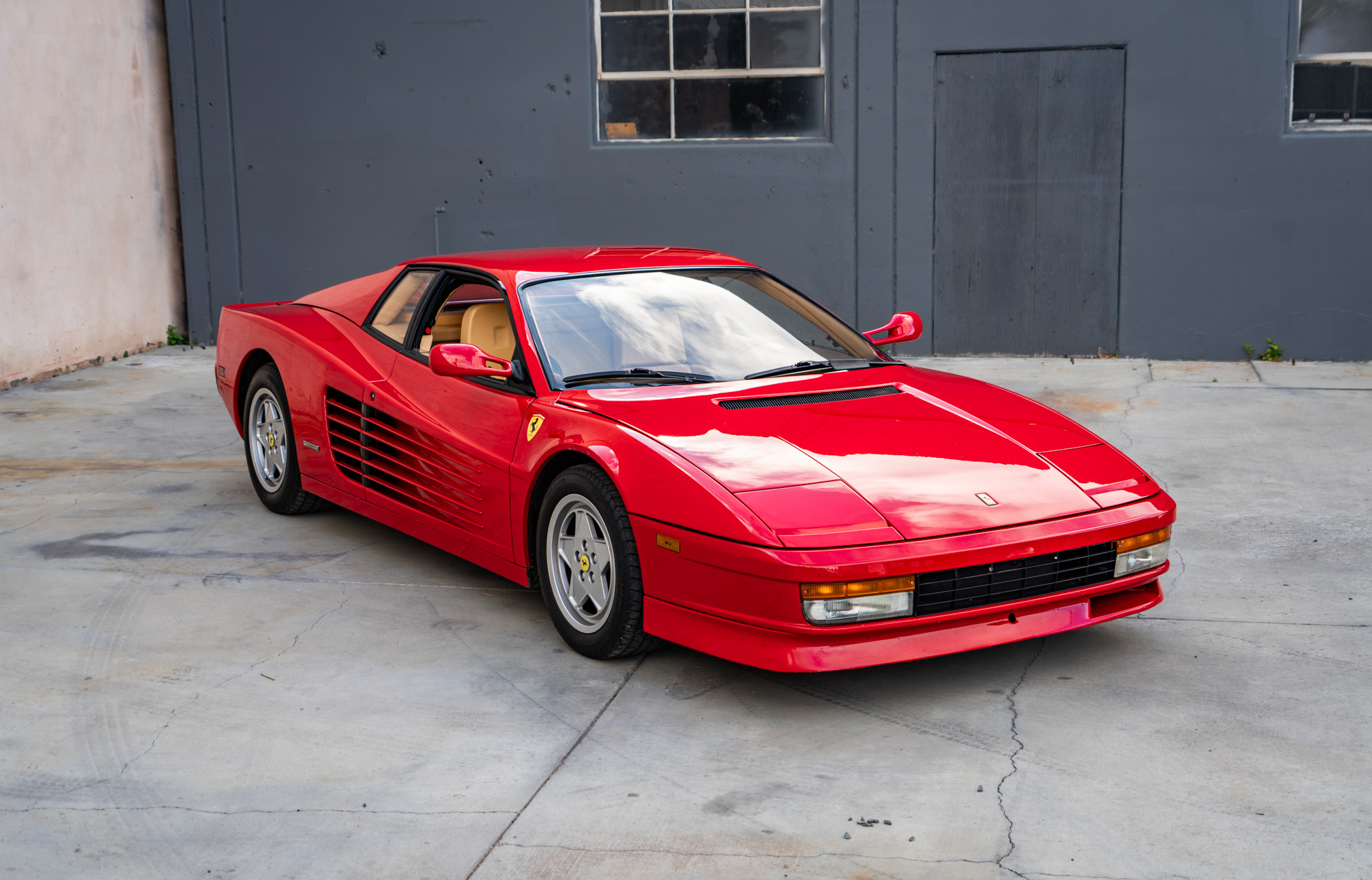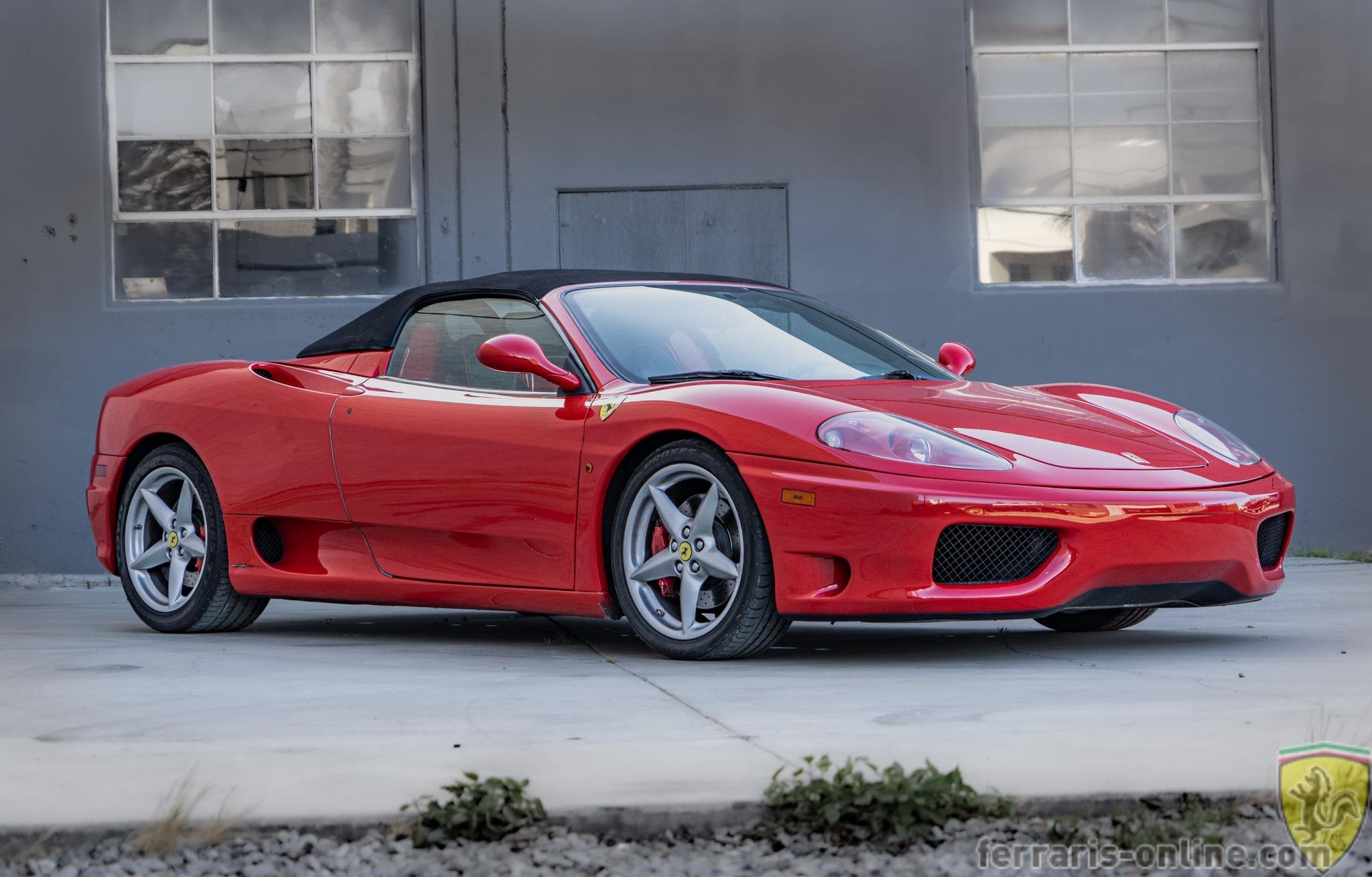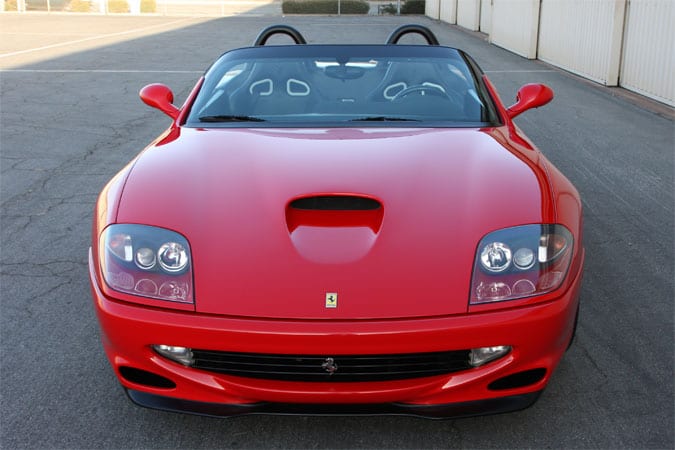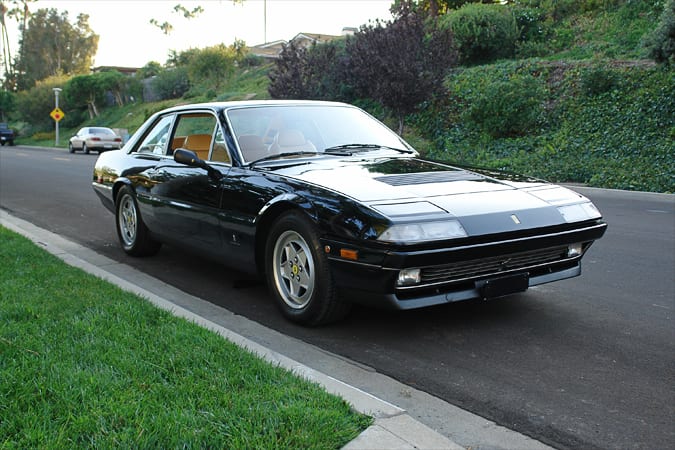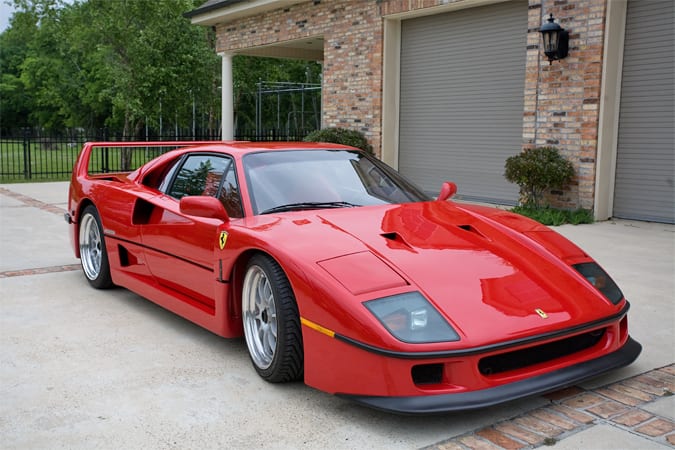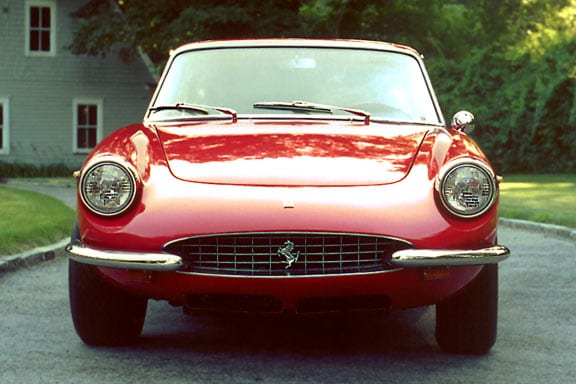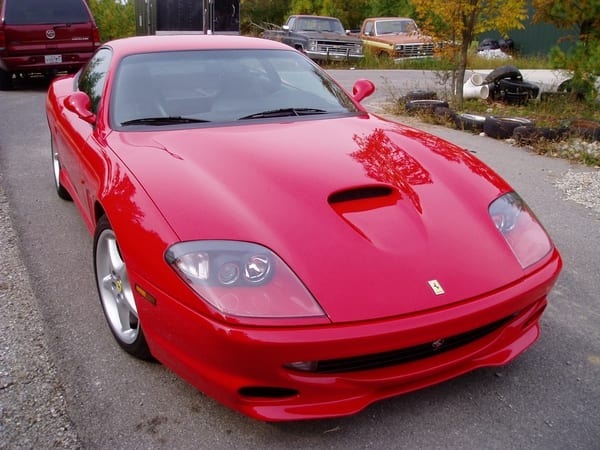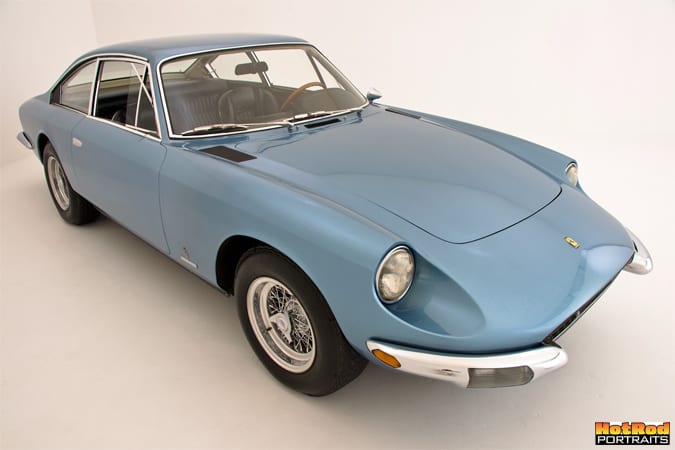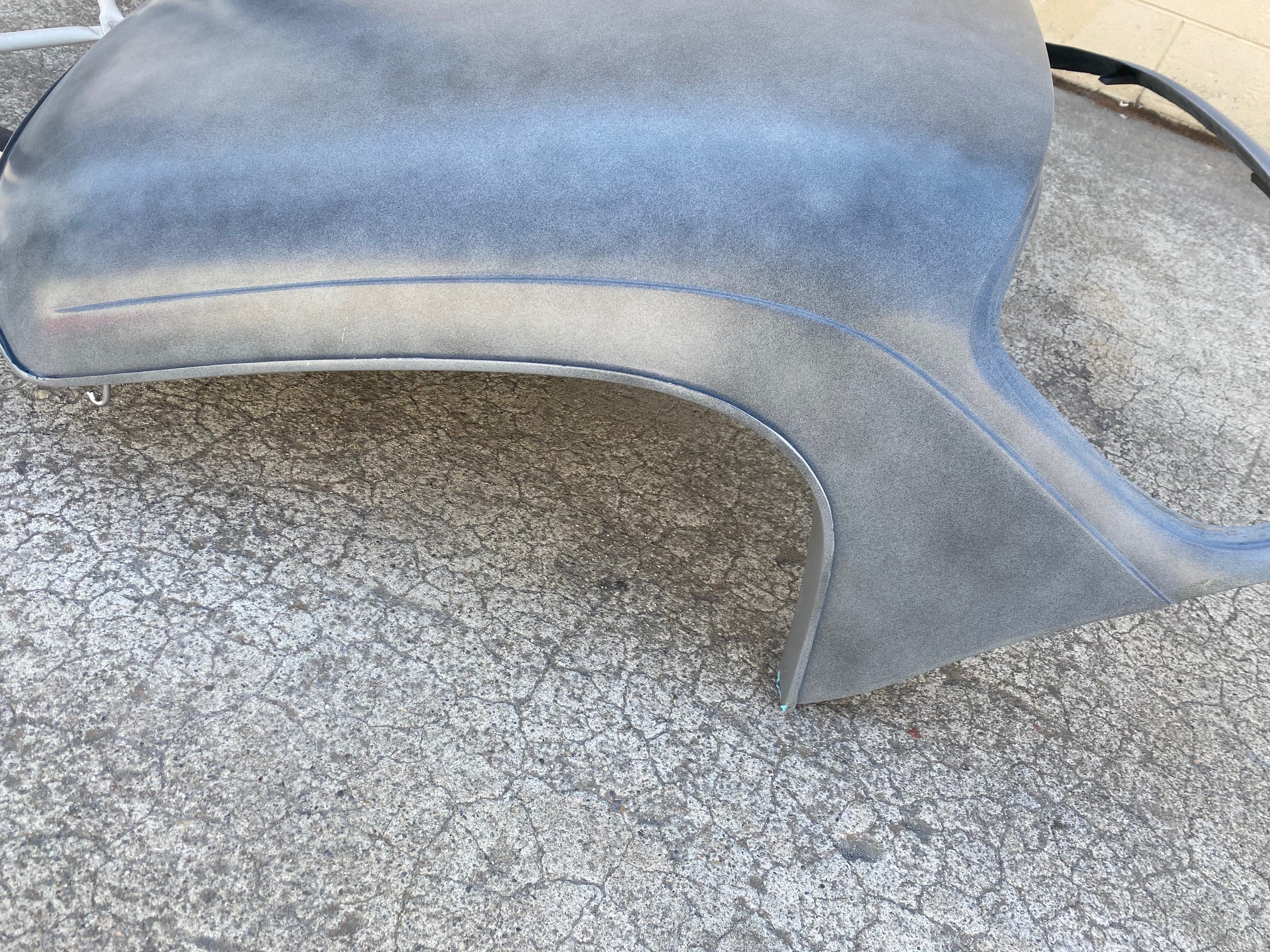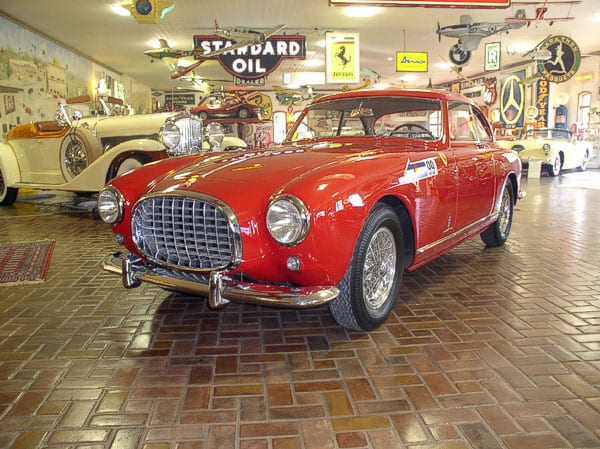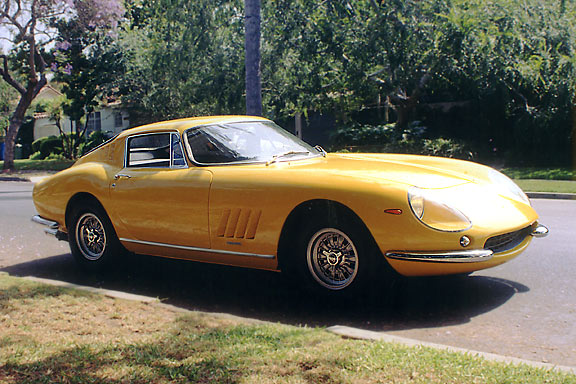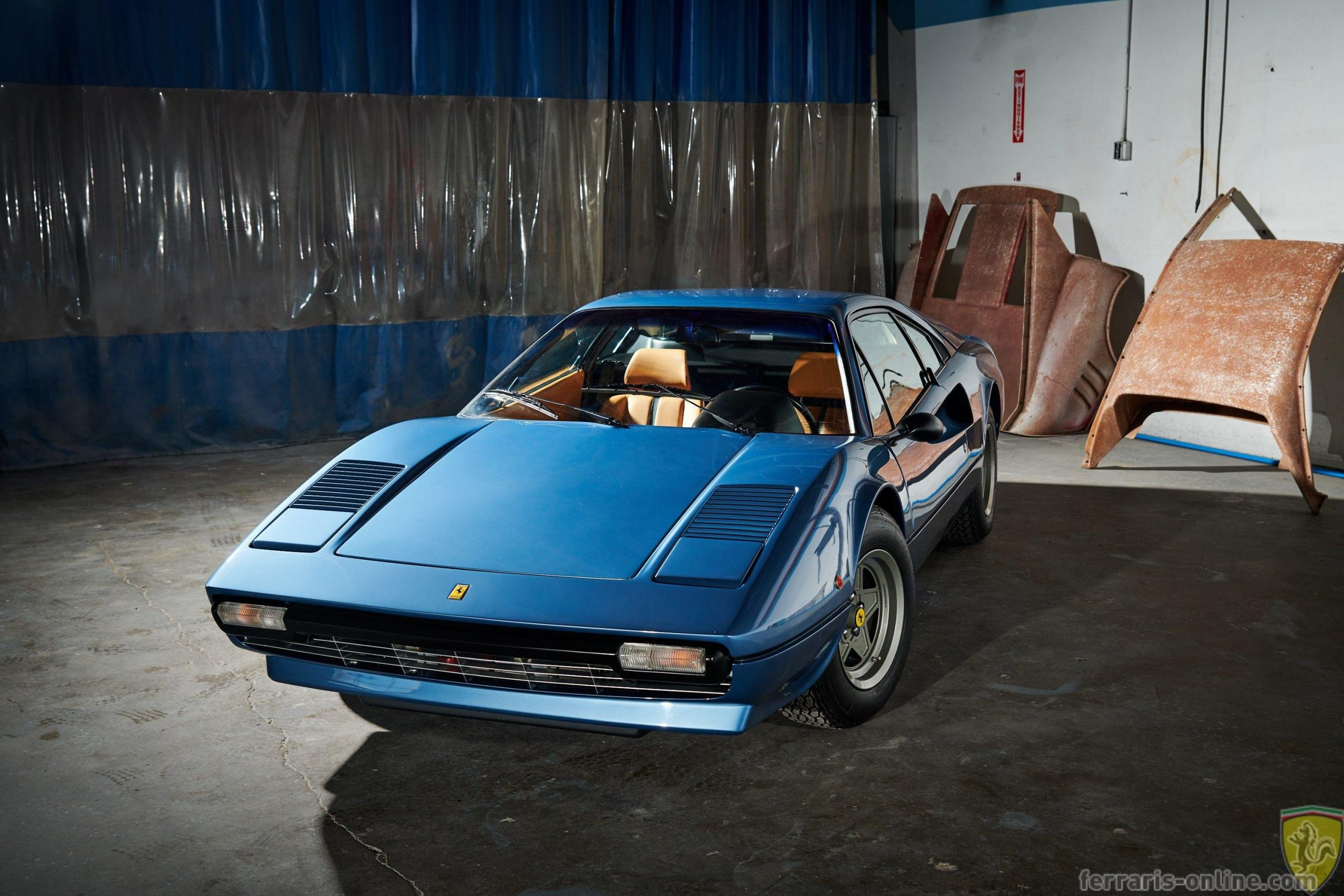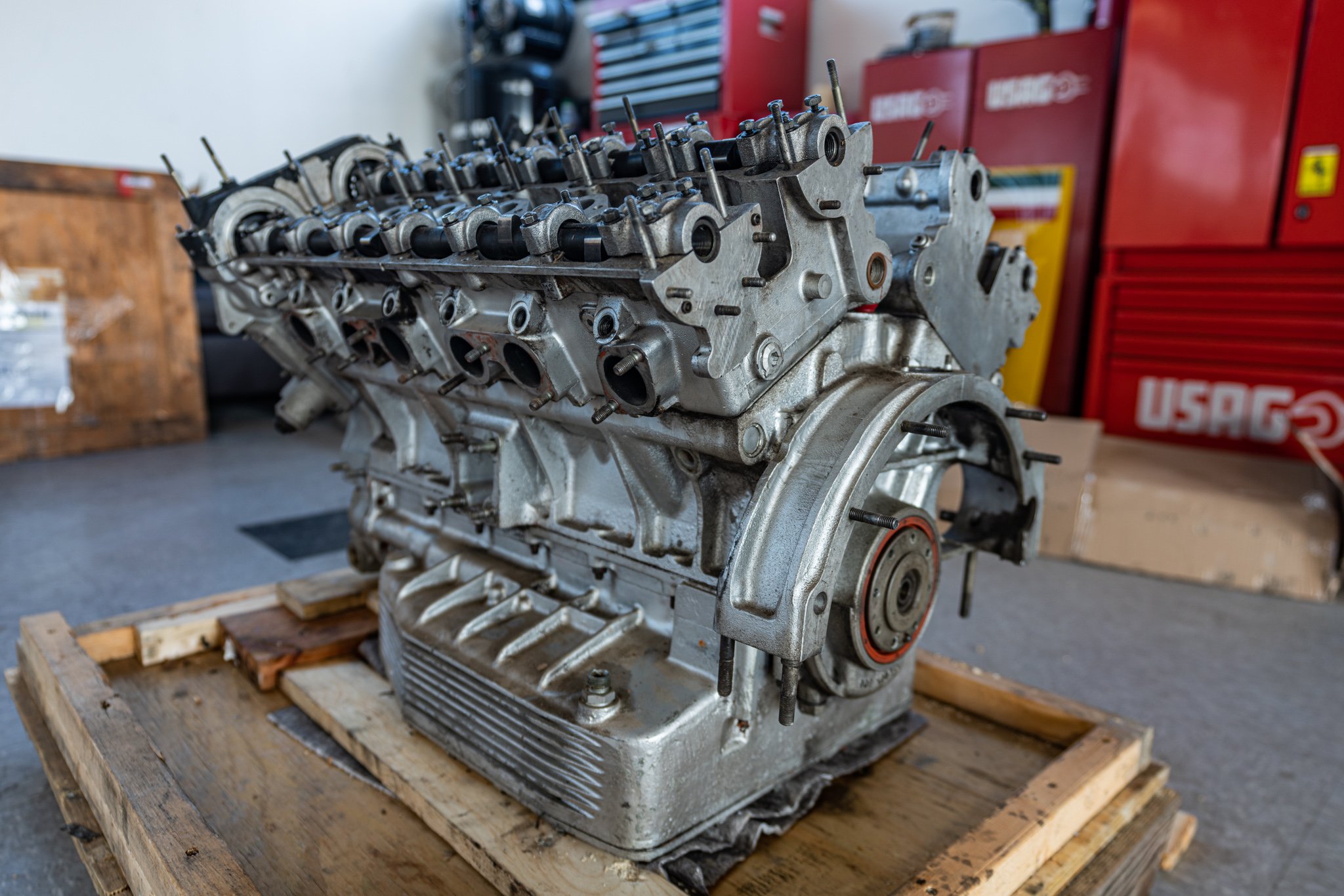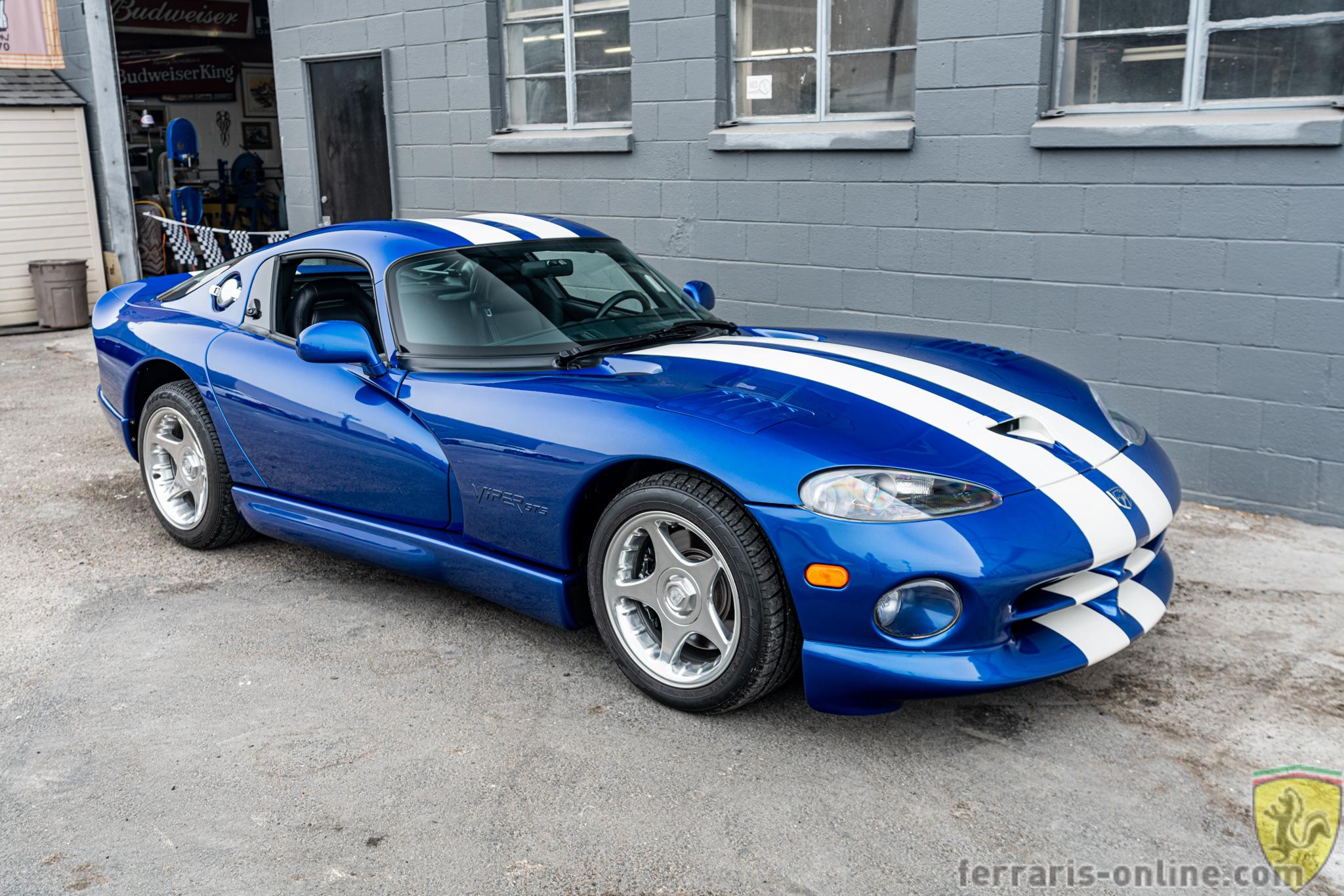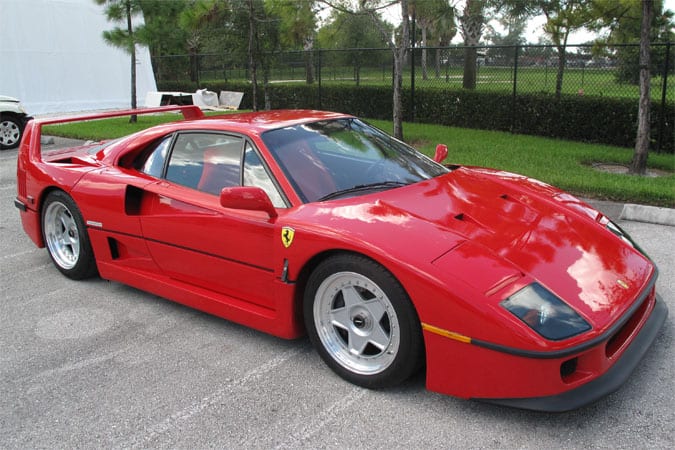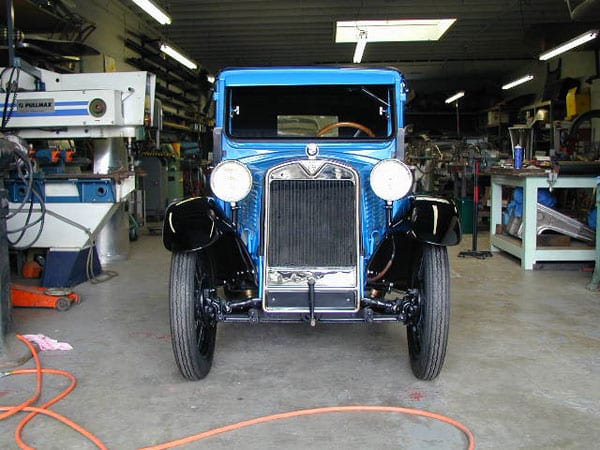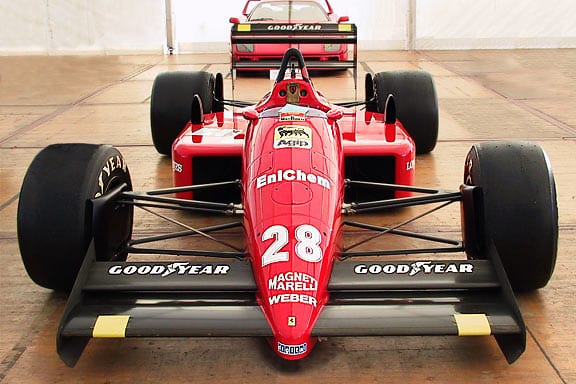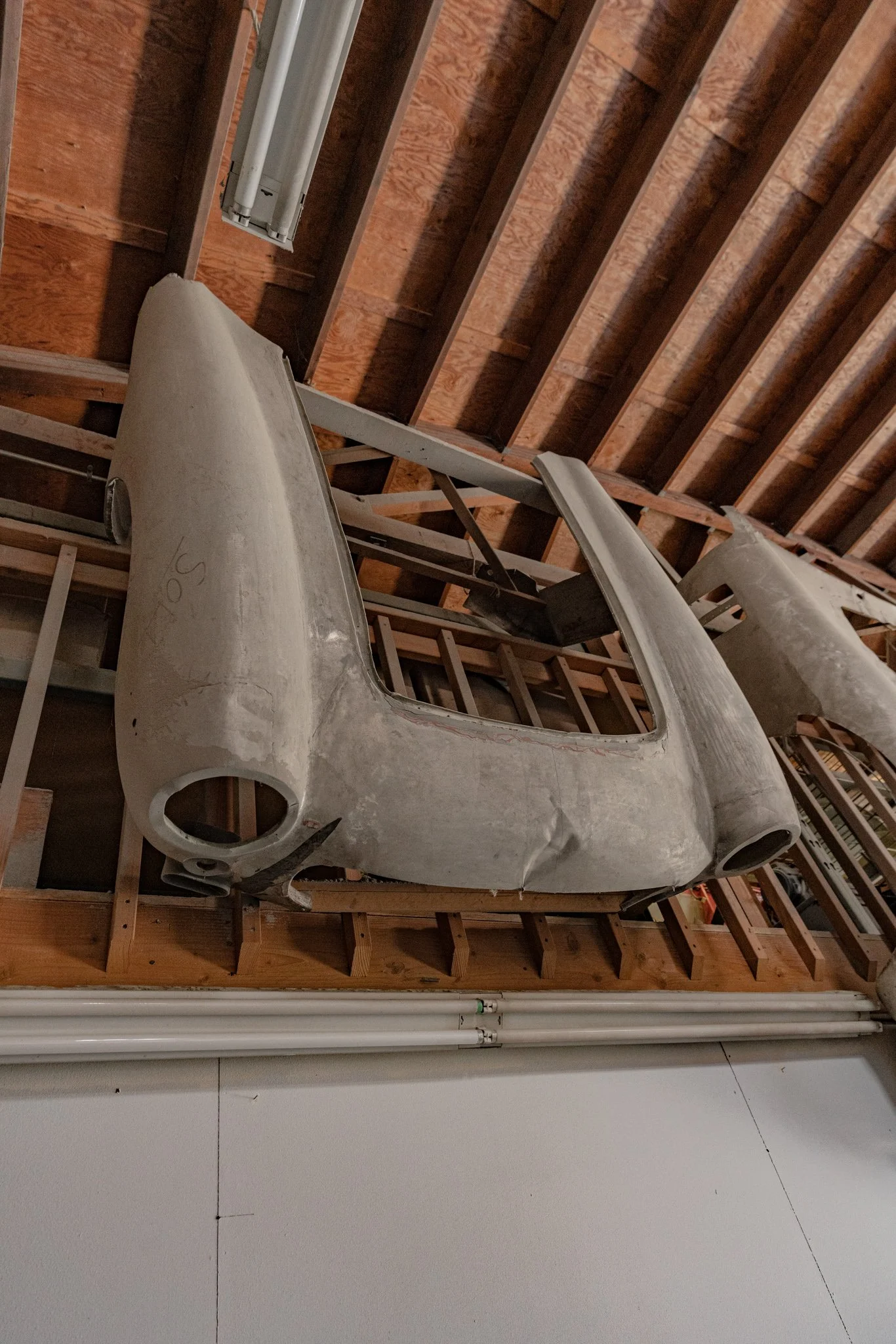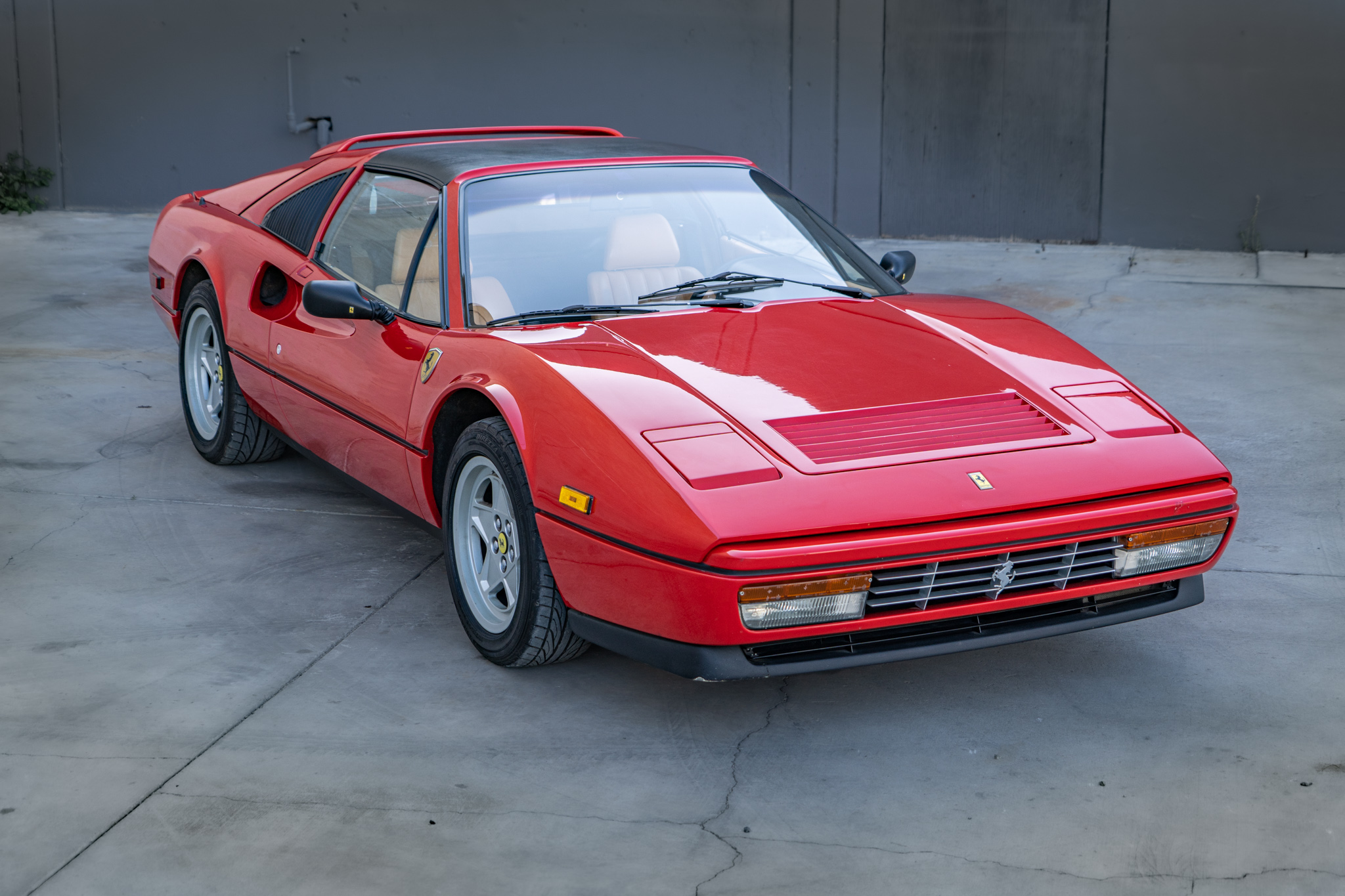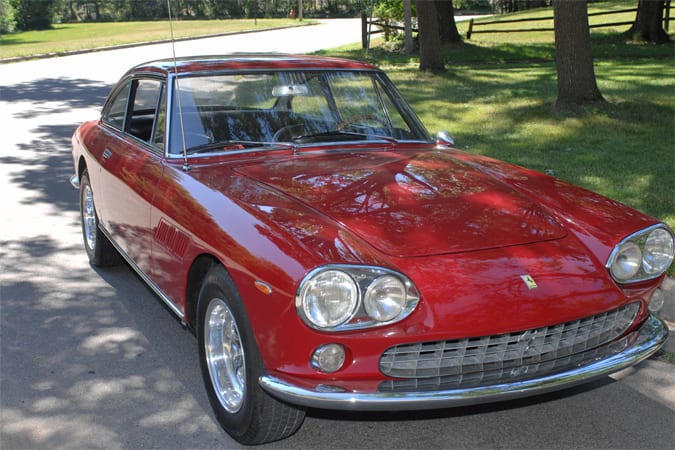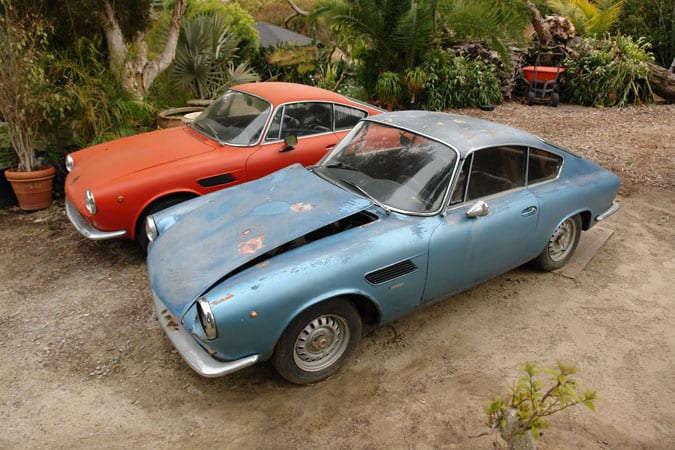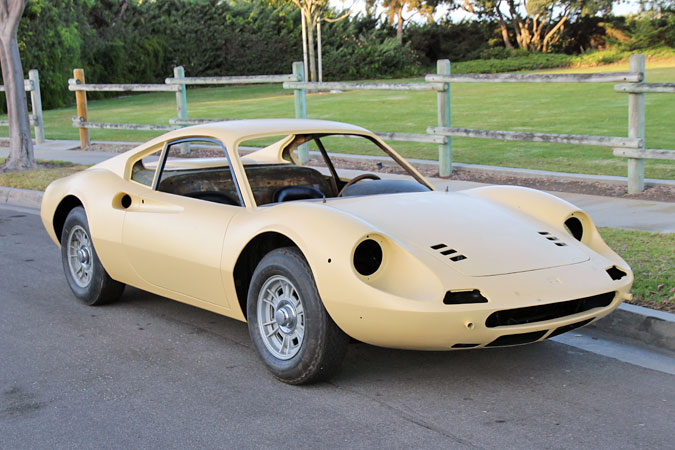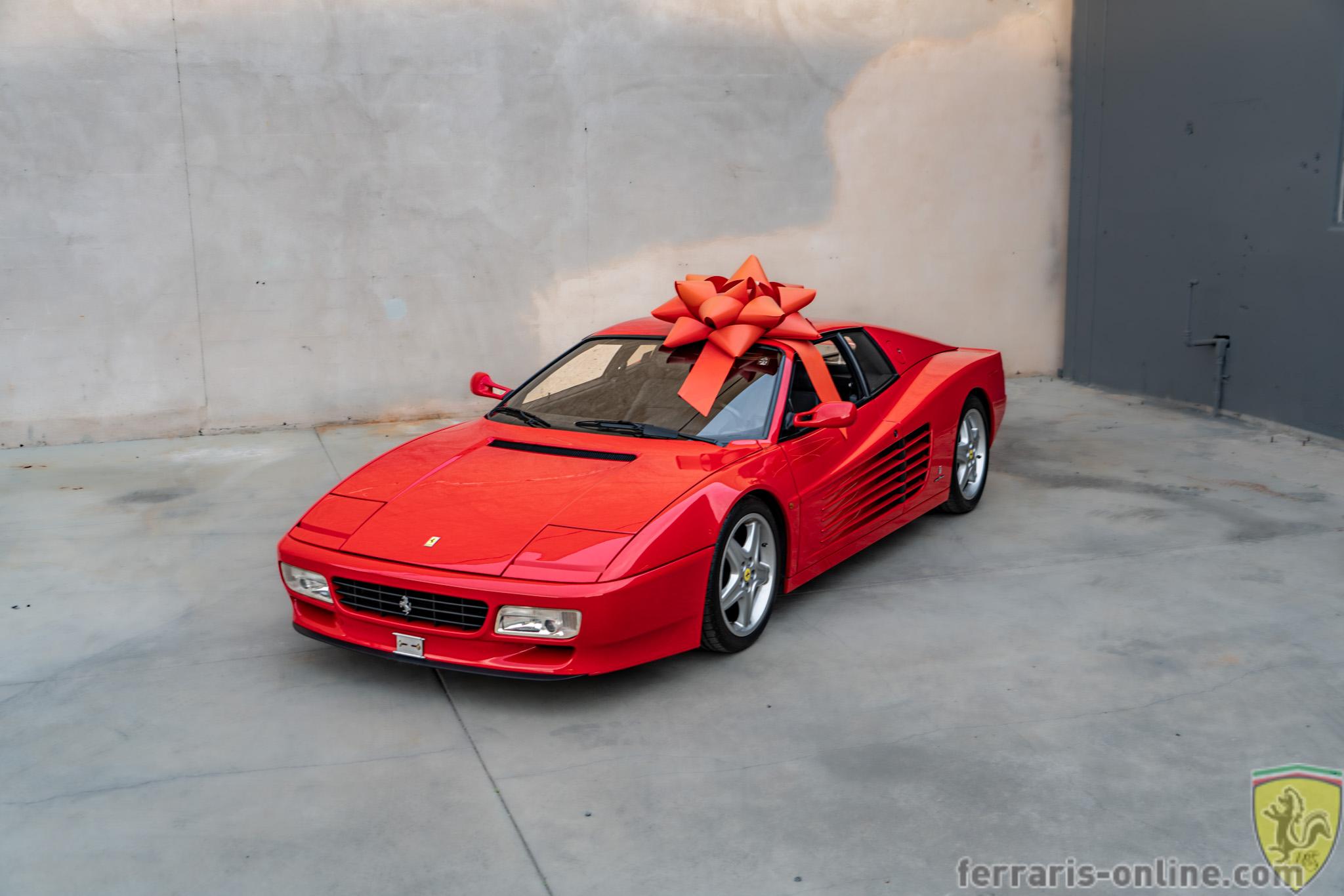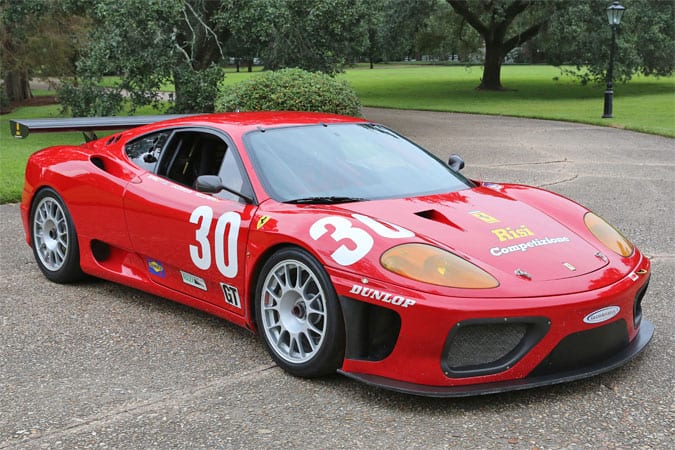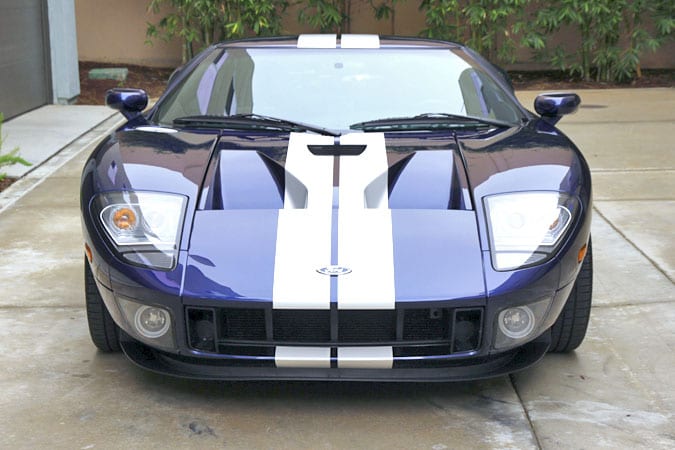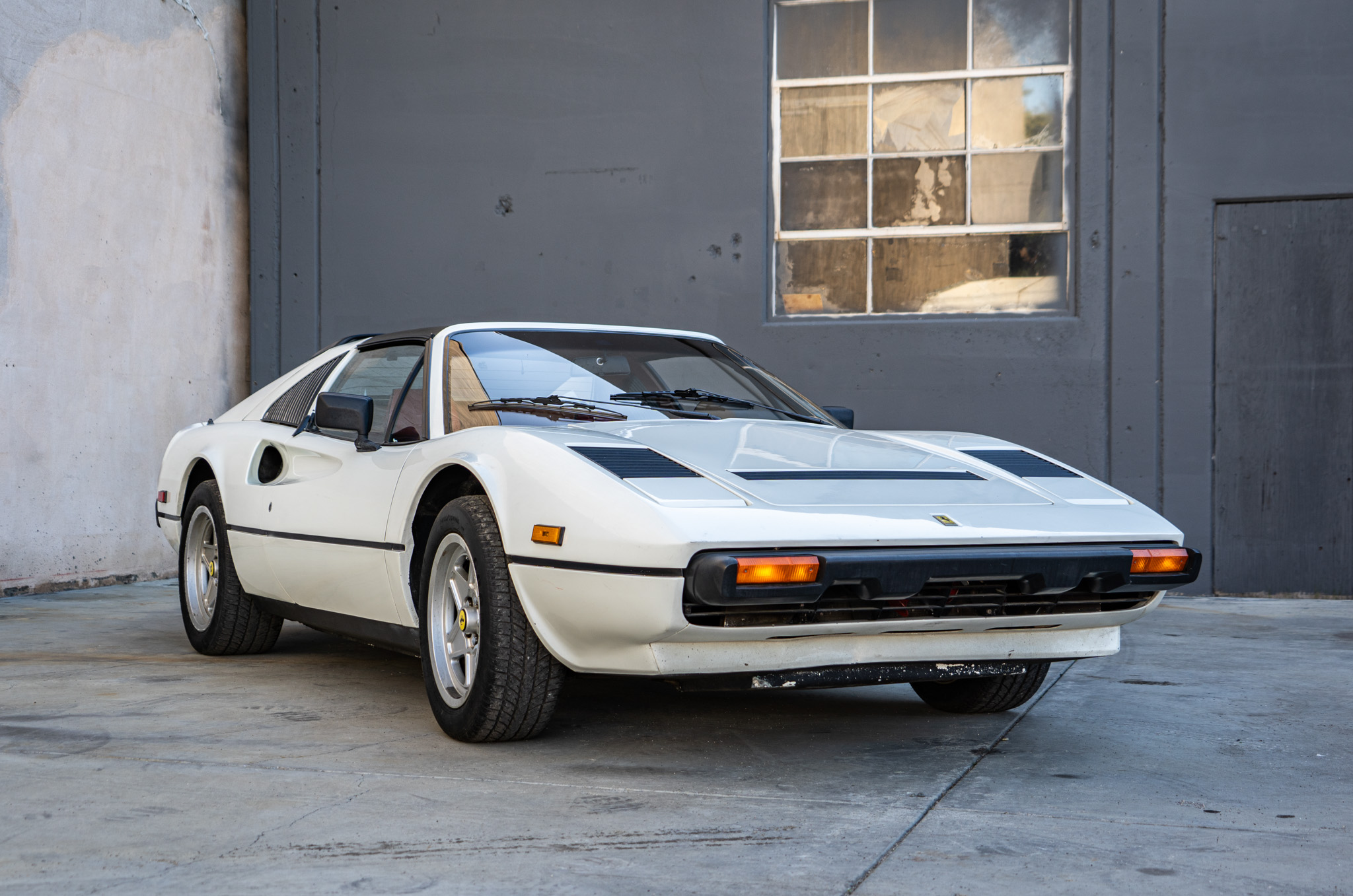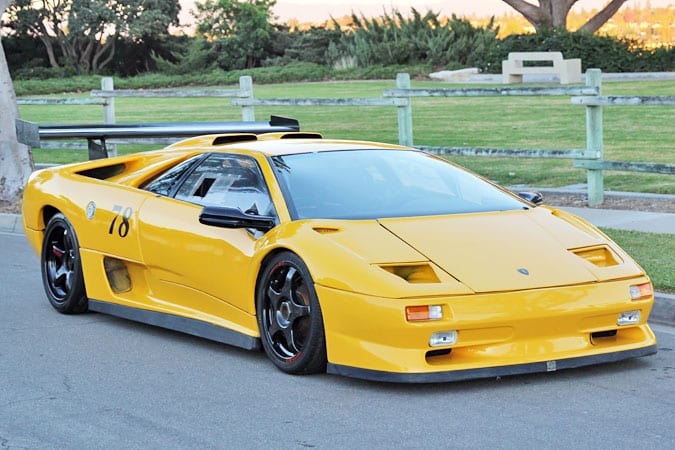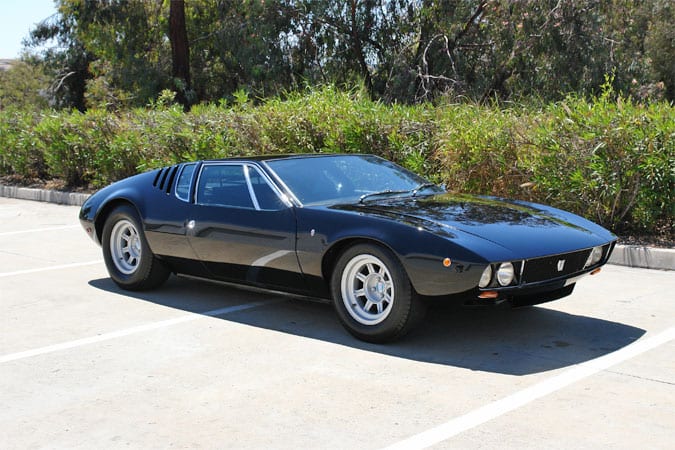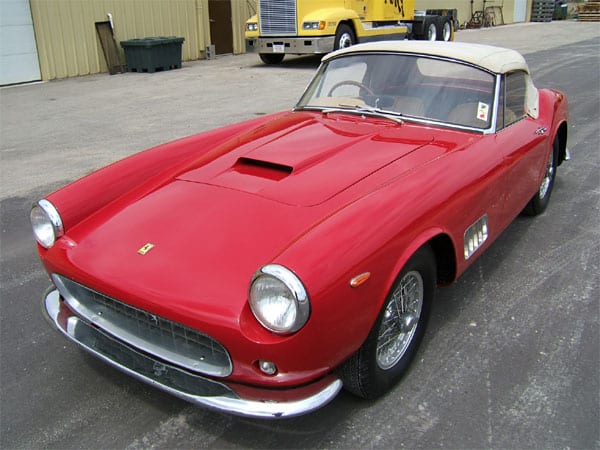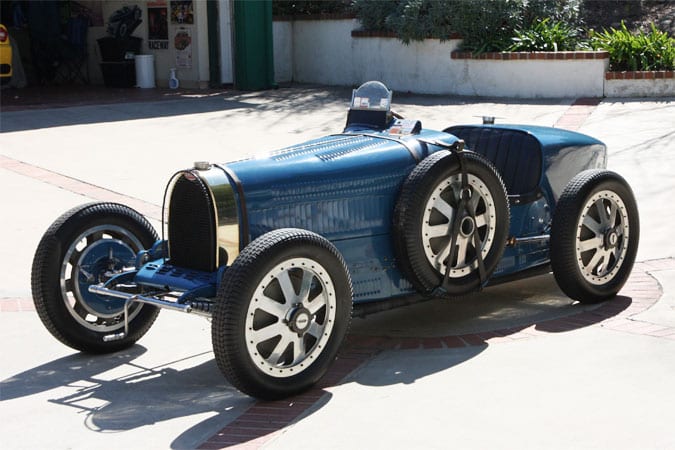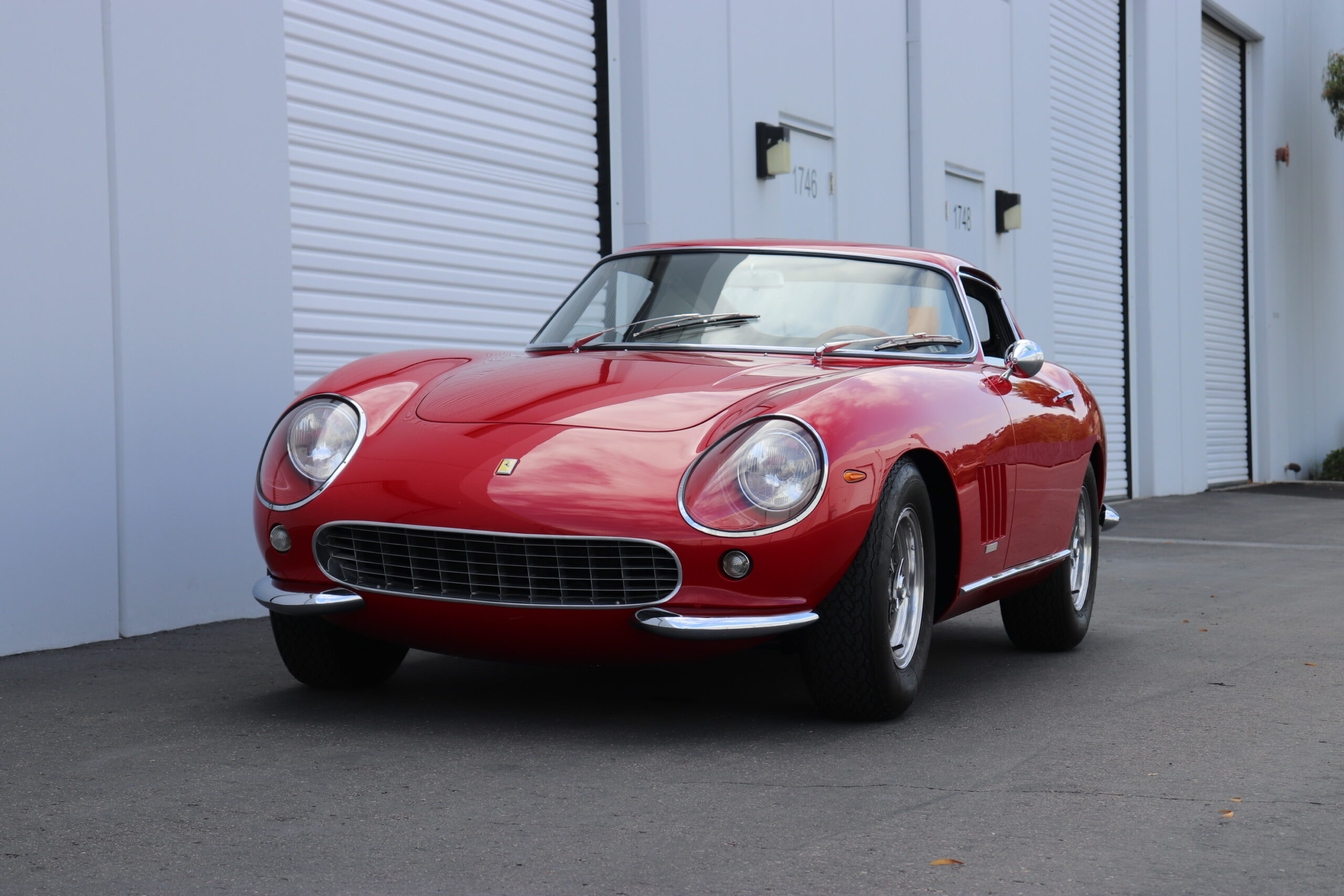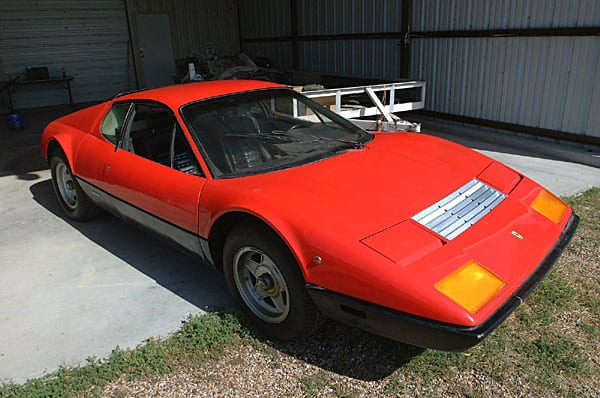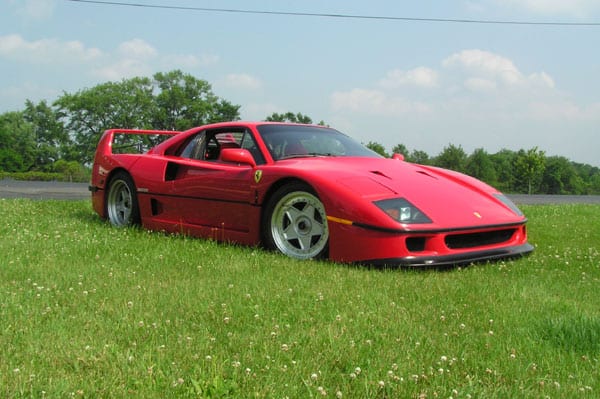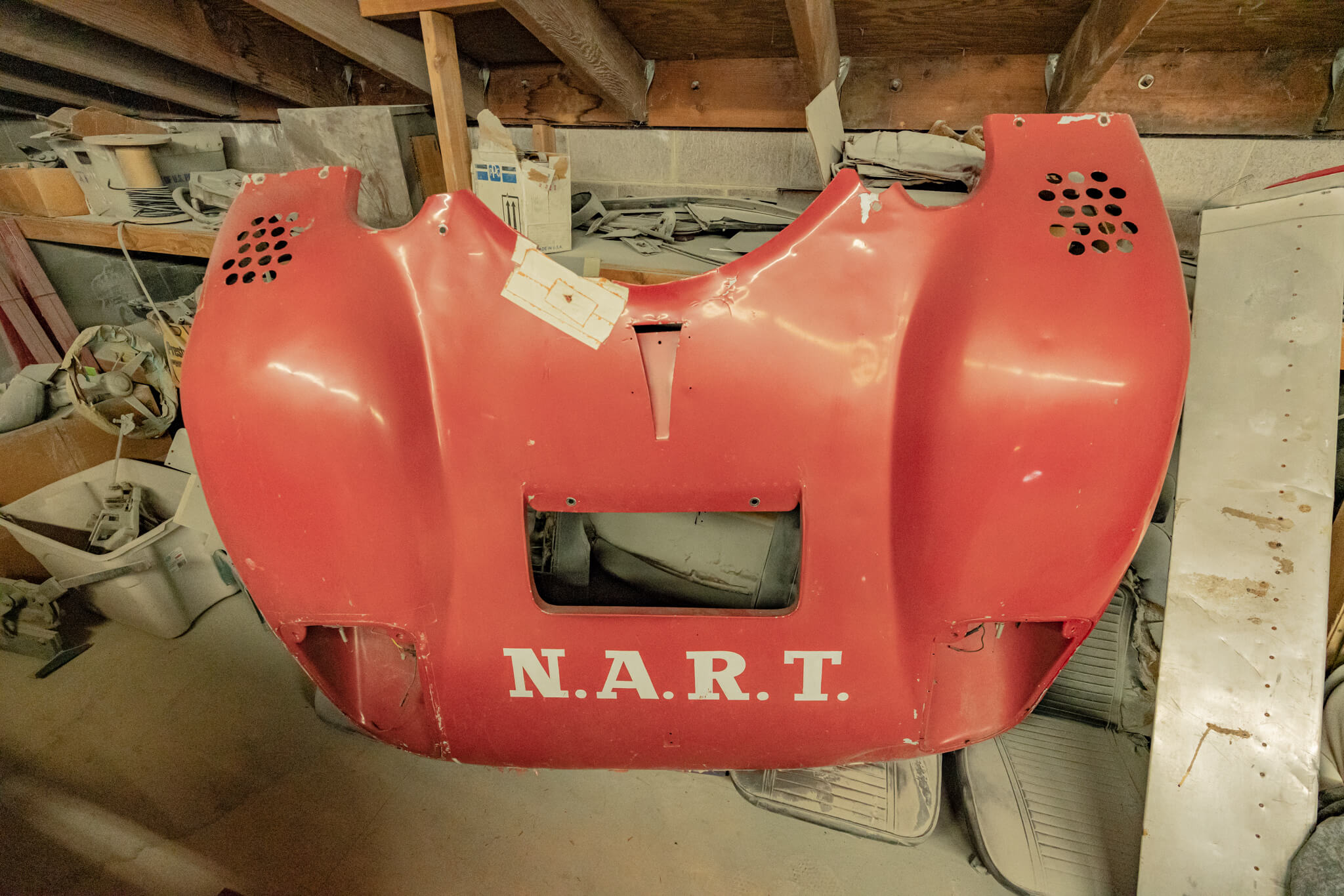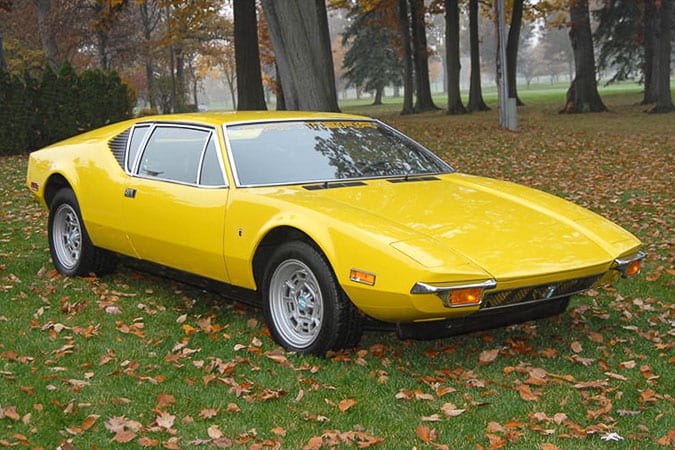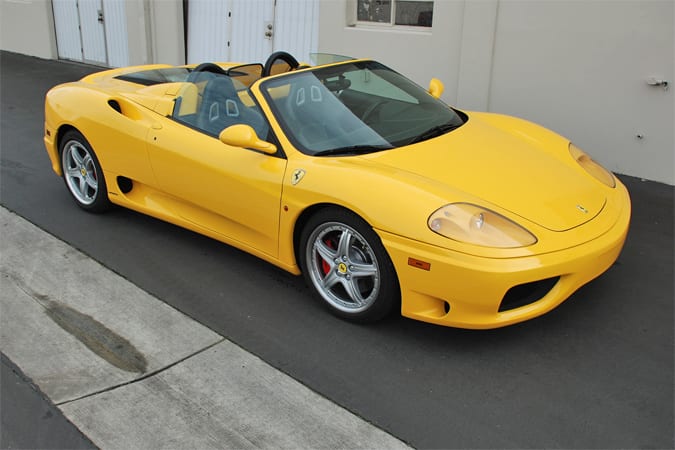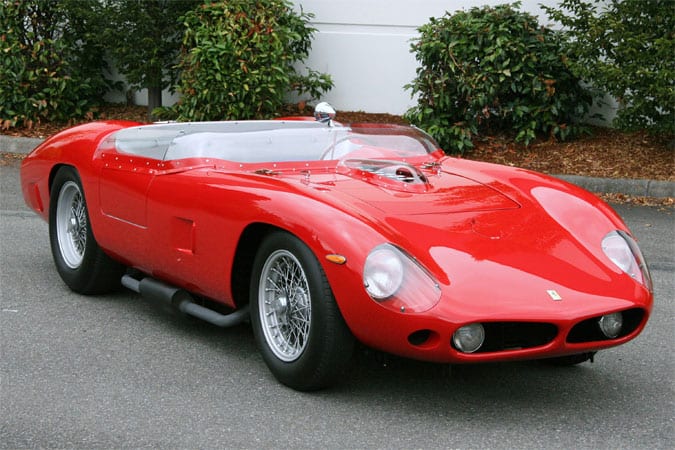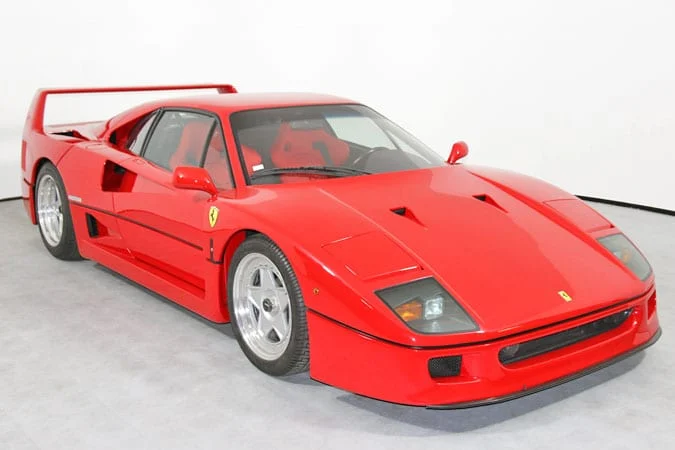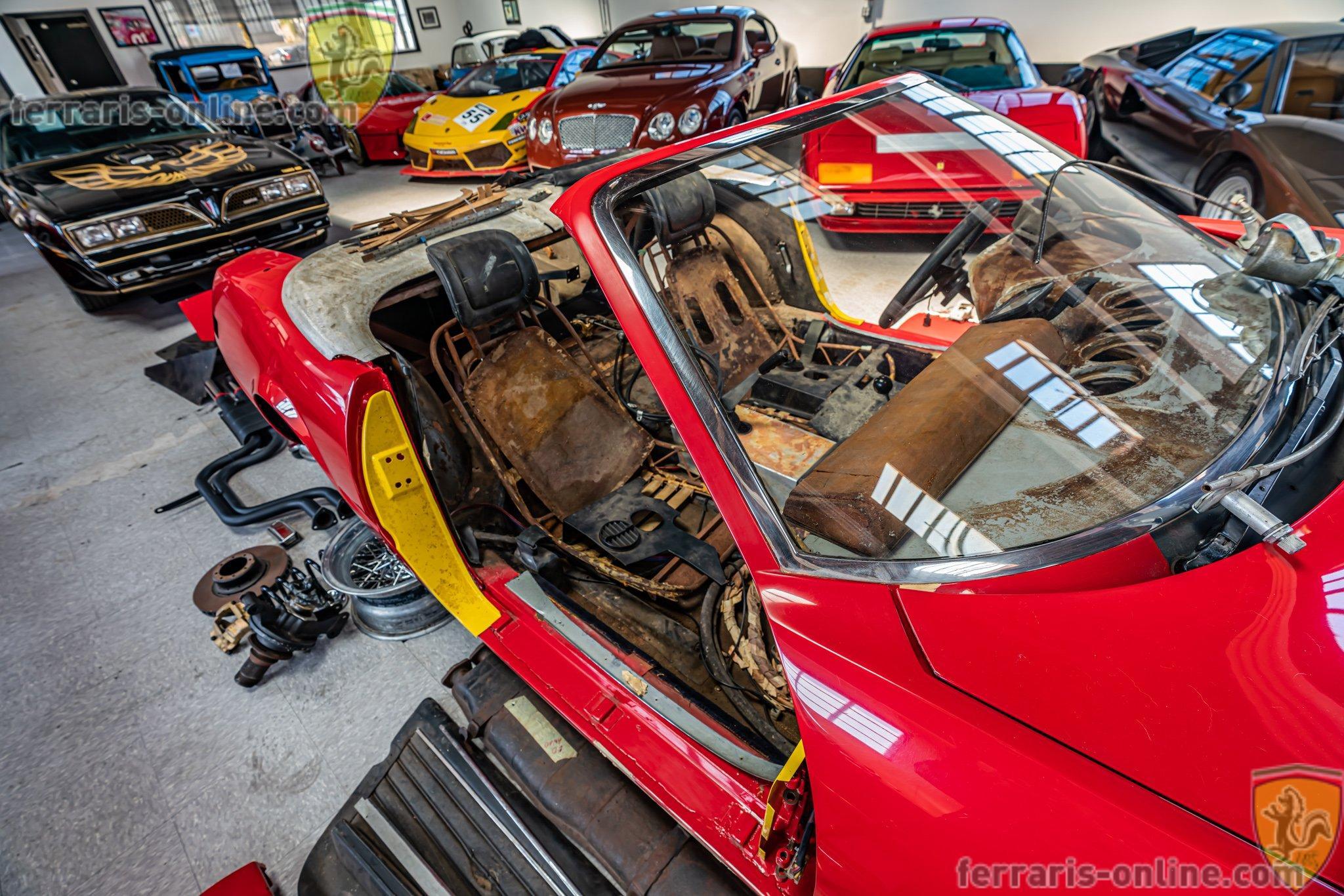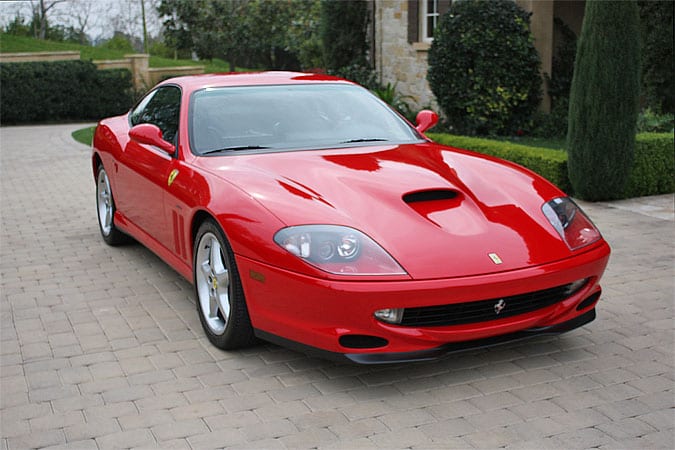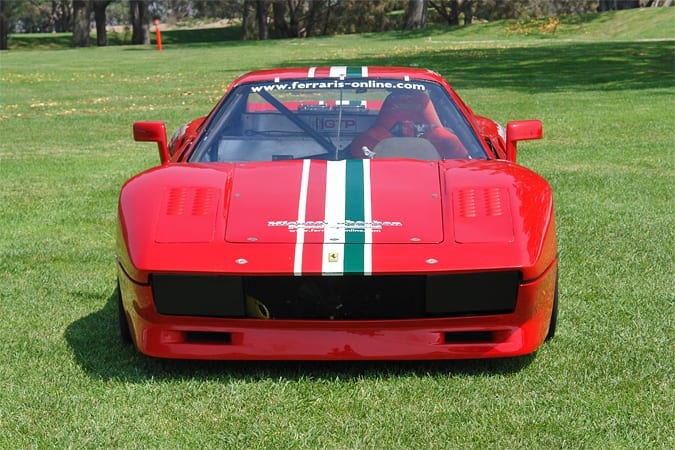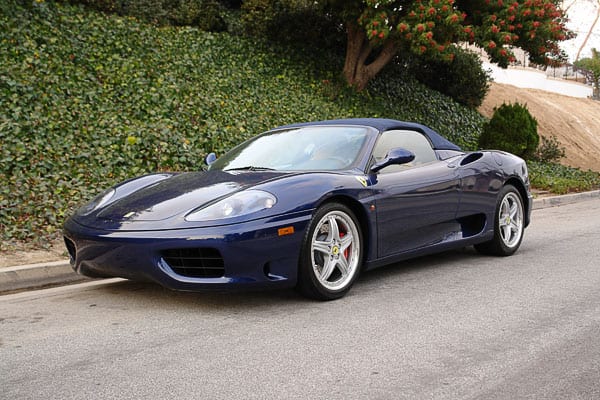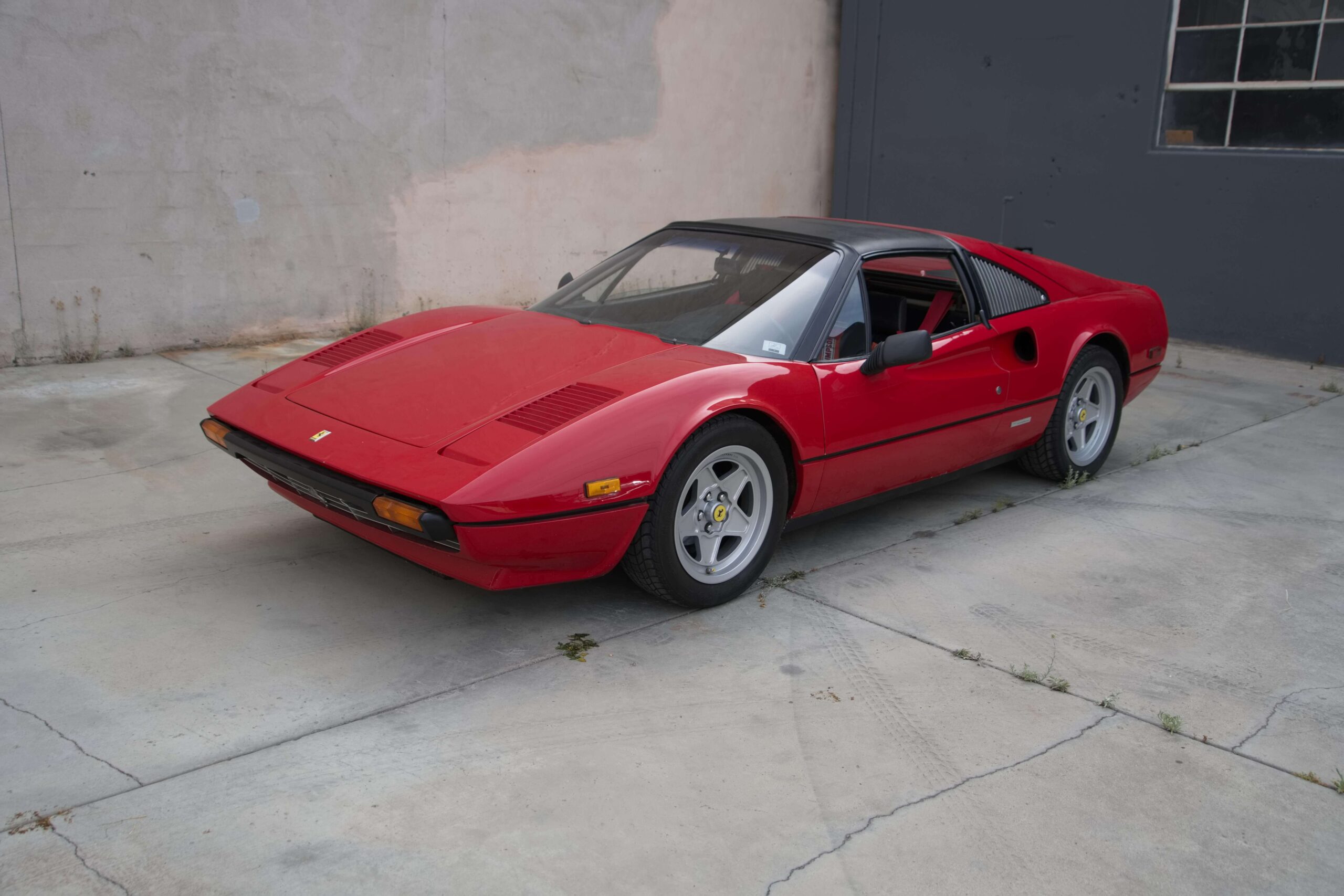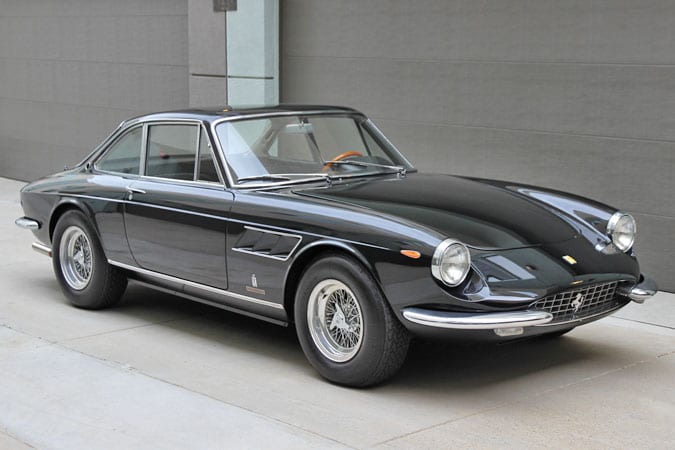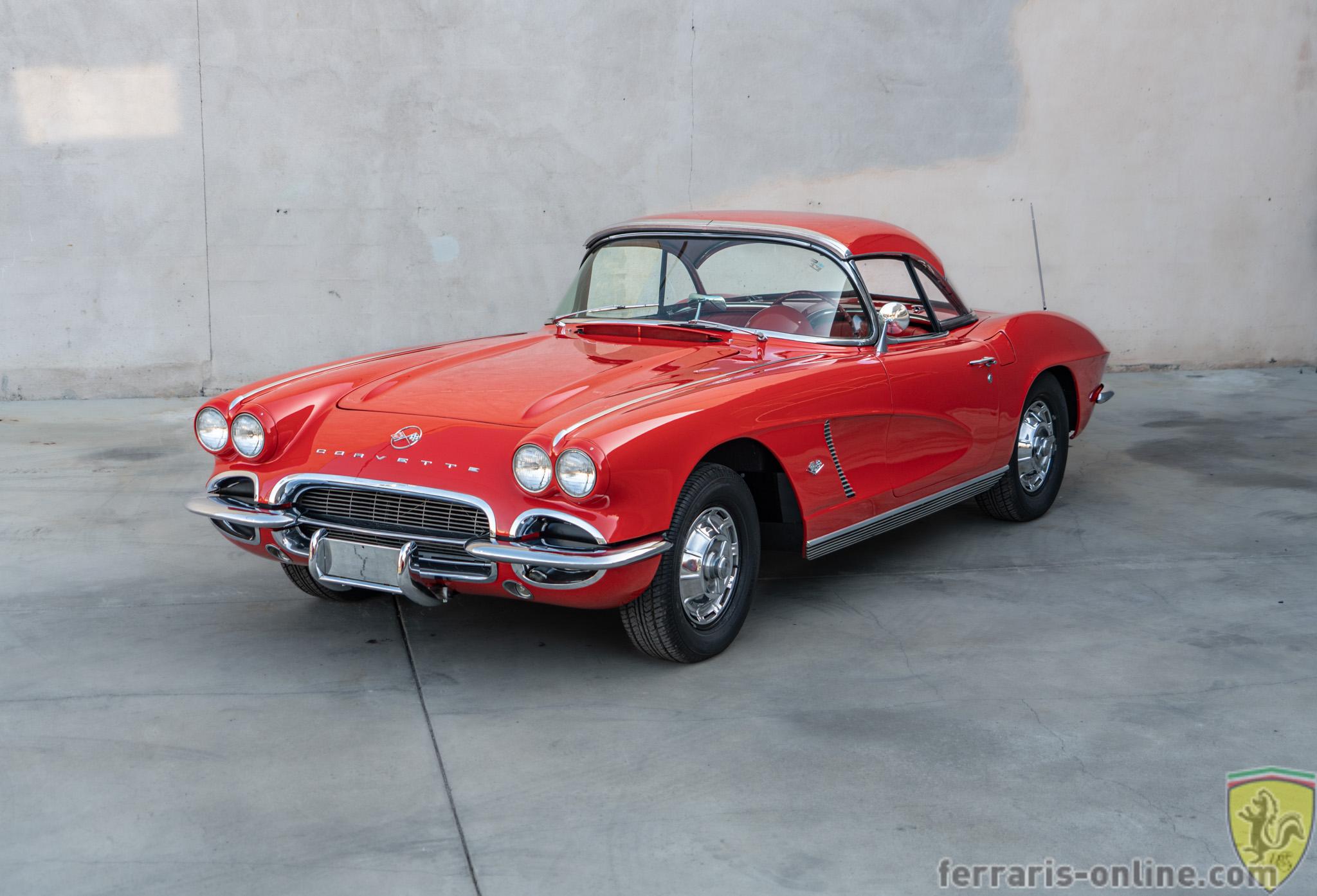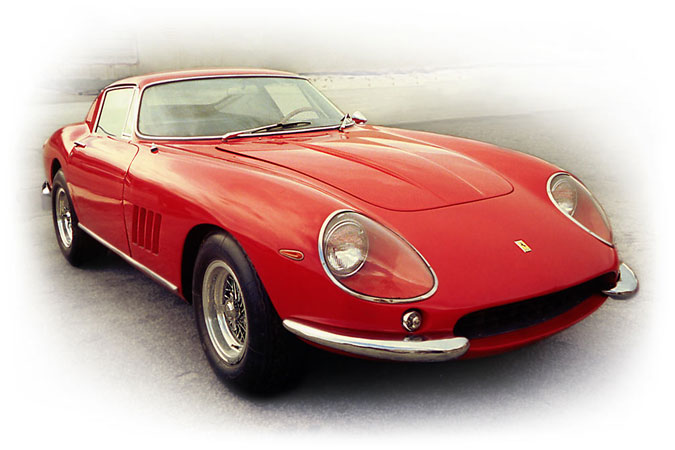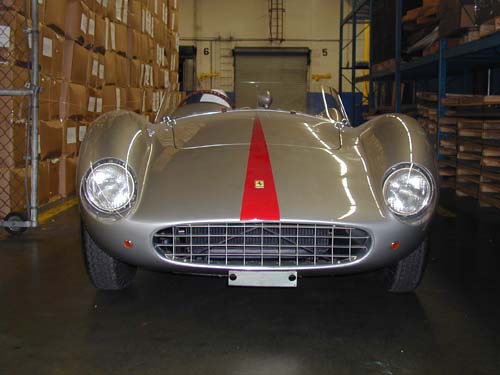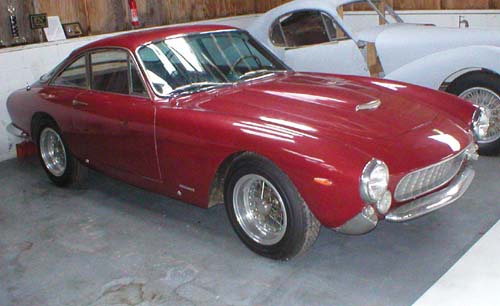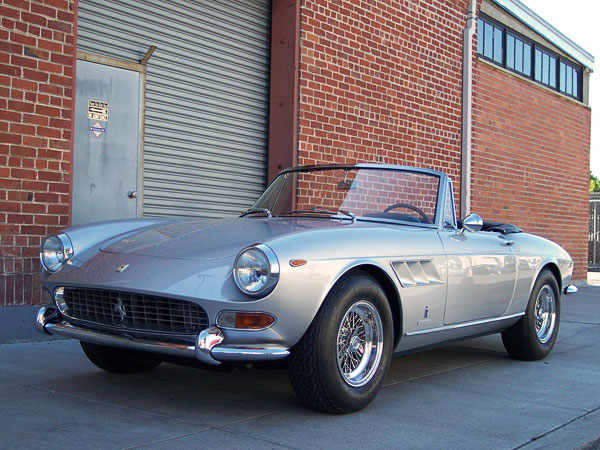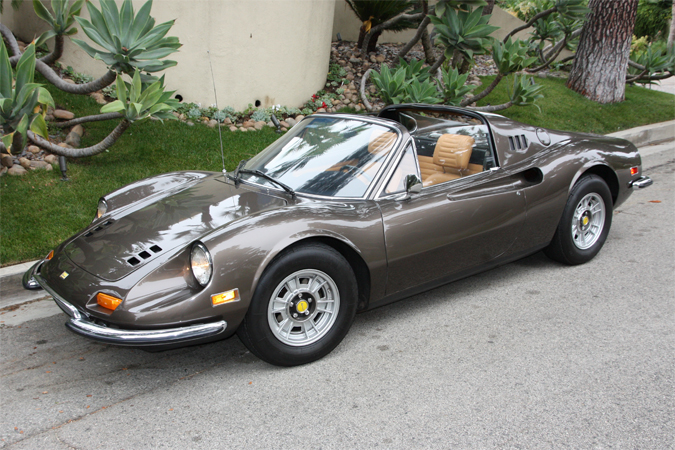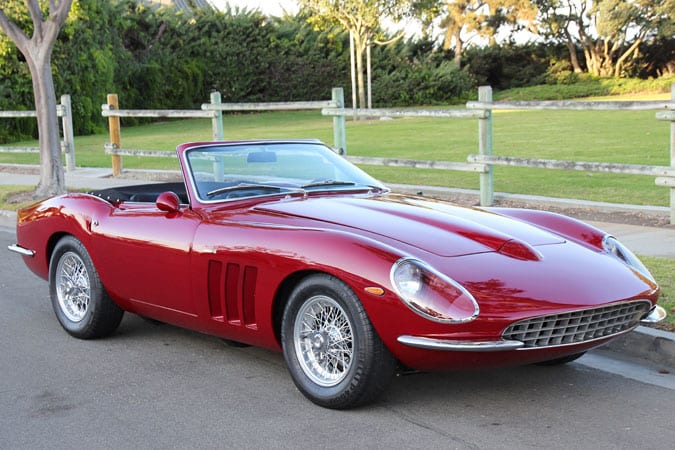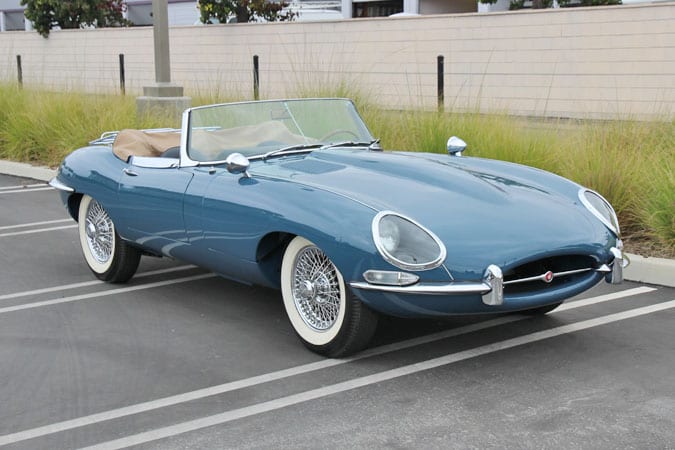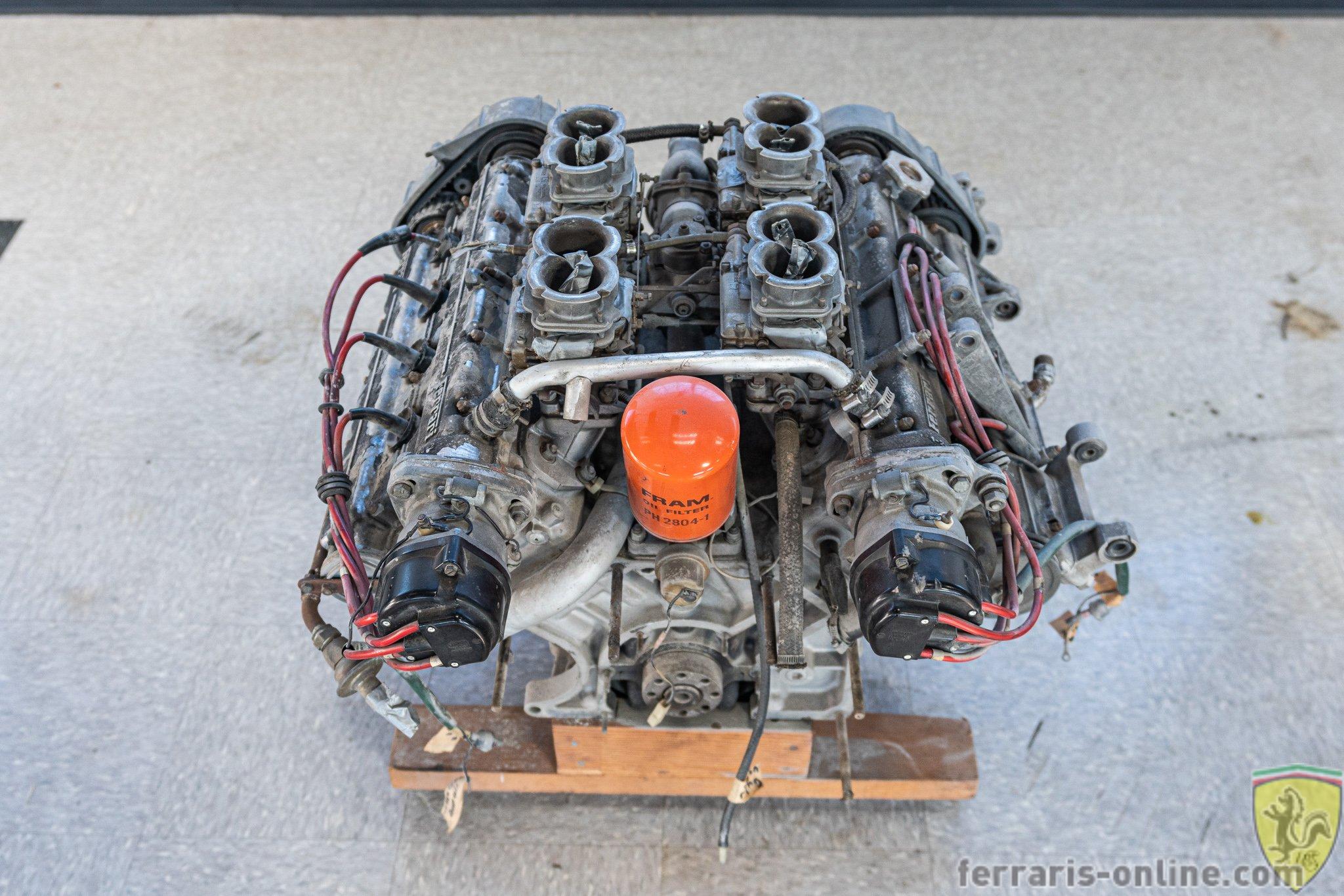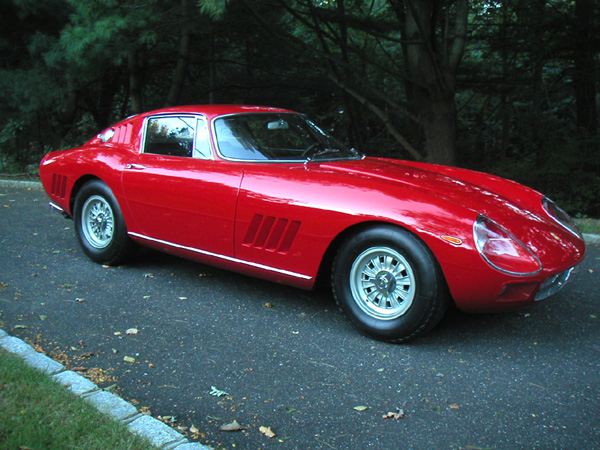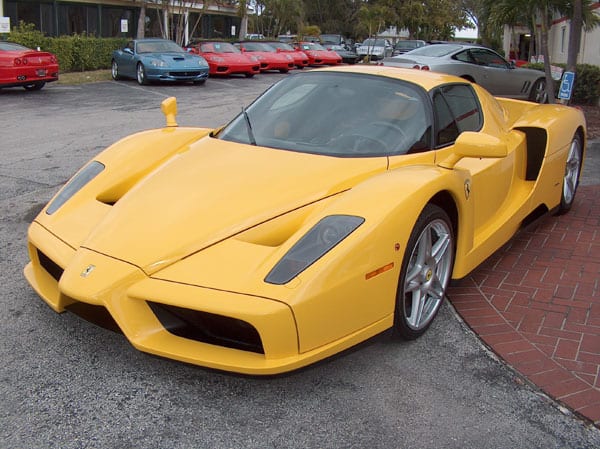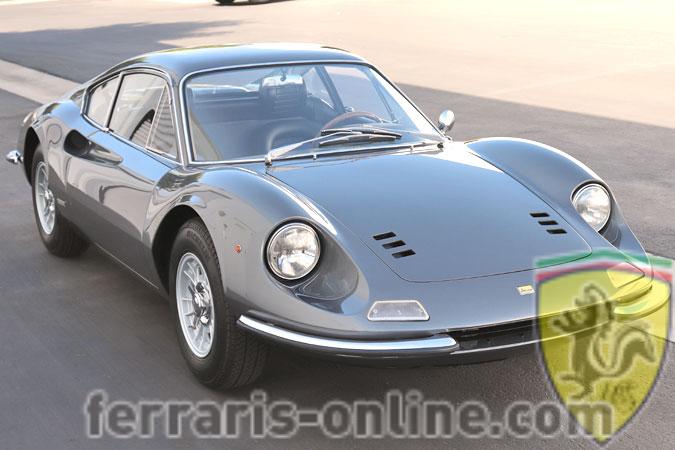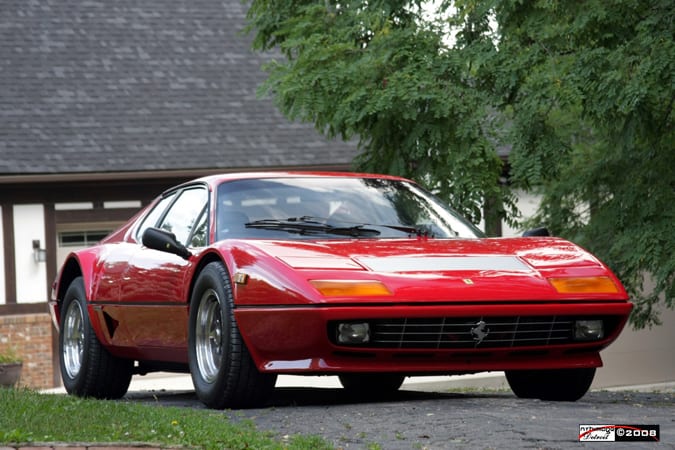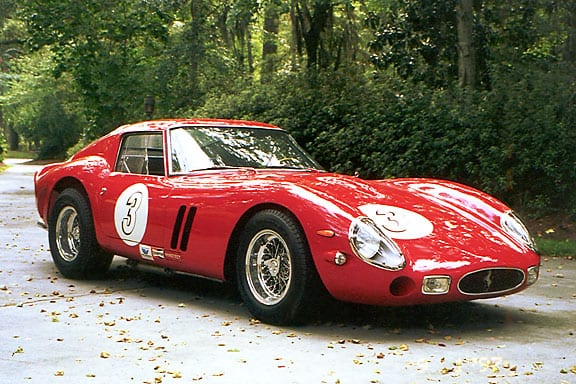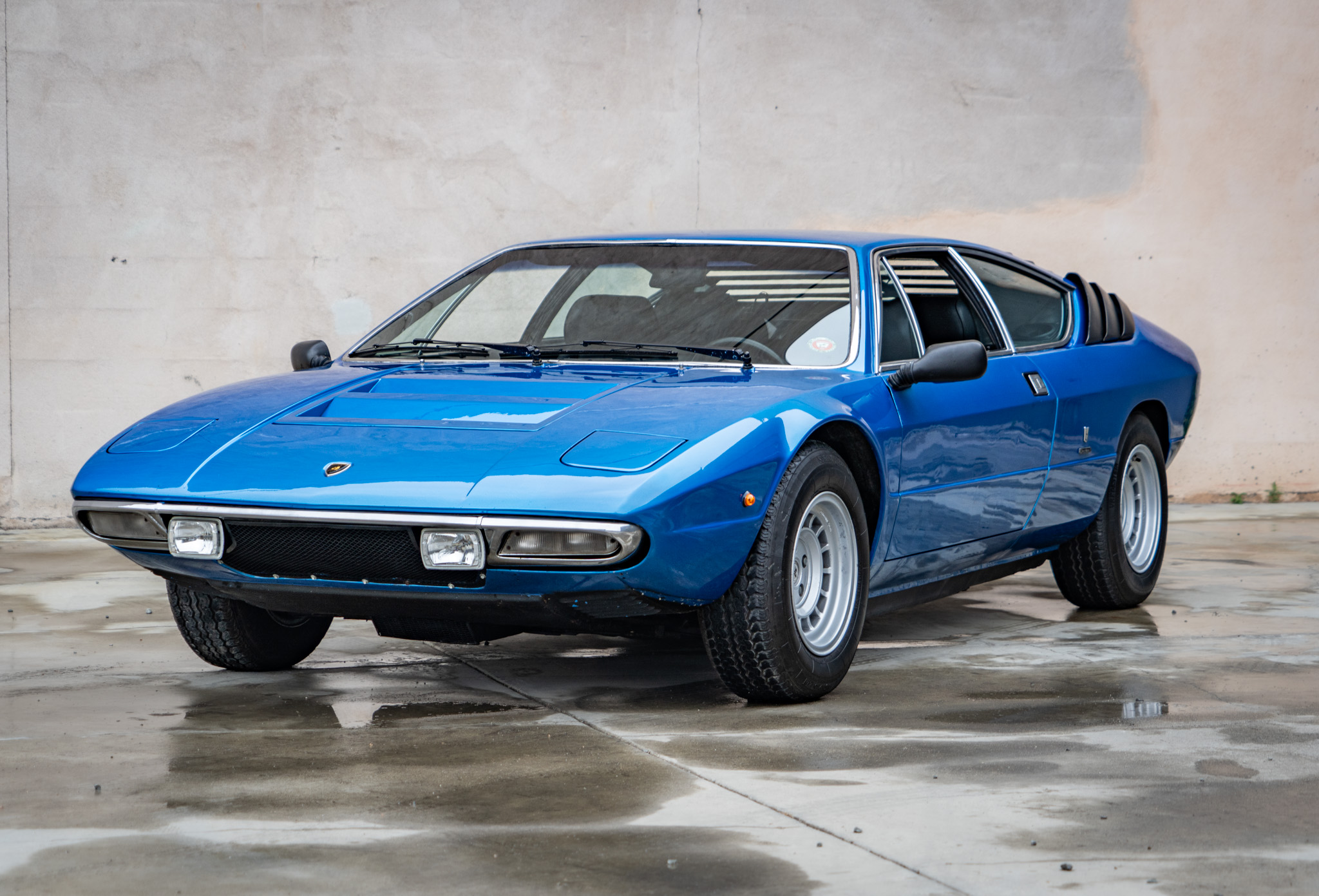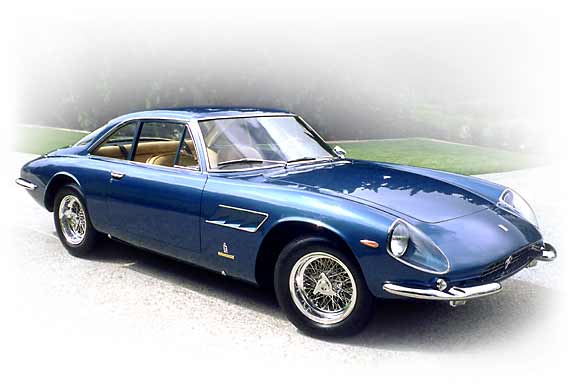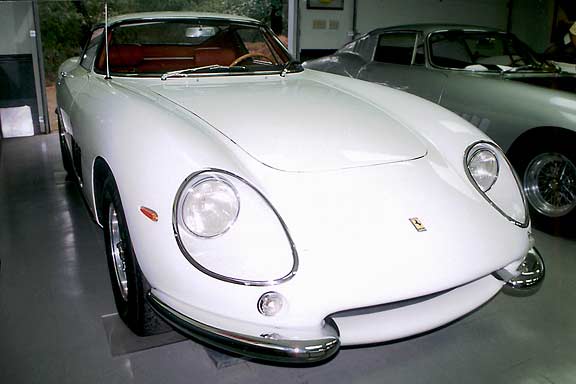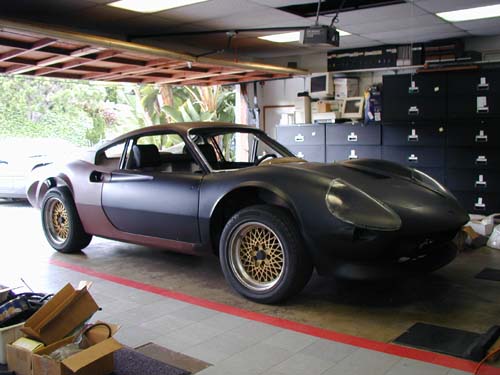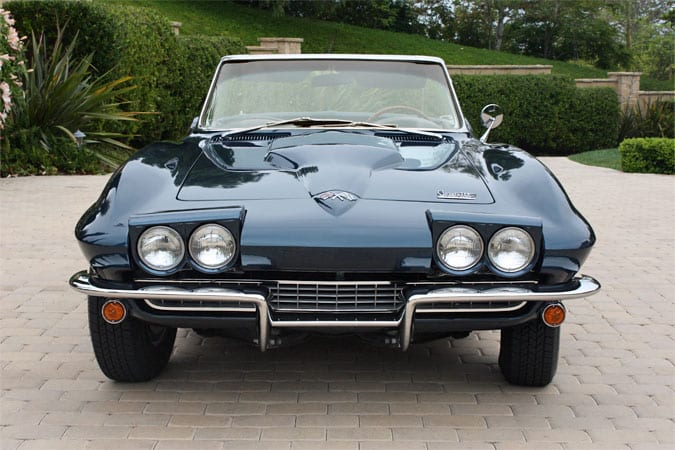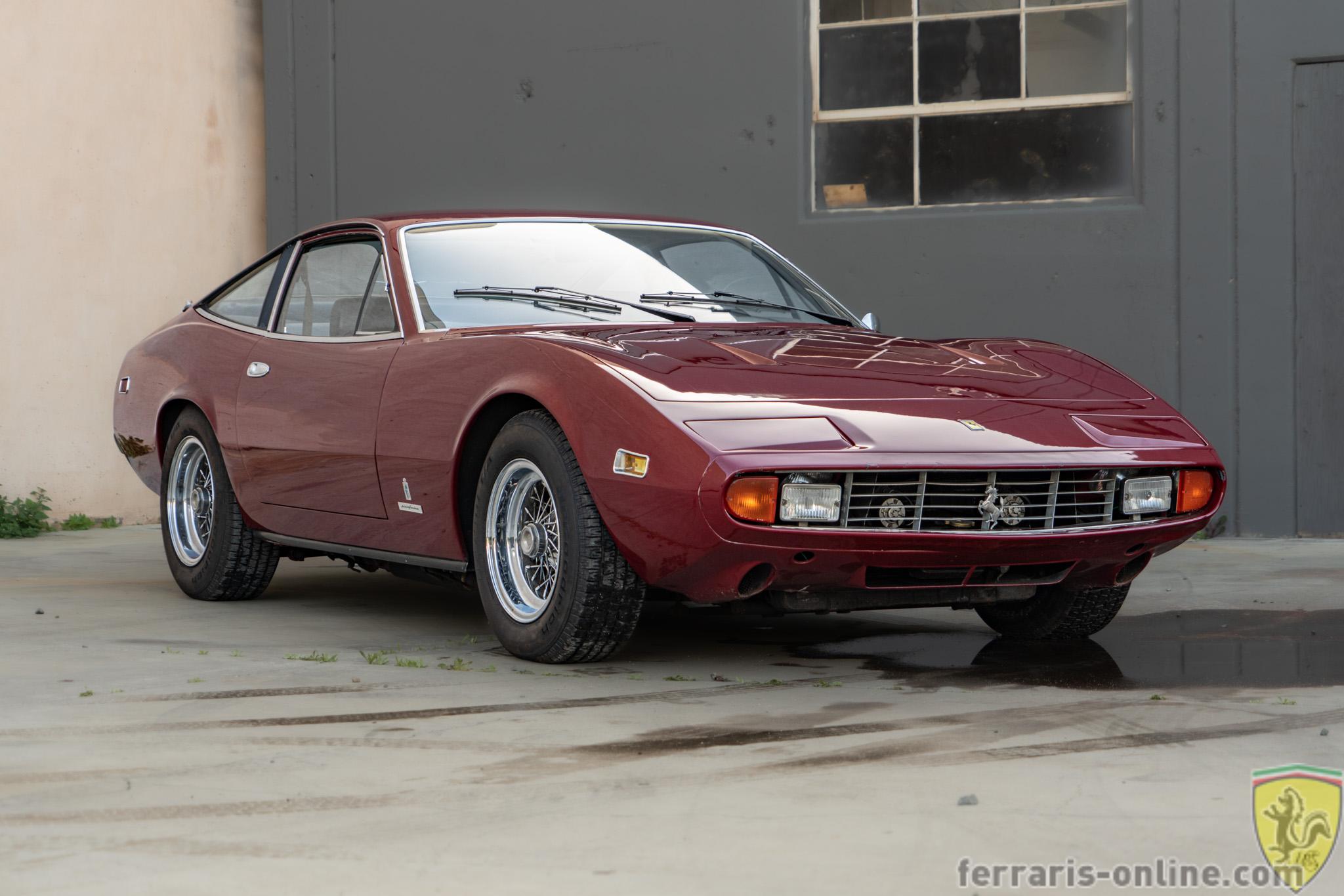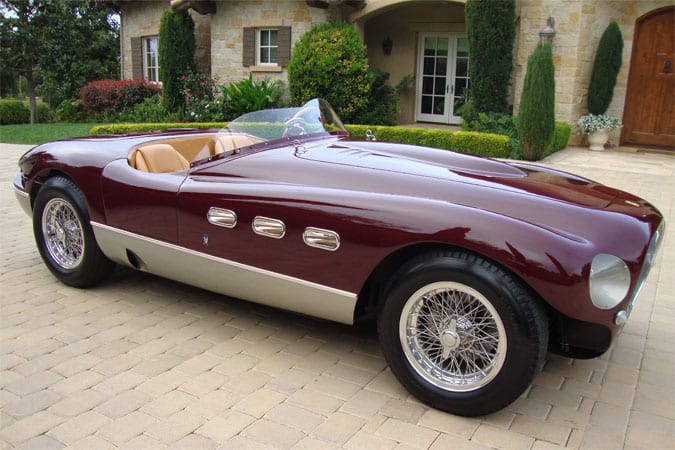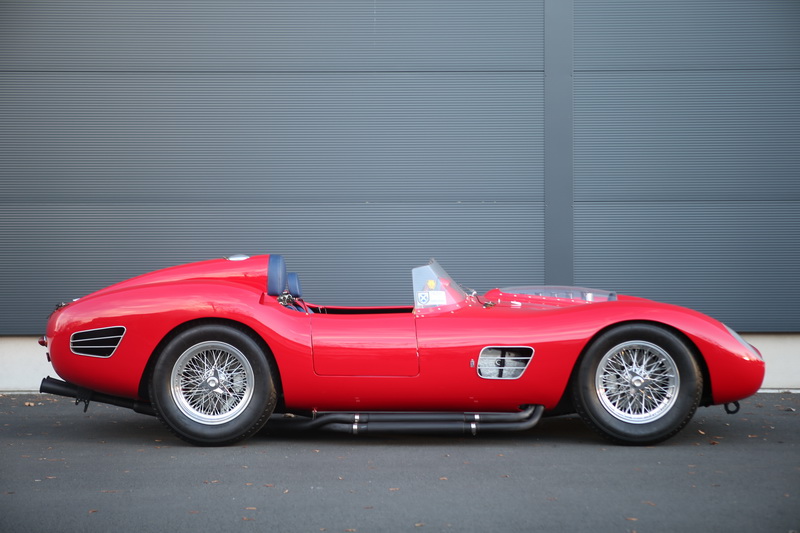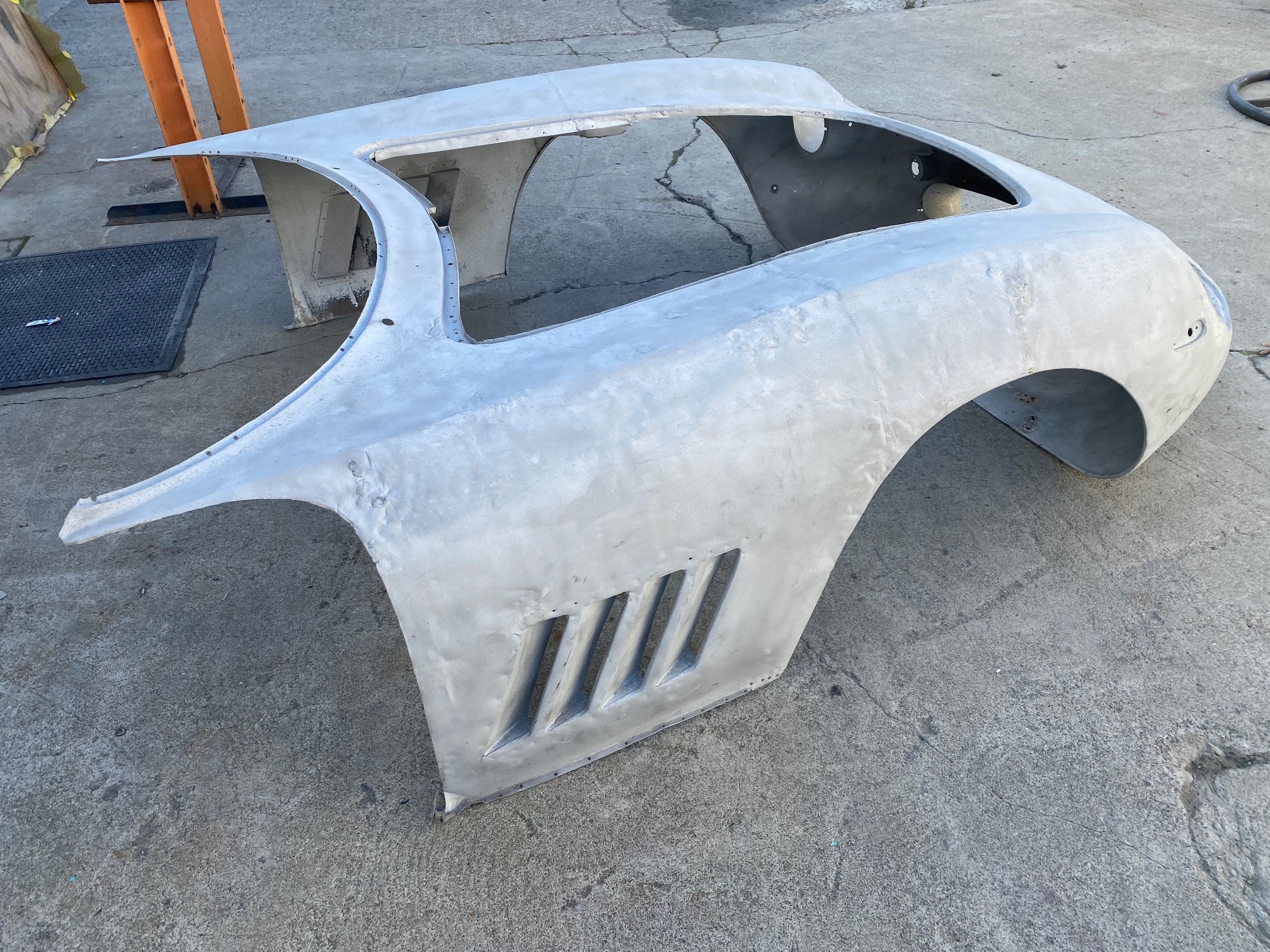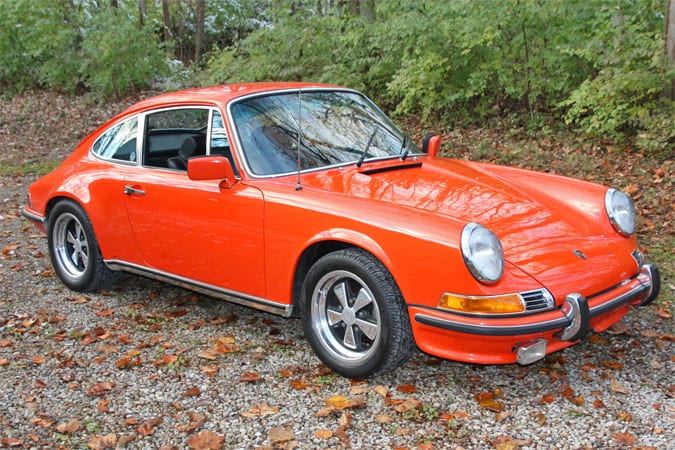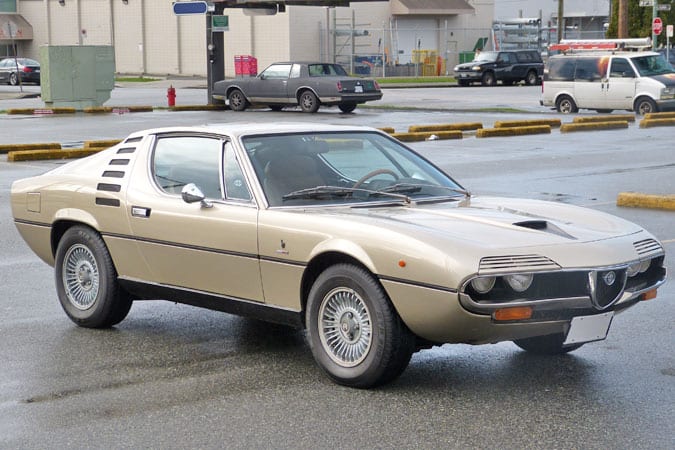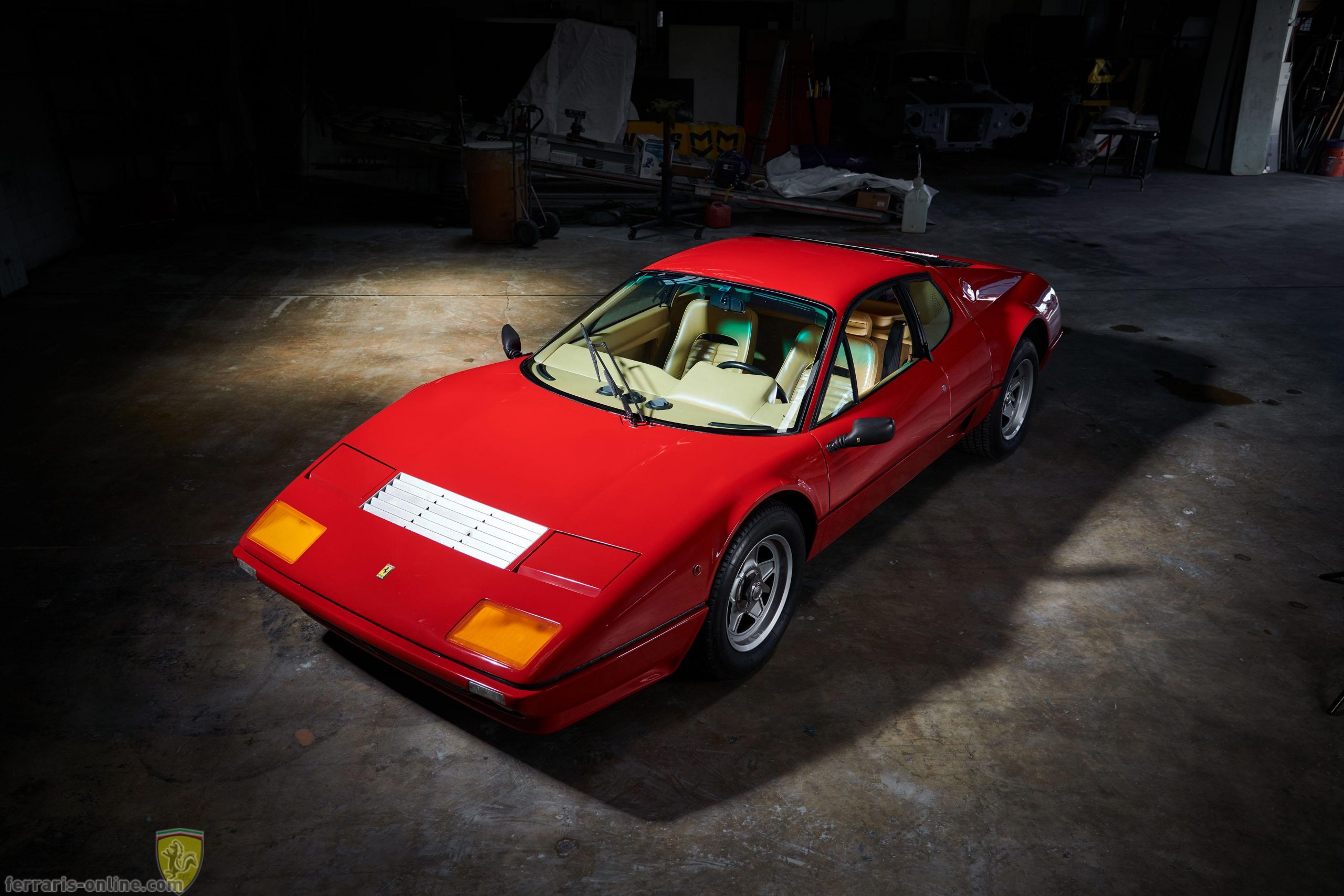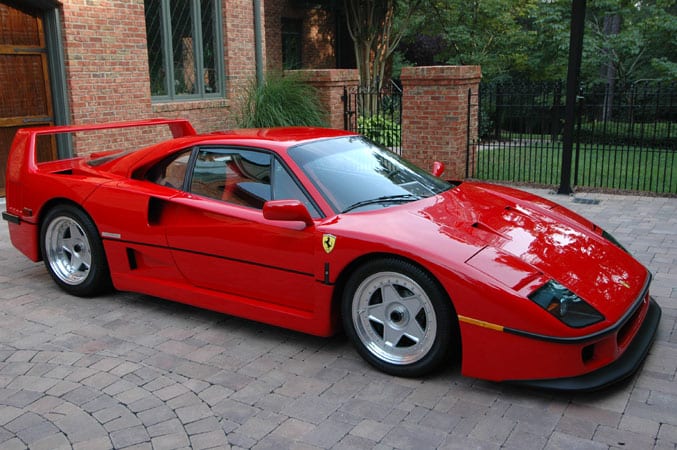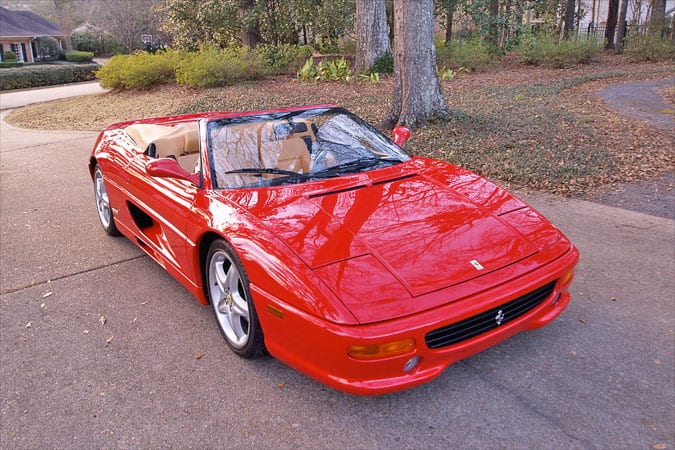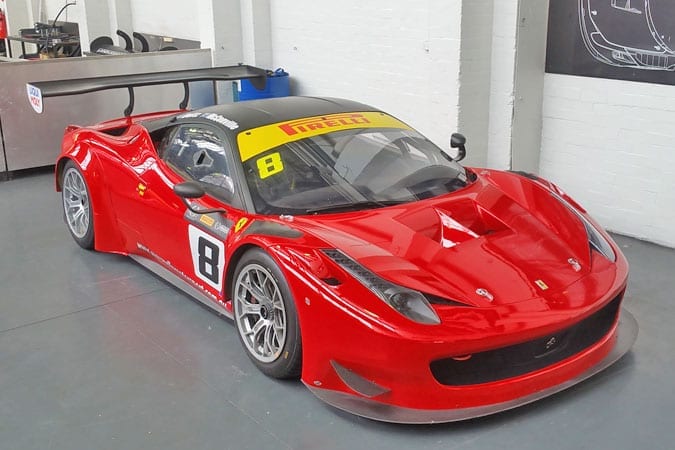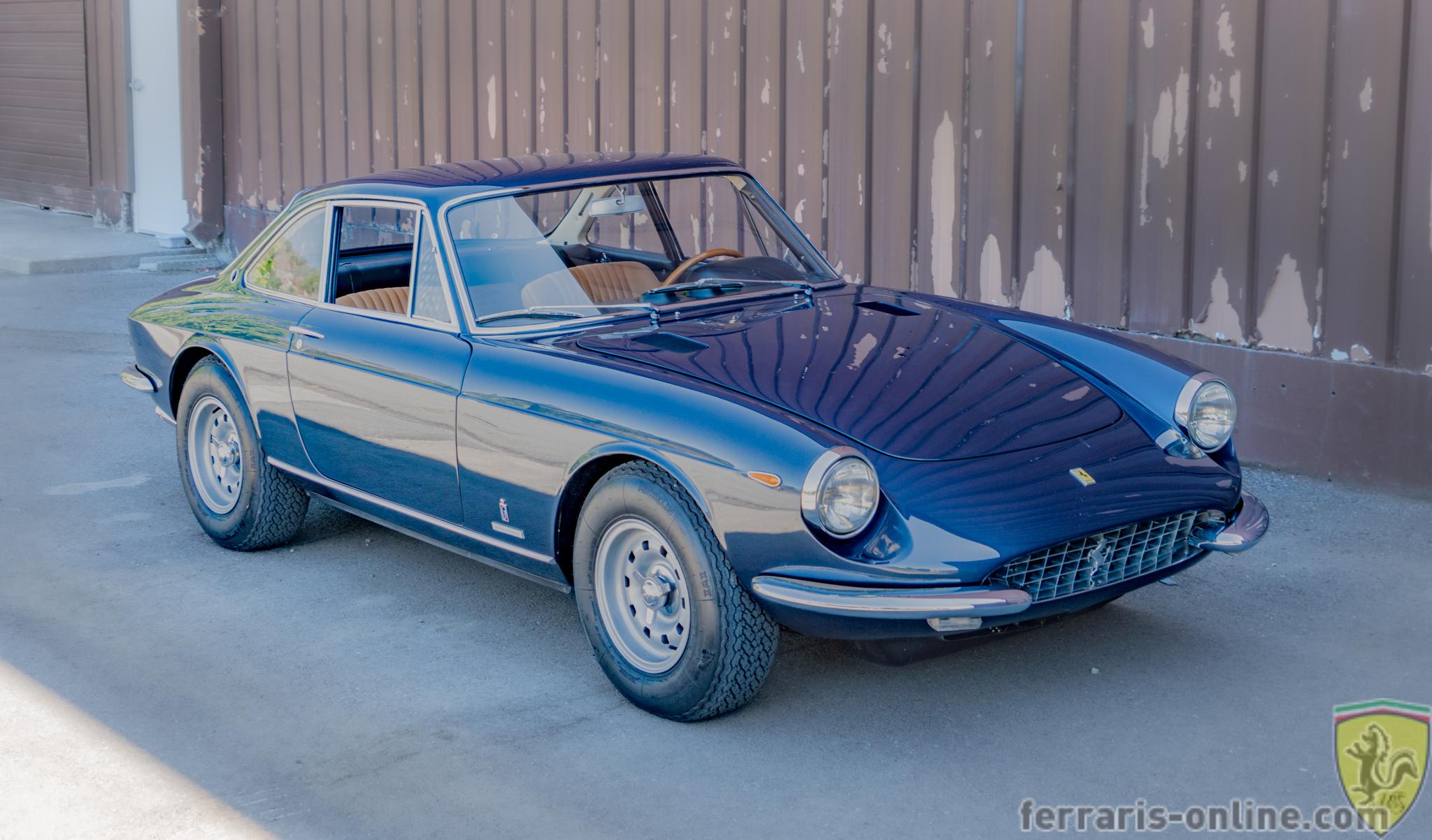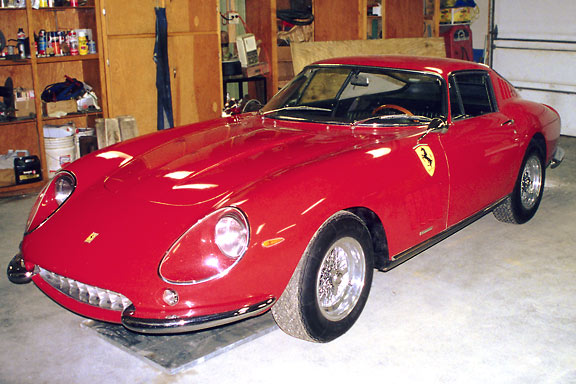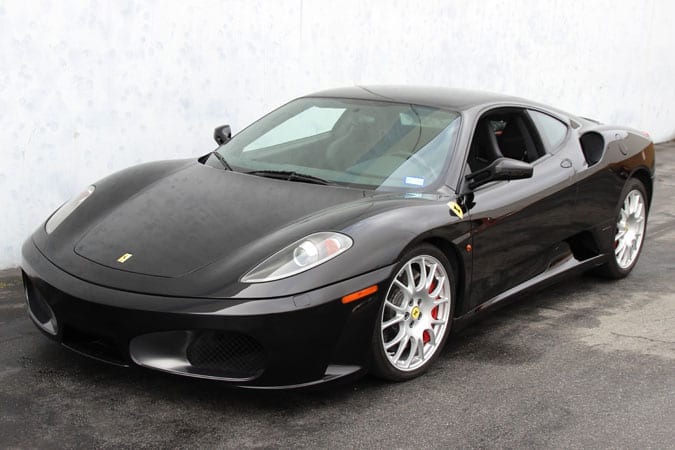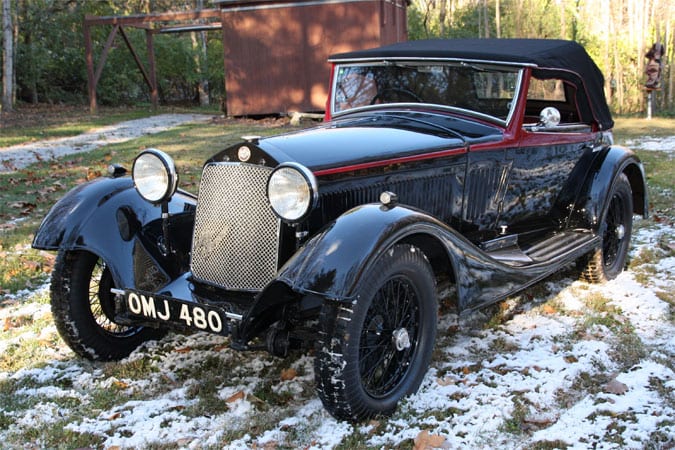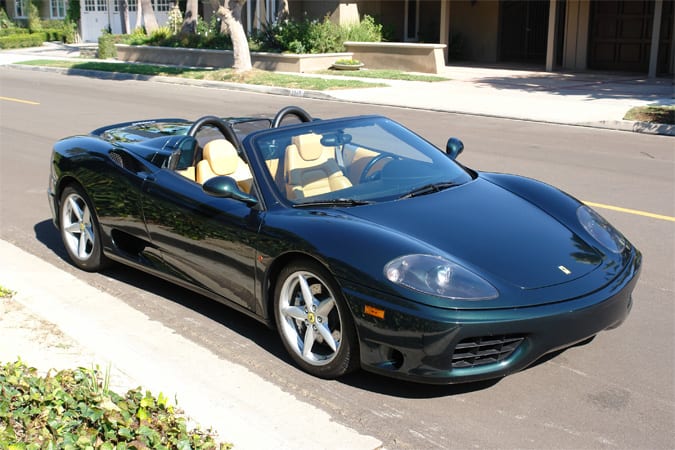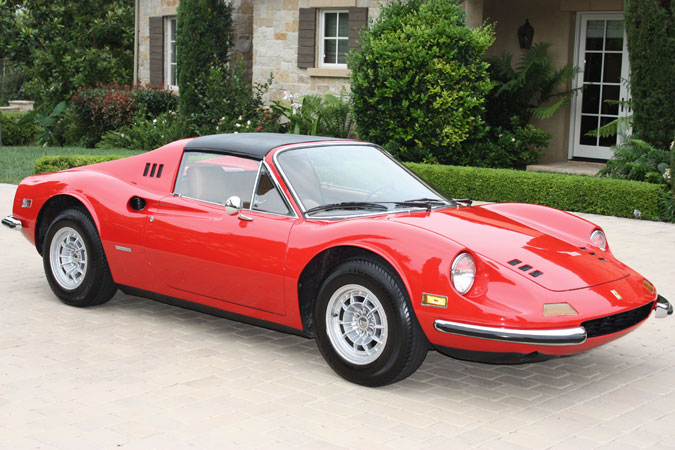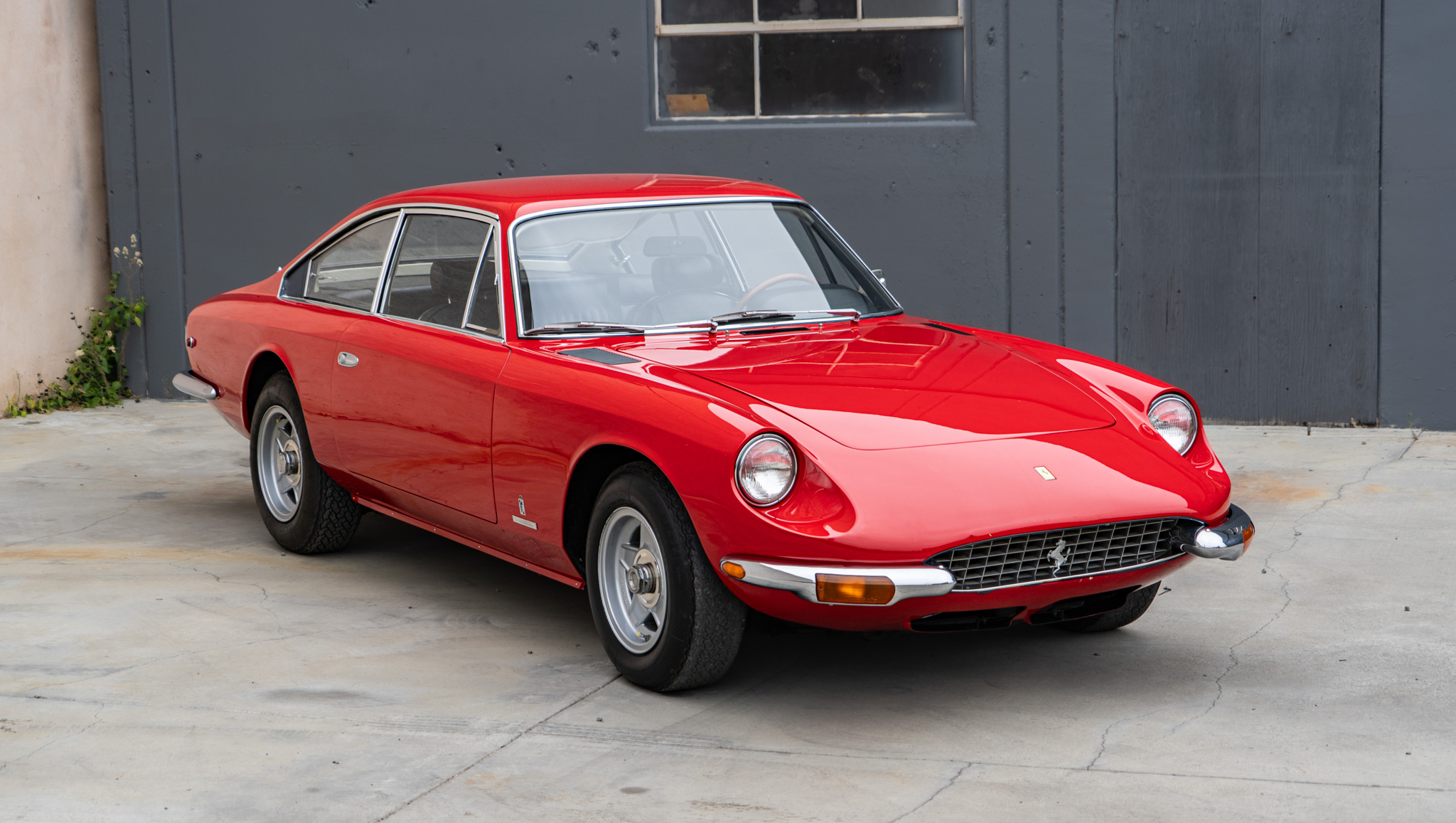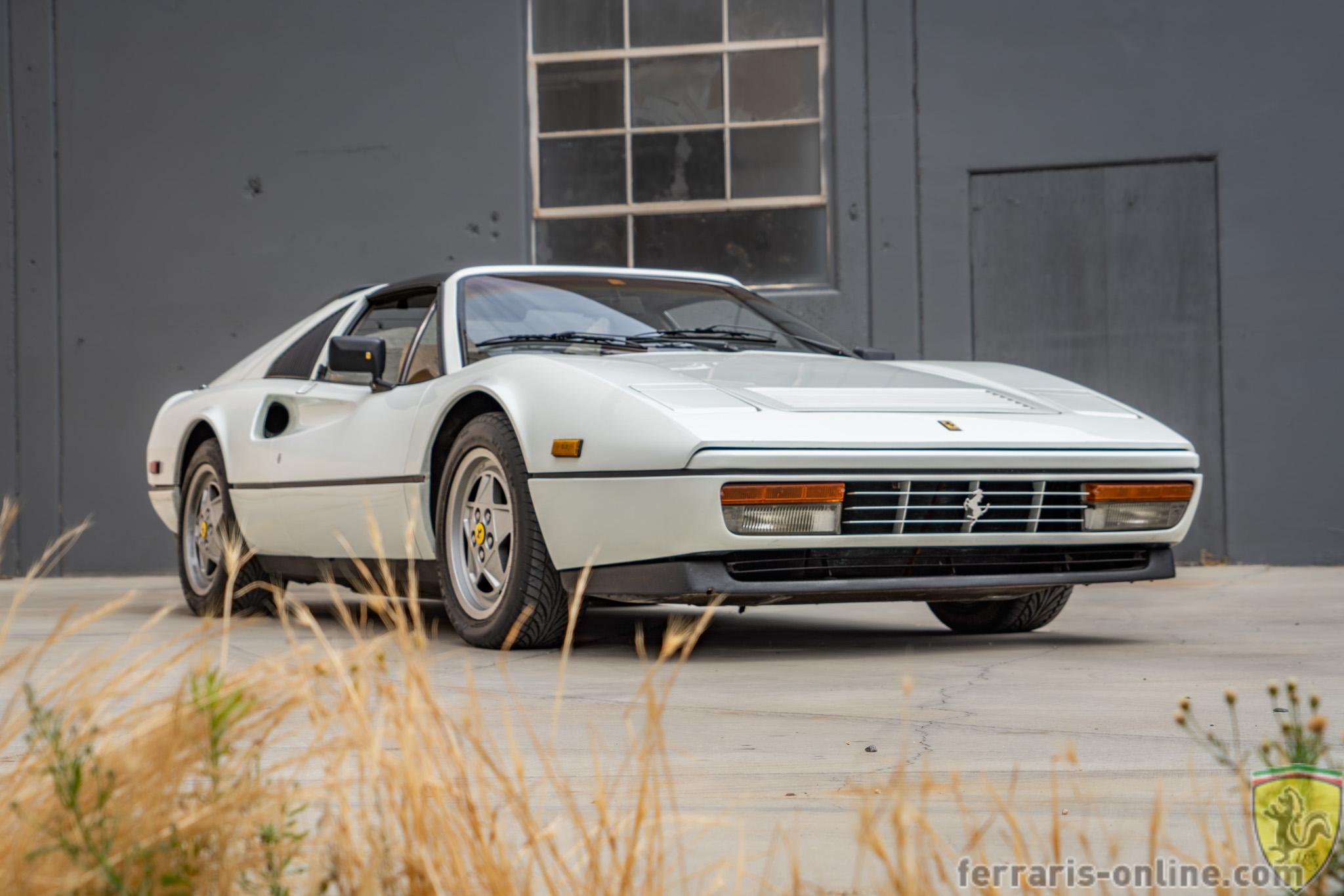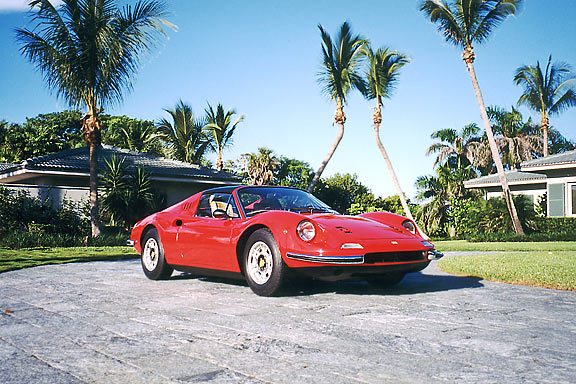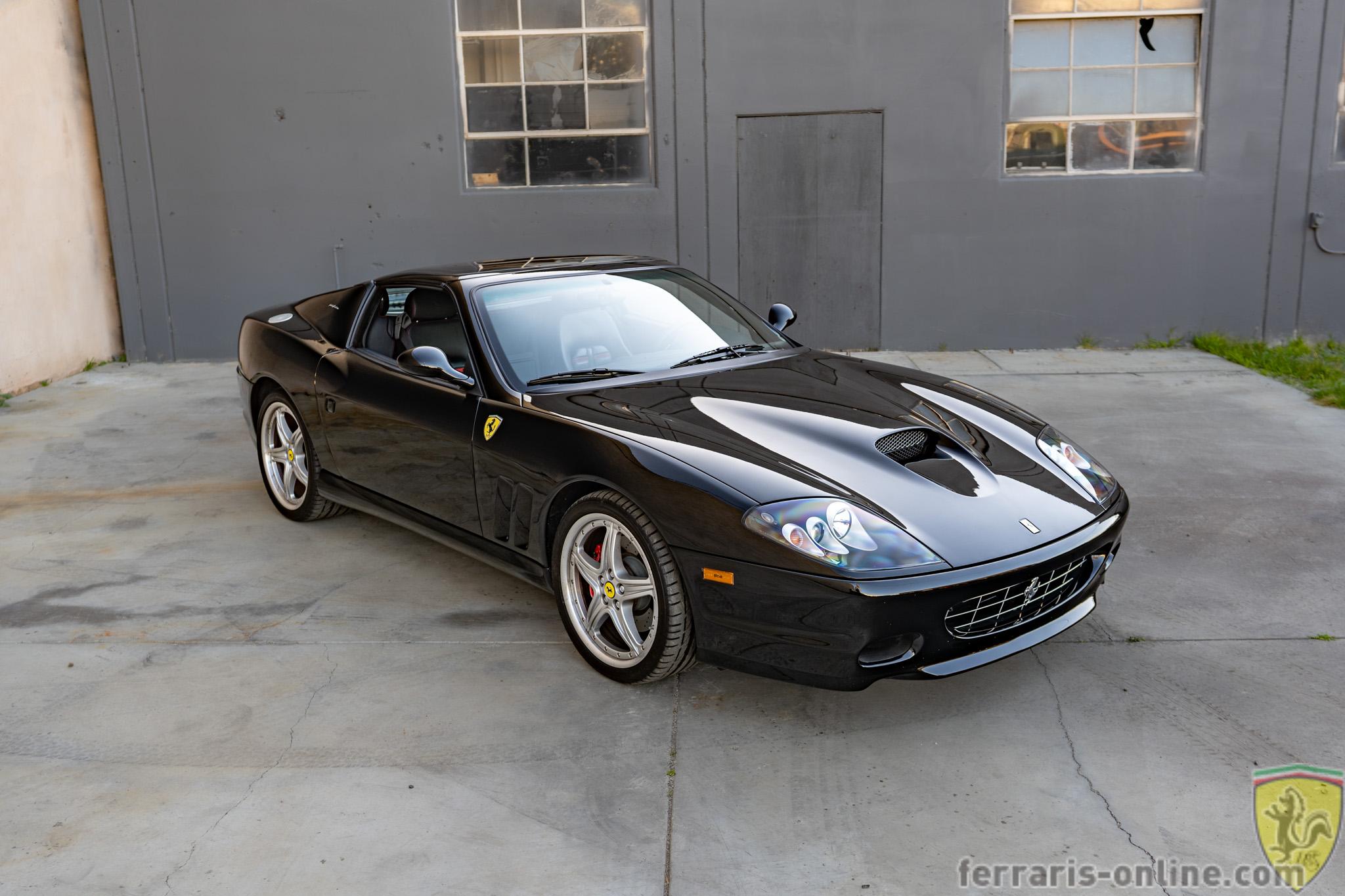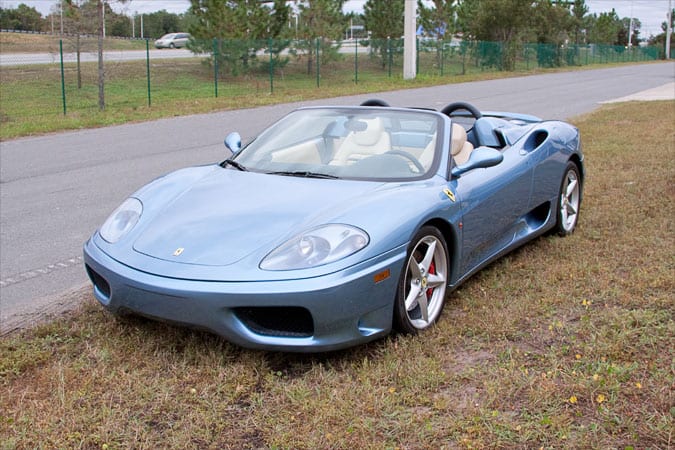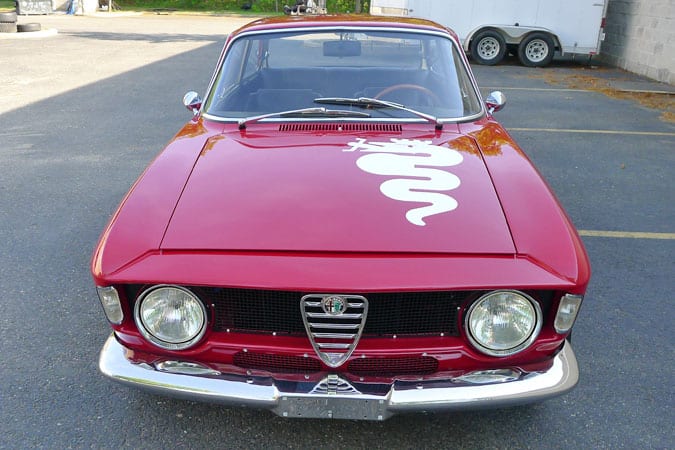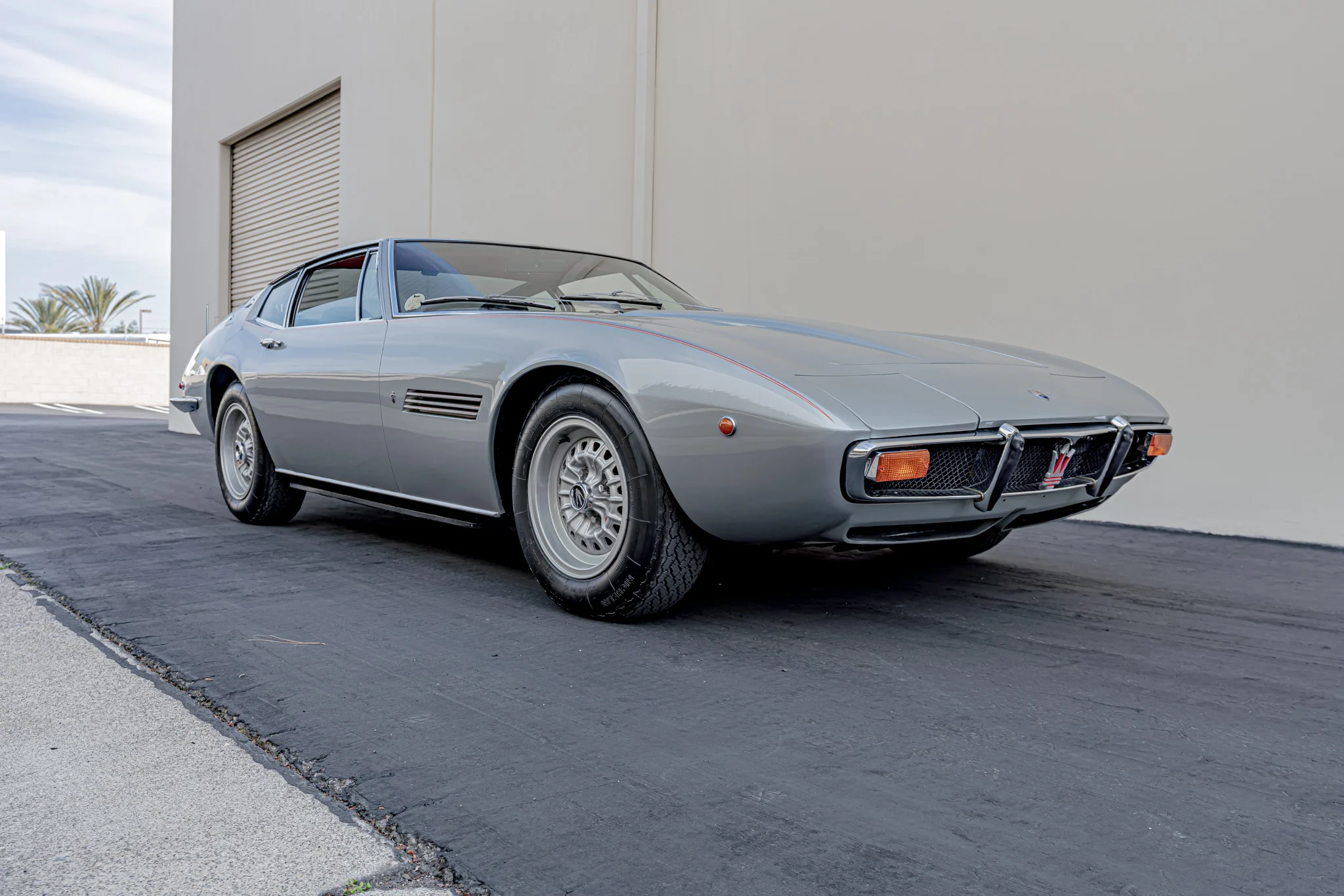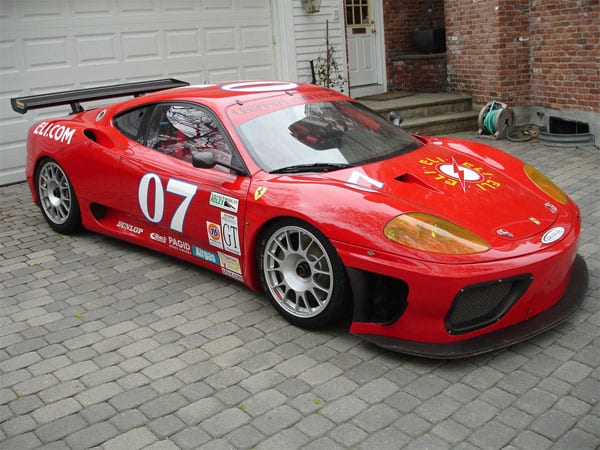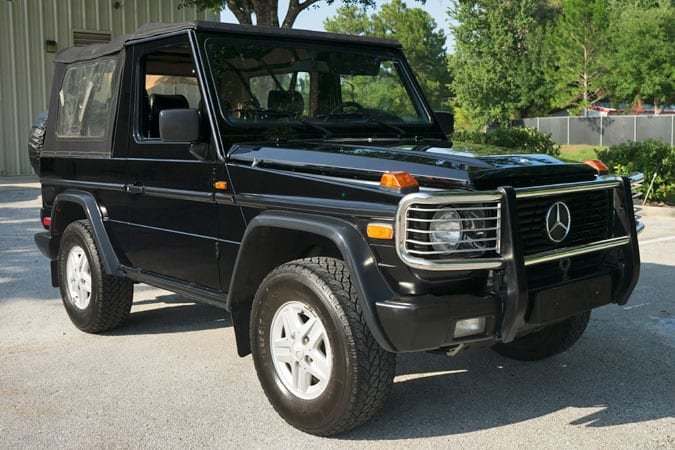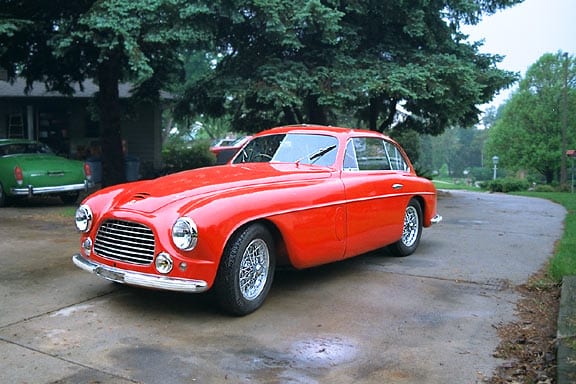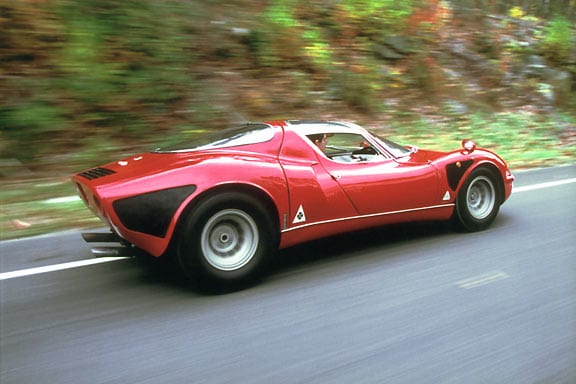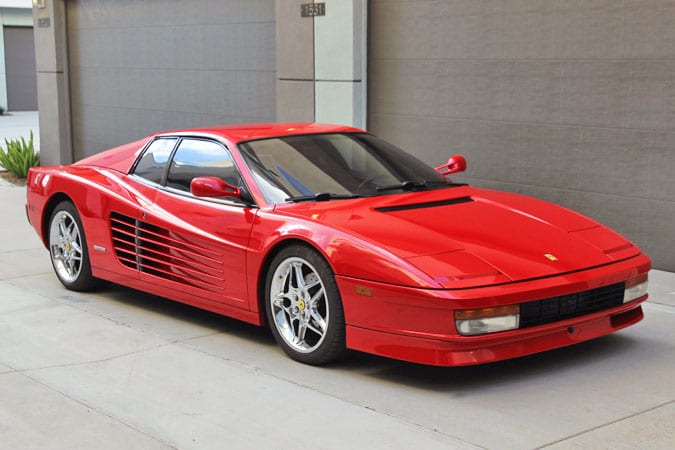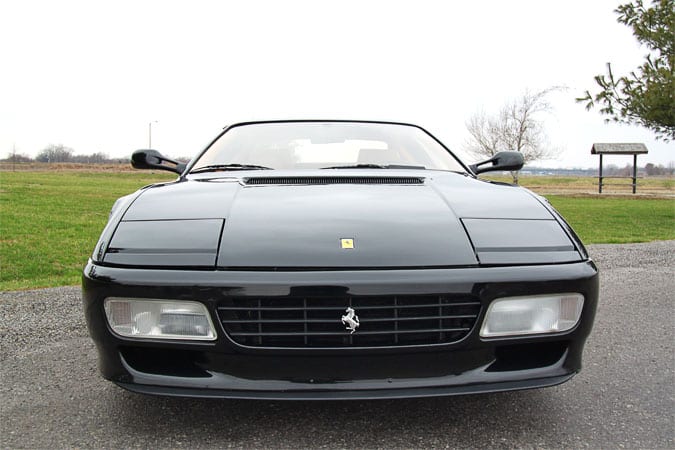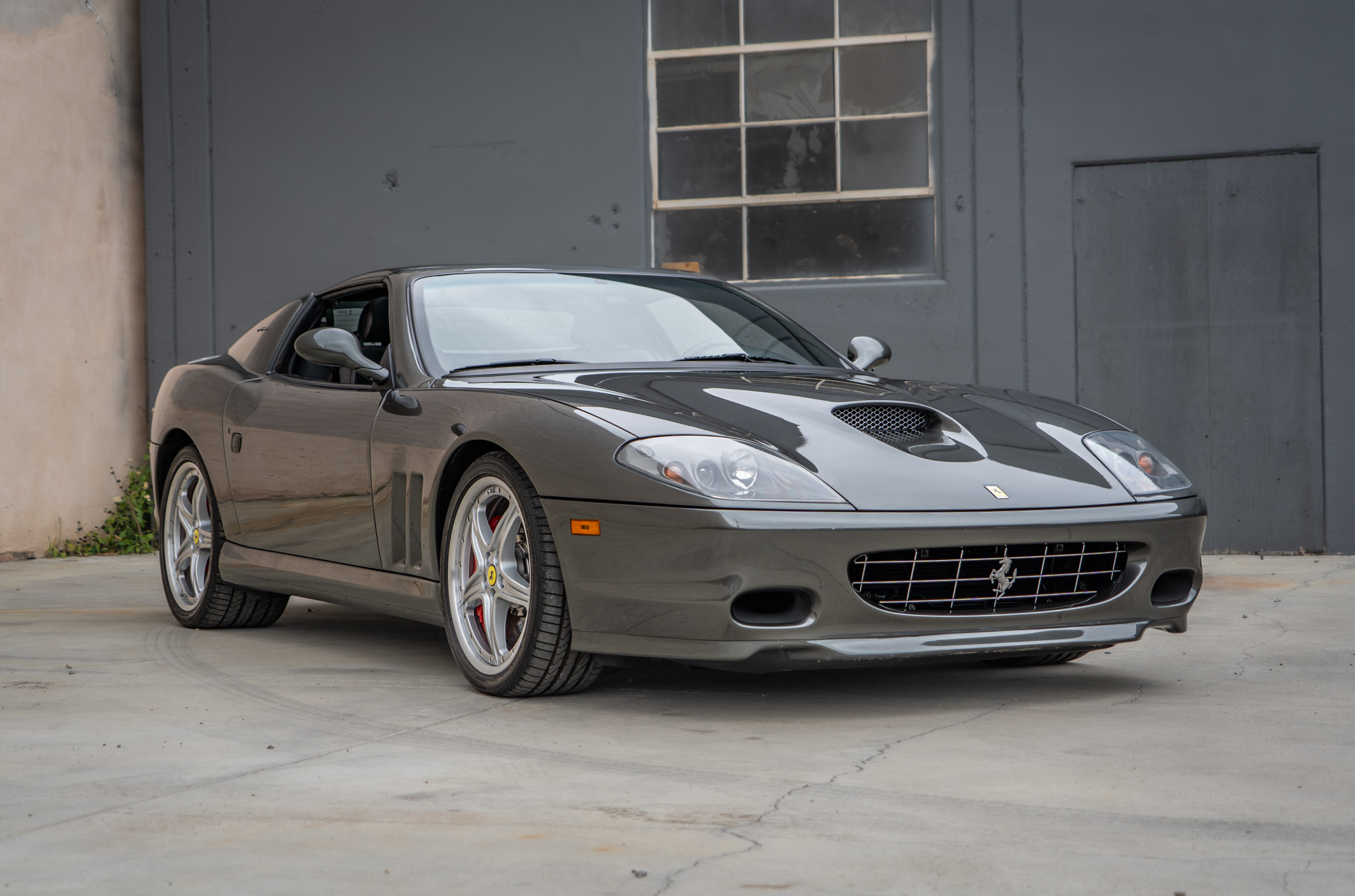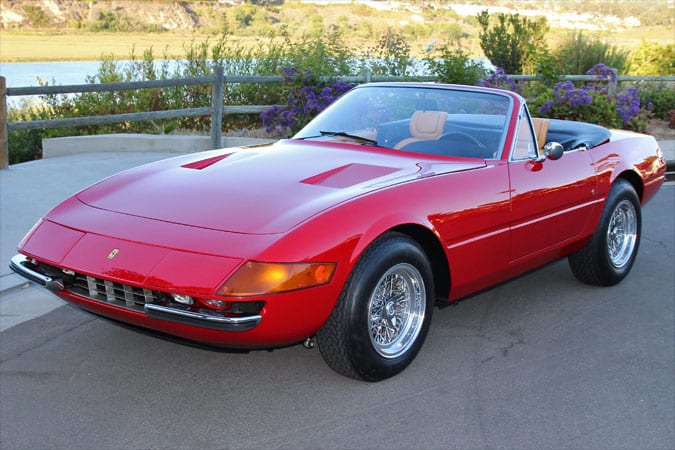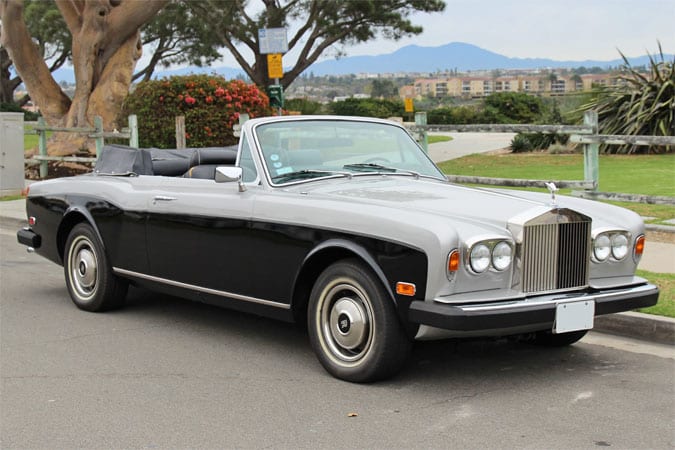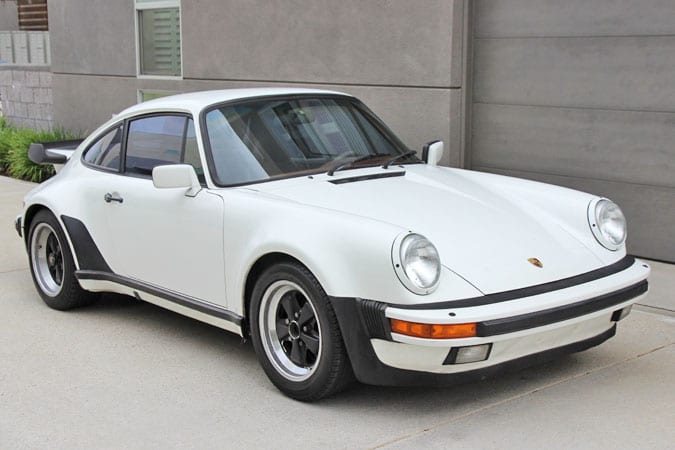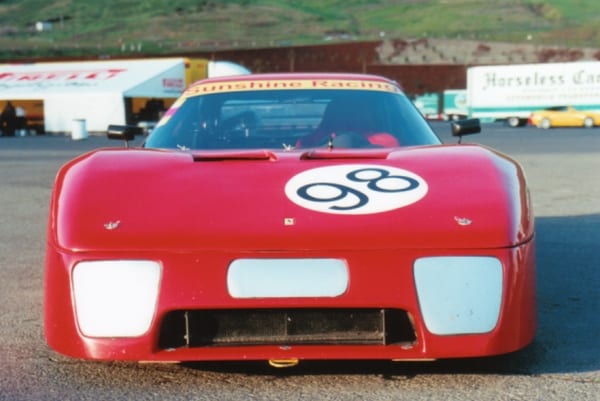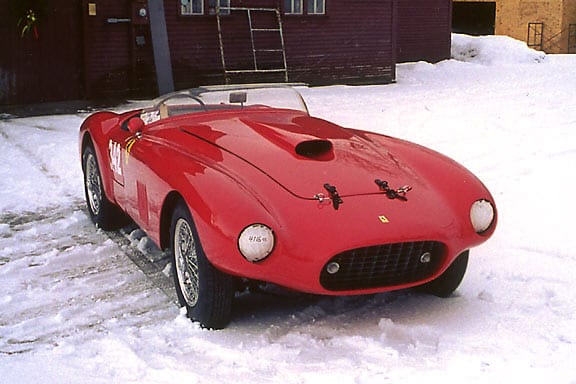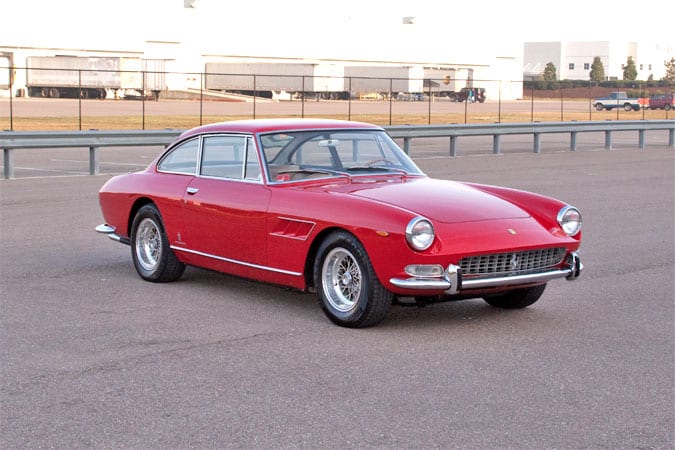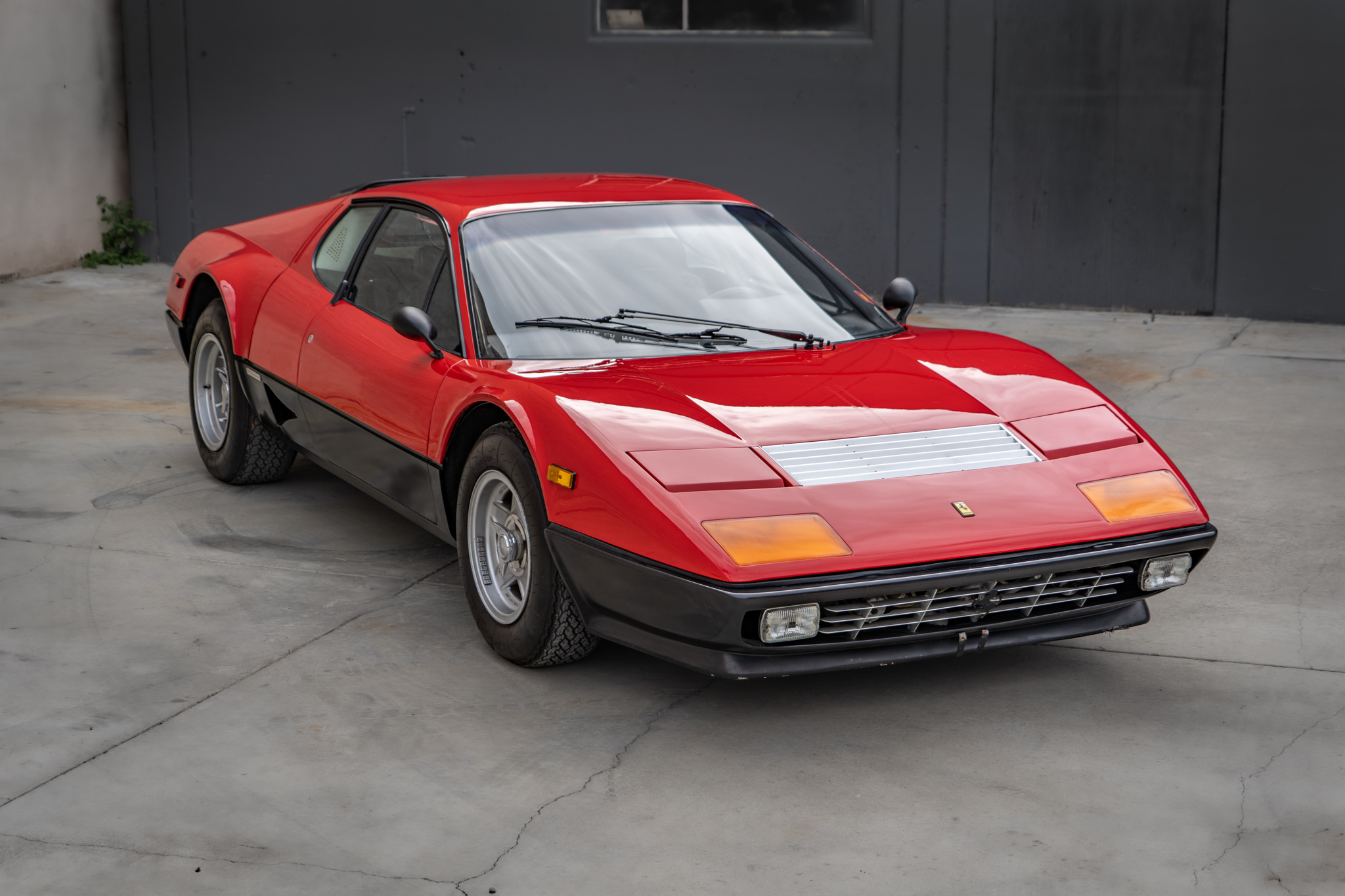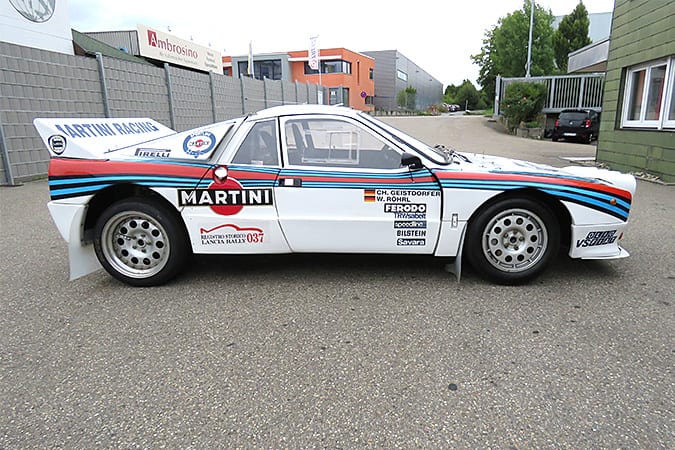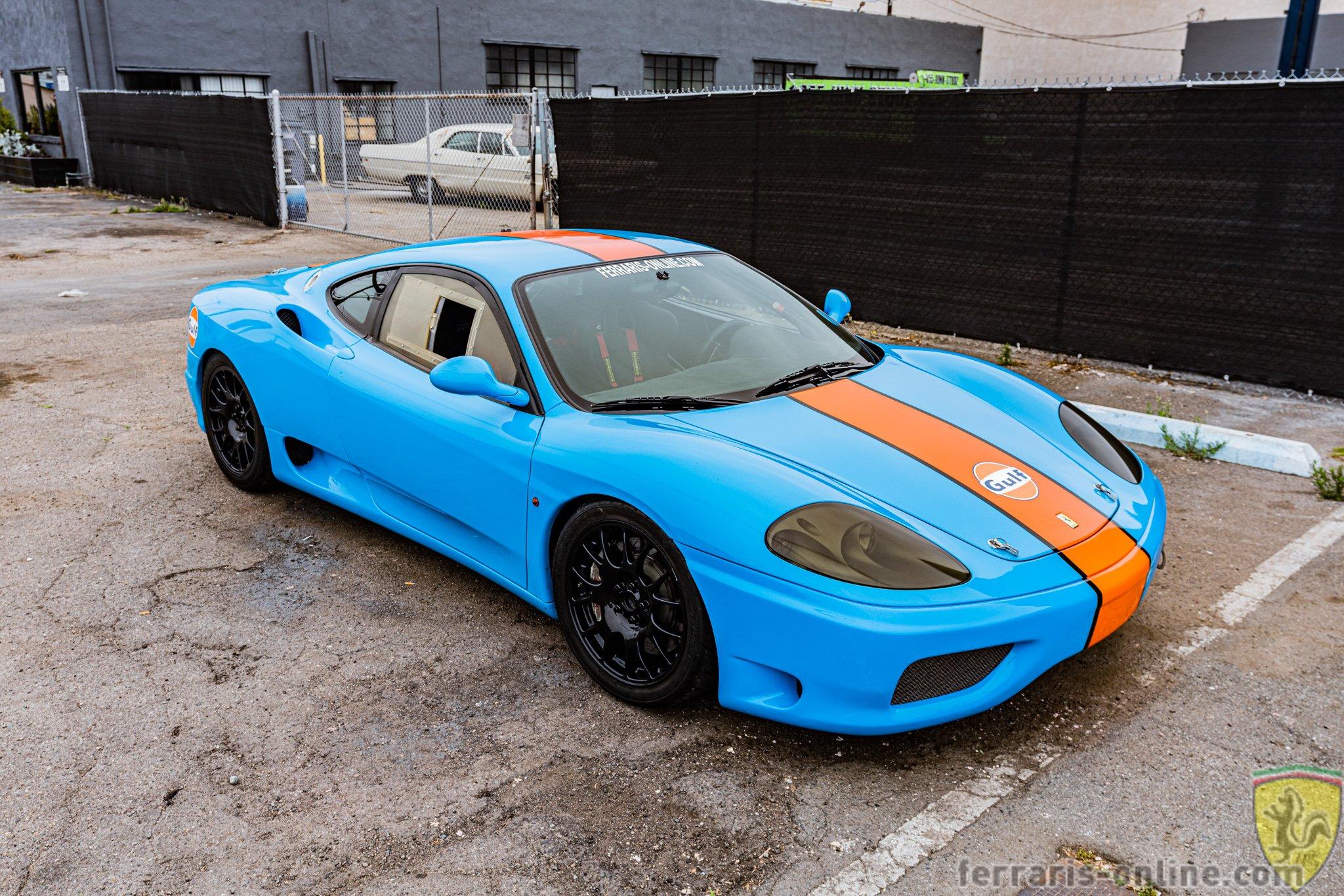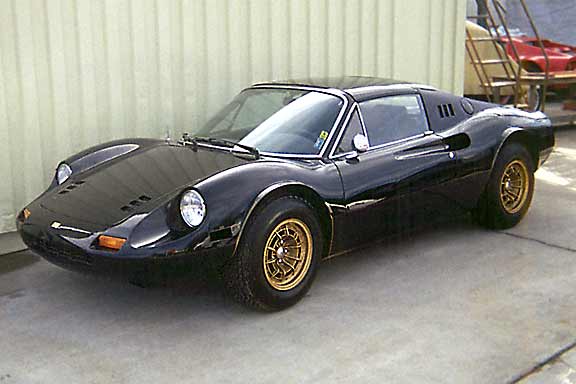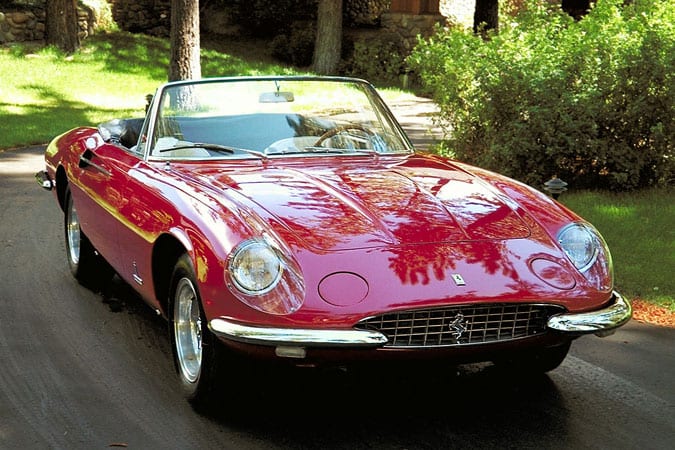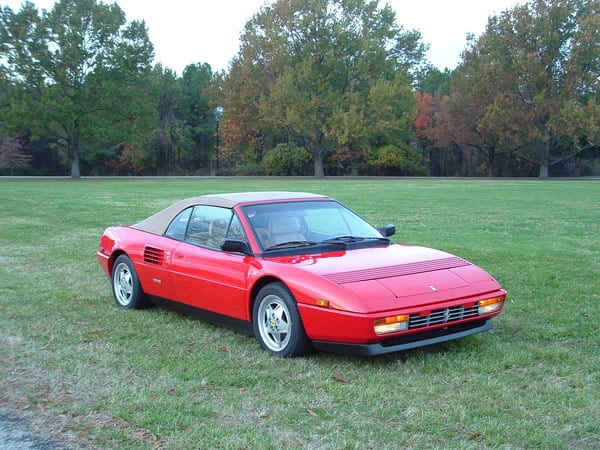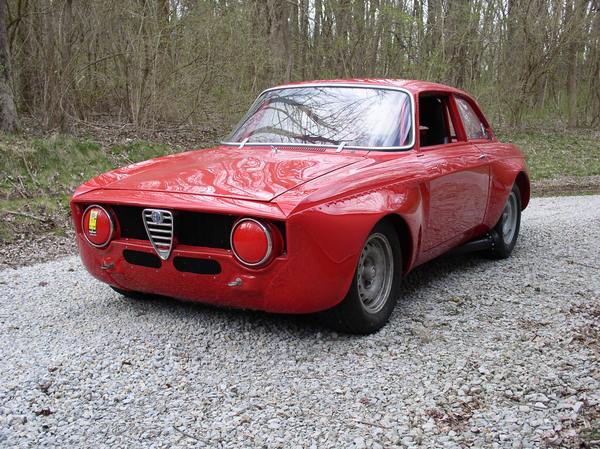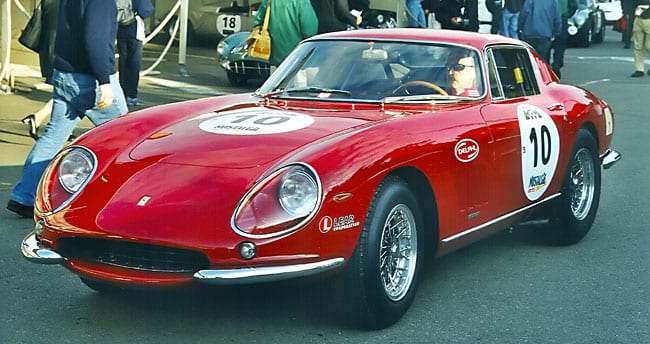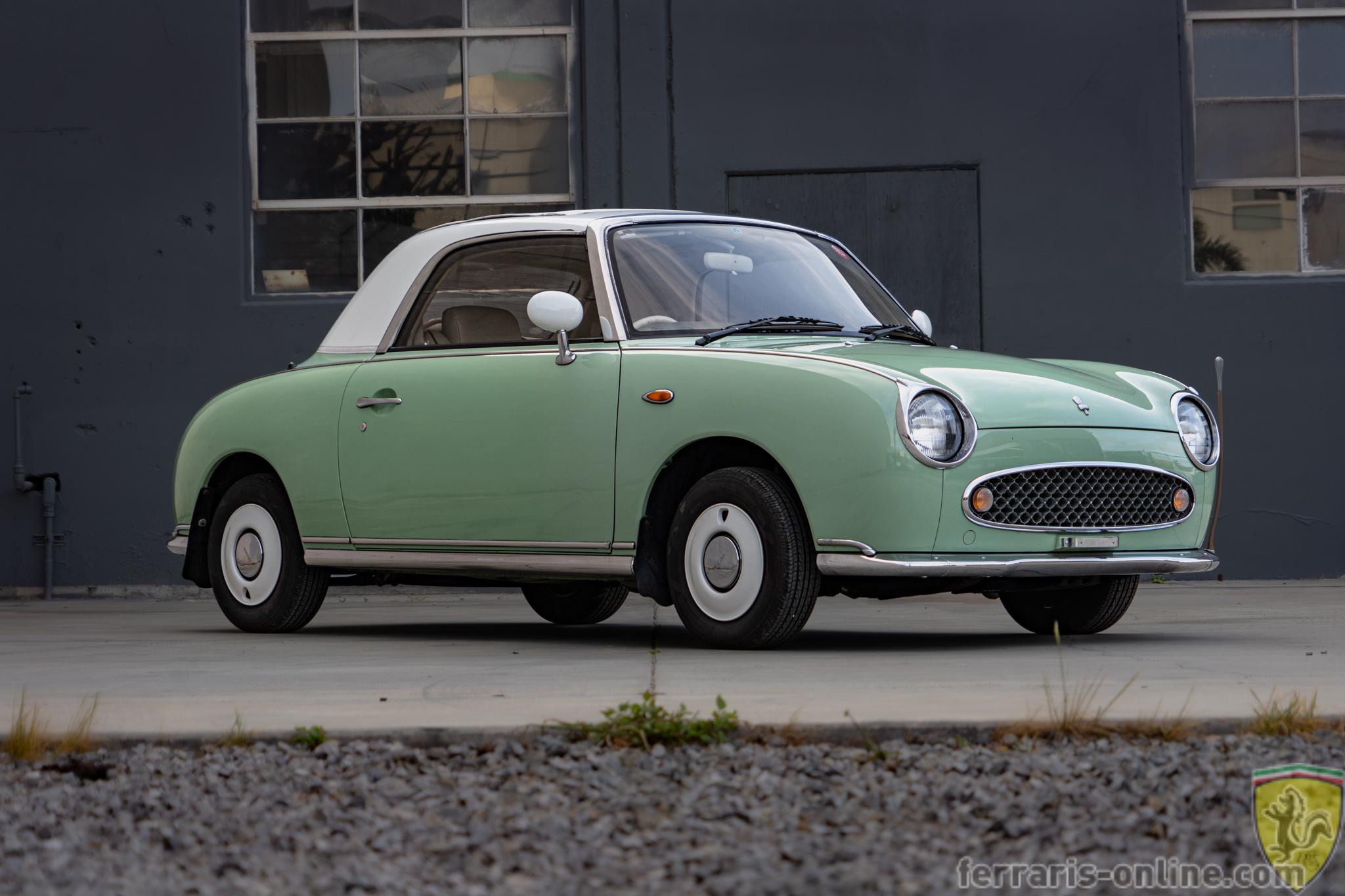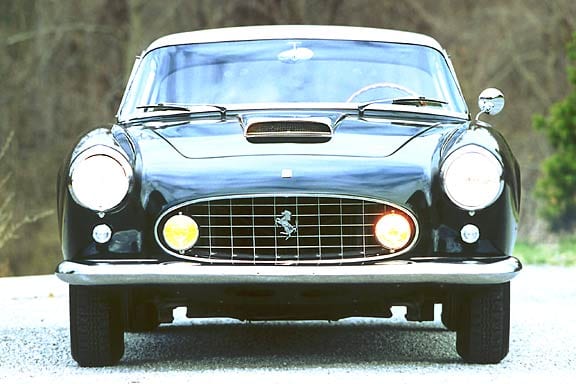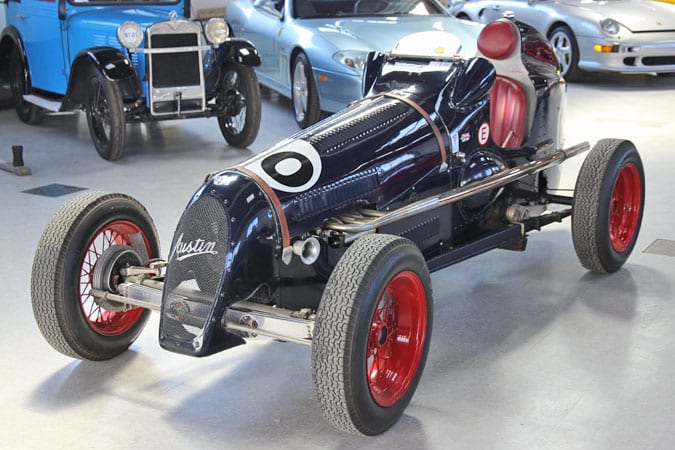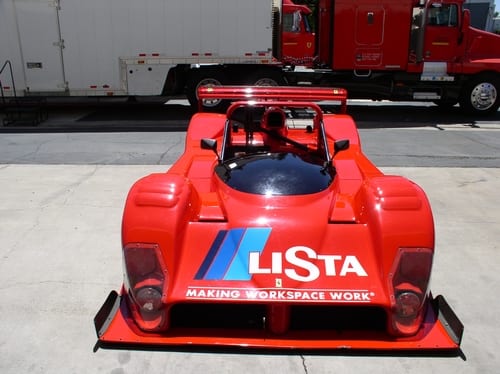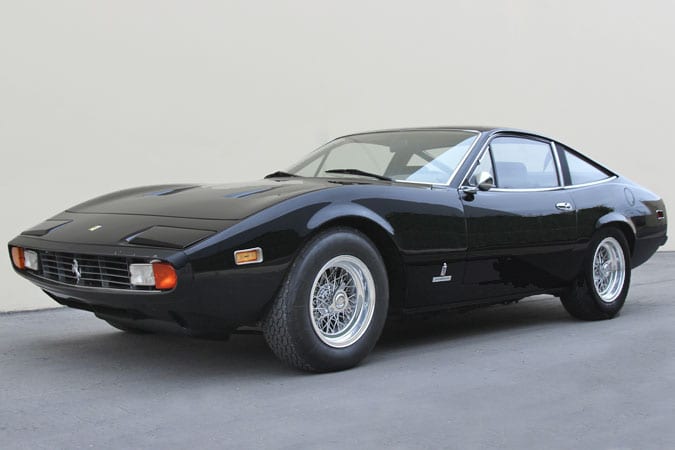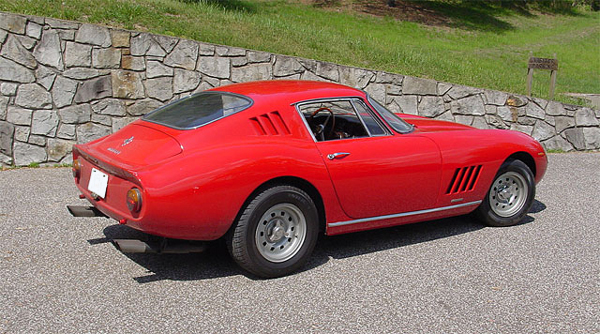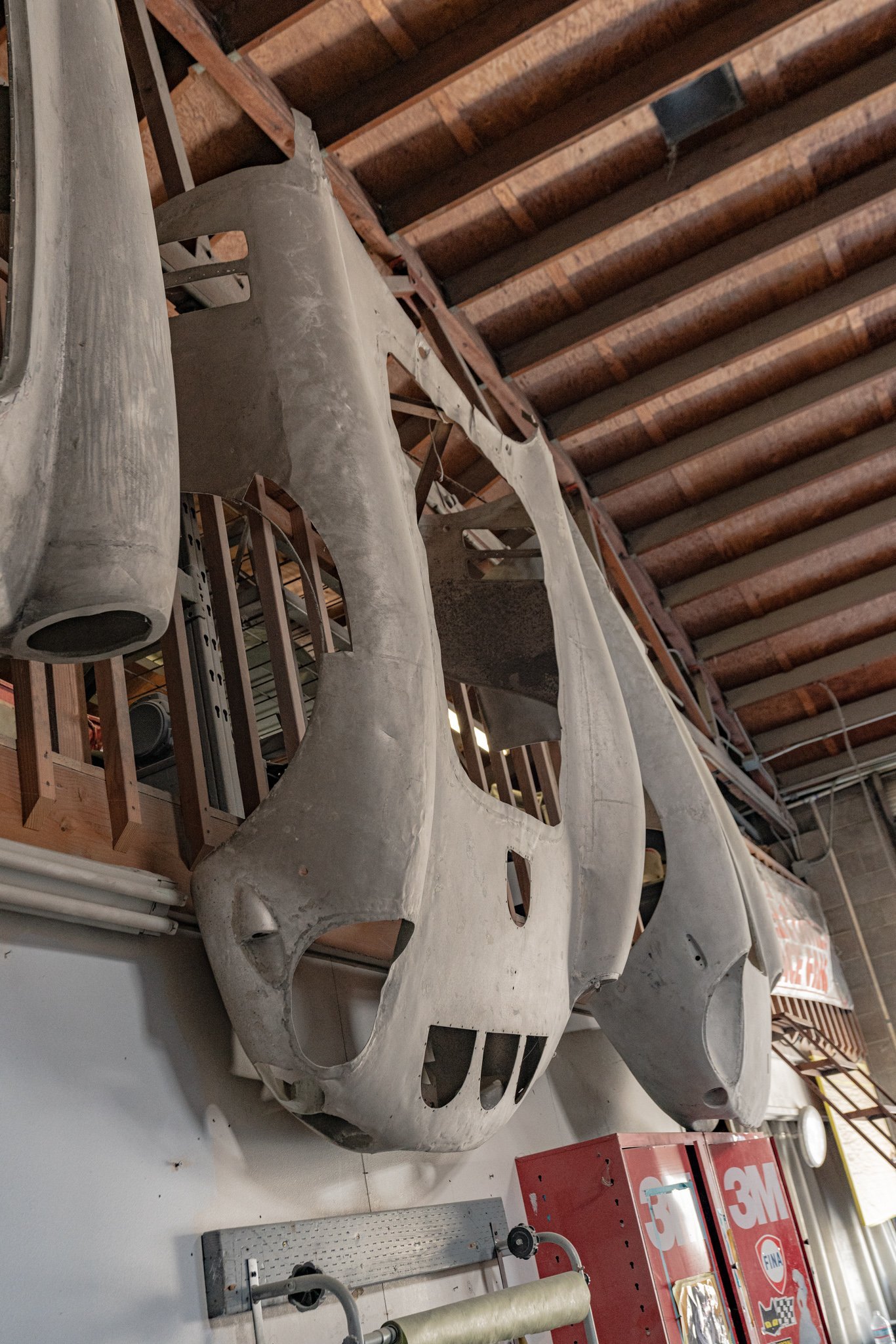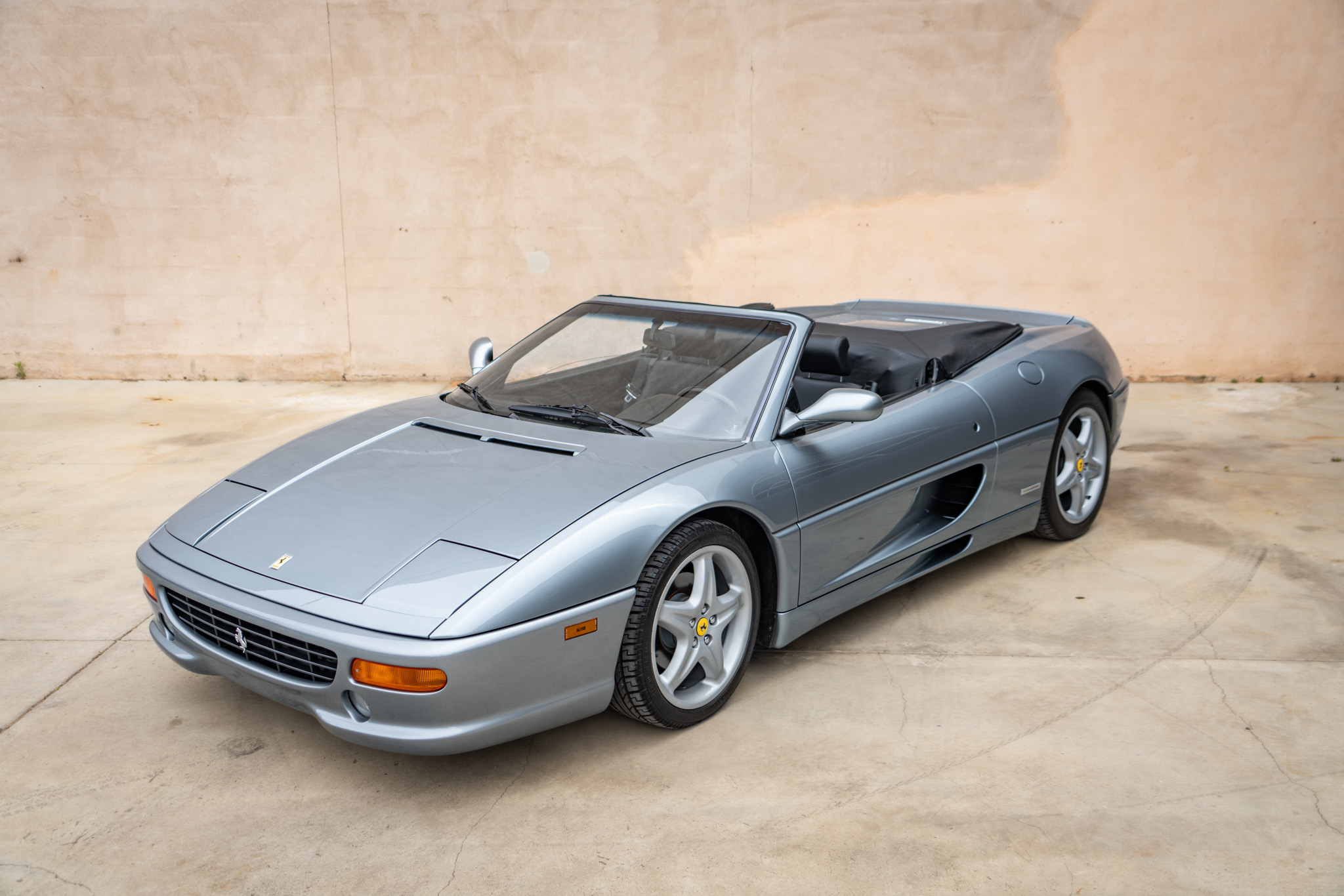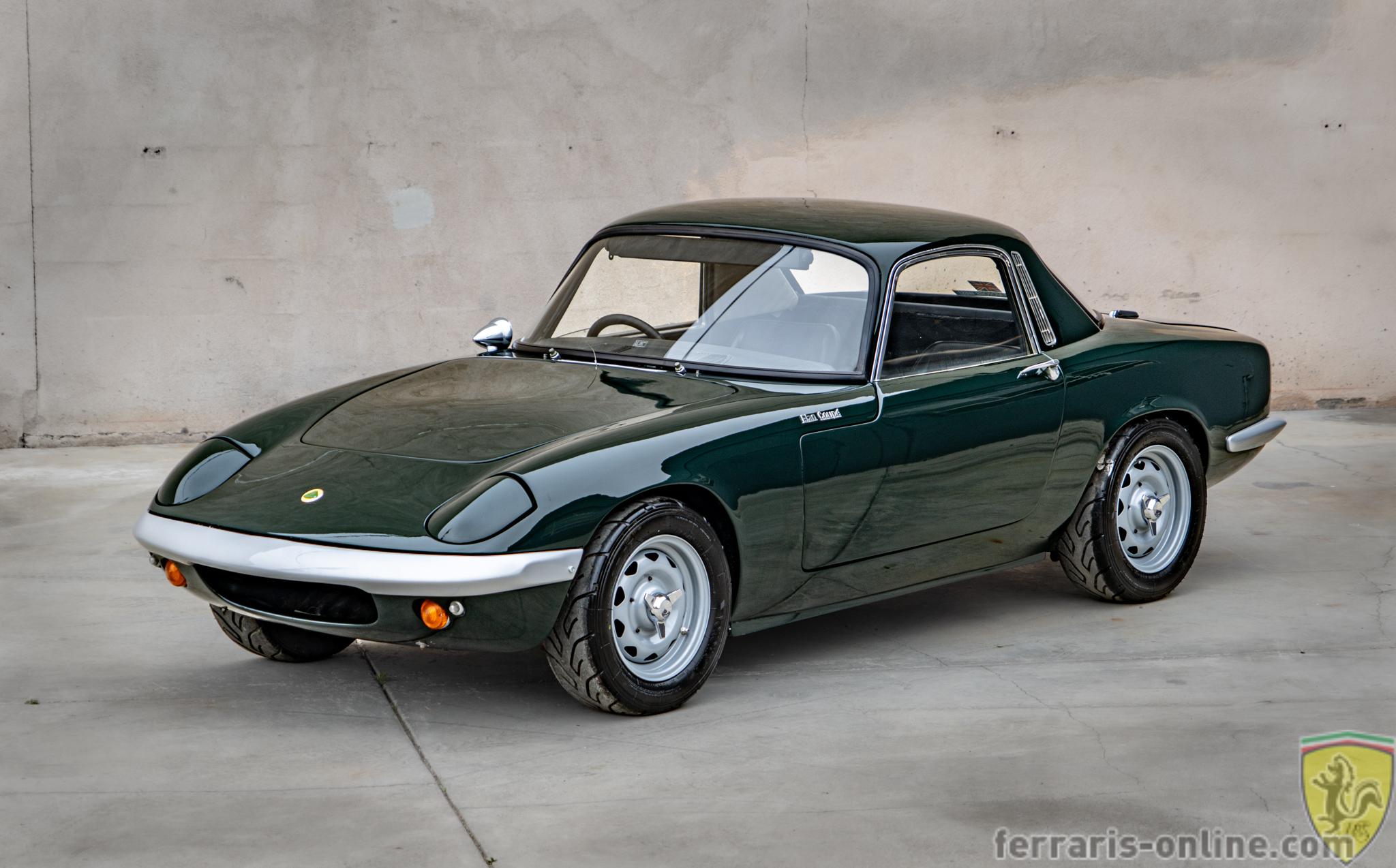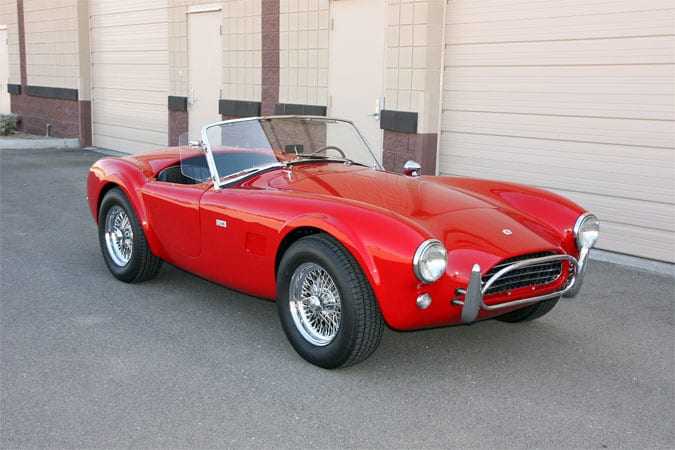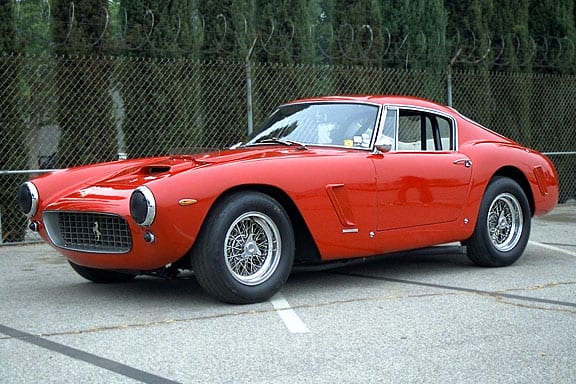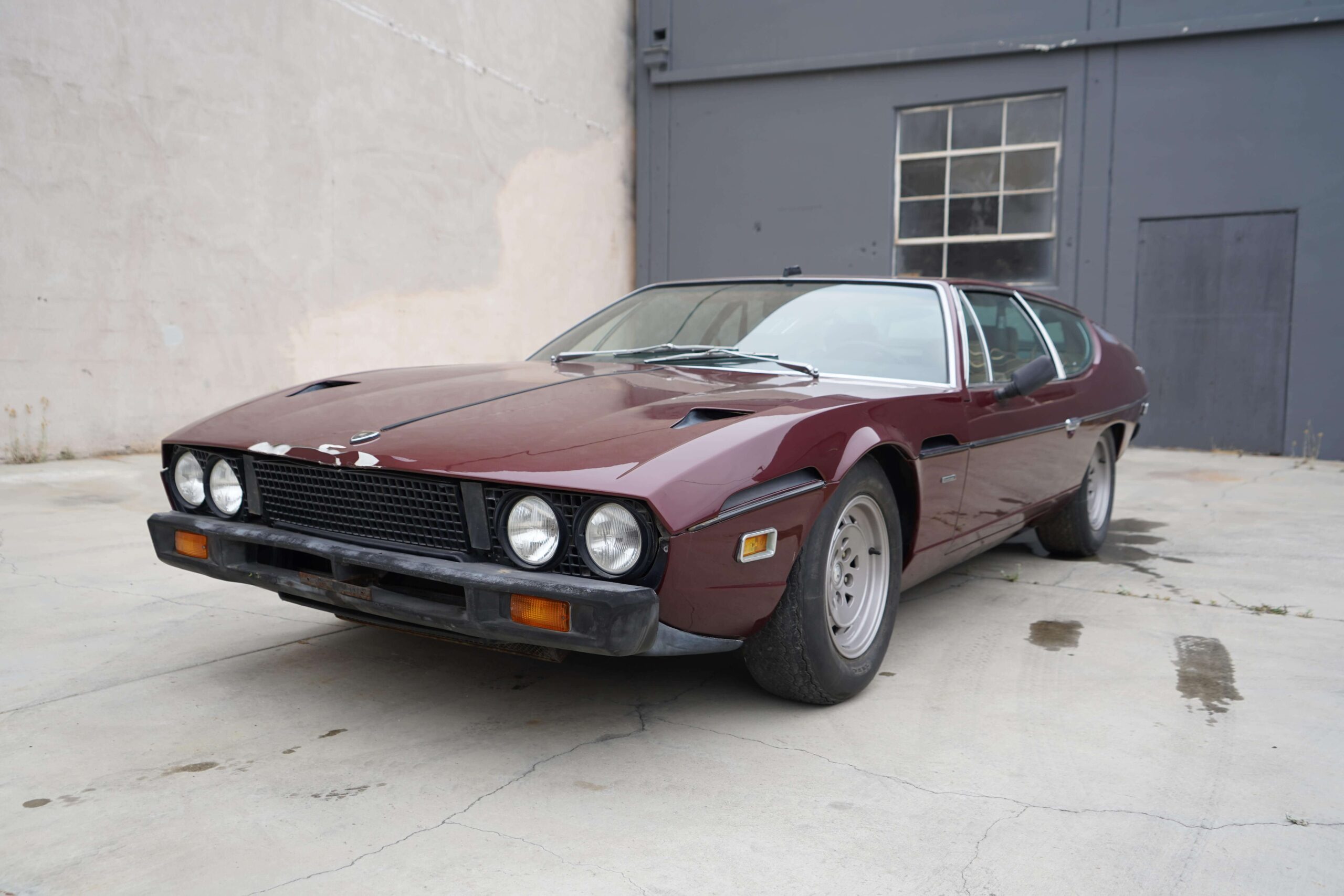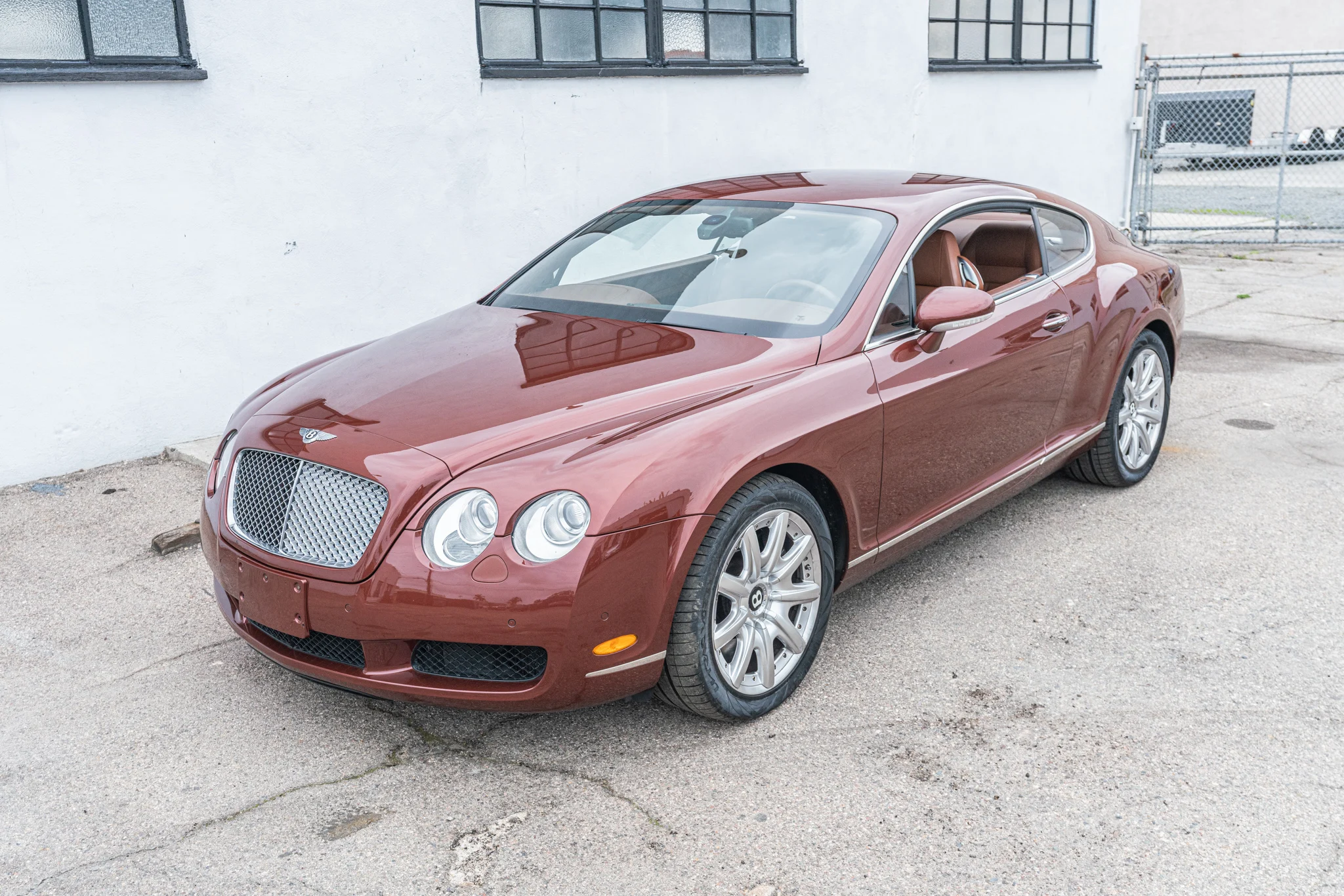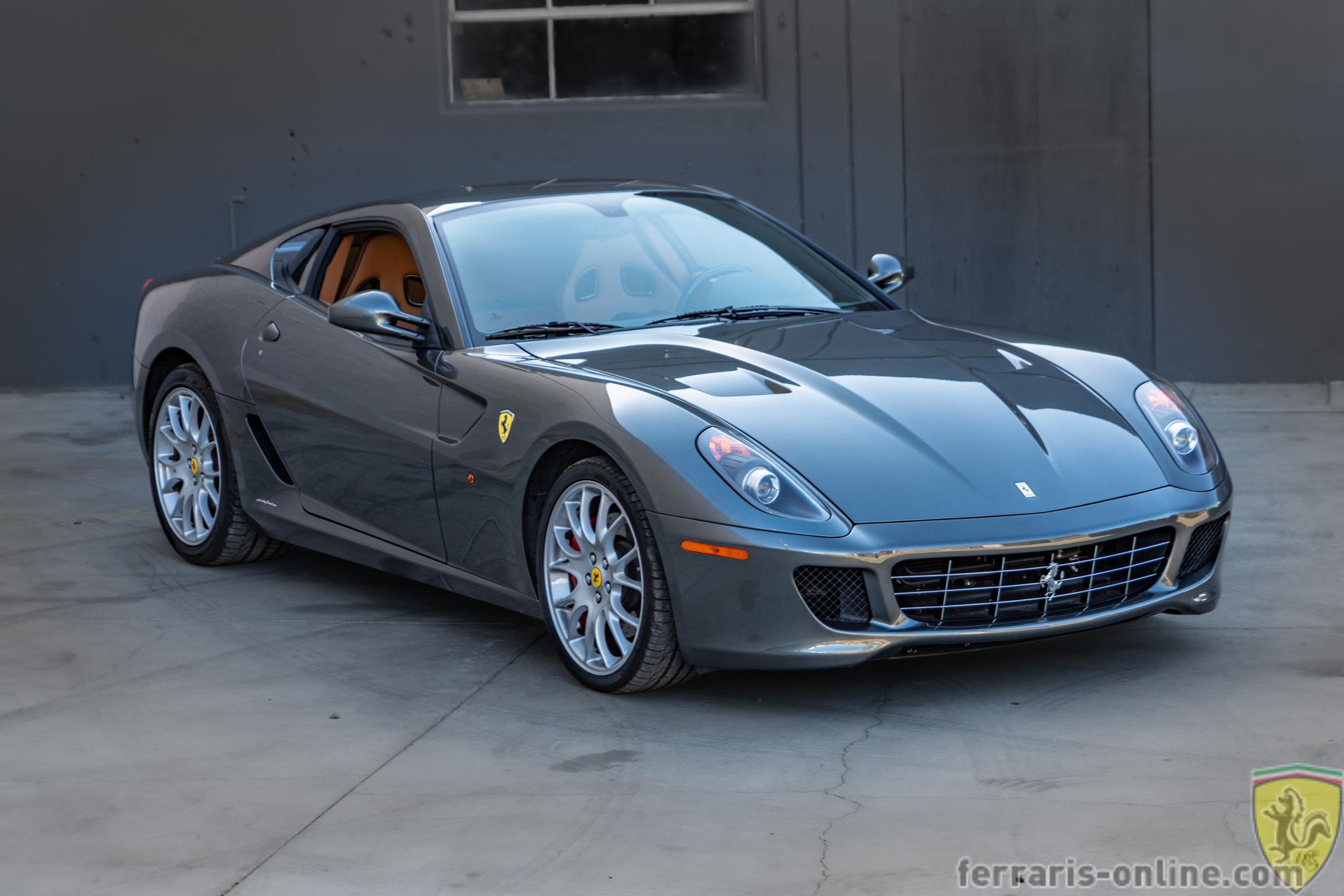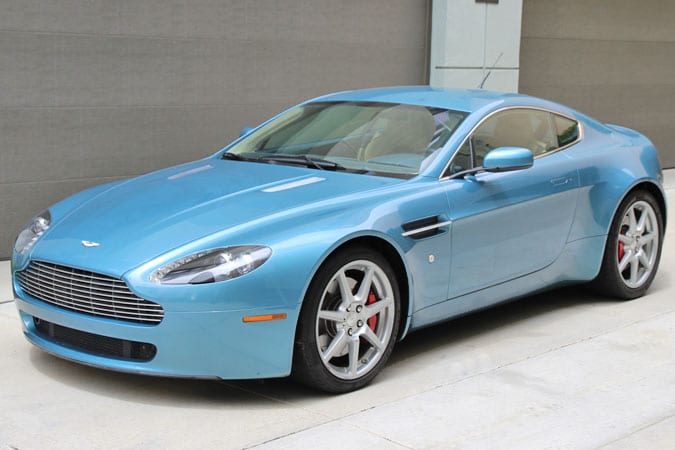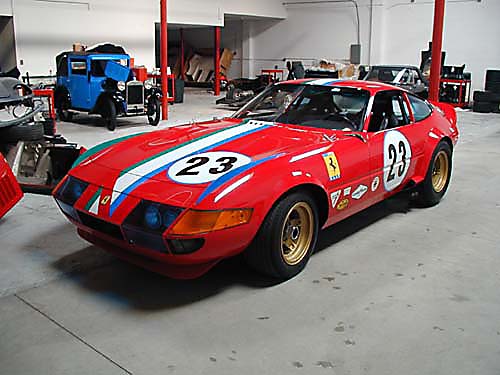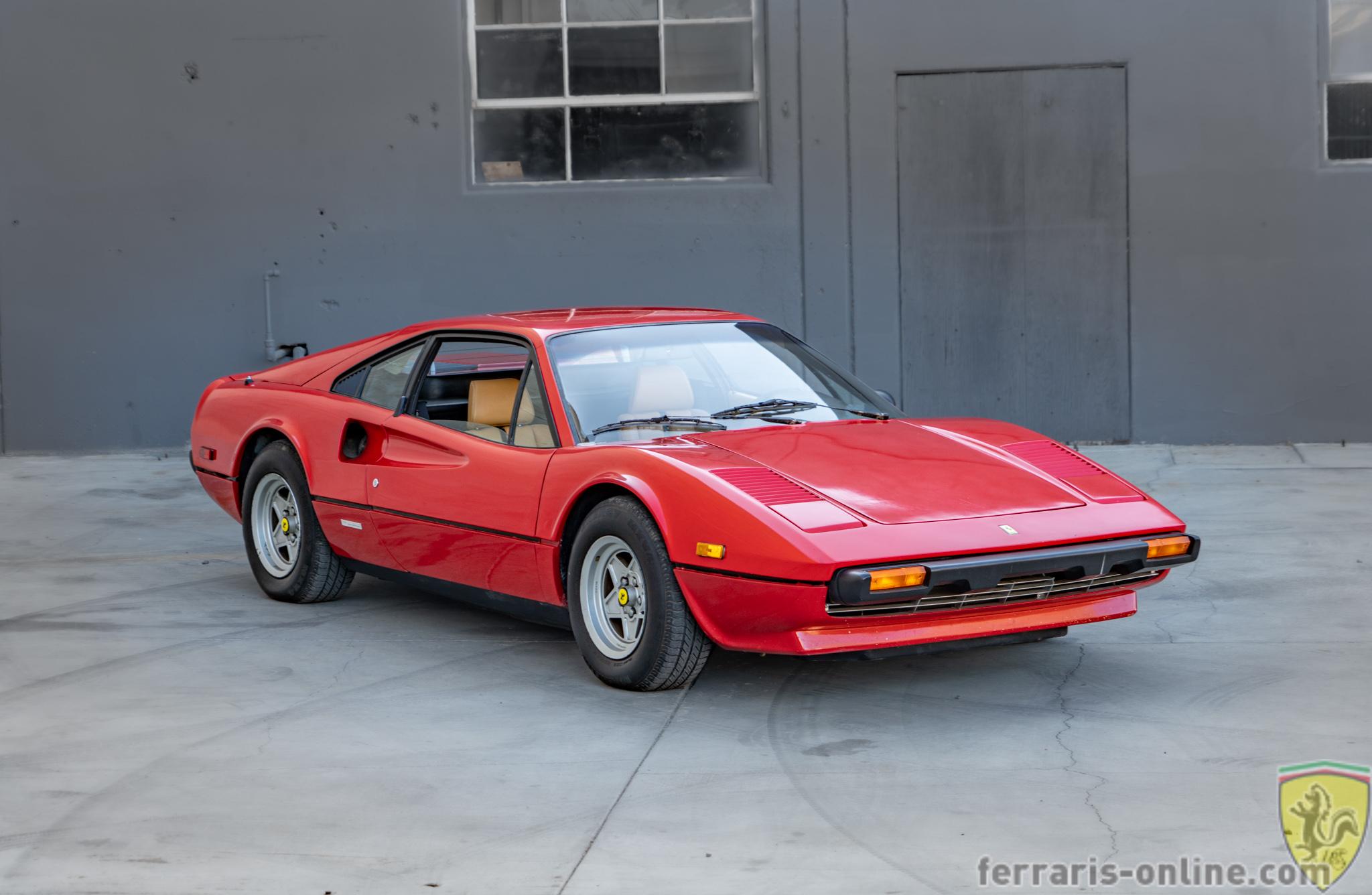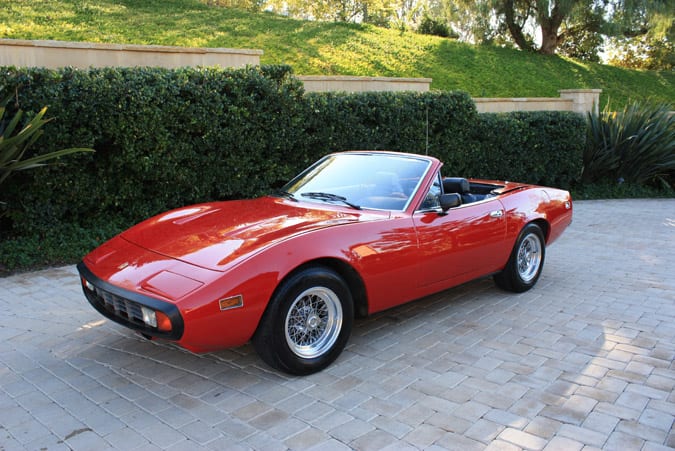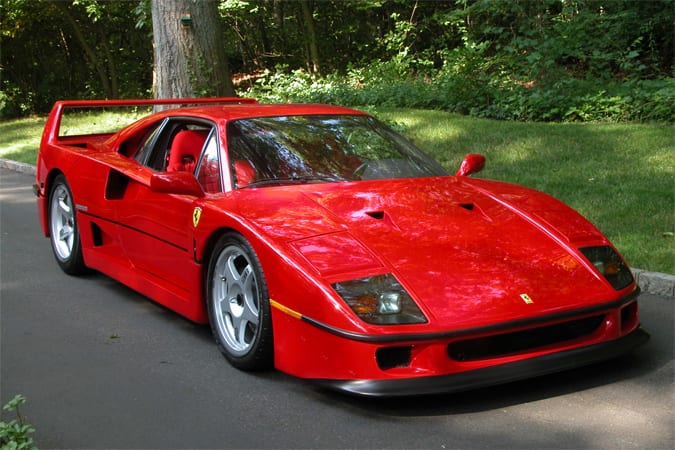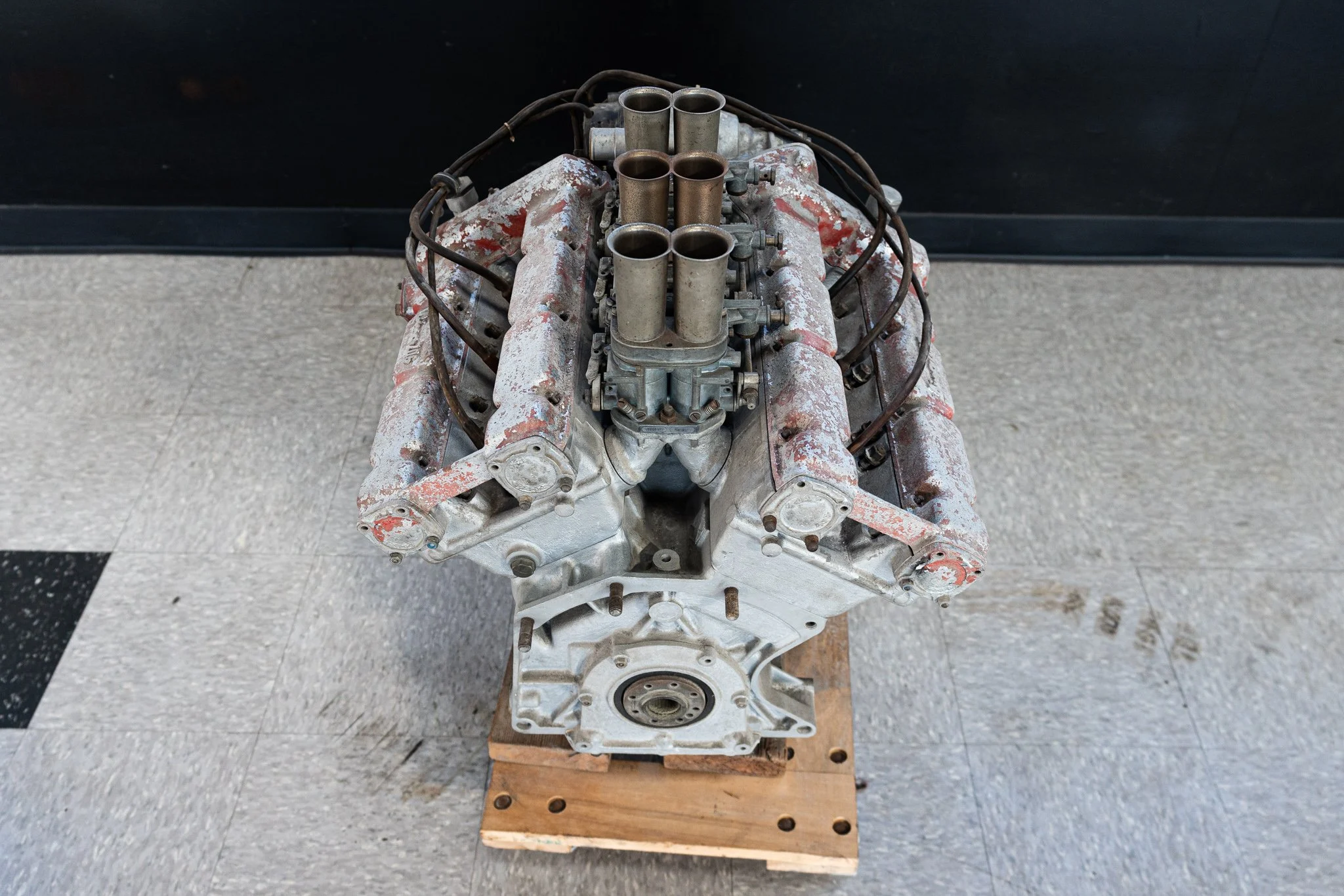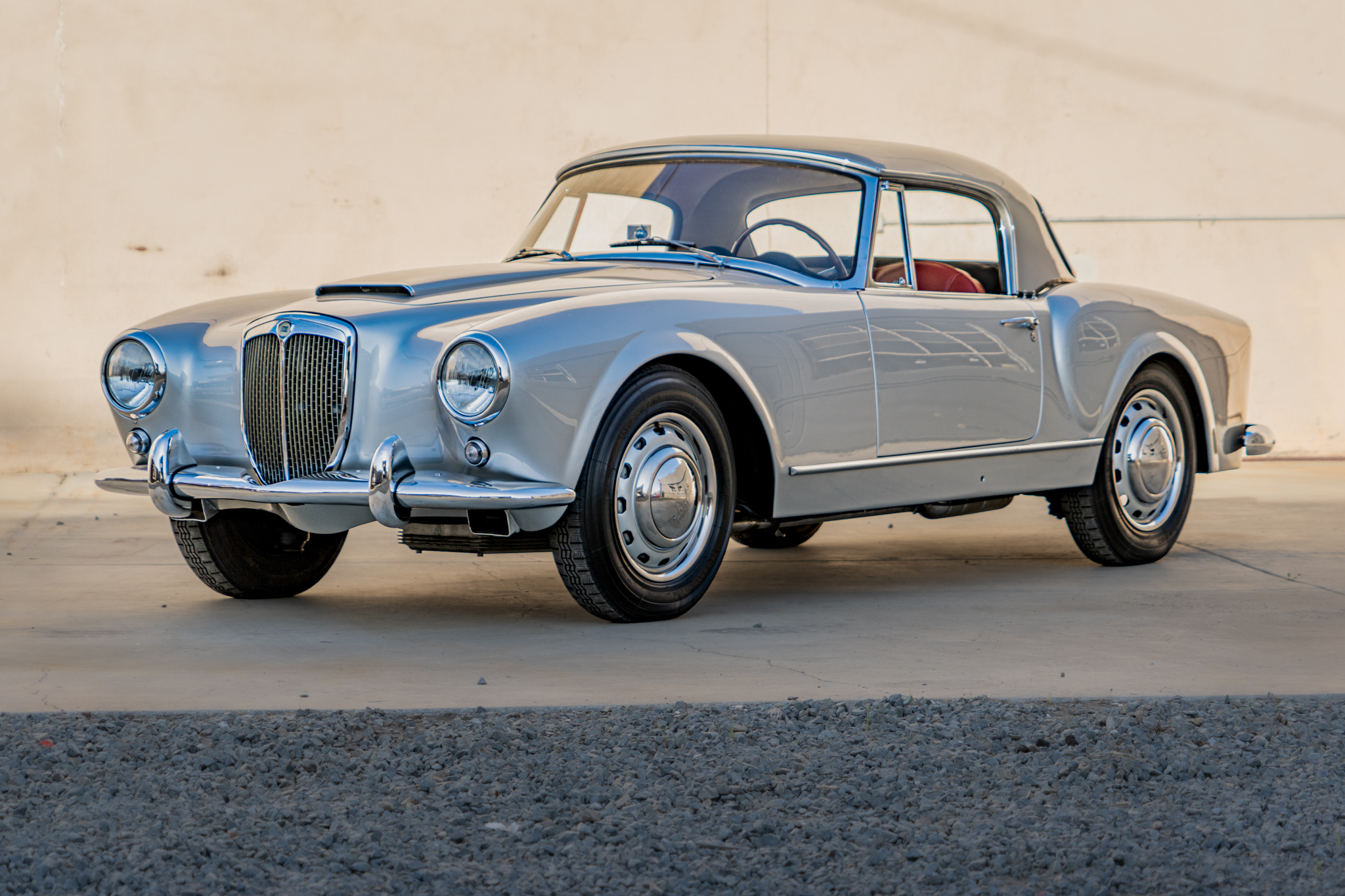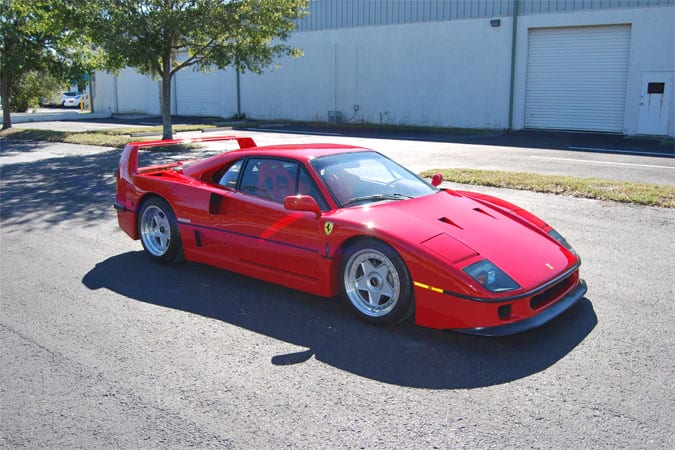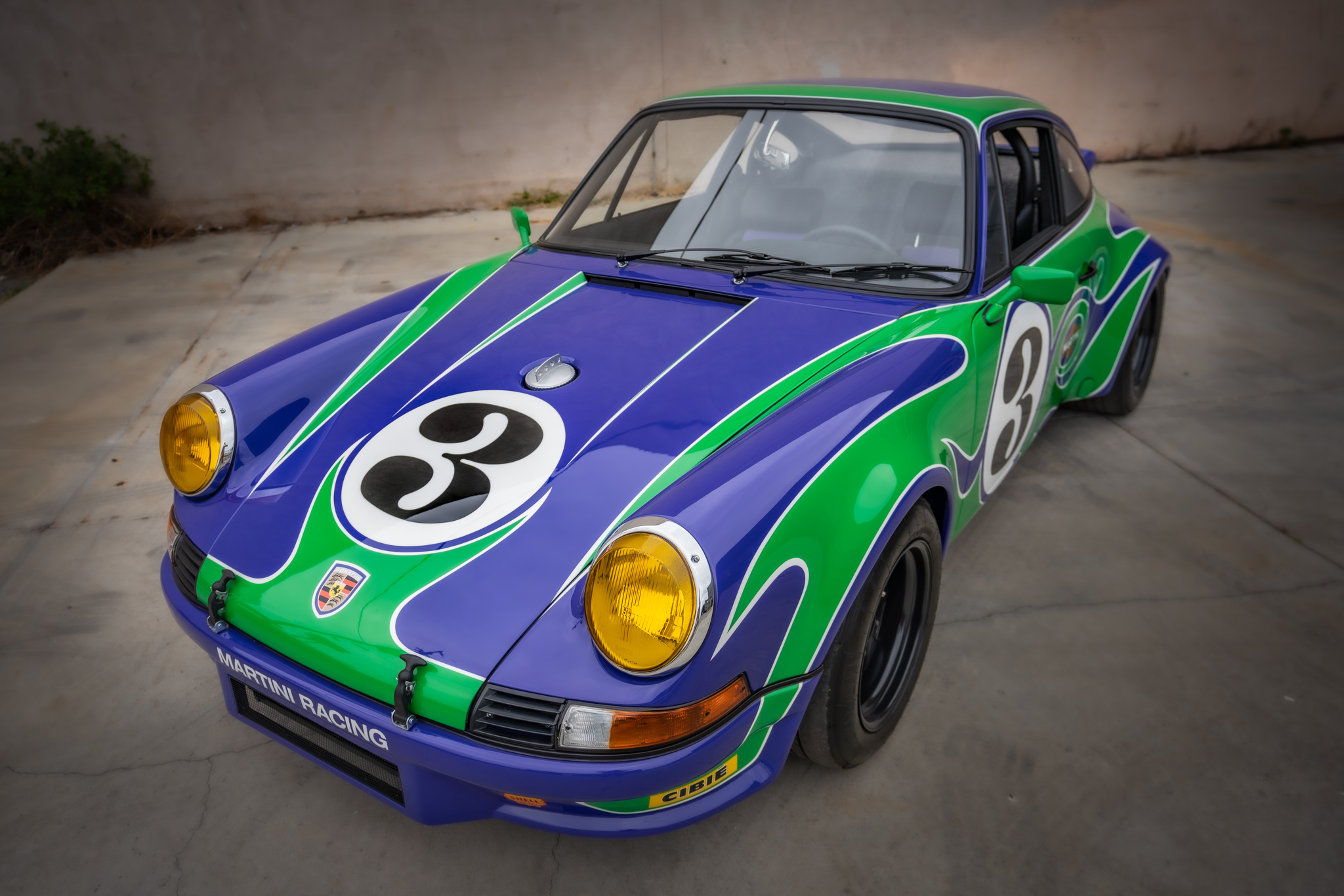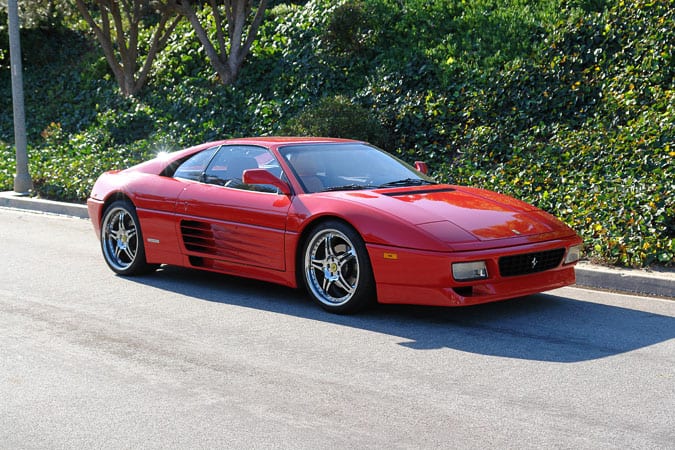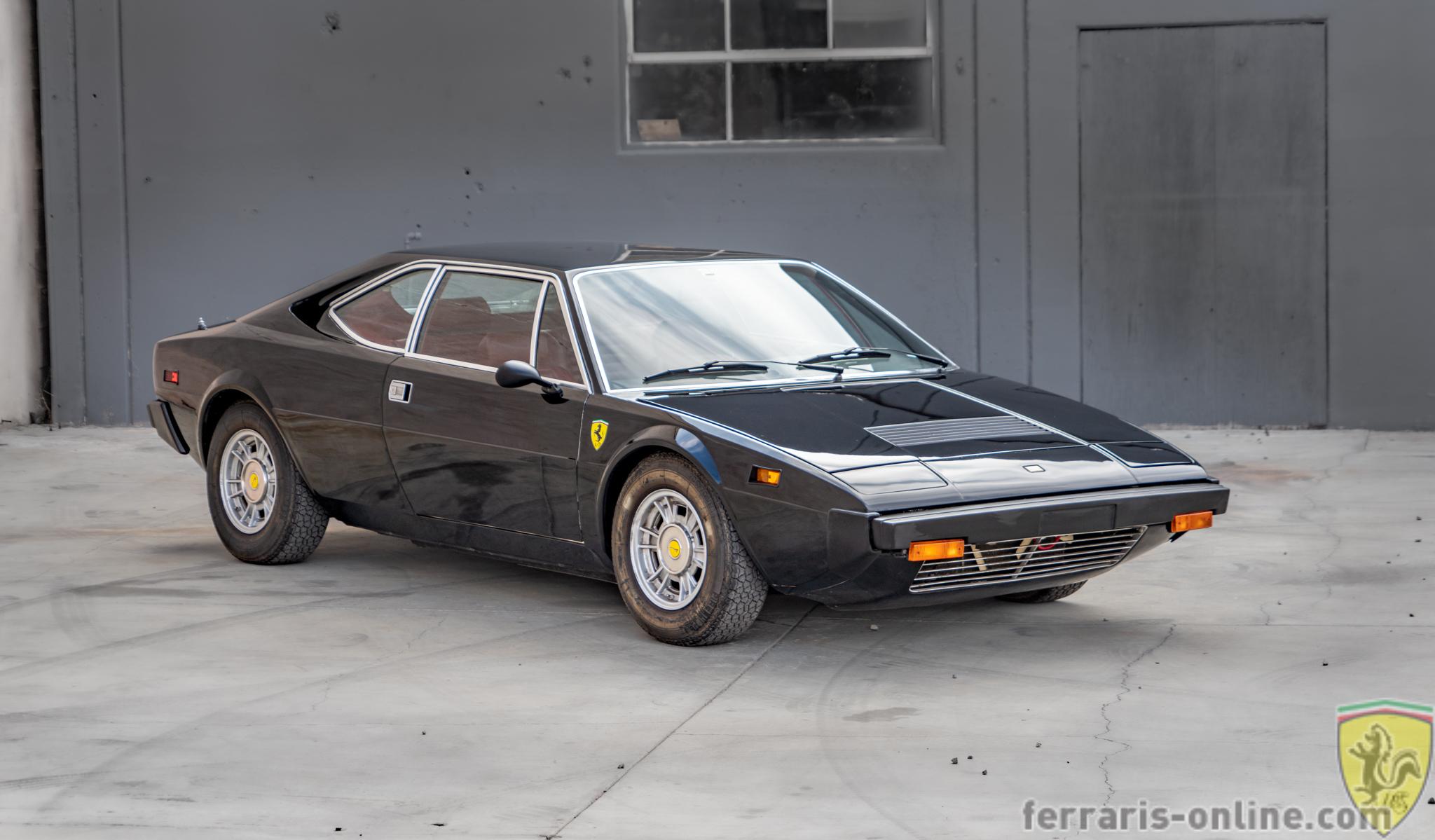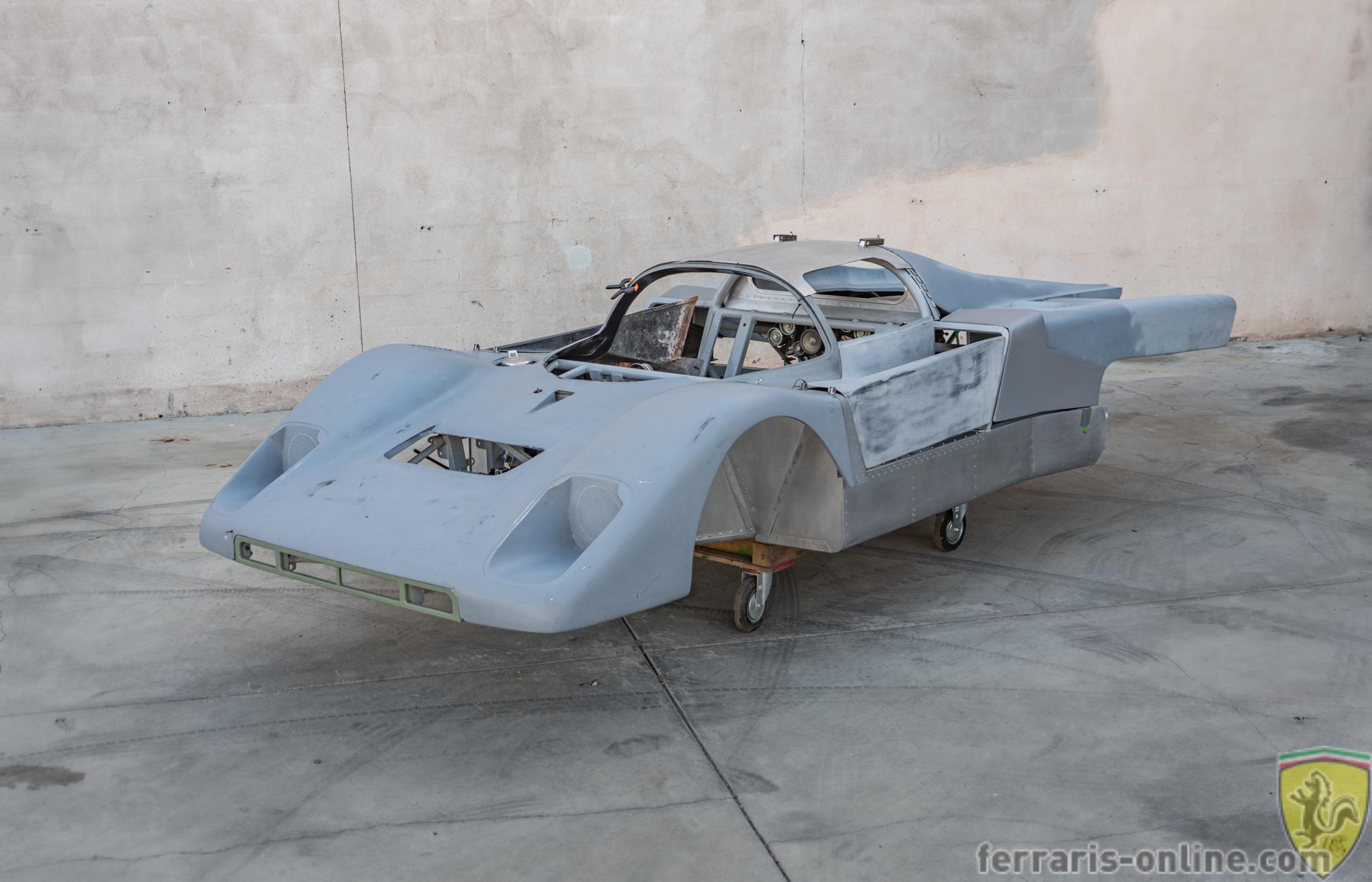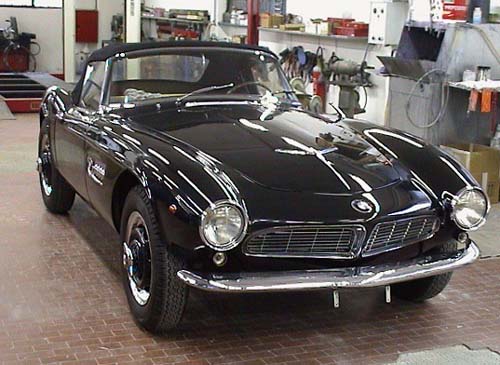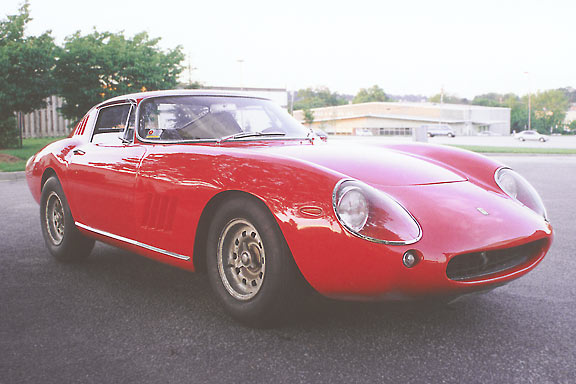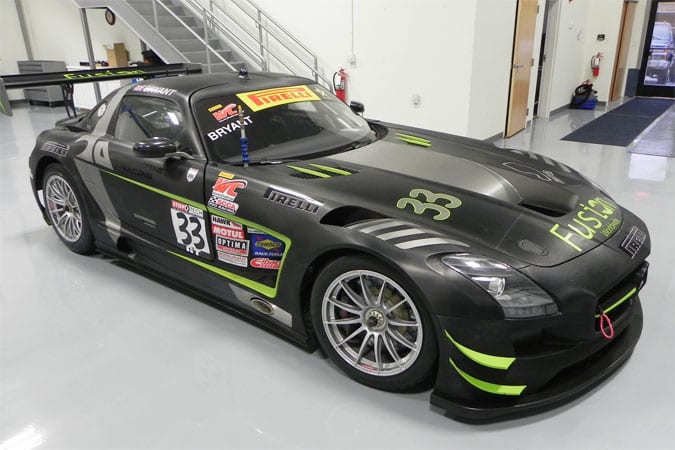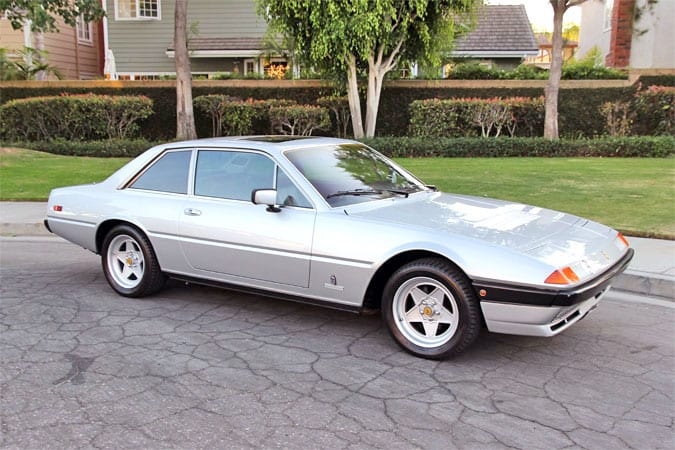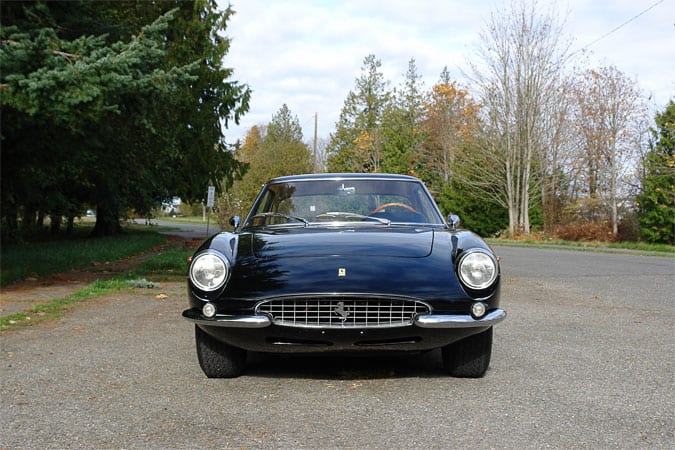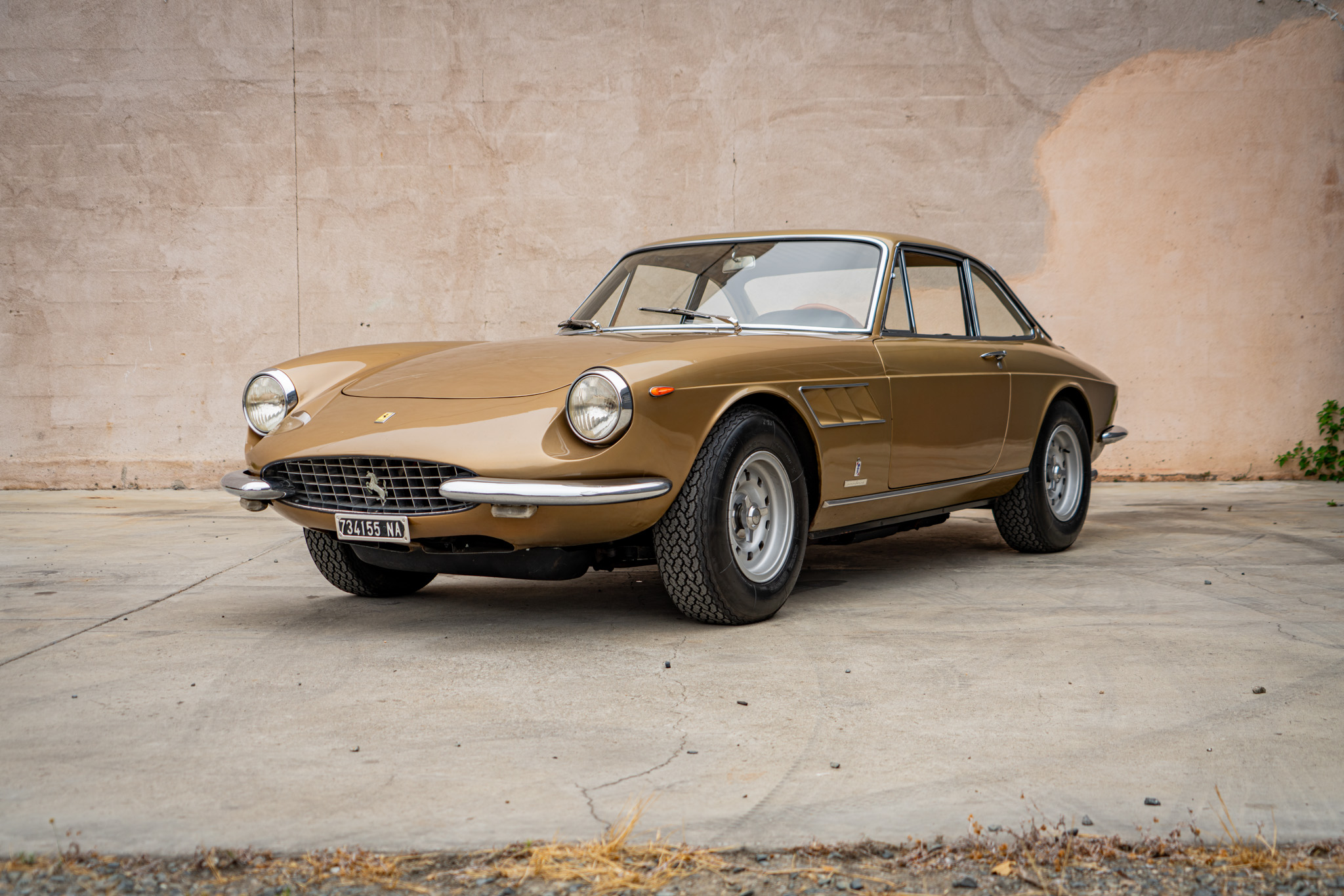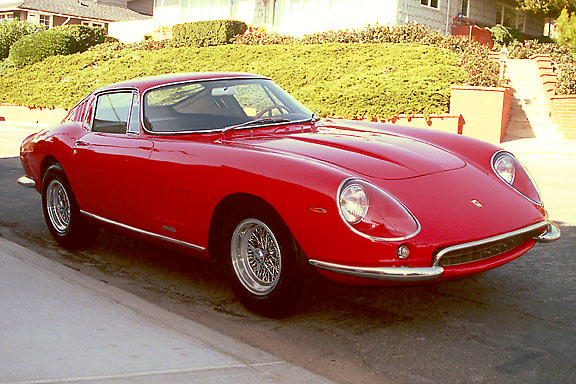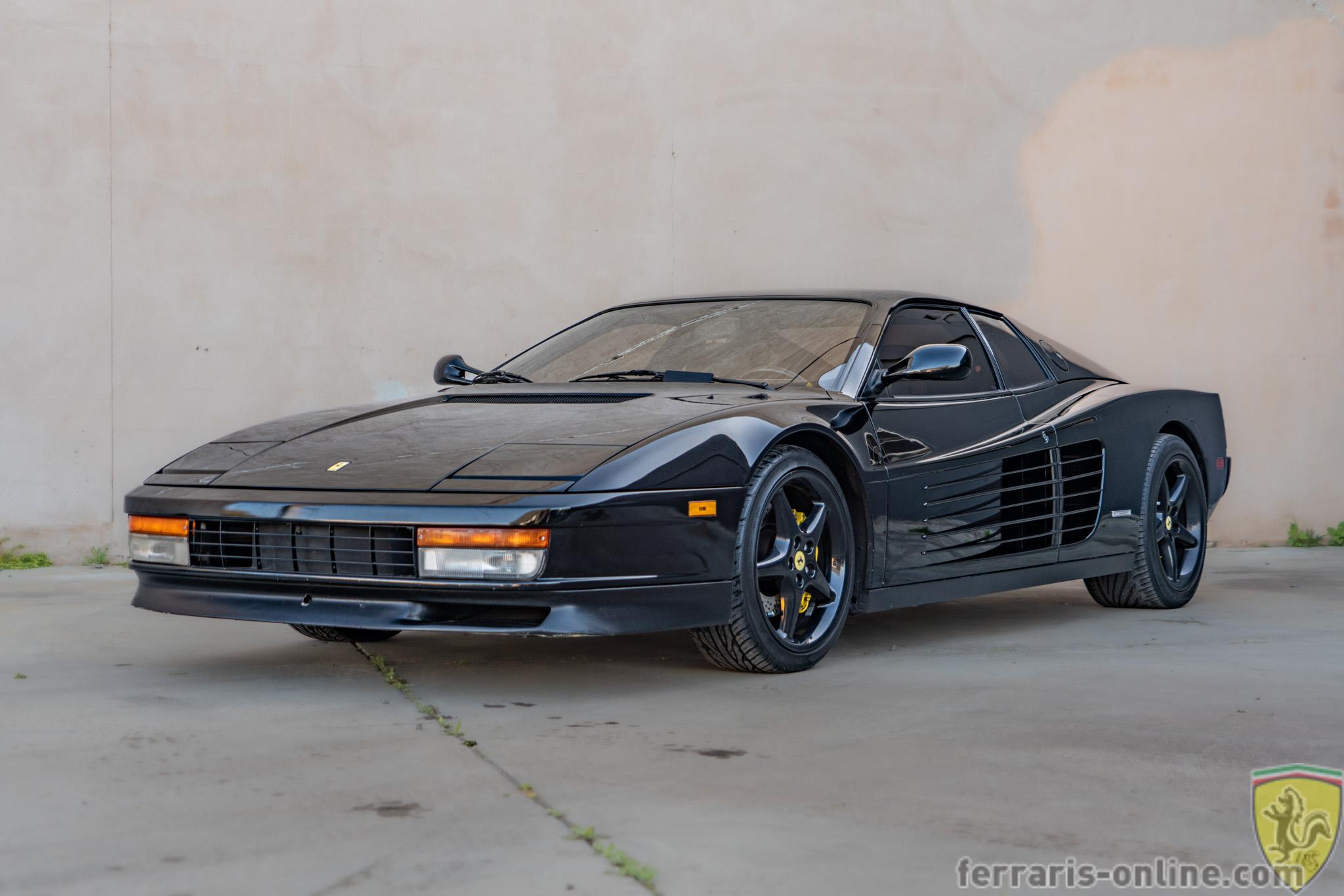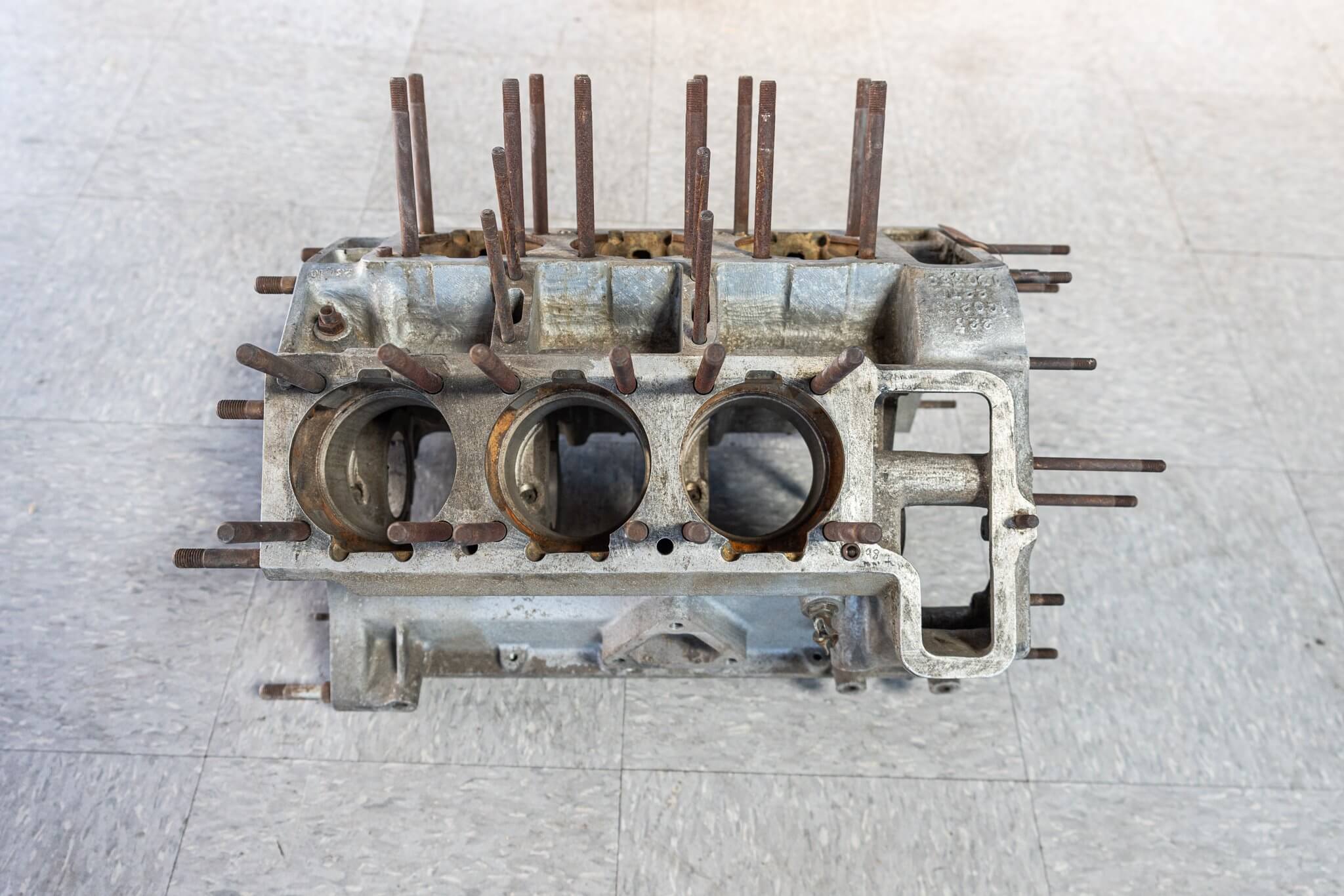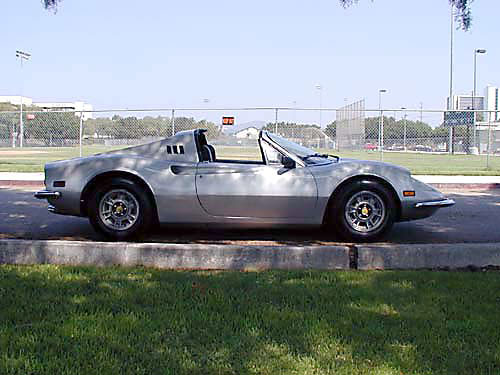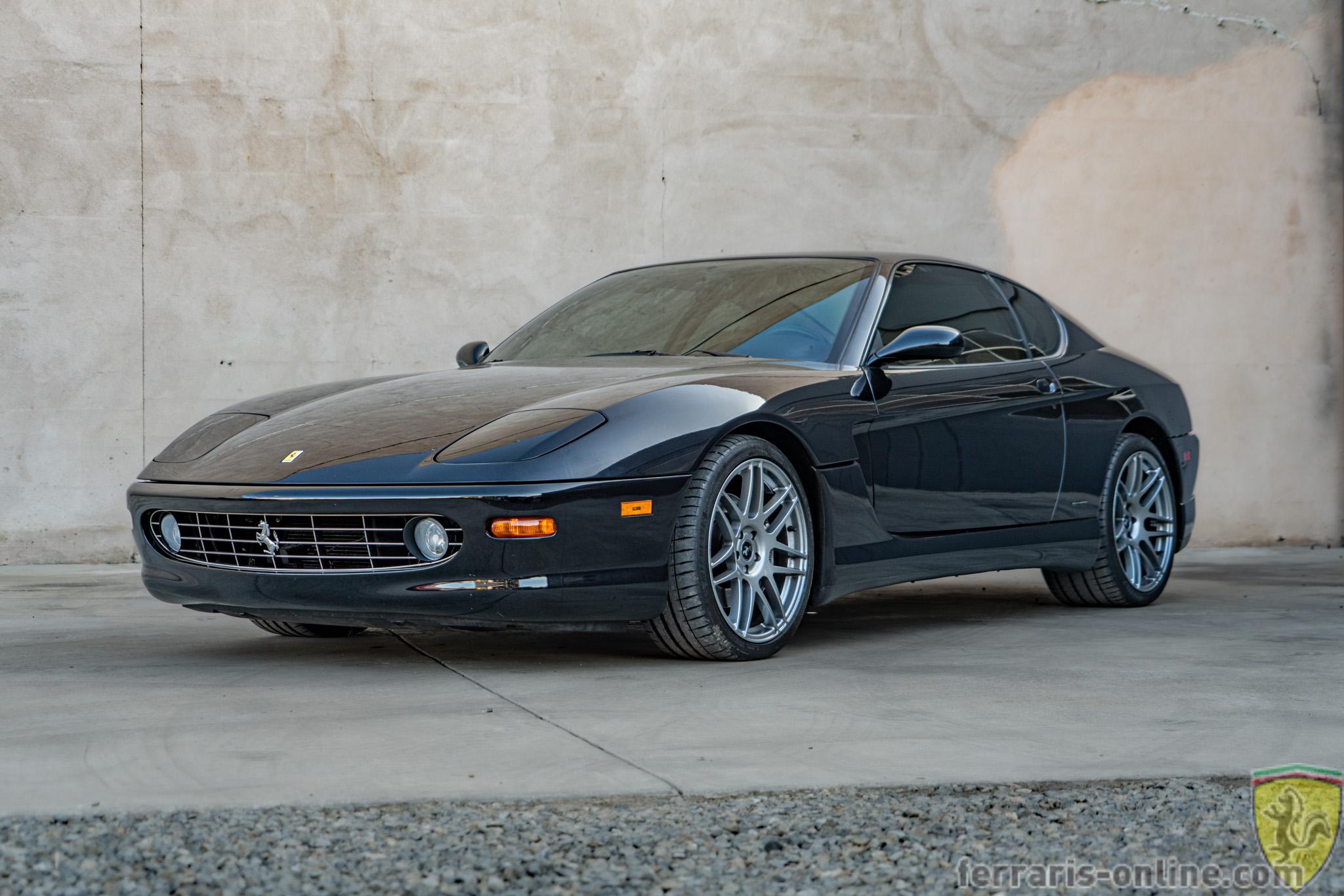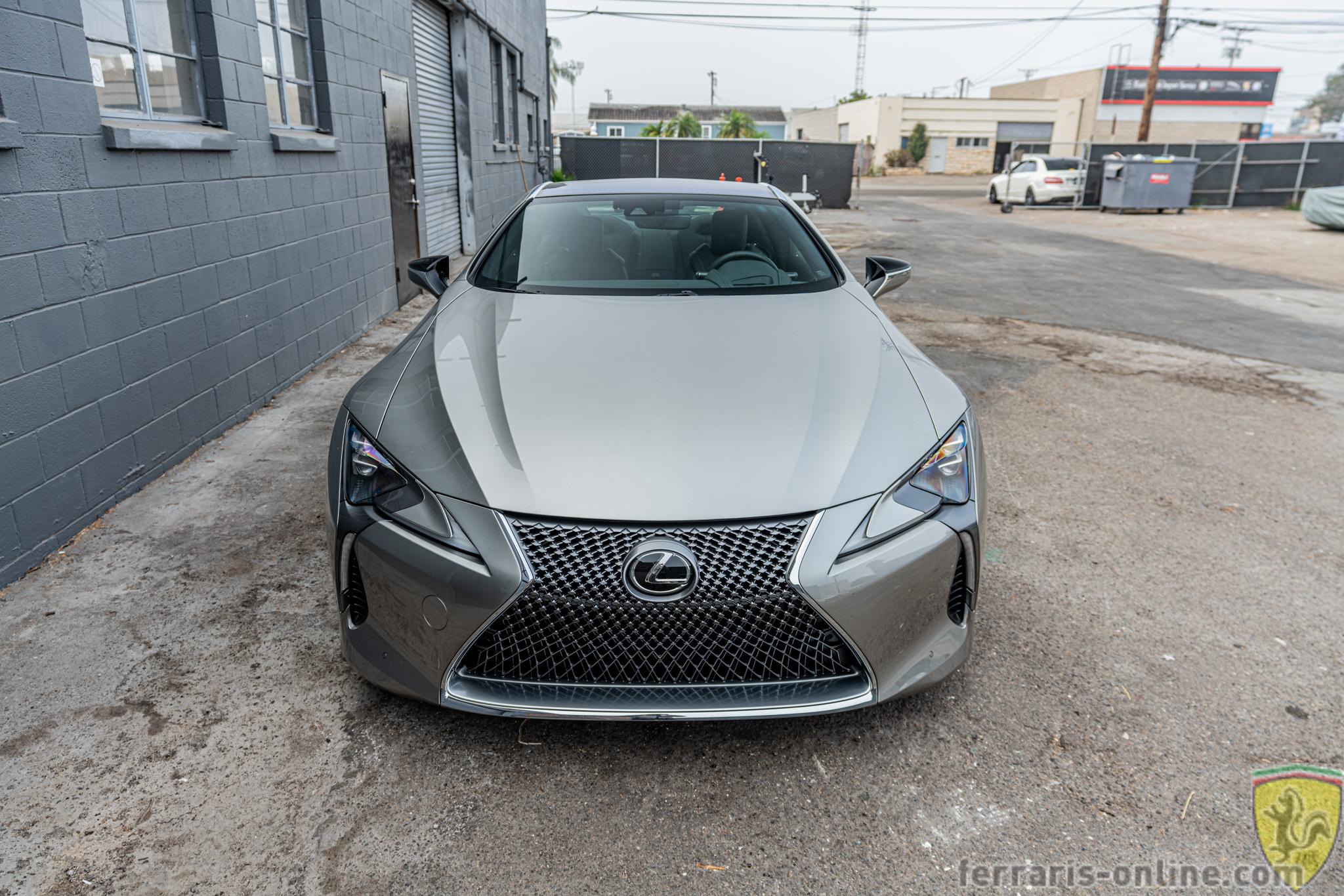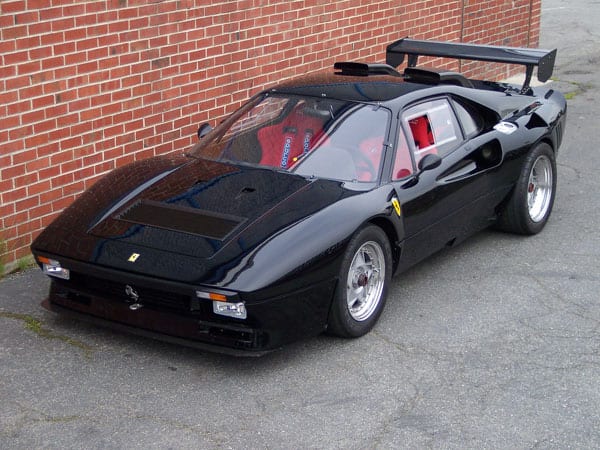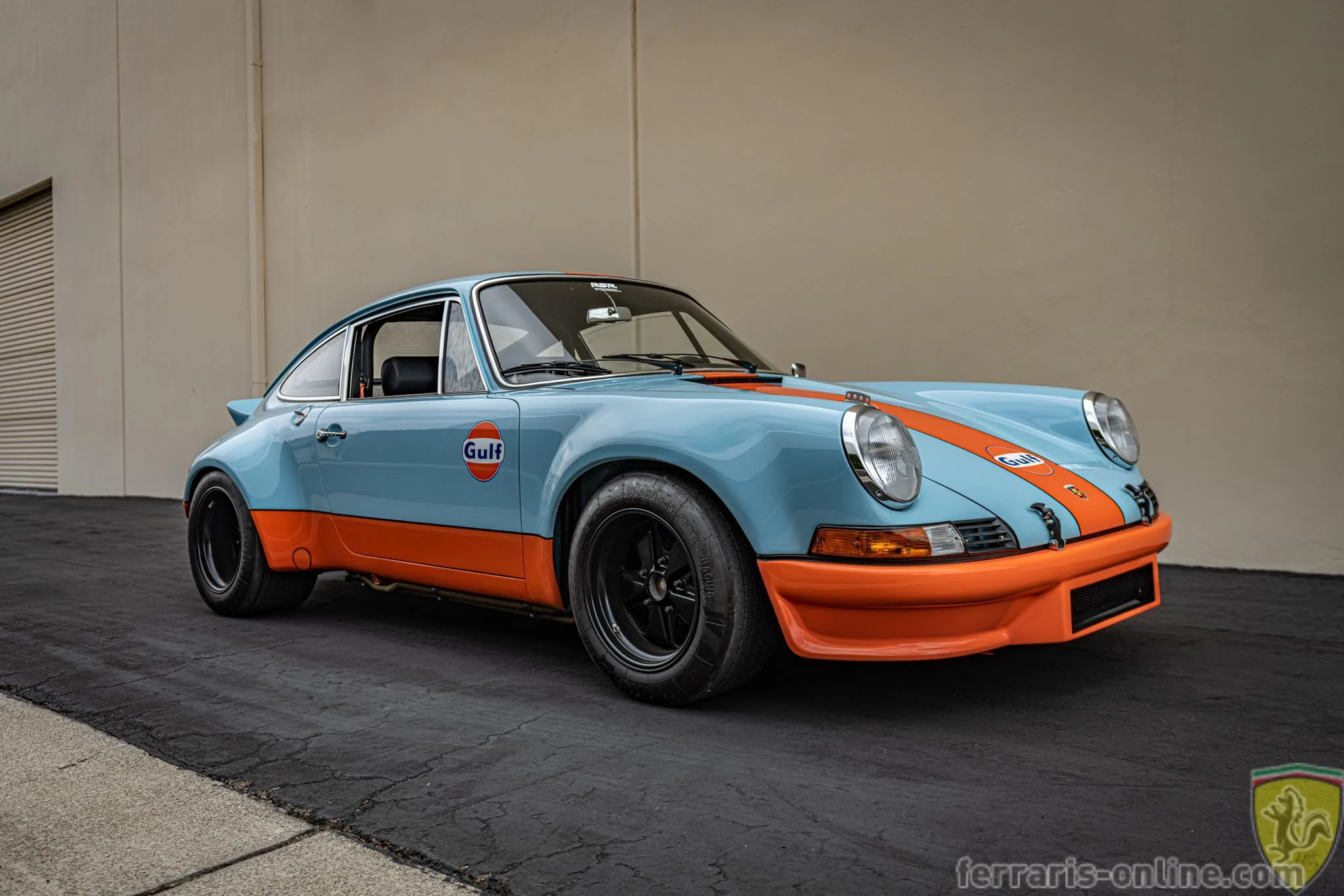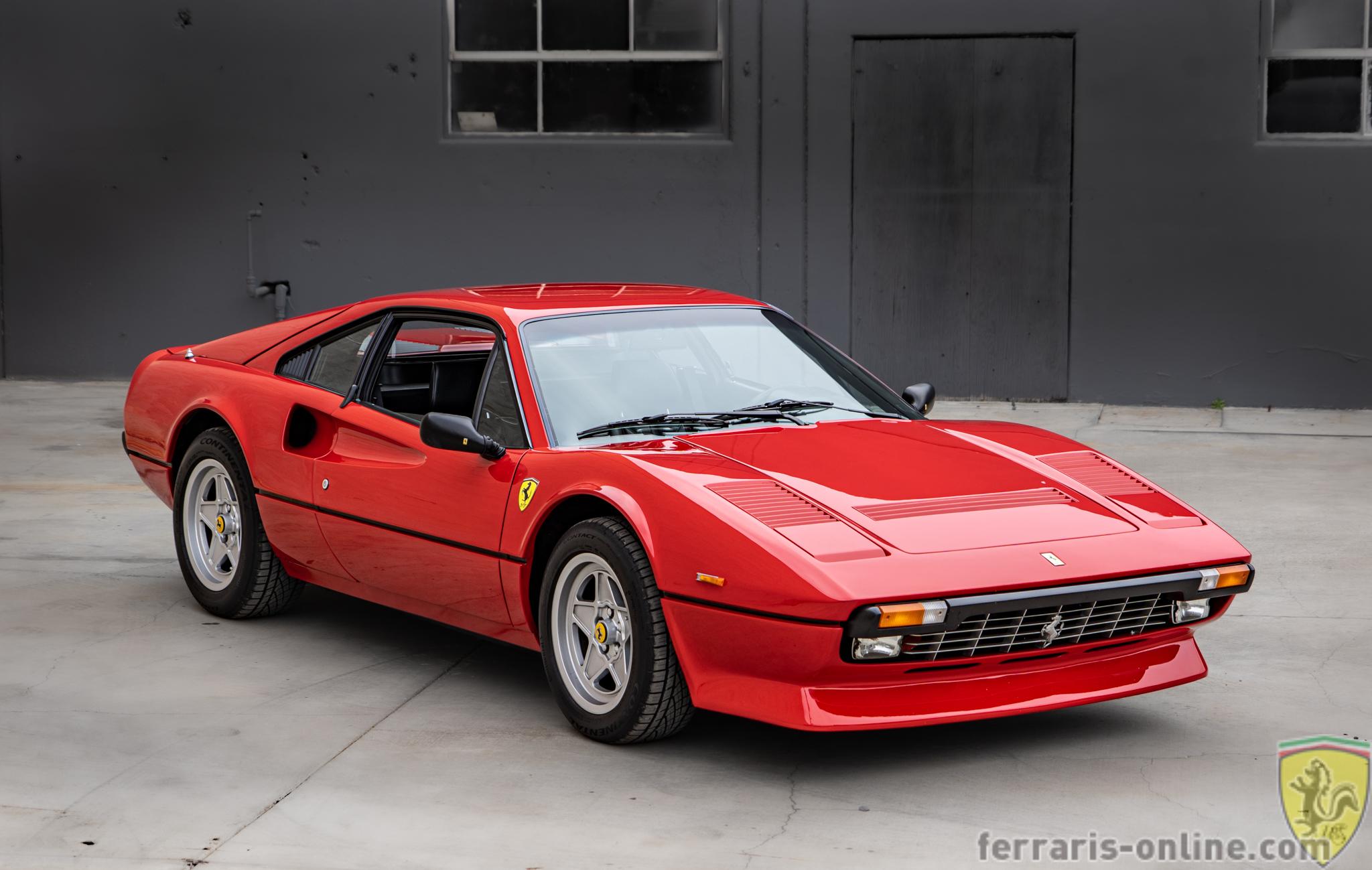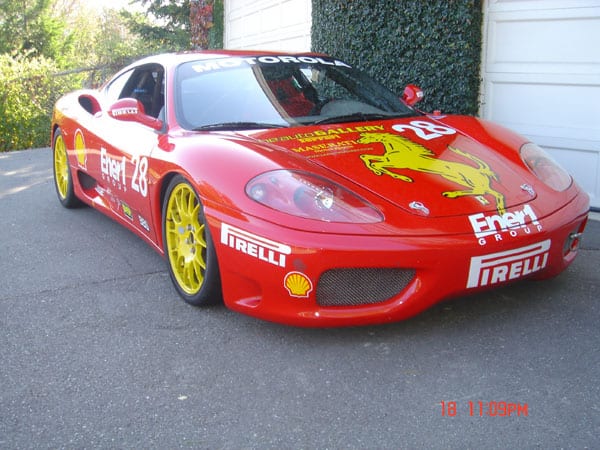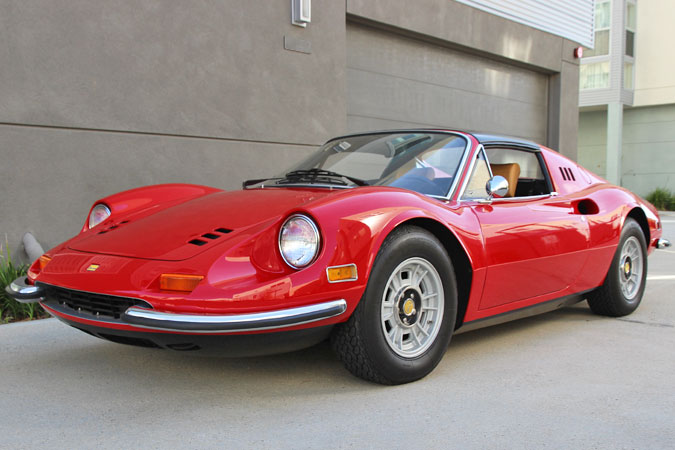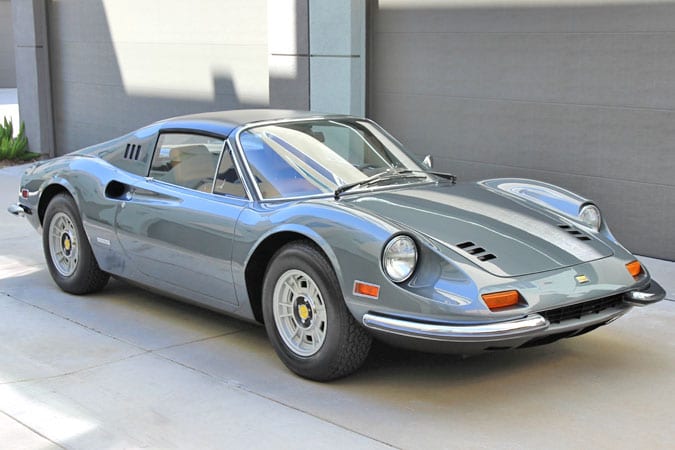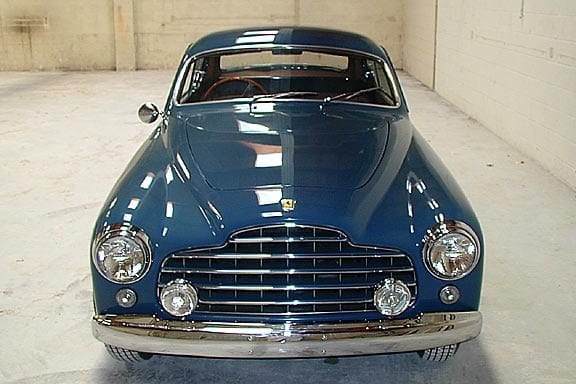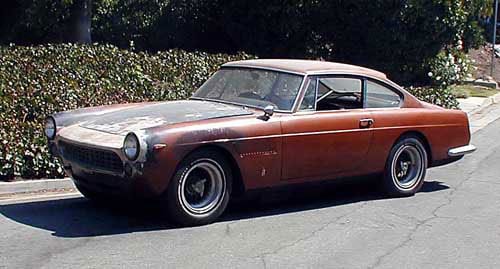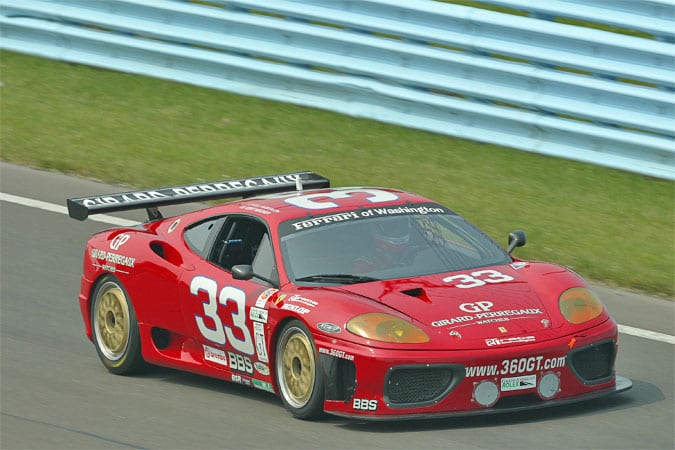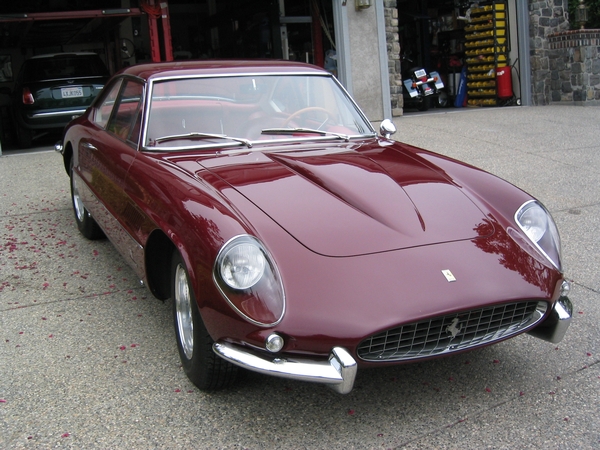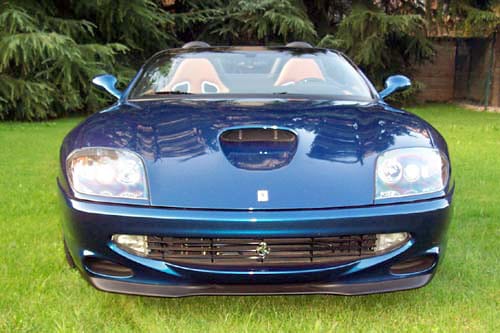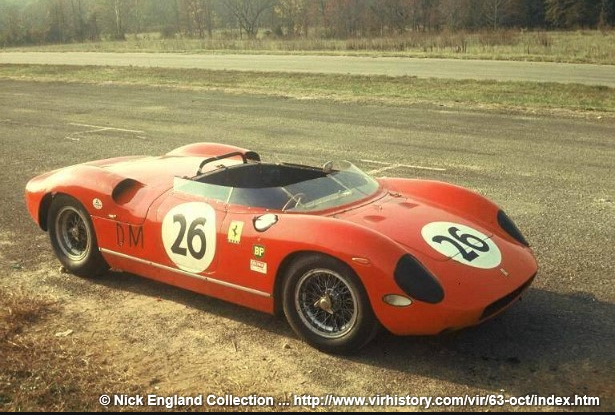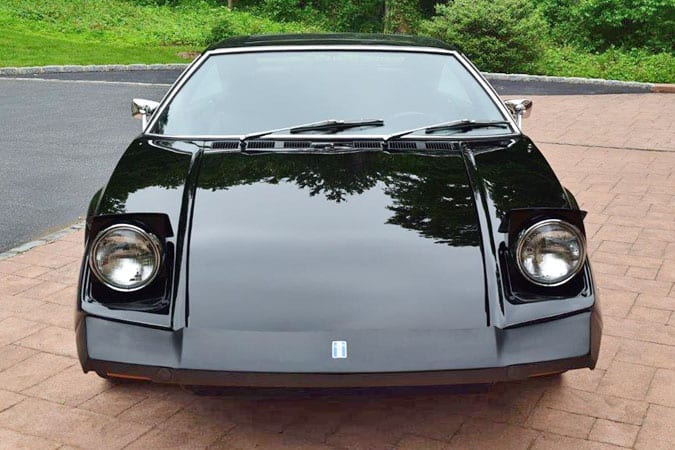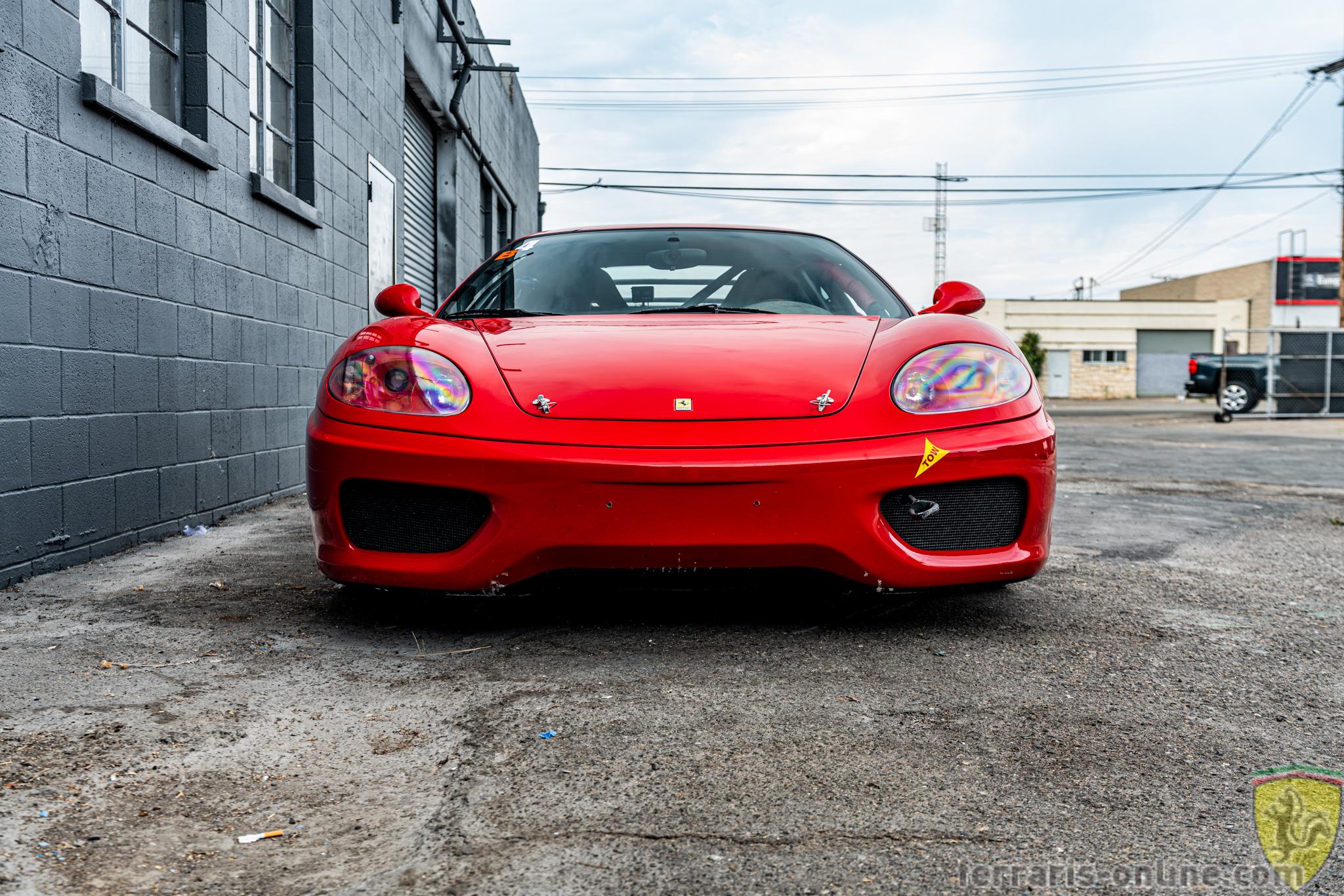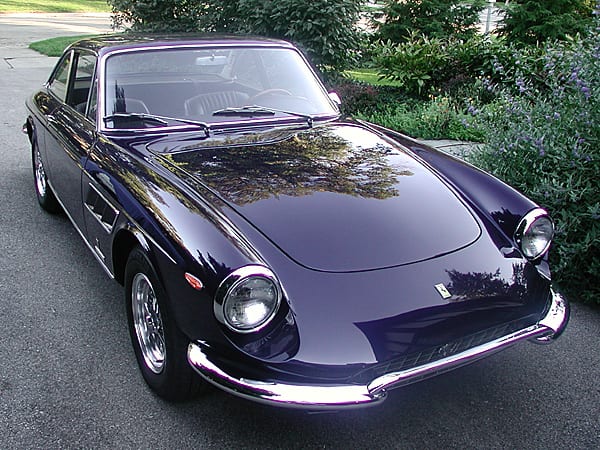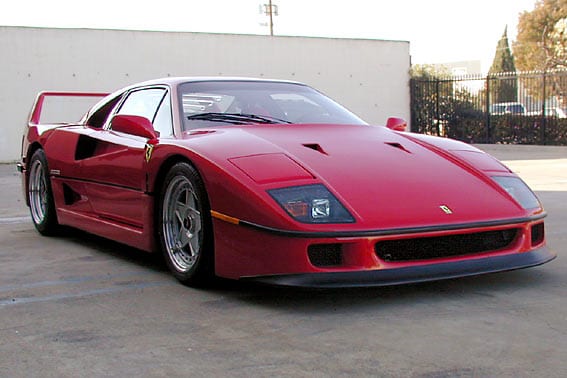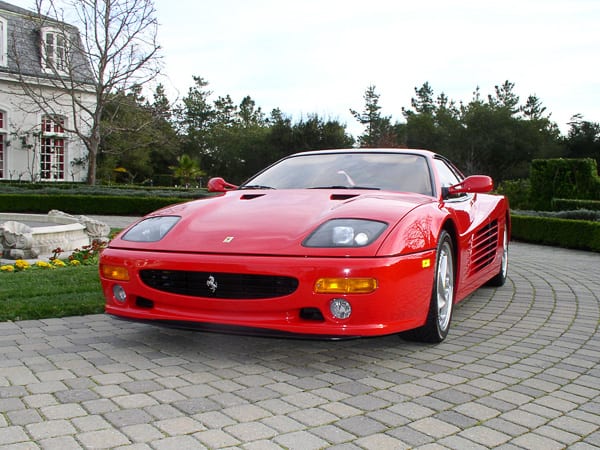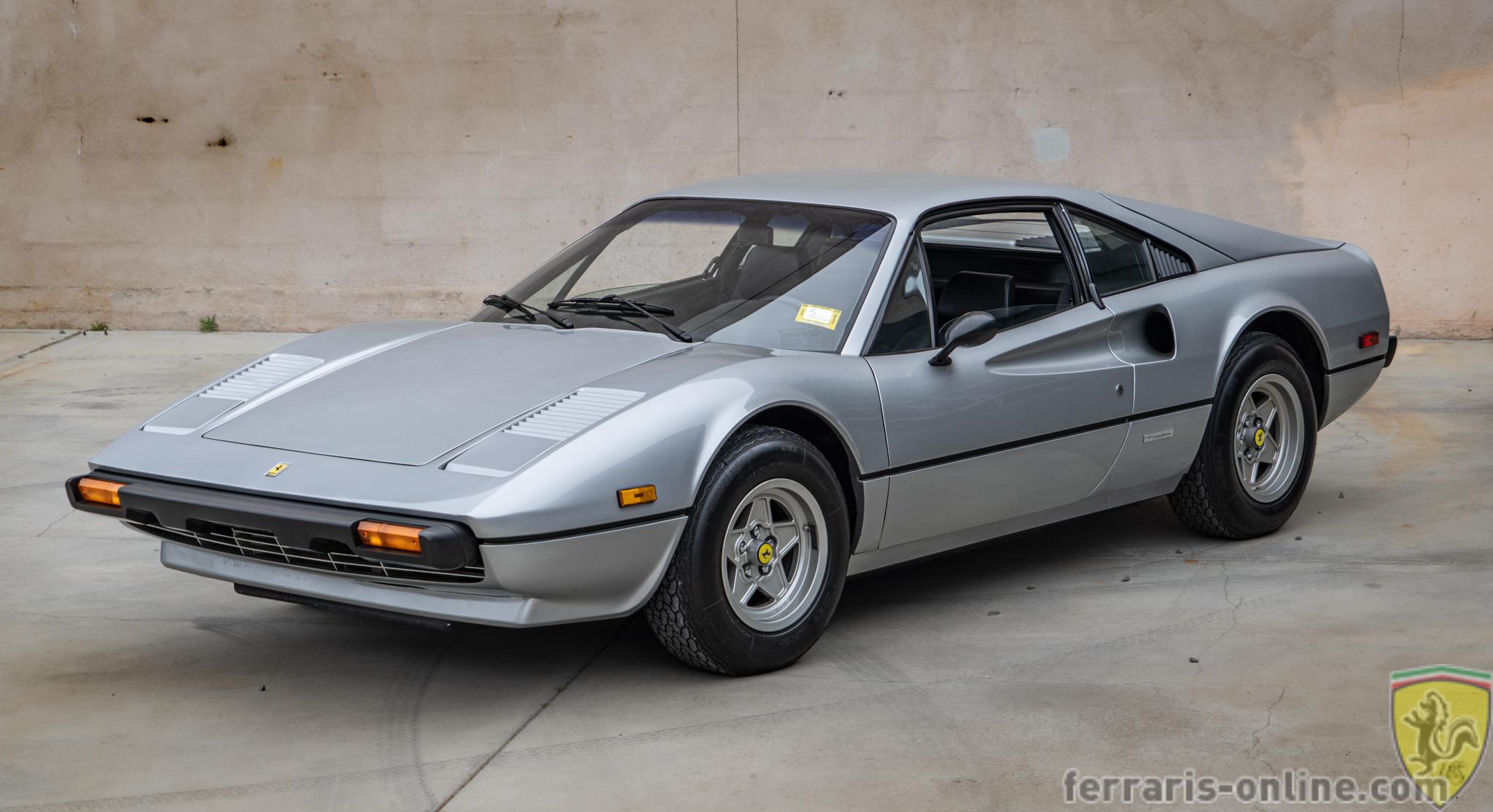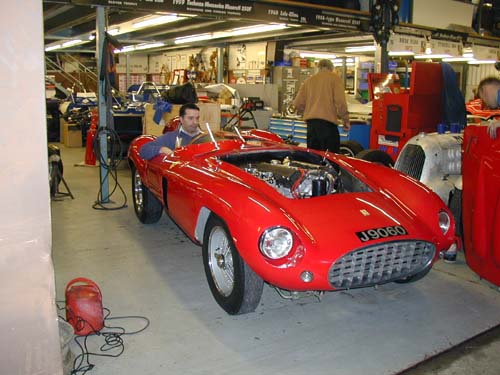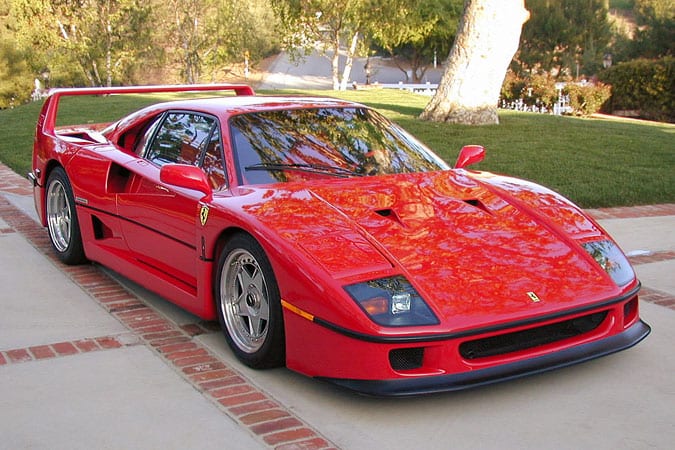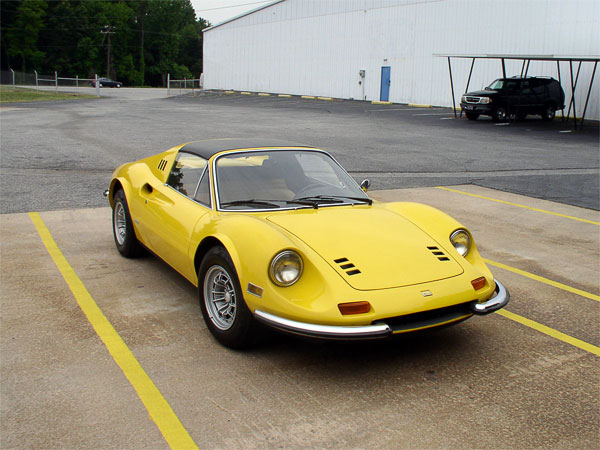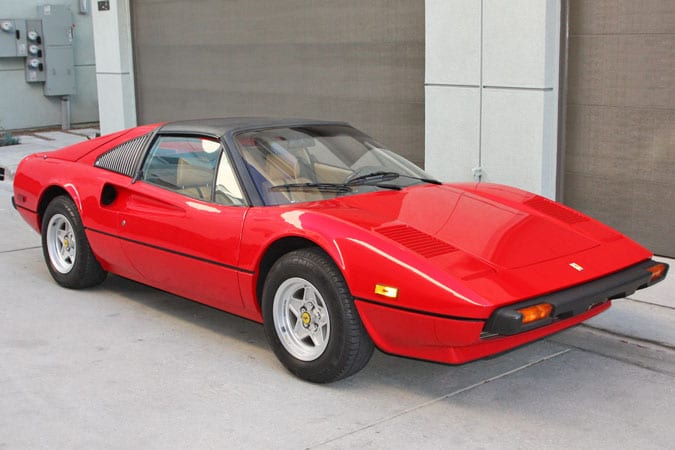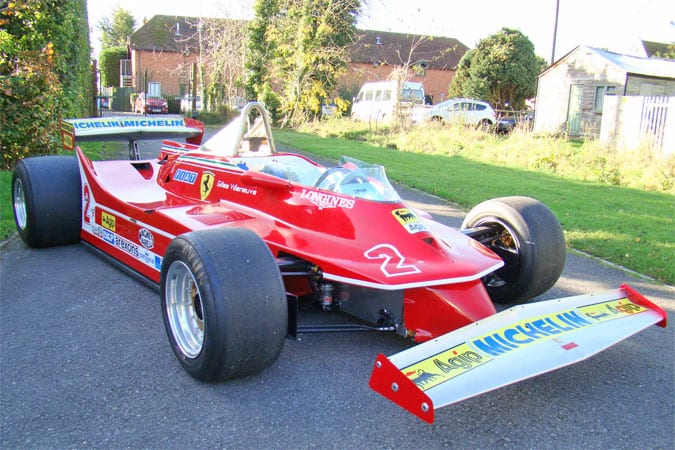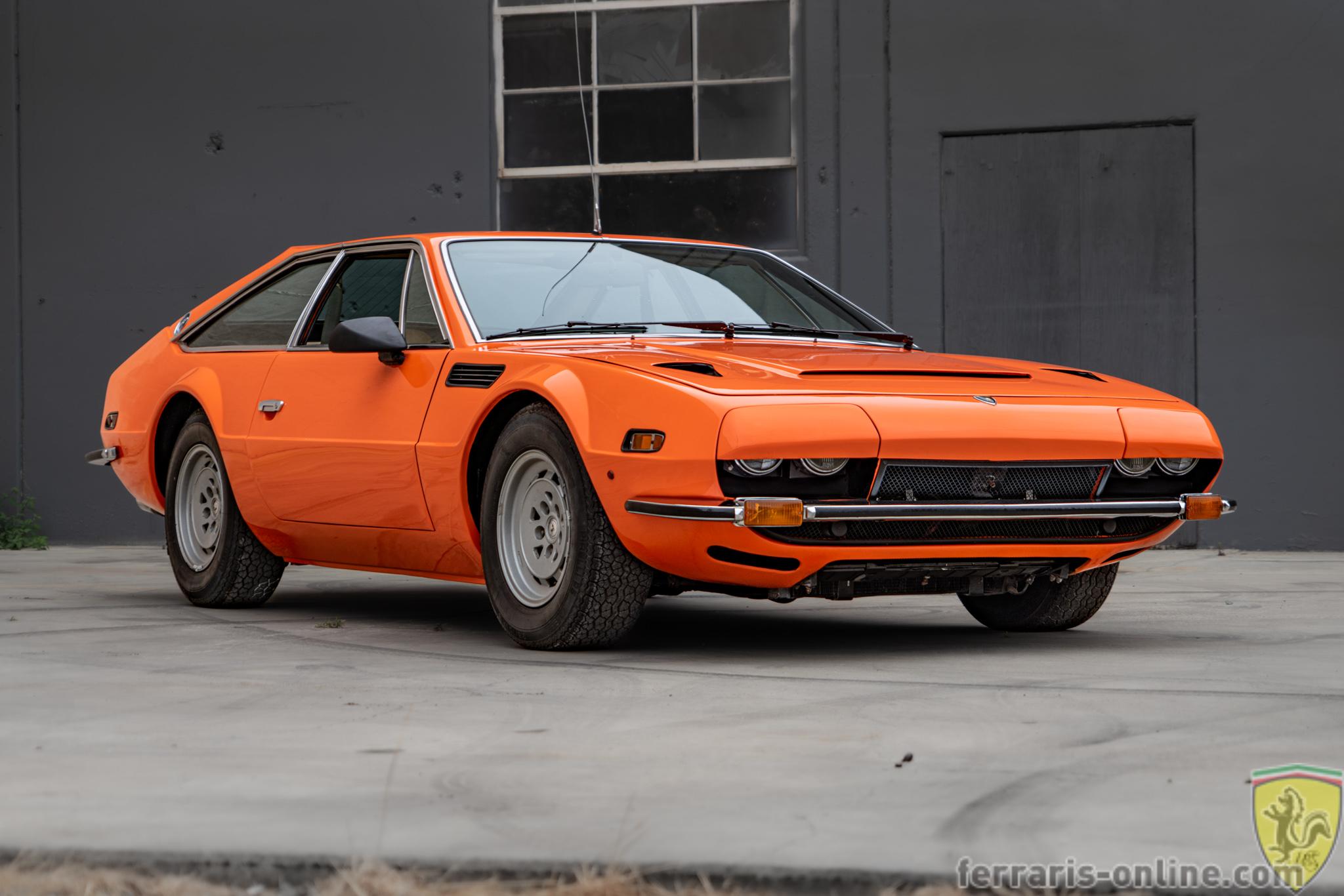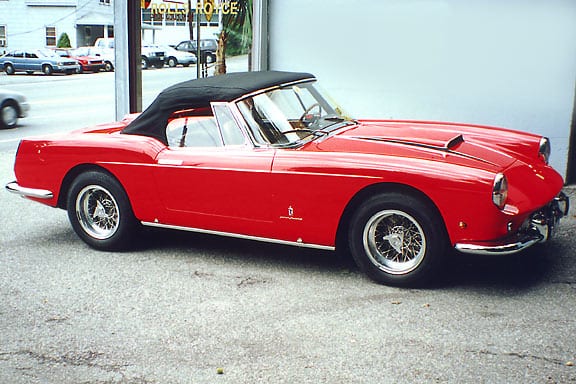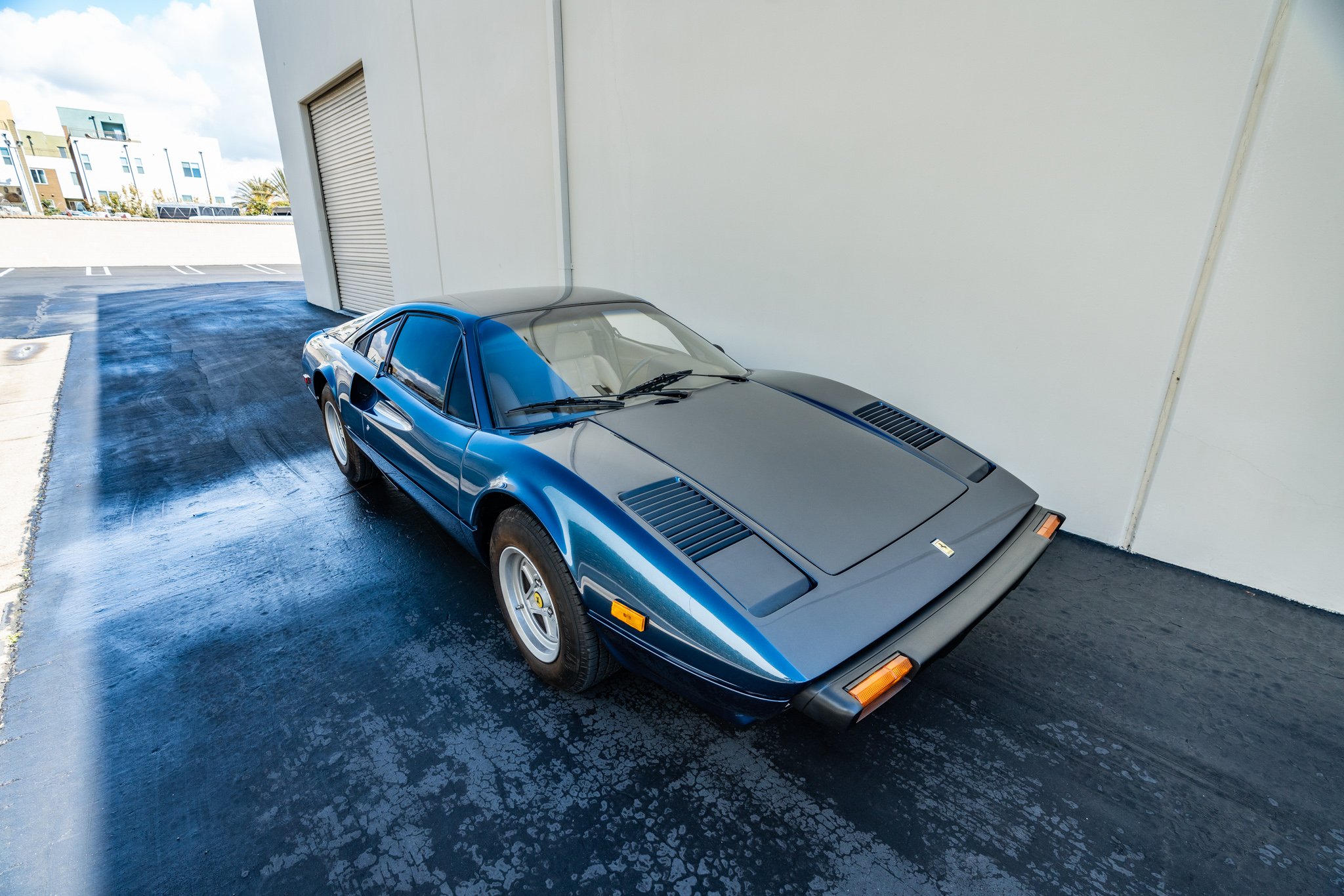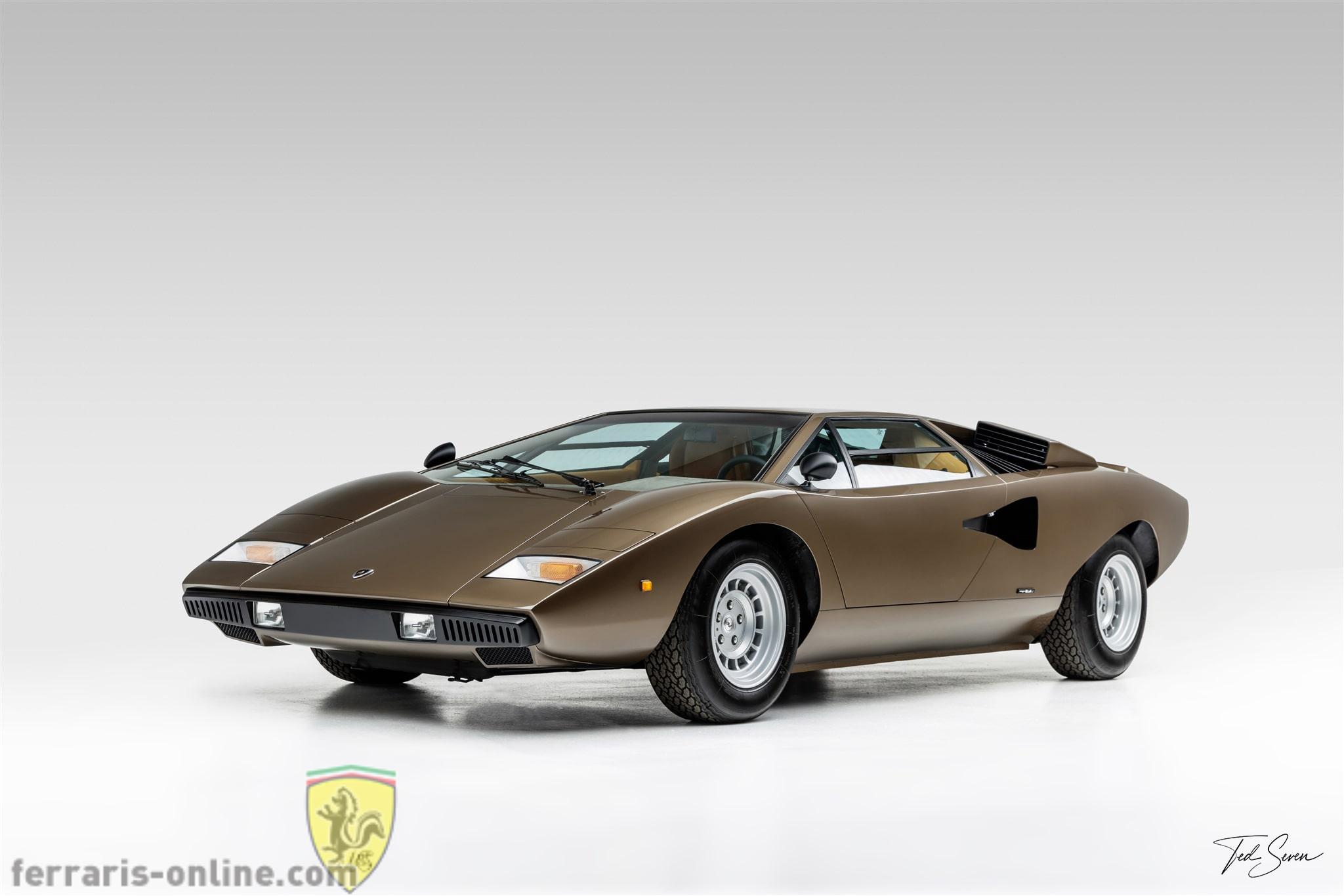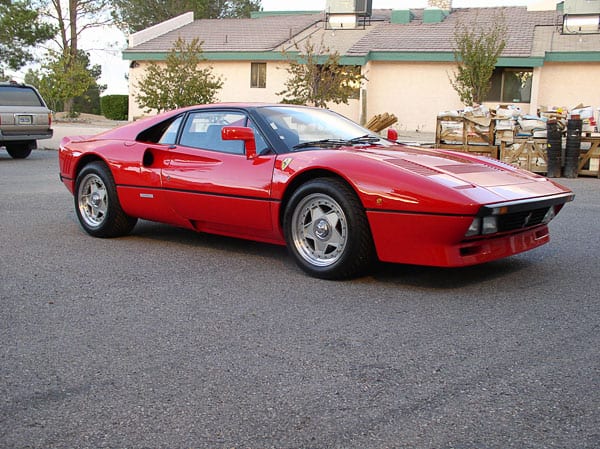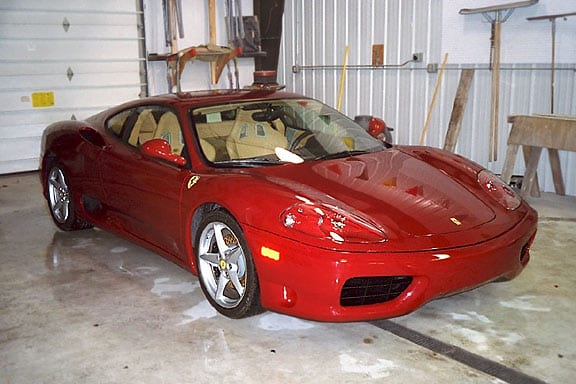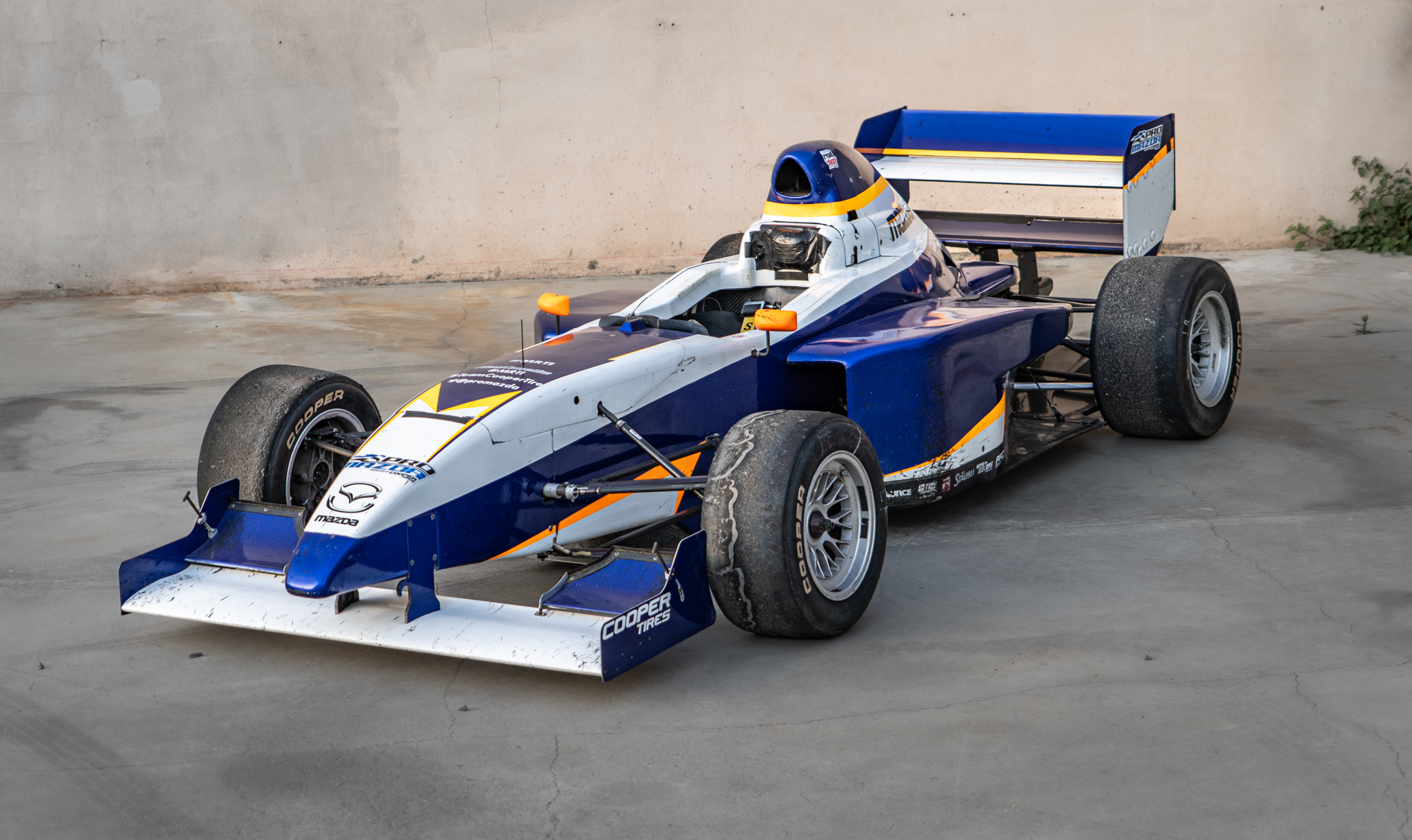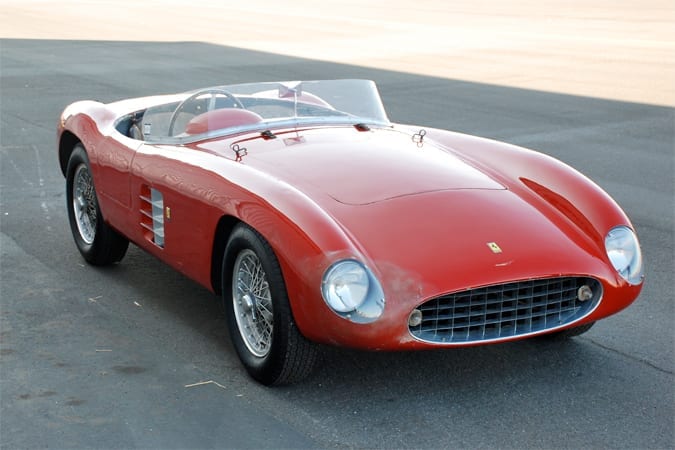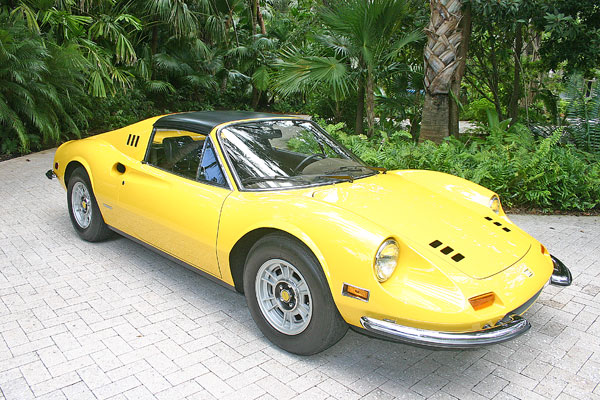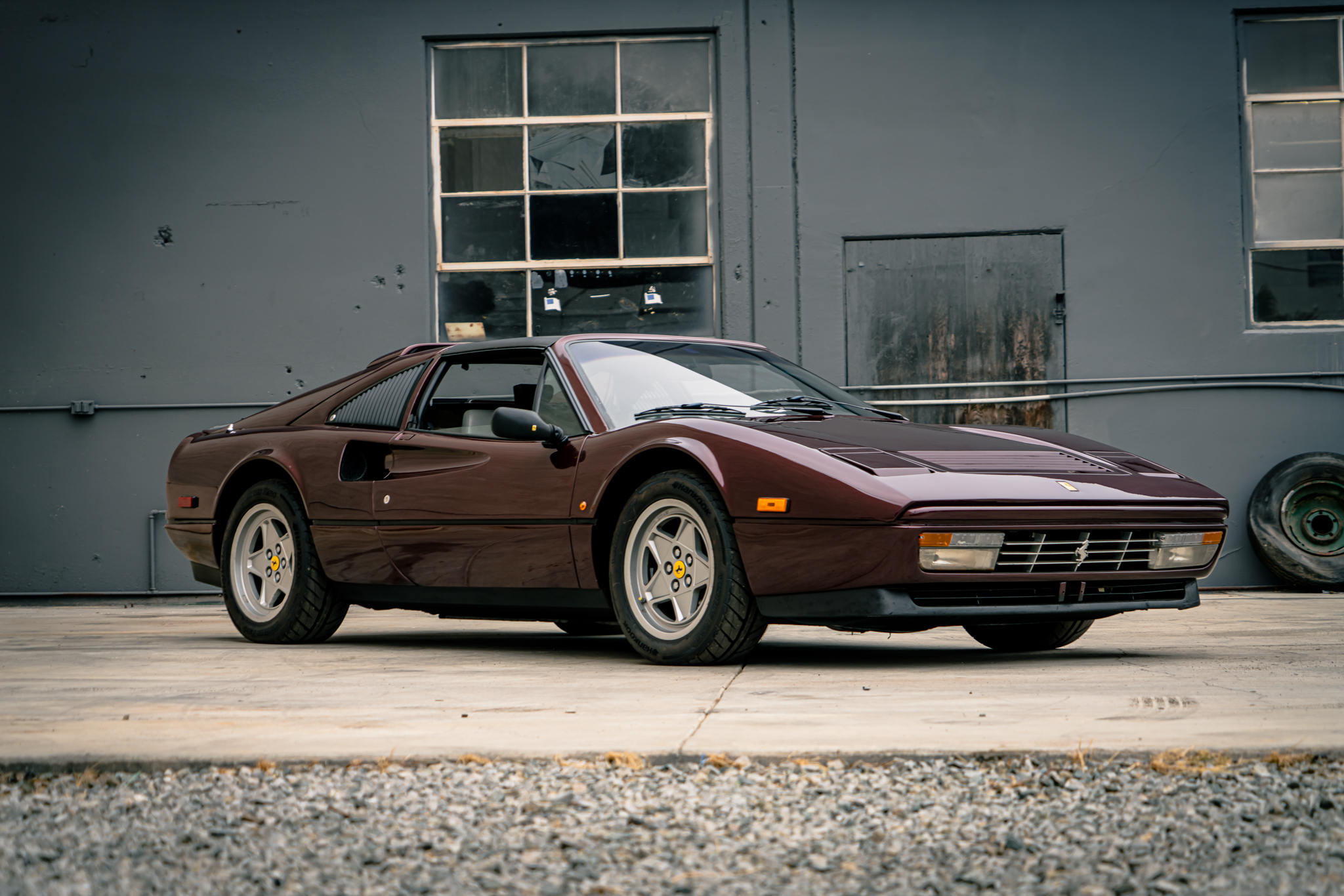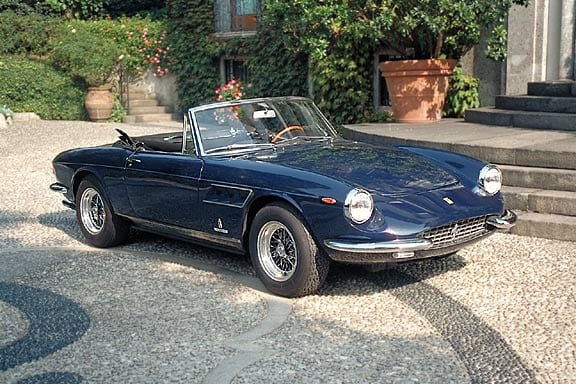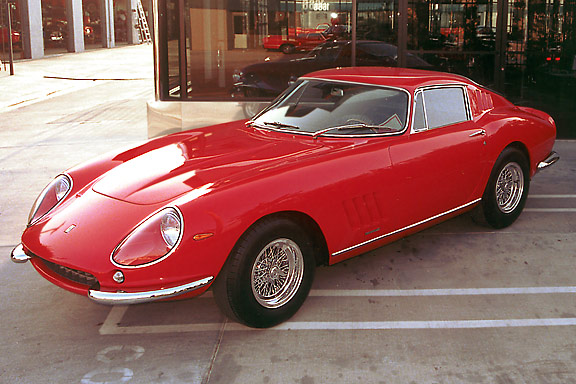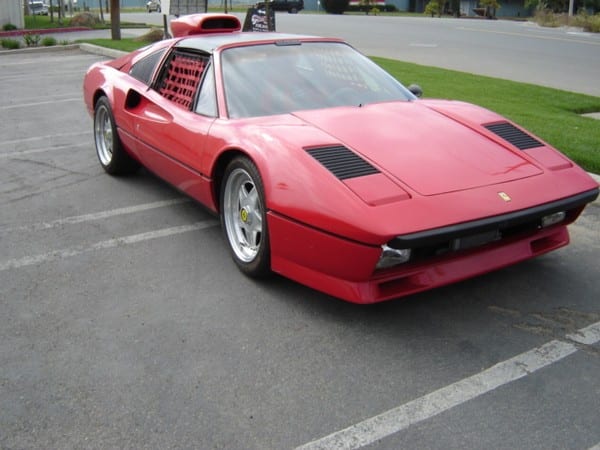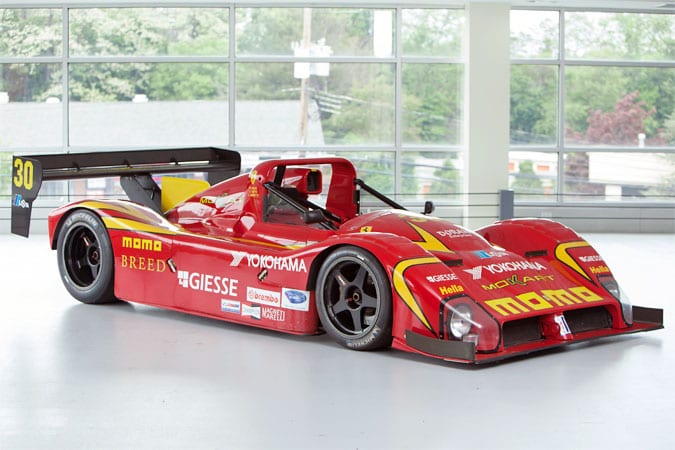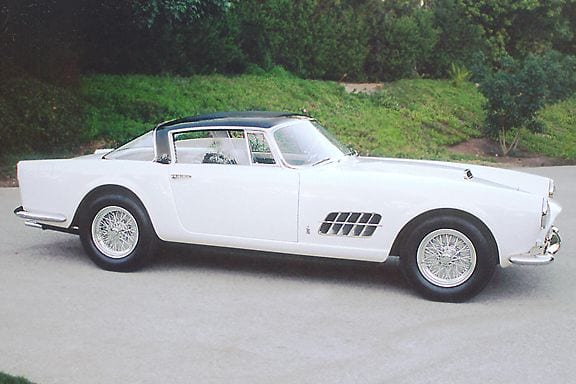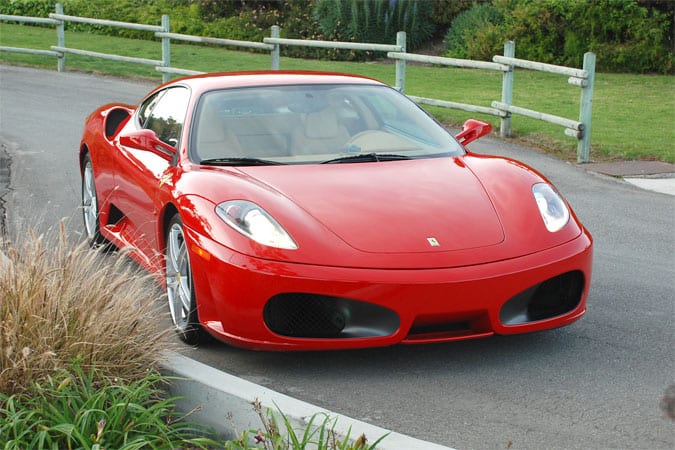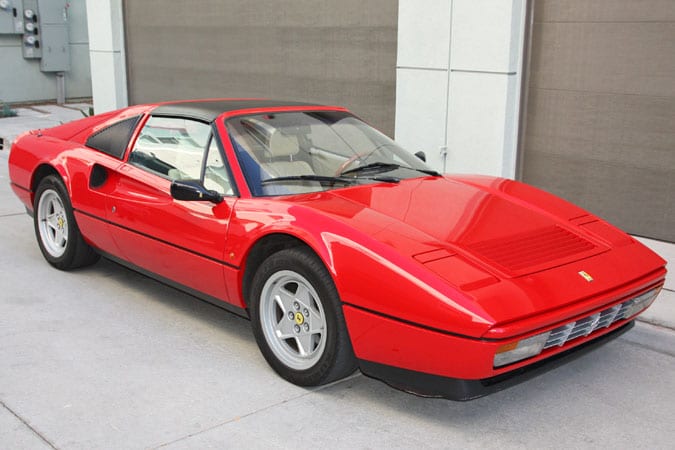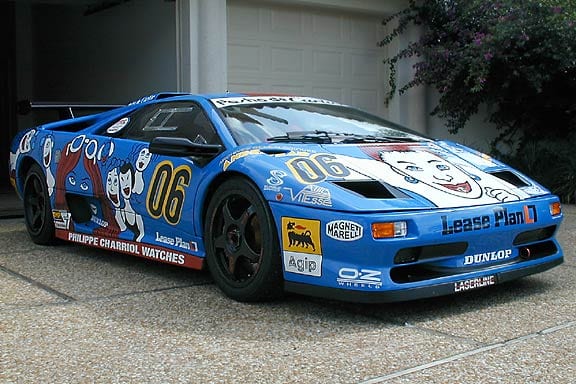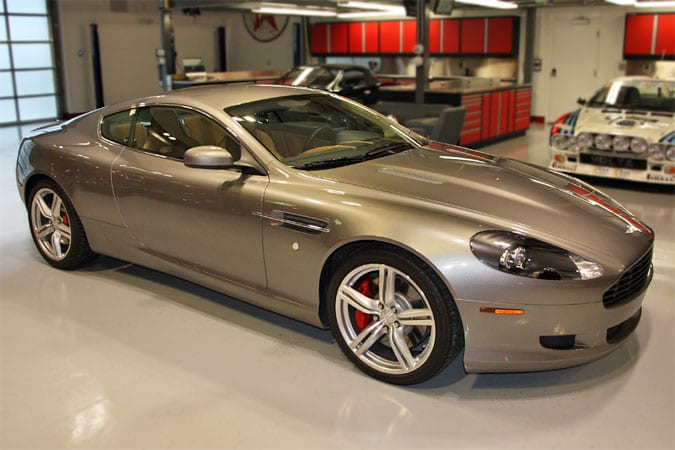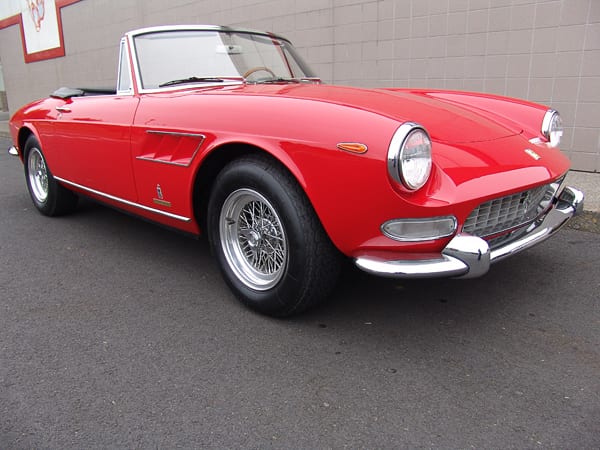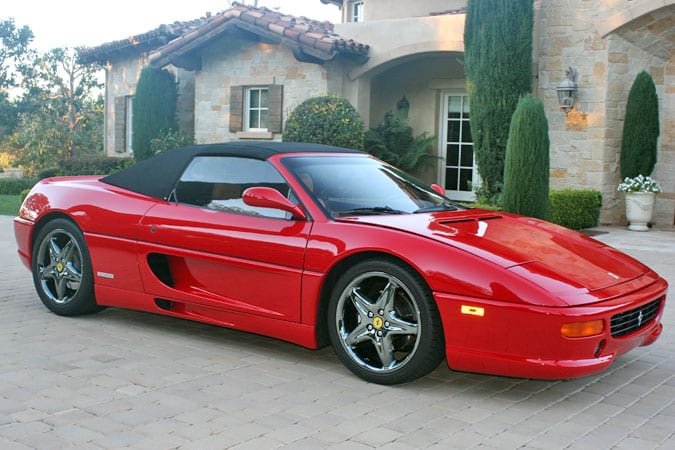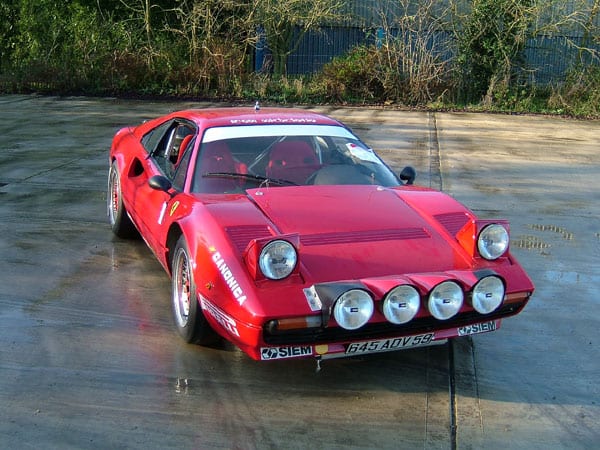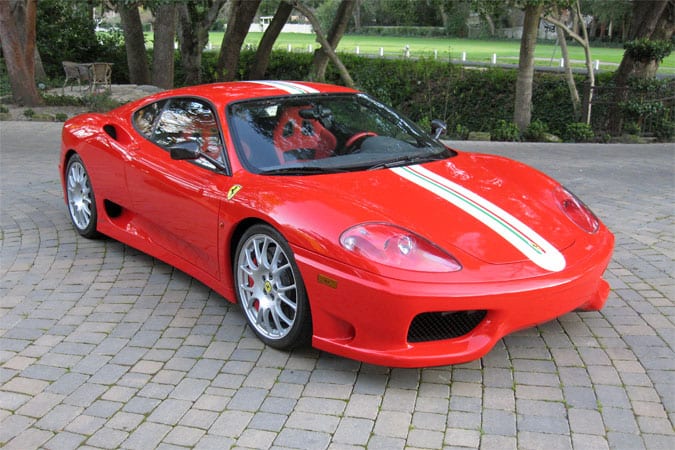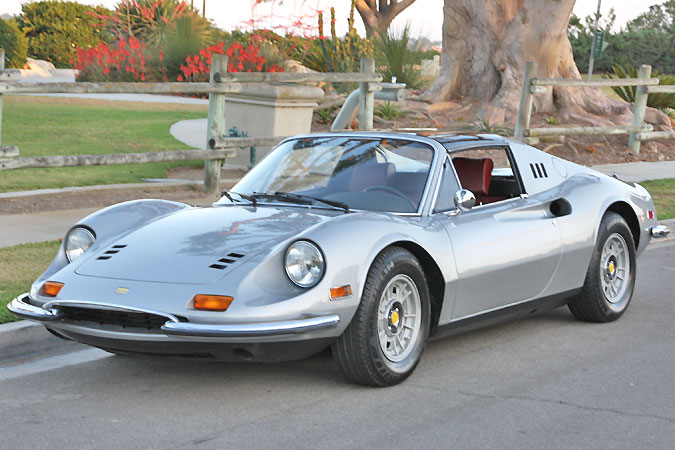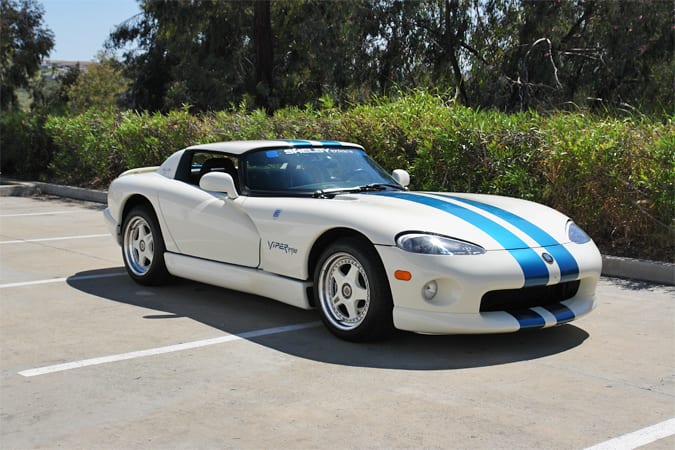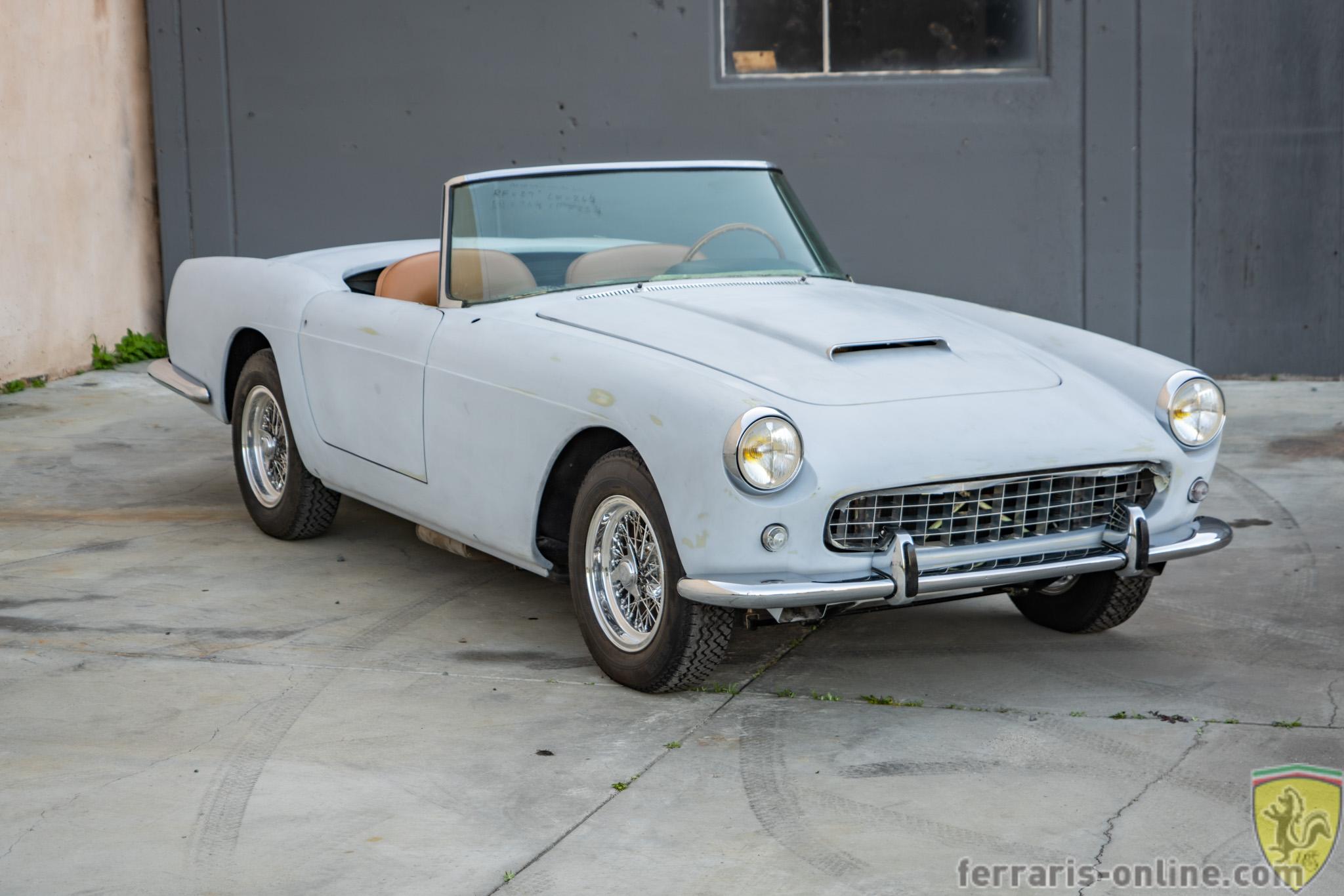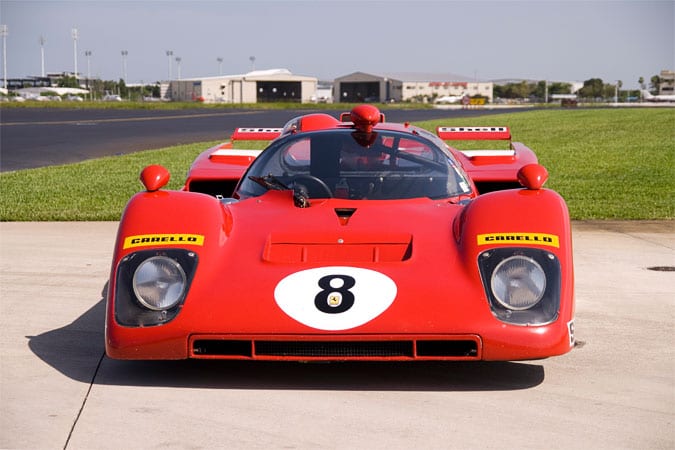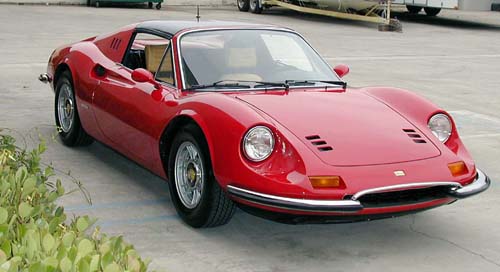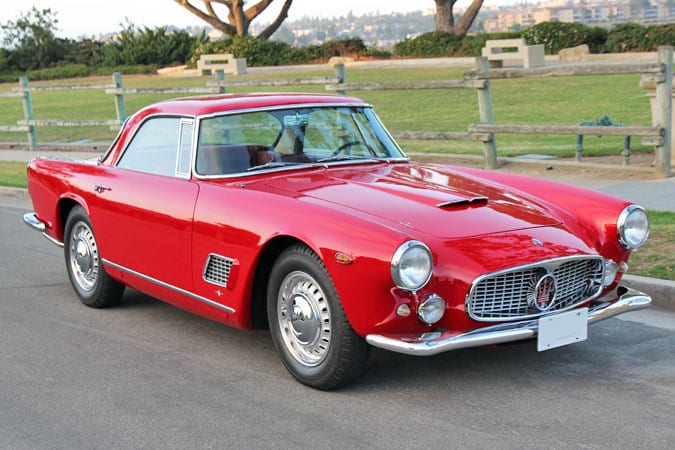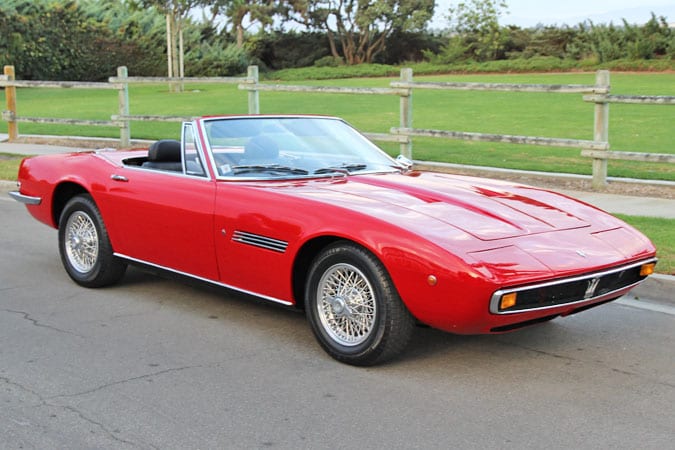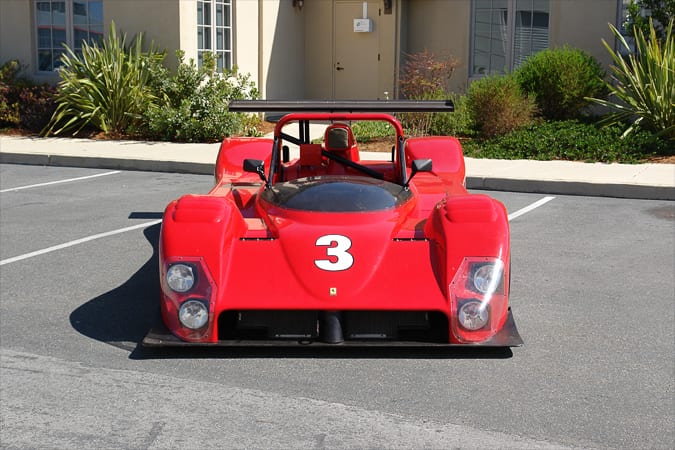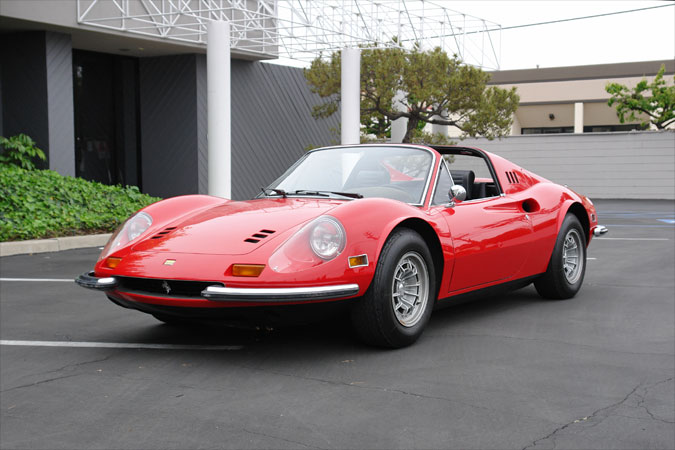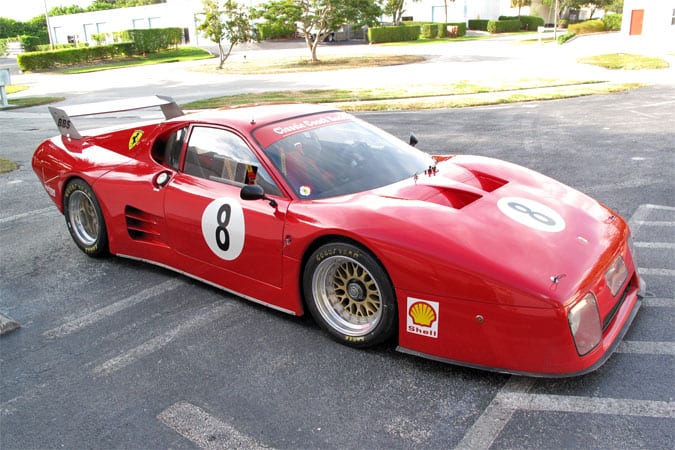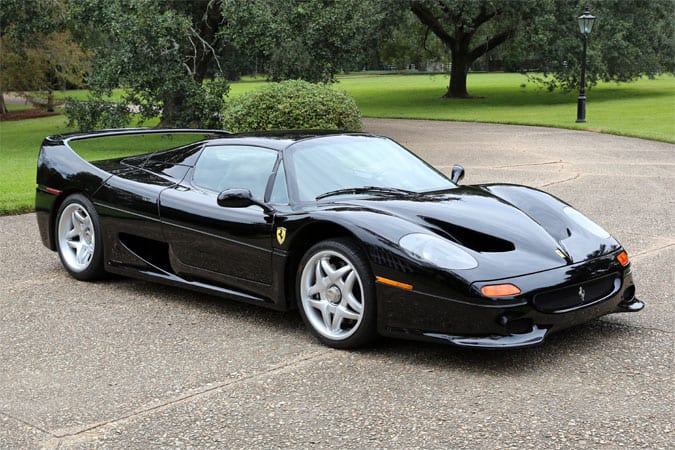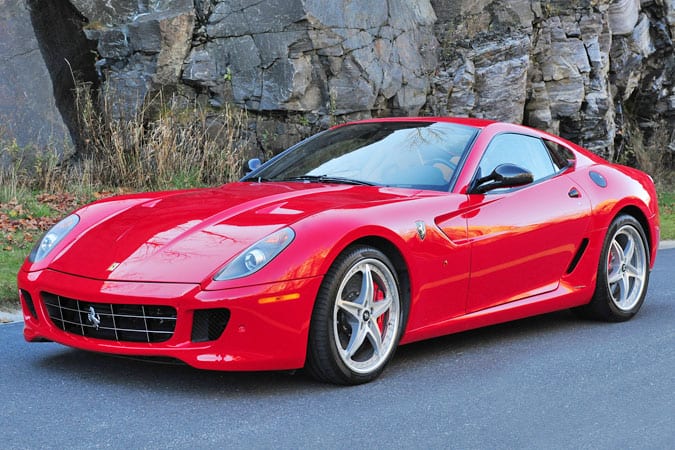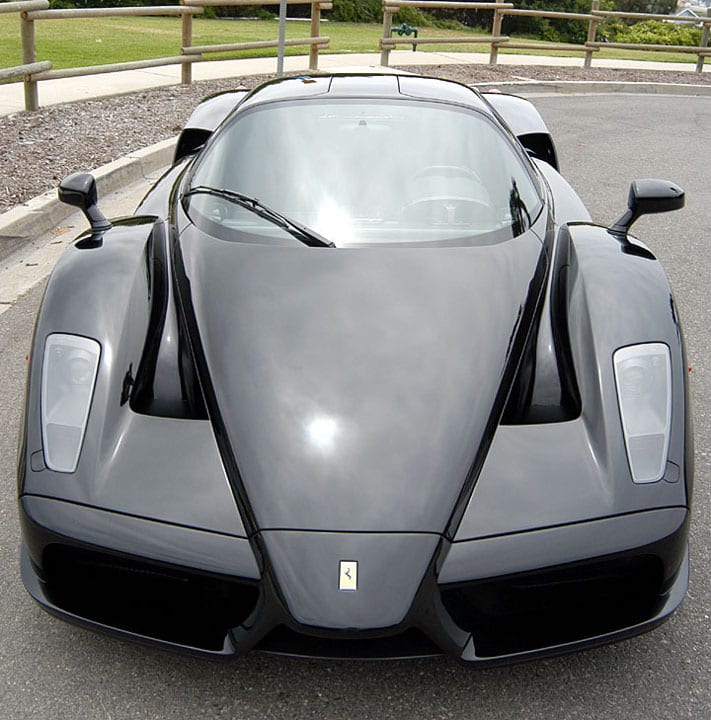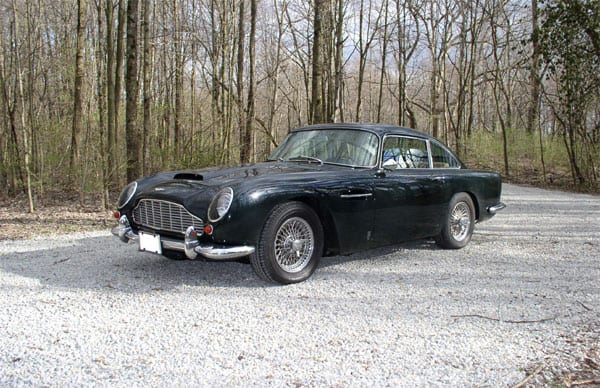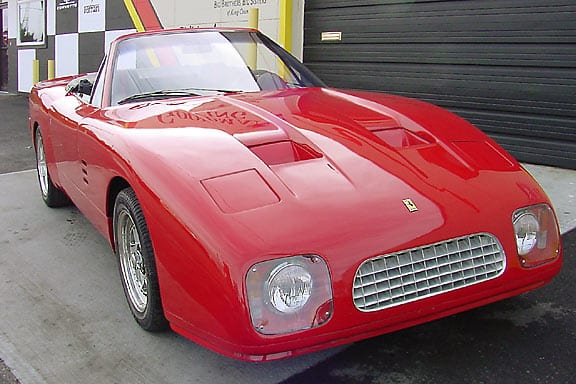SPECIFICATIONS
- MakeMcdowel
- ModelSpecial
- Year1928
- Serial #CA737249
- Engine TypeSOH Cam Cross-Draft 4
- Build Sequence #1
- Number Built1
- Body TypeGrand Prix Dual Seater
- Body BuilderJim Alan, Fresno
- Current LocationFerraris Online
We are pleased to offer 1928 McDowell Special s/n CA737249, the best priced vintage Grand Prix car and best priced entry into the driver’s seat at the Monterey Historics or the Wine Country Classic on the market today! Even better, as a 1920s Sprint car, the McDowell Special was built at a time when Sprint and Grand Prix cars had two seats, one for the driver and one for the racing mechanic, making the McDowell Special a great ride for two at the Colorado Grand, the California Mille or the Great American Race and eligible for just about any event open to pre-war racers. The McDowell Special began racing in California in the AAA Pacific Coast Sprint Car Competition in the late 1920s. Like all race cars of that era, the McDowell went through twenty years of intense racing, being crashed, modified, updated and repaired many times before finally being crashed and put into storage in late 1947 when owned by Dick Wynn of Los Angeles. The damaged McDowell was later sold to Wes Clover of Lemon Grove California but was never rebuilt during his ownership. In 1991 the McDowell was sold to Doug Asay of Gilroy, California, who spent three years rebuilding and restoring it, with about 80% of the original parts still with the car. Doug entered the McDowell in three 2,500 plus mile cross-country Great Races, in 1994, 1995 and again in 1997, one of them covering 3500 miles from Ottawa, Canada to Mexico City. The car proved to be very dependable on long distance rallies, and so was also featured in an ESPN Special on racing on a dirt track and was also featured on two of the Official Great Race calendars. The McDowell Special is road registered with headlights, taillights, brake lights and turn signals and has both a Montana title and Montana license plates. It was most recently entered in and accepted to run in the Colorado Grand.
Johnny McDowell was born in early 1915 and started as a racing mechanic, engine builder and driver in sprint cars and midgets in California, in which he became a legend. McDowell went on to race in the Midwest and Eastern circuit. He was a riding mechanic at the Indianapolis 500 in 1937 (at the age of 21) and a driver in the Indianapolis 500 in 1949, 1950, 1951 and 1952. From 1950 to 1960 the Indianapolis 500 was part of the FIA World Championship and drivers at Indy were credited with World Championship points and participation, making Johnny McDowell a three-time World Championship participant. McDowell was unfortunately killed in a Champ car race at the Milwaukee Mile on 08 June, 1952 at the age of 37. To support his racing McDowell had worked for Miller and later went on his own, designing, building and testing both single and double overhead cam and single and double plug engines which proved to be very successful on the race track. The engine in the McDowell Special is a twin plug, single overhead cam engine on a Ford “B” block and was probably originally fitted in one of the many engine updates in the very late 1930s or 1940s. The twin plug overhead cam engine has both tremendous torque and horsepower, putting out about 220 HP, so more than one horsepower per cubic inch.
Henry Ford and the Model T Ford put America on wheels, with the Ford four-cylinder A & B engines built from 1908 through 1934. American hot-rodders and racers soon began to modify used engines at a time when there no engine-dynos, no air-flow benches and certainly no computer programs to tell them how much they were improving, or hurting, performance. The McDowell single overhead cam, aluminum head conversion was well proven, chain driven and amongst the most successful, featured dual plugs and a cross-flow design with spark by magneto and full pressure oiling to both the crank and the cam plus a huge cast aluminum pan that extended to the rear of the rear main cap for rigidity. Because the engines were of comparatively light weight and the internals were light, torque and horsepower are far more than adequate. In the pre-war era, Ford-powered specials dominated America’s many circle tracks. The McDowell is extremely well sorted, and has a well-documented, well-known and detailed ownership and maintenance history.
Cosmetically, the car is in extremely nice condition and very “period correct”. The body and paint are very nice for a car that has been actively raced. The suspension is detailed and well sorted. The tires are new and period correct Excelsor Comp H Racing tires, and the kicked up aluminum cowl adds a nice touch. The interior is tidy and clean, with all the right gauges and an easy to read tachometer and Speedo. The dashboard is engine-turned aluminum and the McDowell has all the right look and feel of its correct vintage, nicely set off with a large and period correct 4-spoke steering wheel. The interior is surprisingly roomy, with more than enough space for the driver and their fearless passenger. The McDowell overhead-cam, cross-flow engine has had decades of competition preparation, yet the entire car has the feel of mechanical simplicity, affordability and offers a user-friendly driving experience. When restored by Doug Asay the twin-plug engine was rebuilt by Furtado Machine of San Jose California, and the aluminum hood, cowl, tail and belly pan was hand formed by Jim Alan of Fresno California. The T5 trans is an easy to use fully syncromesh 5-speed and a pair of Weber 40 DCOE carbs make starting and driving easy. The brakes are hydraulic, providing lots of stopping power. A small but powerful modern alternator powers the lights. The scrutineering tags and stickers from the Great Race in 1994, 1995 and again in 1997 are still on the inner front cockpit side panel.
Only last year, in May 2016, the McDowell was fully serviced and race prepared by Terry Stokes at Old Car Service, in Orange CA. The wheels, brakes and wheel bearings were inspected and the wheel bearings were repacked. The Halibrand quick change rear axle and torque tube assembly were removed to install a new and user-friendly clutch assembly. The rod bearings were hand fitted and replaced. The cylinder head was removed, the valves were re-ground and all clearances were set. A full set of new Excelsor Comp H 500-19 front and 650-19 Comp tires and tubes were installed. A new electric fuel pump and filter were installed. The oil tank and fuel tank were flushed and all fluids were changed. A pair of Weber 40 DCOE carbs were fitted and synchro’ed for easy driving. The chassis was lubed, the steering box was rebuilt. Dual custom mirrors and a dash grab handle were installed. A modern electronic ignition was installed and hidden under the dashboard. The total invoice was $22,923.75. There are only test miles since the rebuild. The McDowell Special is well proven and is eligible for entry into multiple events where it will run against far more expensive and temperamental machinery. Thanks to its proven drivability and no lack of power, it is surprisingly competitive and grin-inducing, for both driver and spectators. Priced very right at $99,500 or best offer.
Click on https://www.youtube.com/watch?v=t2ObGsZbvdo for a short video of Doug Asay on the rebuild and the Great Race.
1928 McDowell Special s/n CA737249. Like all race cars of that era, the McDowell went through twenty years of intense racing, being crashed, modified, updated and repaired many times before finally being crashed and put into storage in late 1947. In 1991 the McDowell was sold to Doug Asay of Gilroy, California, who spent three years rebuilding and restoring it, with about 80% of the original parts still with the car. Doug entered the McDowell in three 2,500 plus mile cross-country Great Races. The car proved to be very dependable on long distance rallies, and so was also featured in an ESPN Special on racing on a dirt track and was also featured on two of the Official Great Race calendars. The McDowell Special is road registered with headlights, taillights, brake lights and turn signals and has both a Montana title and Montana license plates. It was most recently entered in and accepted to run in the Colorado Grand.
Cosmetically, the car is in extremely nice condition and very “period correct”. The body and paint are very nice for a car that has been actively raced. The suspension is detailed and well sorted. The tires are new and period correct Excelsor Comp H Racing tires, and the kicked up aluminum cowl adds a nice touch. The interior is tidy and clean, with all the right gauges and an easy to read tachometer and Speedo. The dashboard is engine-turned aluminum and the McDowell has all the right look and feel of its correct vintage, nicely set off with a large and period correct 4-spoke steering wheel. The interior is surprisingly roomy, with more than enough space for the driver and their fearless passenger. The McDowell overhead-cam, cross-flow engine has had decades of competition preparation, yet the entire car has the feel of mechanical simplicity, affordability and offers a user-friendly driving experience. When restored, the twin-plug engine was rebuilt and the aluminum hood, cowl, tail and belly pan were hand formed. The T5 trans is an easy to use fully syncromesh 5-speed and a pair of Weber 40 DCOE carbs make starting and driving easy. The brakes are hydraulic, providing lots of stopping power. A small but powerful modern alternator powers the lights. The scrutineering tags and stickers from the Great Race in 1994, 1995 and again in 1997 are still on the inner front cockpit side panel. In May 2016, the McDowell was fully serviced and race prepared. The wheels, brakes and wheel bearings were inspected and the wheel bearings were repacked. The Halibrand quick change rear axle and torque tube assembly were removed to install a new and user-friendly clutch assembly. The rod bearings were hand fitted and replaced. The cylinder head was removed, the valves were re-ground and all clearances were set. A full set of new Excelsor Comp H 500-19 front and 650-19 Comp tires and tubes were installed. A new electric fuel pump and filter were installed. The oil tank and fuel tank were flushed and all fluids were changed. A pair of Weber 40 DCOE carbs were fitted and synchro’ed for easy driving. The chassis was lubed, the steering box was rebuilt. Dual custom mirrors and a dash grab handle were installed. A modern electronic ignition was installed and hidden under the dashboard. There are only test miles since the rebuild. The McDowell Special is well proven and is eligible for entry into multiple events where it will run against far more expensive and temperamental machinery. Thanks to its proven drivability and no lack of power, it is surprisingly competitive and grin-inducing, for both driver and spectators.
1928, first built and later updated to become the Mcdowell Special.
1928–late 1930s, raced in the AAA Pacific Coast Sprint Car Competition in California.
1940s, owned by Dick Wynn of Los Angeles.
1947, last confirmation of the McDowell Speciale racing at Oakland in 1947, exact date unknown.
1947, late, crashed.
1940s, late, sold to Wes Clover of Lemon Grove California, not restored or rebuilt.
1991, sold to Doug Asay, Gilroy, CA.
1991–1994, rebuilt by Doug Asay into a two-man car to the standards of that era. The common practice in the 20s and 30s was to hand build the car using parts from production cars of the time. Various car parts from at least 19 models of vehicles are incorporated in its build.
1991–1994, all body and chassis work was performed by Doug Asay and friends. The twin-plug engine rebuild was done by Furtado Machine of San Jose California, the aluminum hood, cowl, tail and belly pan was hand formed by Jim Alan of Clovis, California.
1994, Doug Asay ran the Mcdowell in the Great Races and other local events.
1995, Doug Asay ran the Mcdowell in the Great Races and other local events.
1997, Doug Asay ran the Mcdowell in the Great Races and other local events.
????, featured on ESPN in a Special on the Great Race.
199?, sold to John Mutchner and his wife who drove it in hillclimbs.
2013, sold to Joe Newman, but never used it and then sold to Joop Stolze’s in Lierweg, Holland.
2015, sold to the current owner and re-imported from Holland.
2016, 31 May, serviced by Old Car Service, 1018 West Collins Ave. Orange CA 92867. Removed all wheels, checked brakes, re-packed wheel bearings. Removed rear axle and torque tube assembly to remove and replace clutch assembly with street-able clutch. Replaced all rod bearings and hand fitted. Removed cylinder head, re-ground valves, set clearances. Fitted new tires and tubes. Replaced electric fuel pump and filter. Made accessory fuel filler pipe to connect both gas tanks. Changed oil, flushed oil tank and main gas tank. Gas tank reading at full 9.4 gallons, gas tank reading empty at 1.5 gallons. Made several special engine gaskets. Rebuilt Weber carbs and syncronized. Complete chassis lube. Removed and rebuilt steering box, refitted. Sourced technical information on special Model B Ford engine and cylinder head conversion. Fitted both custom mirrors and dash grab handle. Engine has dual plug cylinder head with electronic ignition (control boxes under cowl). Total invoice: 22,923.75.
2017, October, on Consignment with Ferraris-online LLC.

